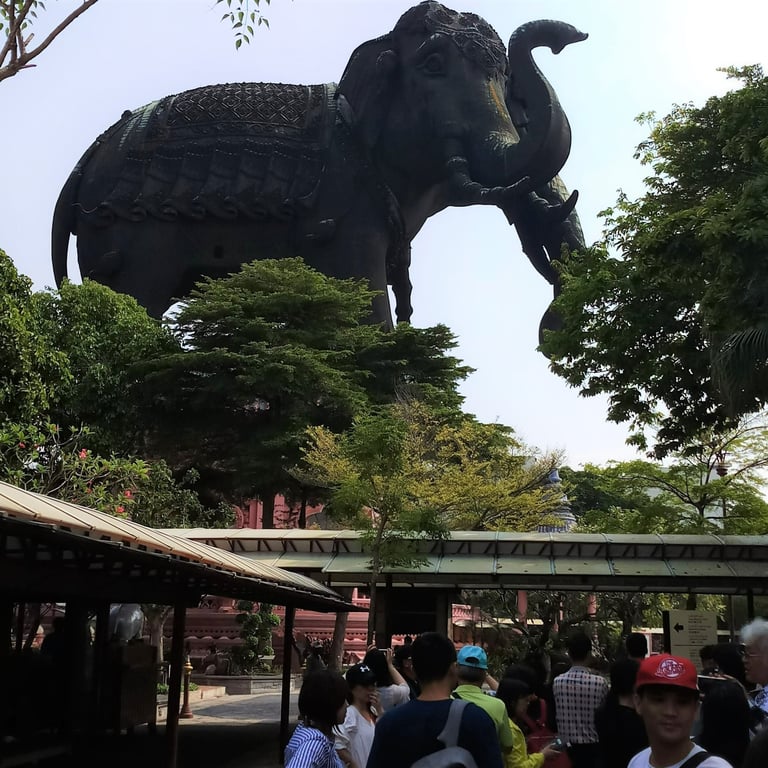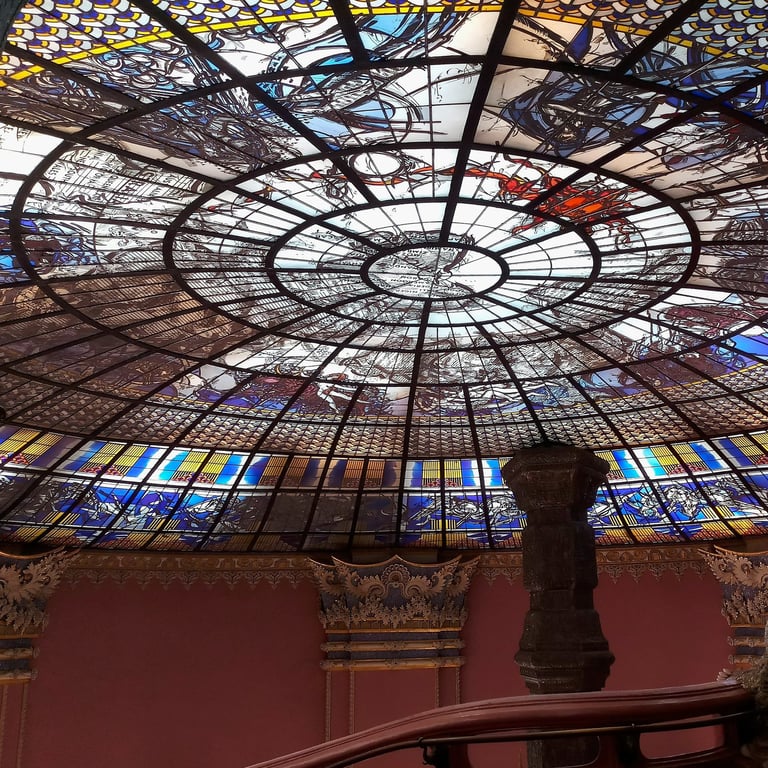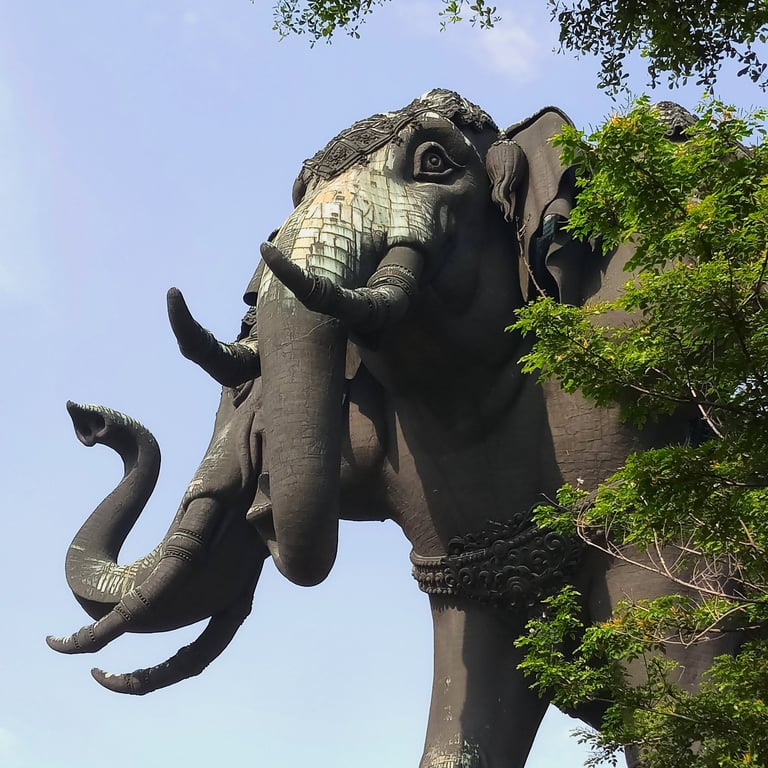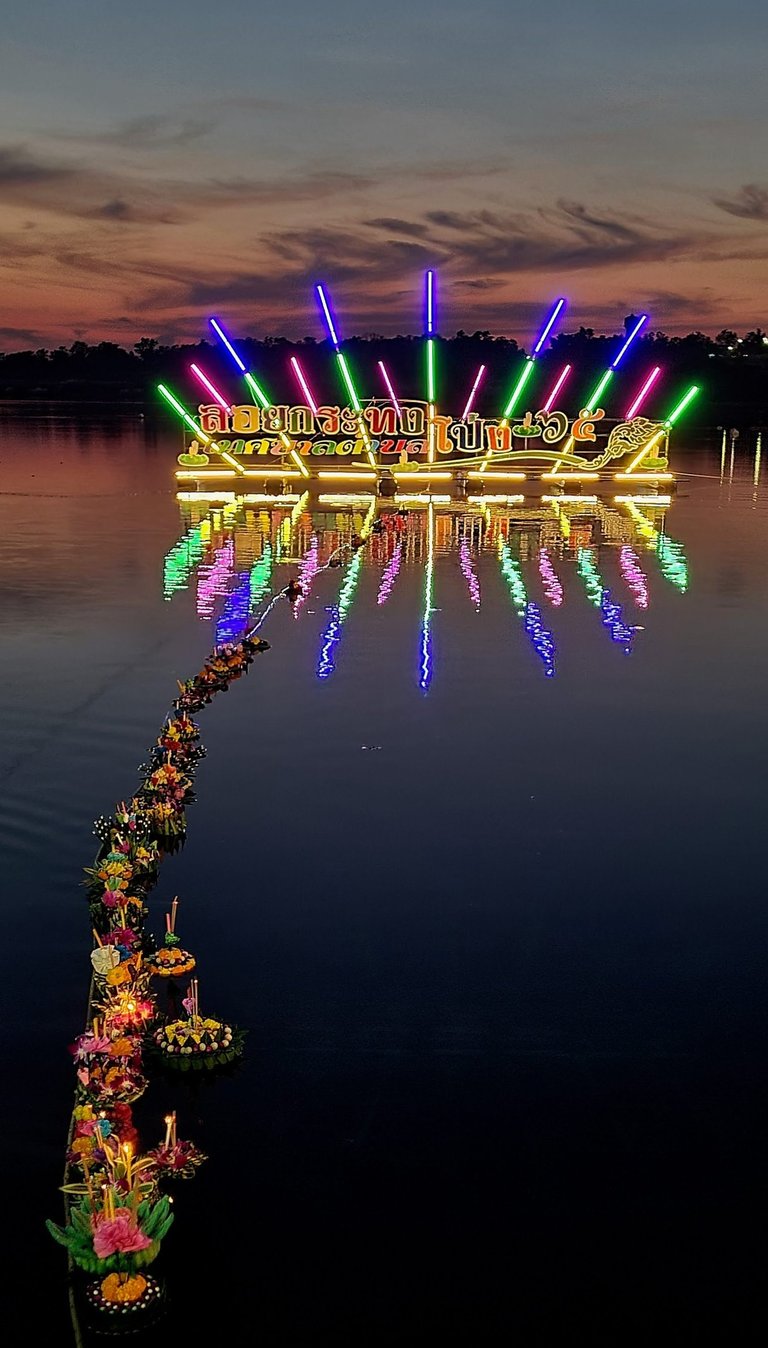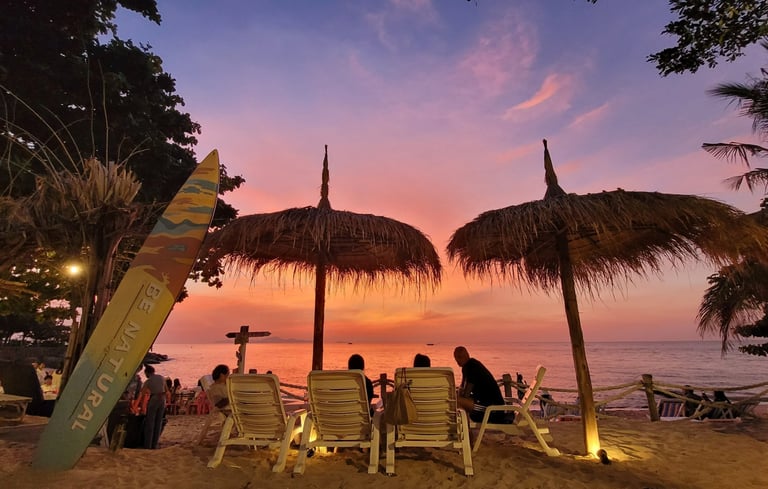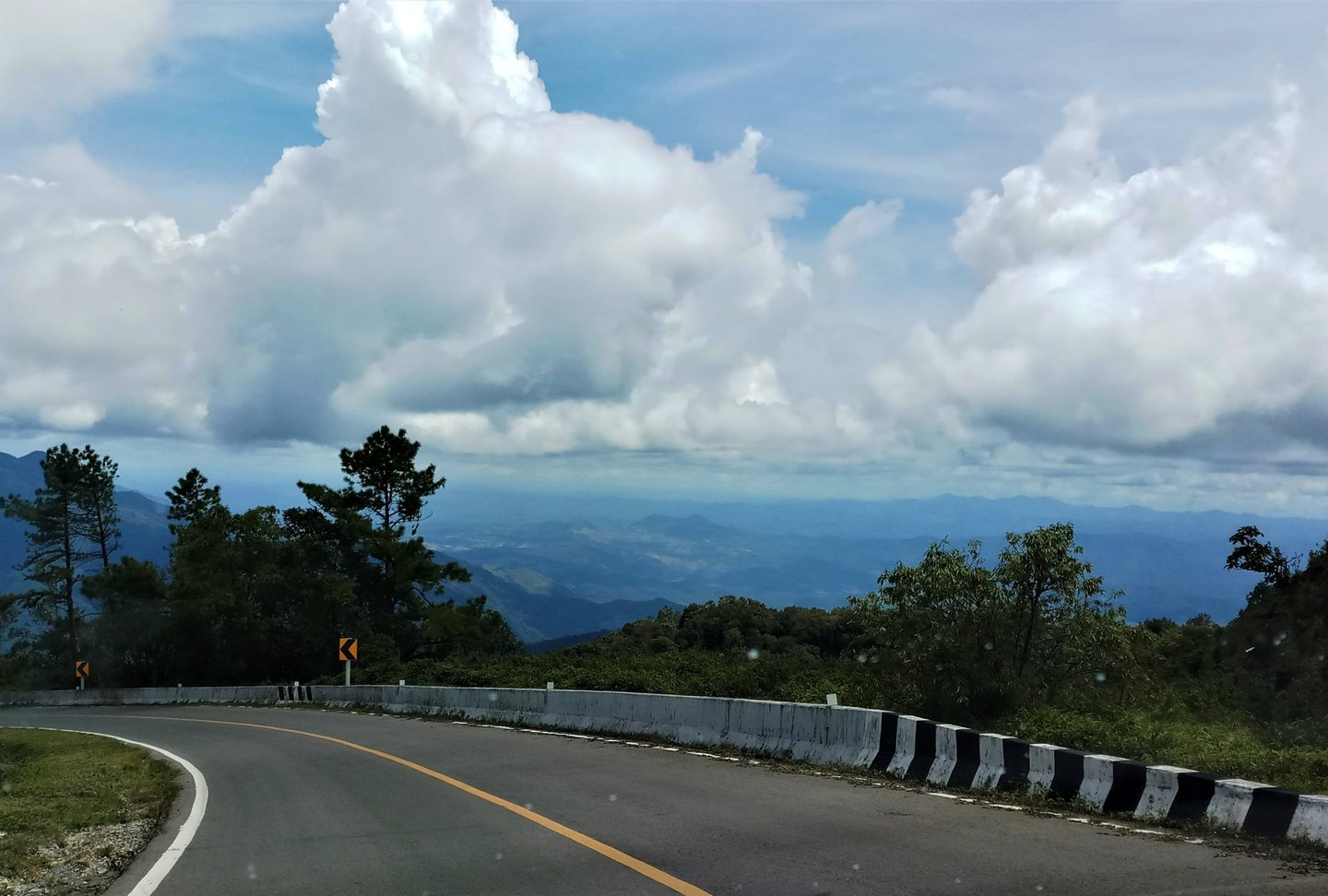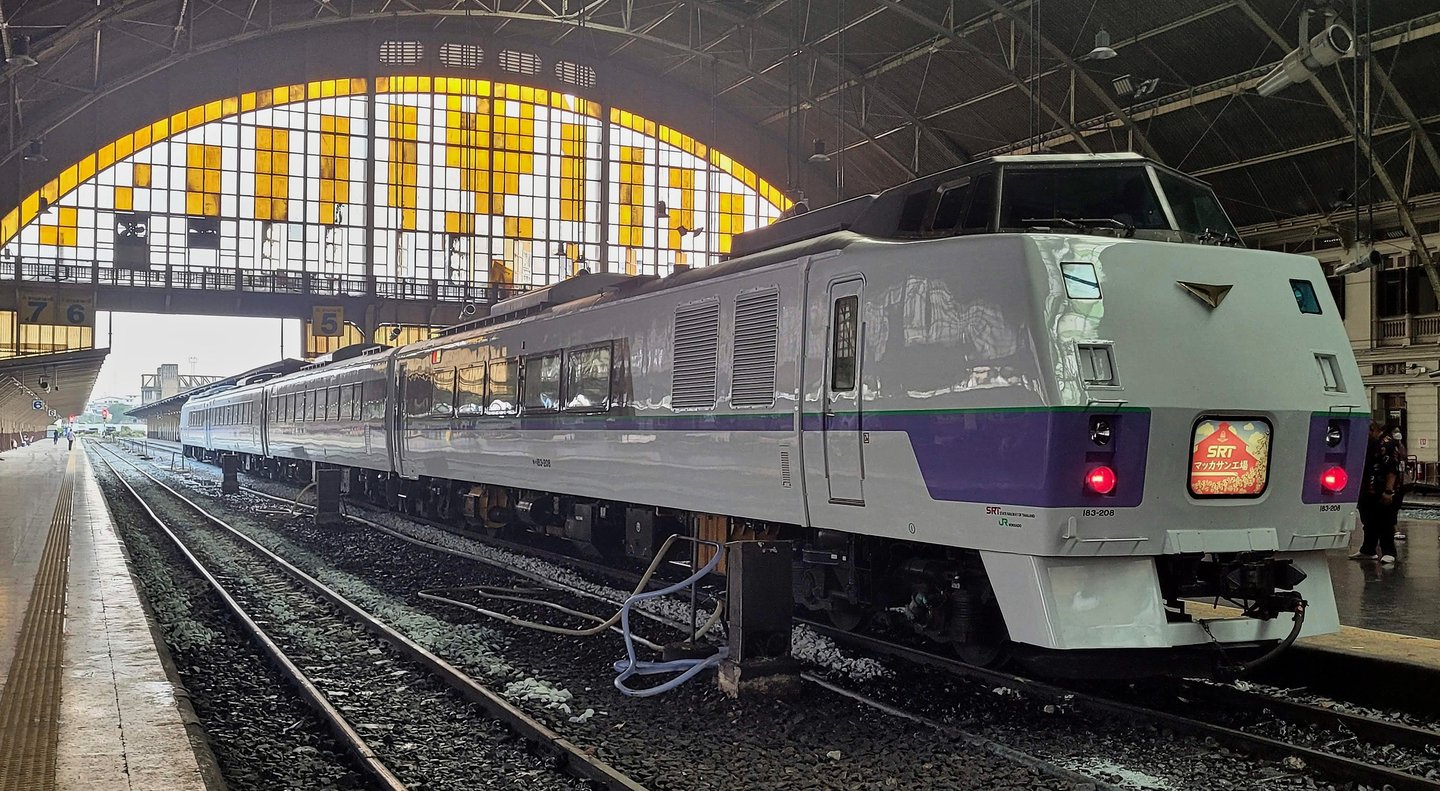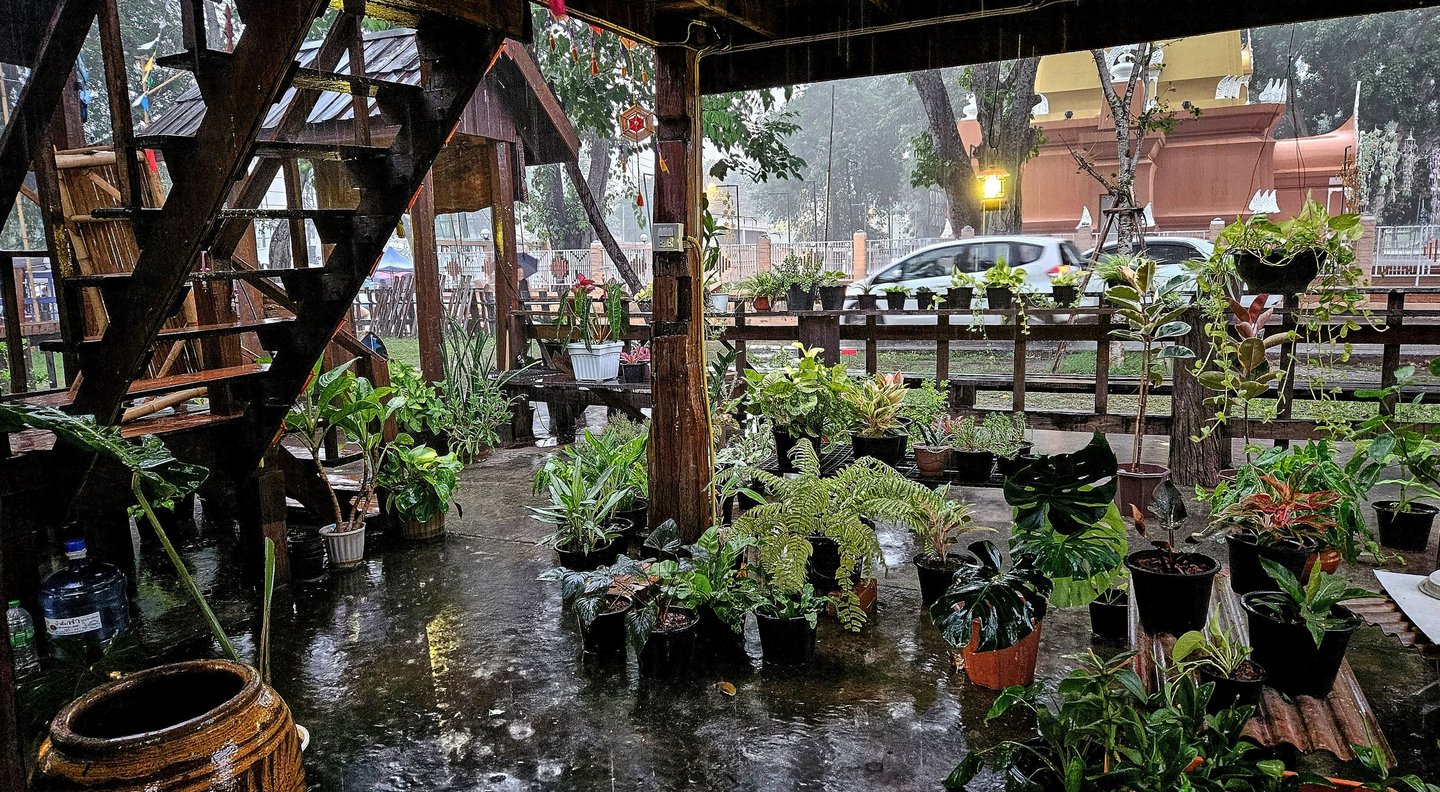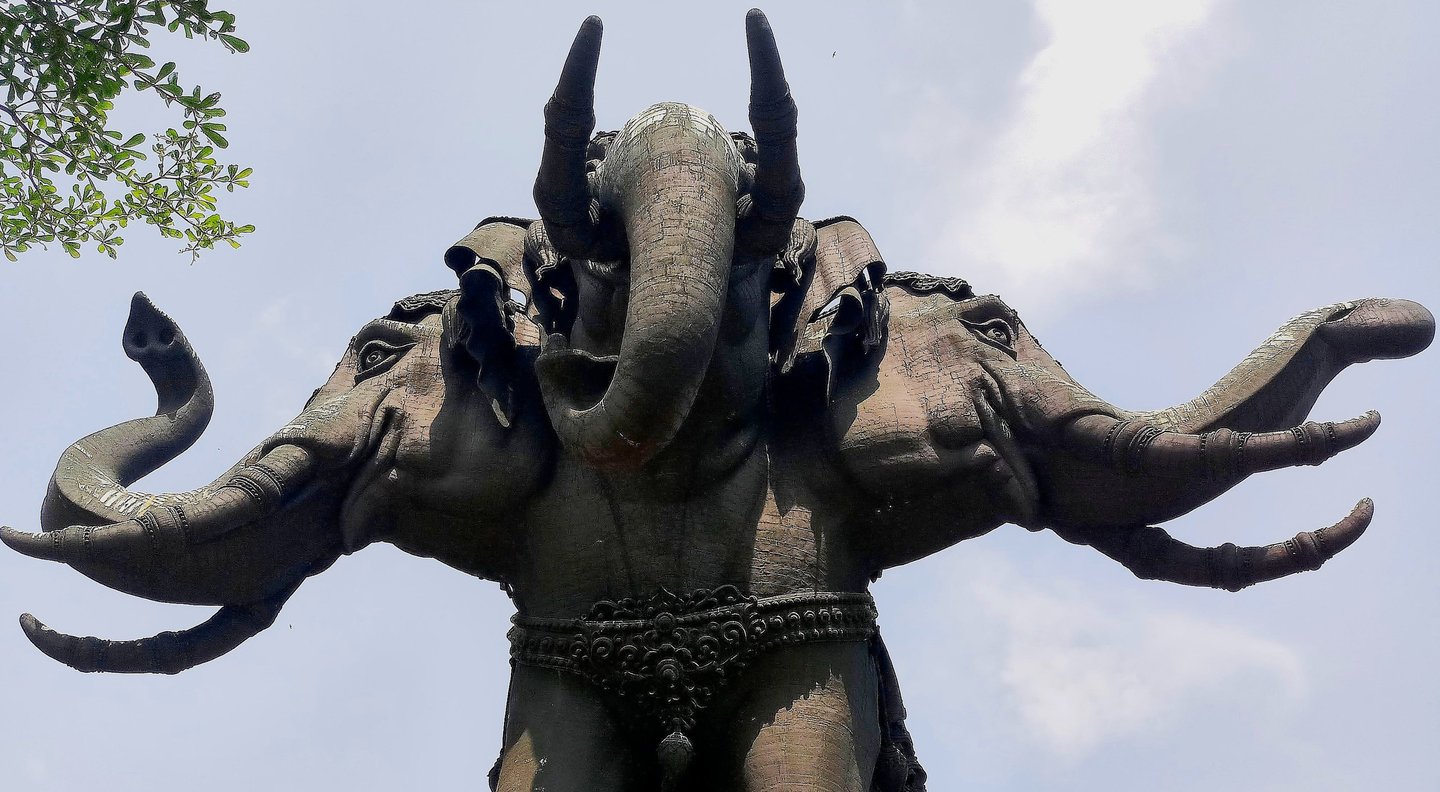totally thailand
It doesn’t seem to matter what or where you recommend, folks will still pencil in more familiar place-names on their Thailand itinerary. All the more so for their first visit, and to be fair it is for all the right reasons.
So, Koh Samui, Koh Phuket, Bangkok and Chiang Mai will be on the list, in whatever order they choose. For the indie-types you can throw in Pai, Chiang Rai, Koh Chang, Koh Lanta, Koh Pha Ngan, Koh Tao and so on. Whatever Koh is trending, in fact!
Likely as not their Thai appetite will be unabated, so let’s look at some options beyond the headline acts for those later trips. A bit of travel will be involved to get to many of these destinations, but that’s part of the adventure. Here we go with sixty tips...
chiang khan, loei province
Mekong Boardwalk
The Mekong River has always had an air of mystery for me. I remember gazing across to Laos in 1982 from the Thai side. Not a thing stirred, not even a boat on the river, or a riverbank animal, or bird for that matter. It could have been that this was just seven years after the Pathet Lao had seized control in Laos, and you would be shot dead for attempting to cross the river. Pictured here, the Mekong from the boardwalk at Chiang Khan, looking across to Laos. Tempora mutantur, times change and things move on, fortunately. The evening night market also adds to Chiang Khan being a top destination and worthy of a few days stay.
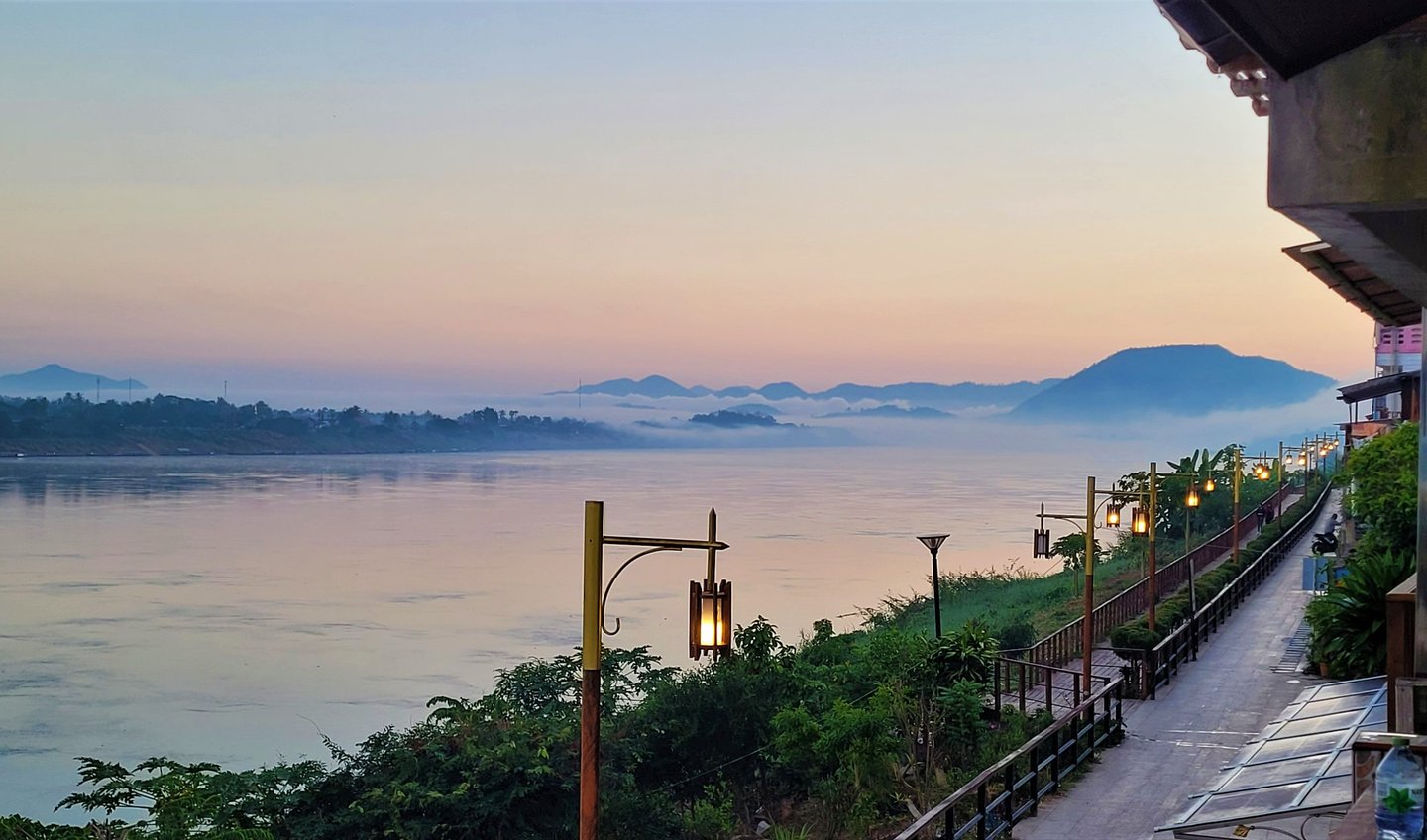

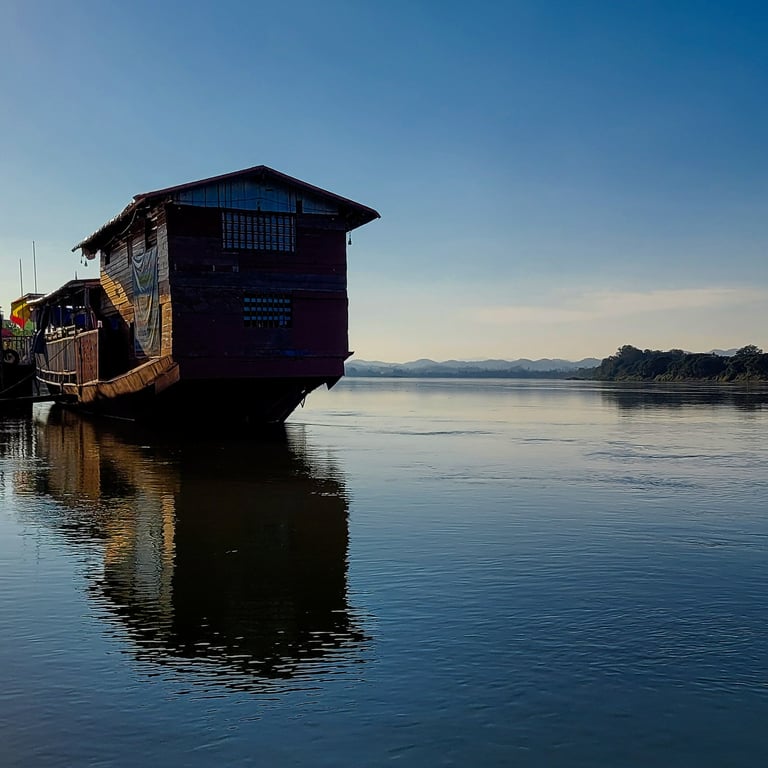
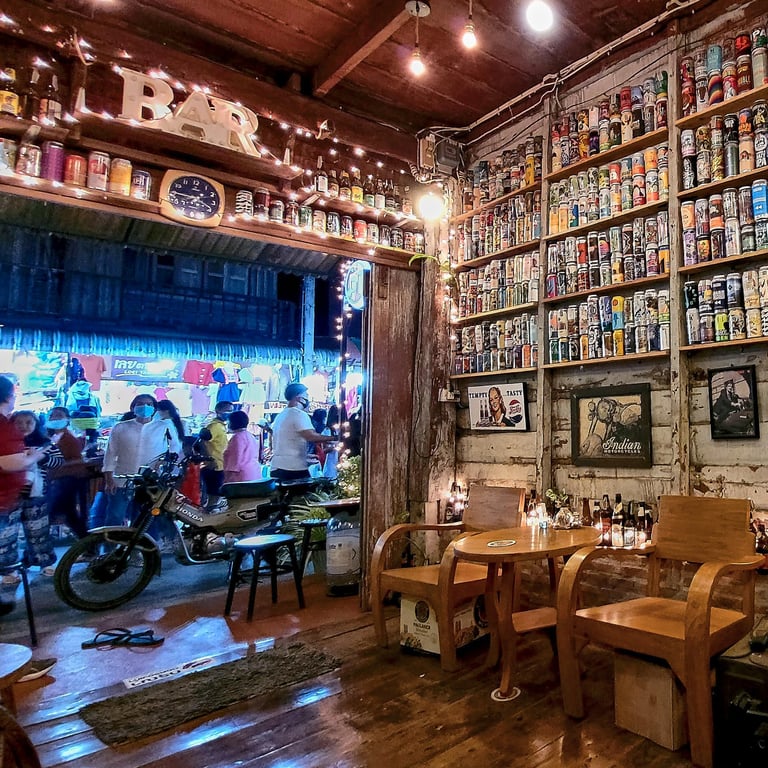
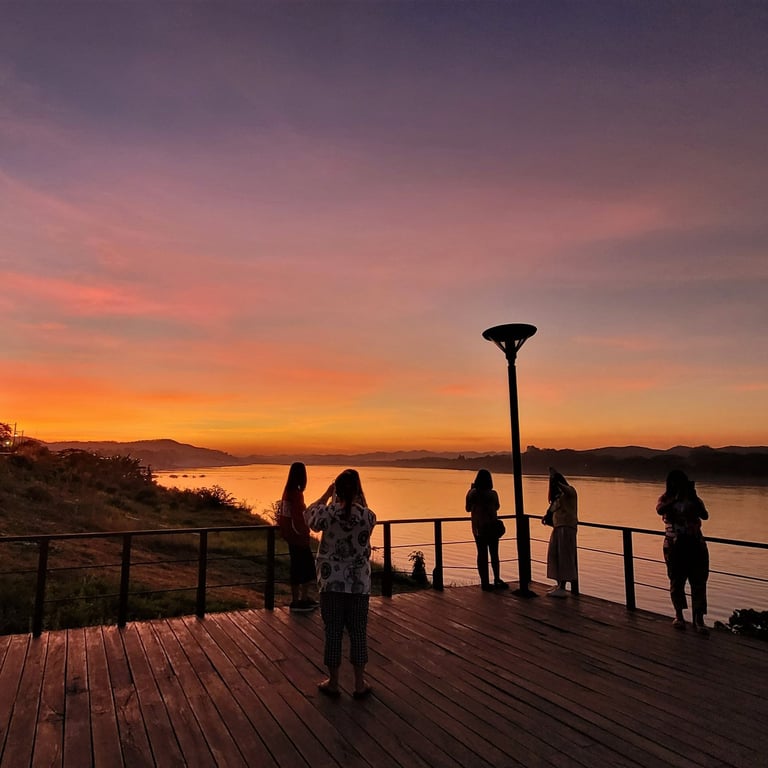
Non Han Kumphawapi, udon thani
Red Lotus Lake
Not far into the long drive back from Nong Khai, a sign said ‘Red Lotus Lake, 12 kms this way’. Do we detour or just crack on with the journey? I mean, there’s hours and hours still to go. Not having heard of the lake it was 50:50. Luckily, it was a case of ‘we are here and not likely to be here again any time soon, so…’ The lotuses are lilies as it happens and there is a veritable sea of pink as your slow boat chugs away through the channels. Money well spent indeed as the morning sunlight flits across the water. Later in the day the lilies close for a snooze as do the boatmen, hopefully with a 500 baht note tucked safely into their pockets.
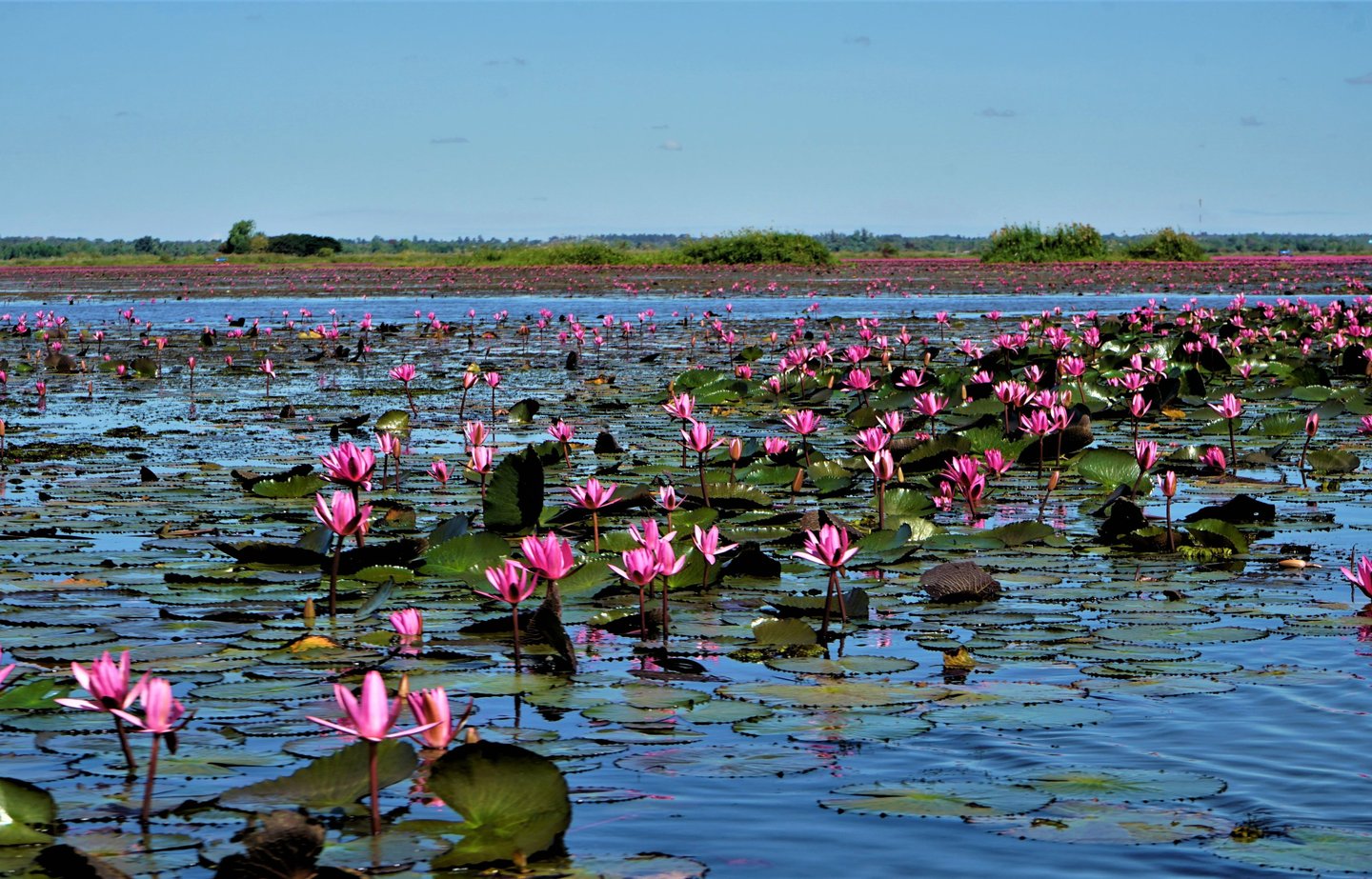

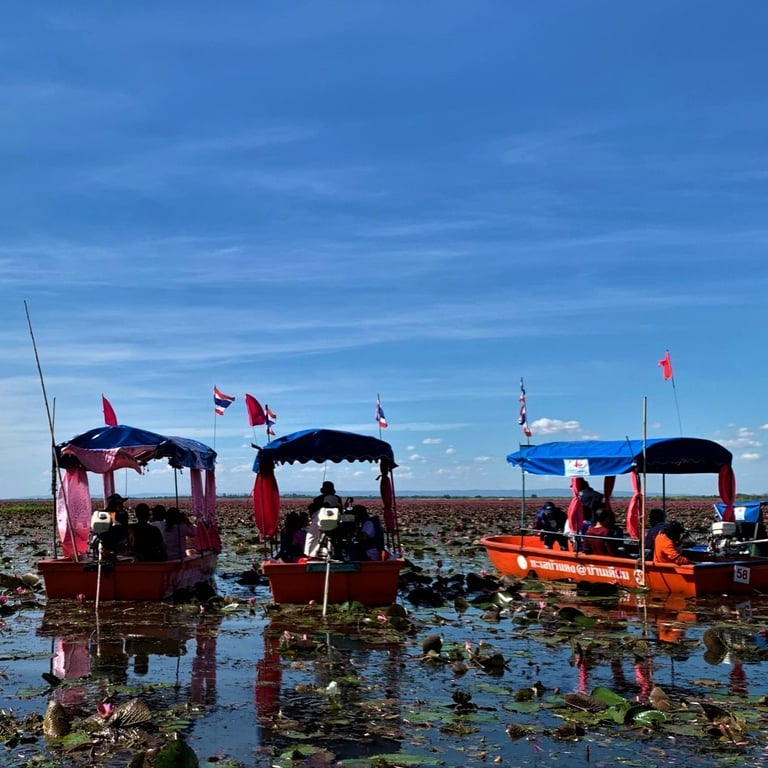
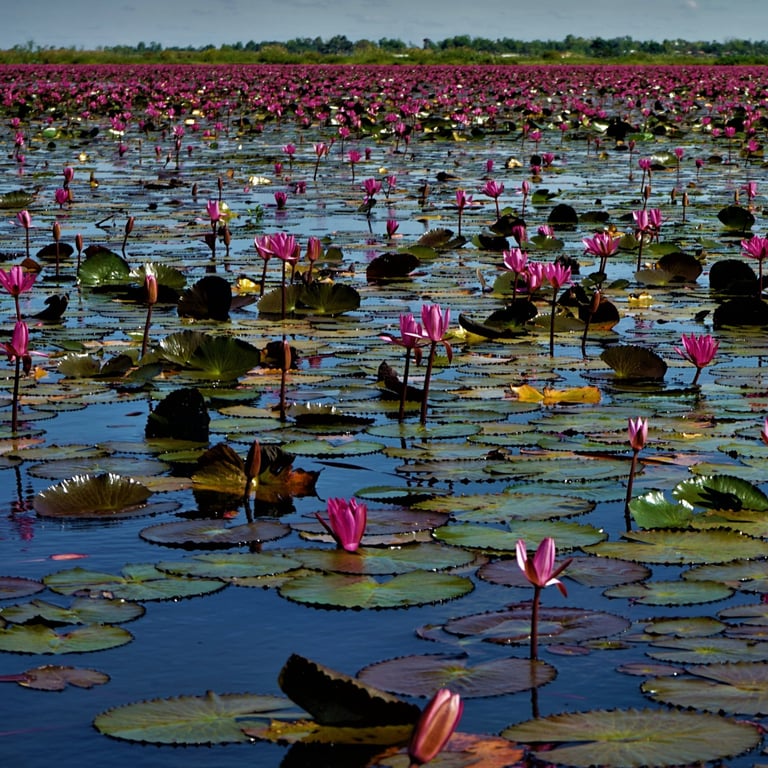
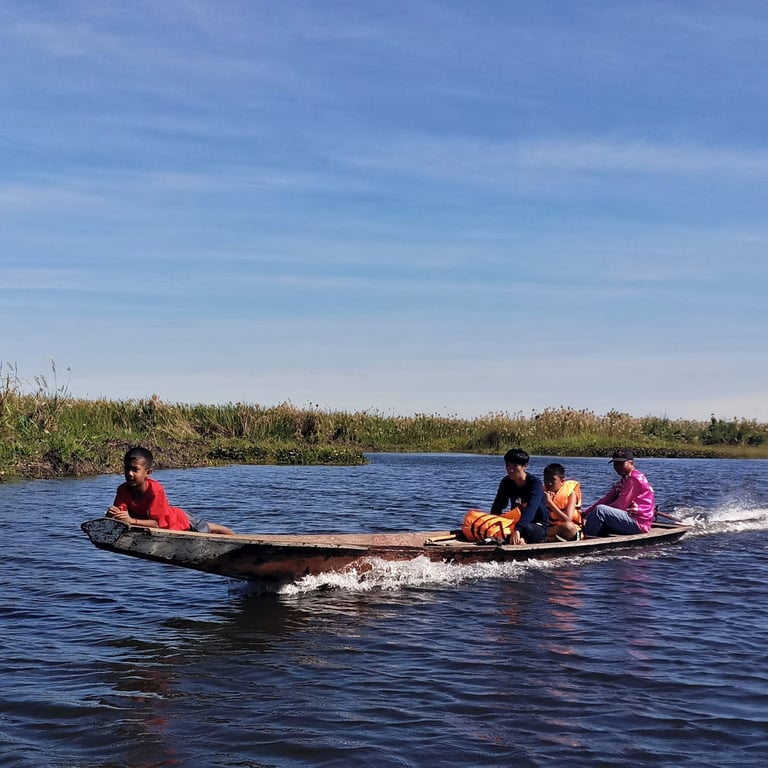
phu thok, loei province
Above the clouds
Just outside Chiang Khan is a conical hill which is a ideal for looking down on a blanket of clouds if conditions are right. You park at the base pre-dawn before being whisked to the top on a speedy baht bus in the cold morning air (kind of helter-skelter in reverse as it swings round the bends). The guy in the carpark said I wouldn't need a jacket, but it was teeth-chatteringly chilly up there; everyone else seemed not to have asked his advice! However, it was a good sunrise despite there not being an over-abundance of clouds on that Christmas Eve morning. Back at base there were multiple outlets serving up hot breakfast. They know how to spot an opportunity! But do they ever sell those t-shirts? Ever?
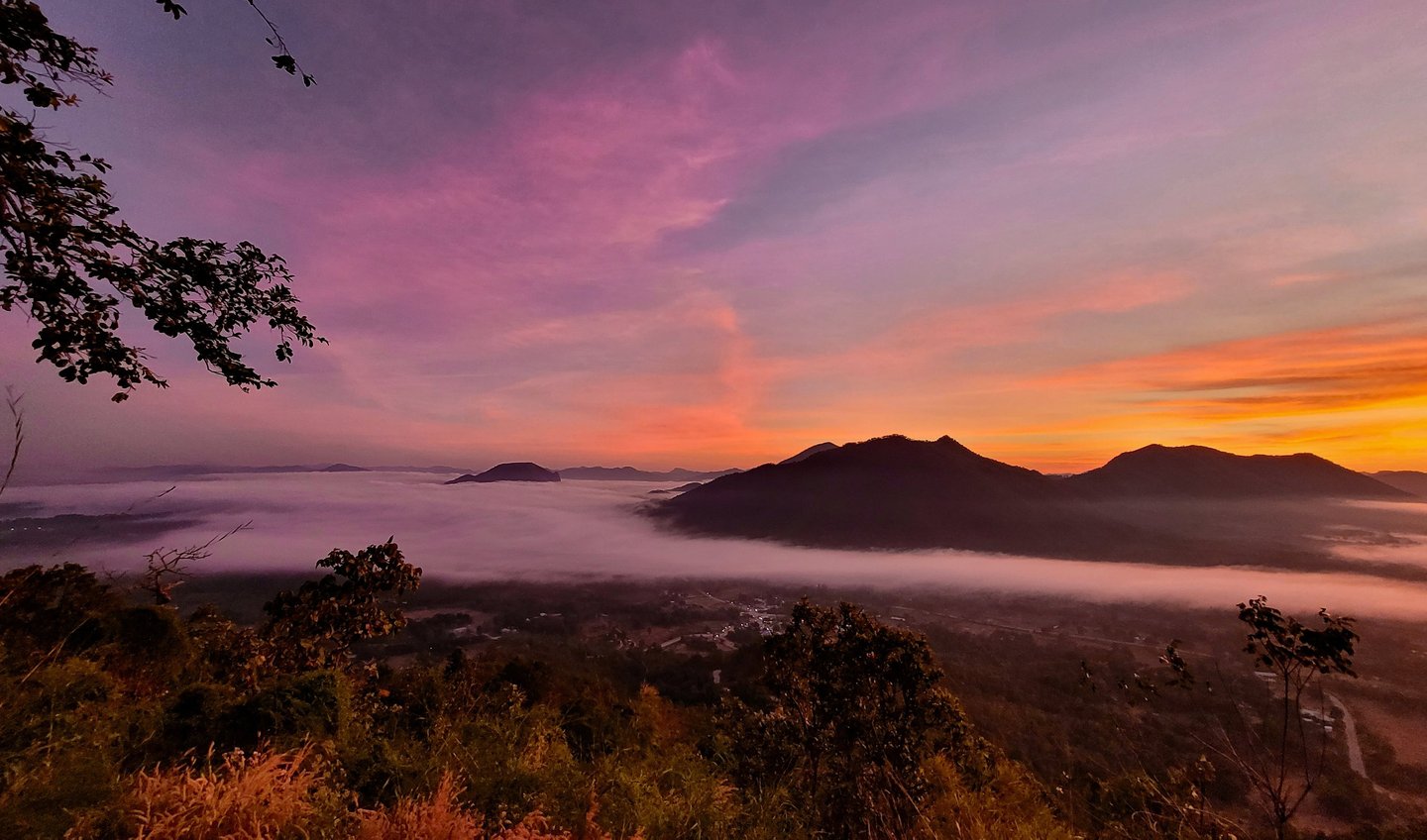

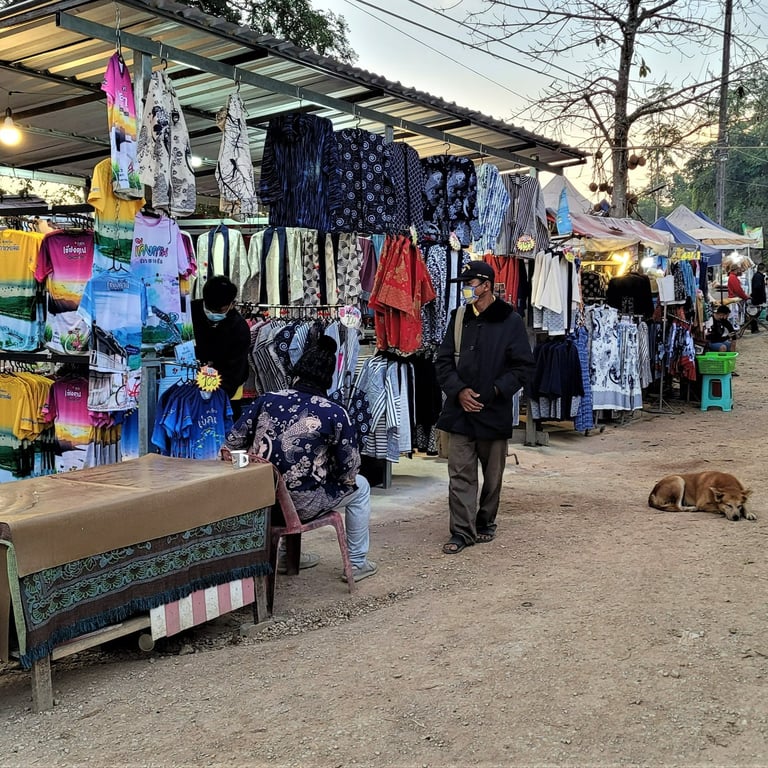
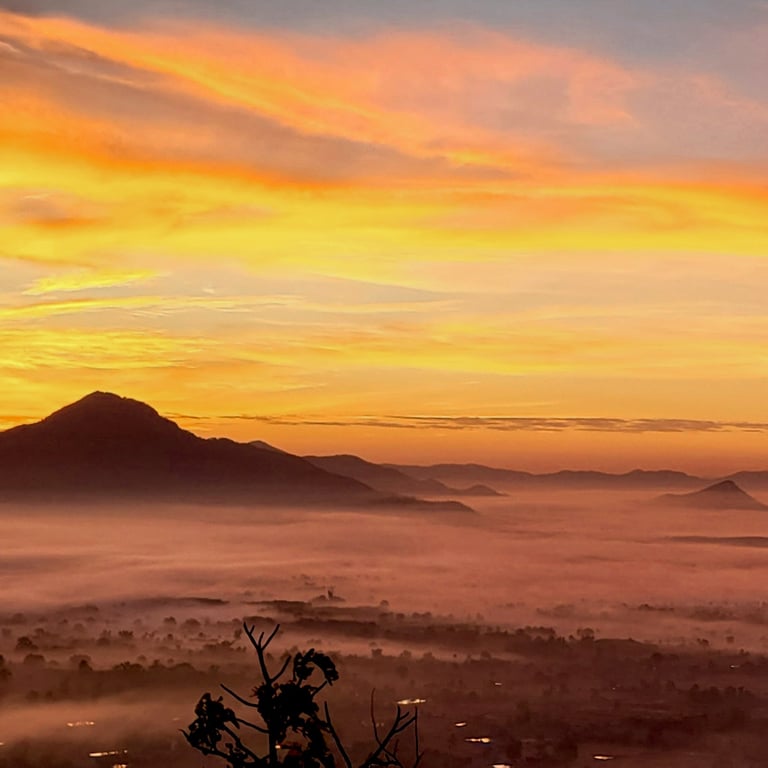
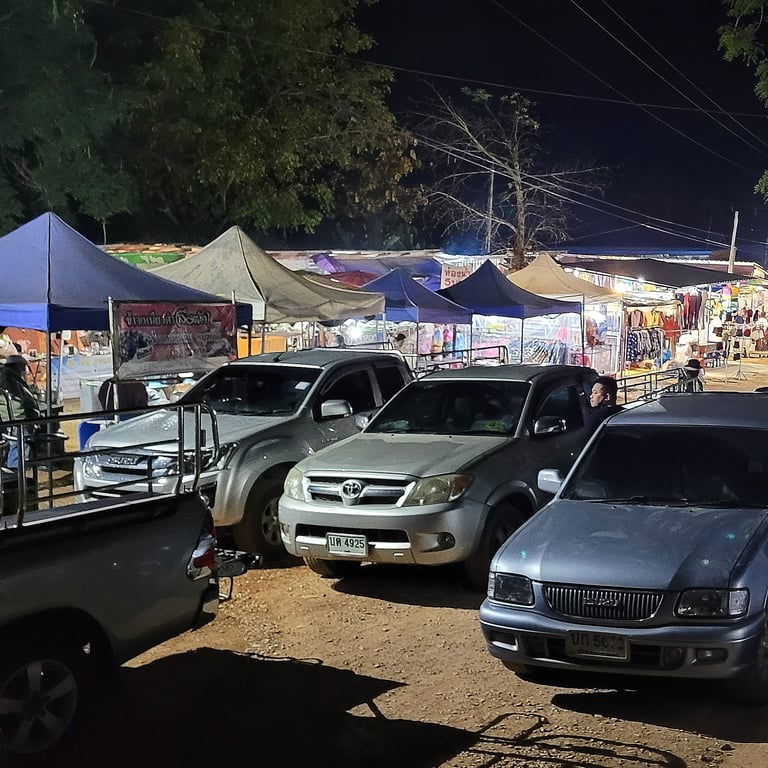
Hellfire Pass, Kanchanaburi
ANZAC Day Dawn Service
The ANZAC Day dawn service is held on 25th April each year at Hellfire Pass. It was very well attended, with many tour groups from Australia and New Zealand making the trip. The Interpretive Centre there is professionally curated, being funded by the Australian and NZ governments. The location of the service is held at the Konyu Cutting, further down the track. They said be there ready for the 5 am start, but we could hear movement from outside our tent (kind of glamping) at 3 am as people headed out of the resort. Joining in, it made for a very long day; solemn to be sure, but one that has probably been on the list for the attendees for a considerable time.
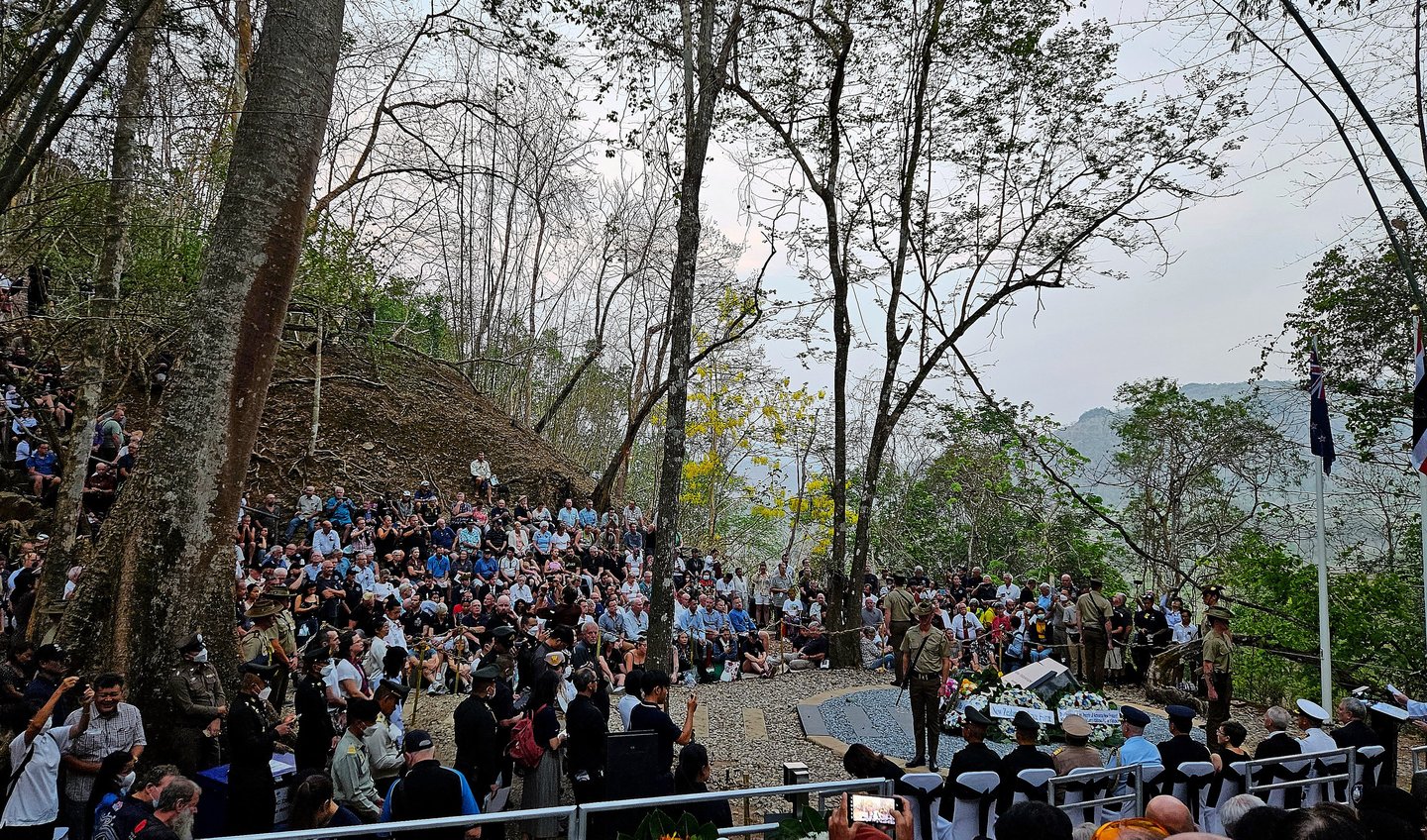

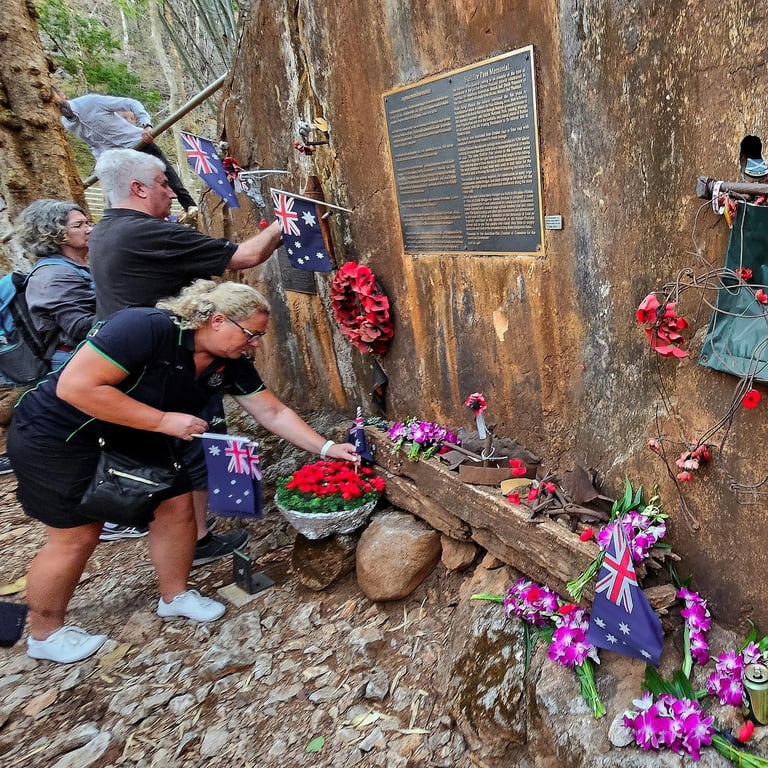
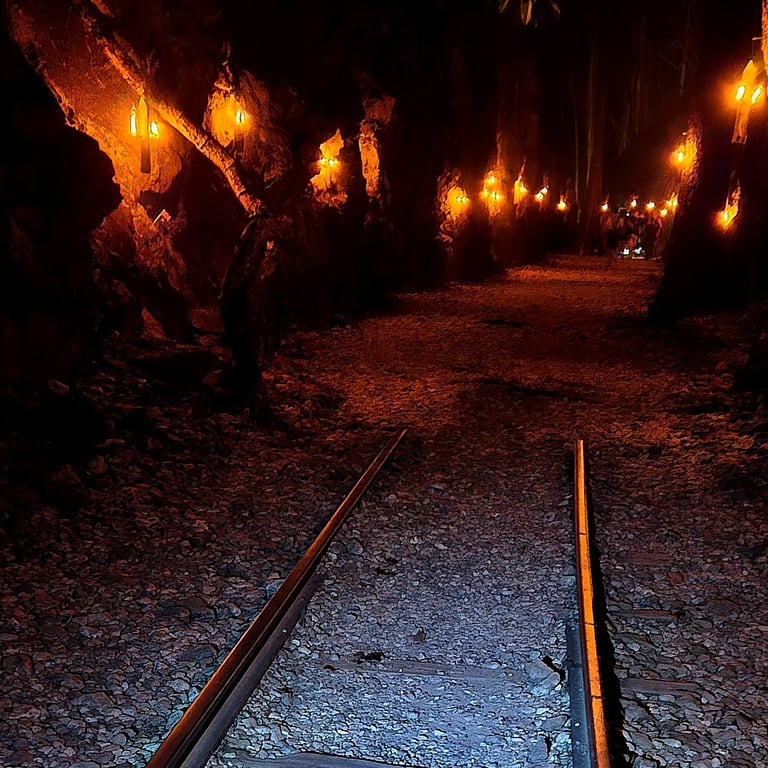
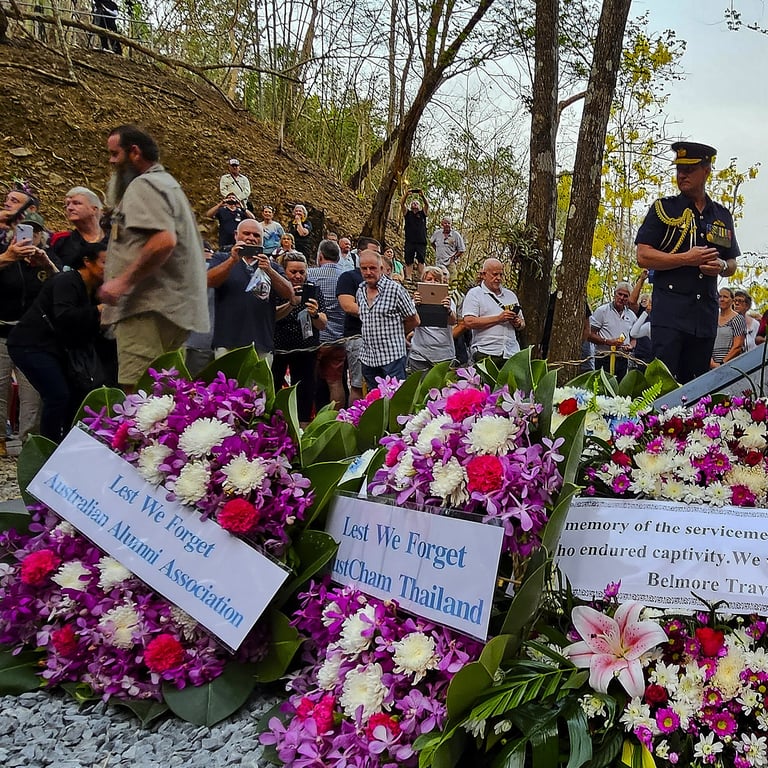
Phu Kradueng, loei province
Phu Kradueng National Park
Phu Kradueng is a plateau in Loei Province. It is a tough climb, no two ways about it. Expect 4-5 hours strain on your knees going up, even worse on the way down but on your toes. You can pay porters 30 baht/kilo to take excess stuff. Just as well! Once up there the hired camping gear and bikes take care of the trips: sunrise at dawn, cliffs, overhanging ledges. An exhausting although exhilarating trip which will leave your legs like jelly for the rest of the week. Luckily on the way home, the 'bad knee man' was parked nearby!
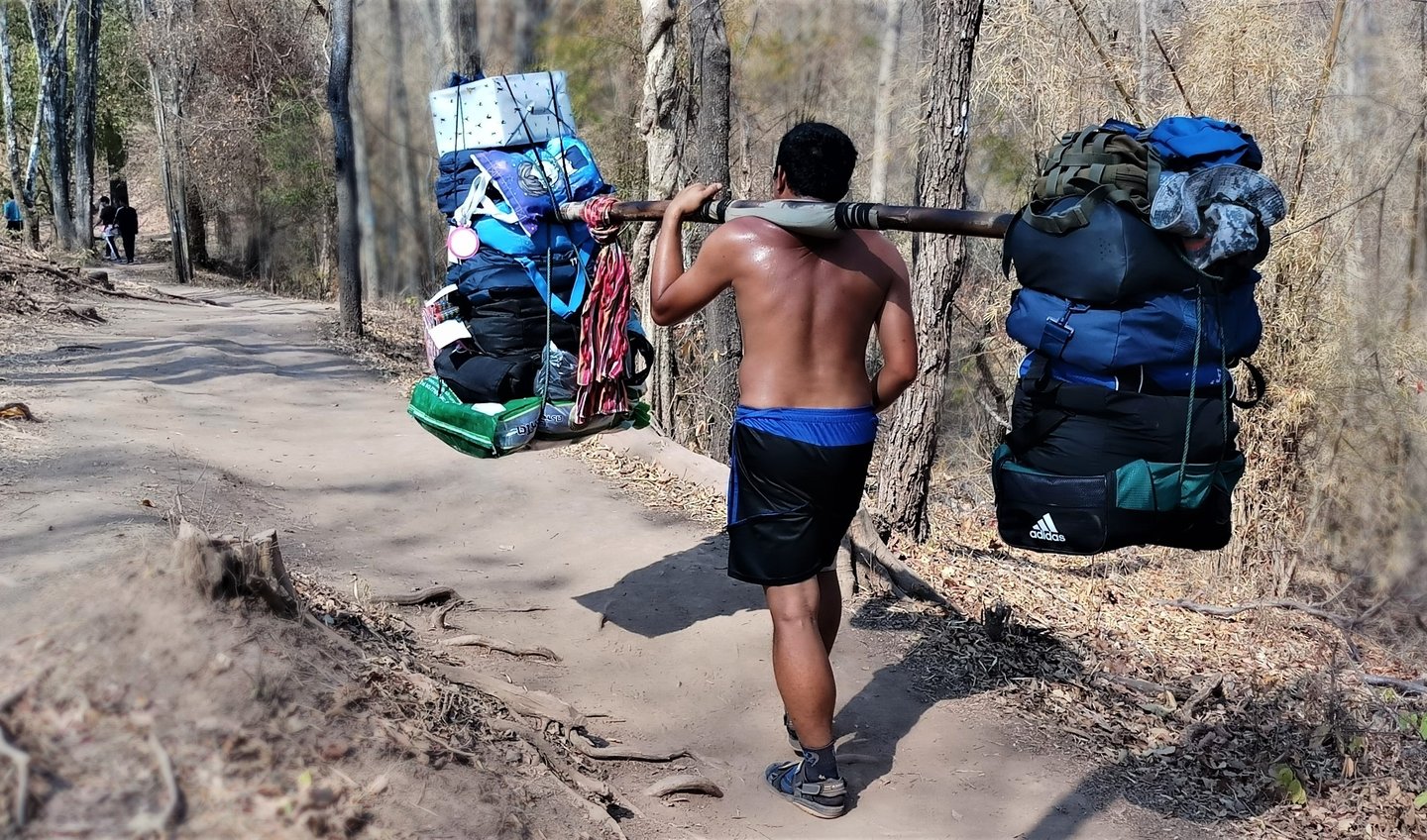

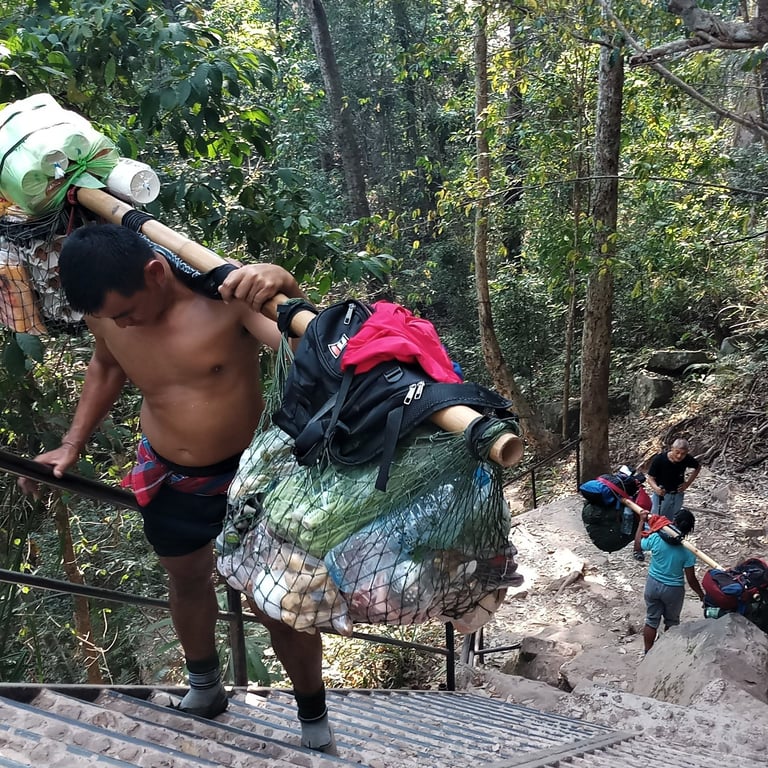
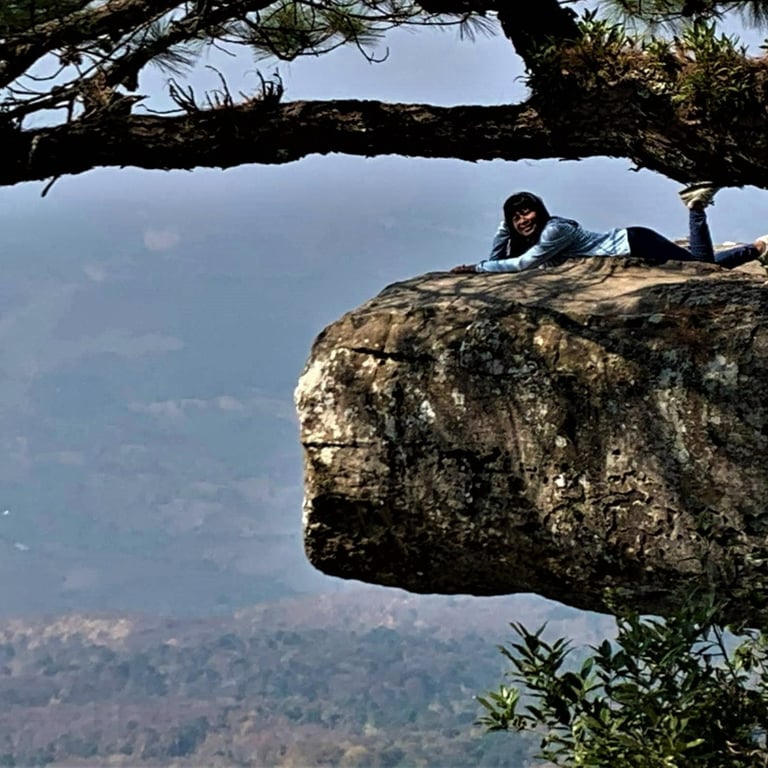
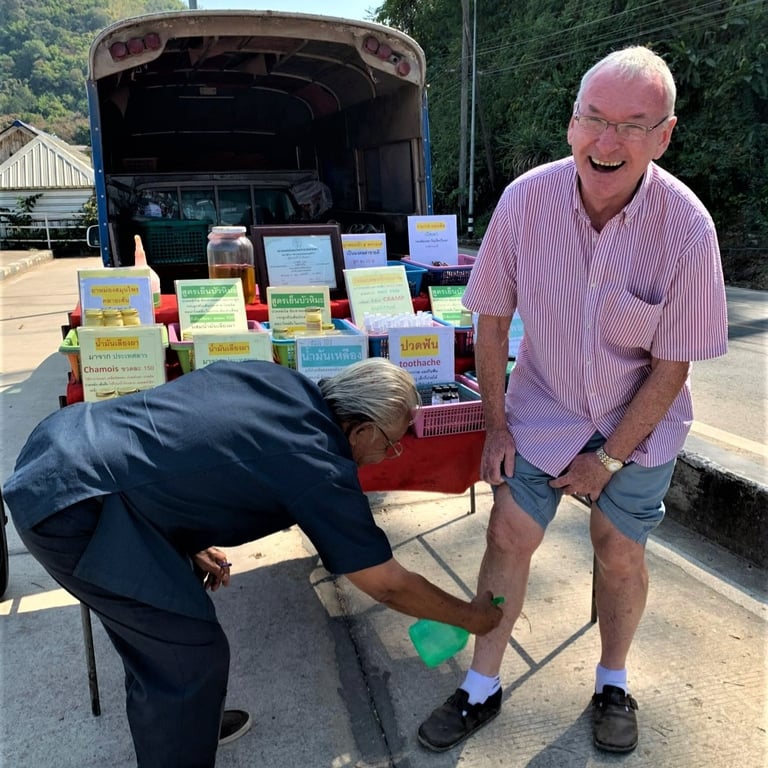
phanom rung, buriram province
Khmer way-point
The complex at Phanom Rung is quite remote and stands on a hill in the middle of a flat plain. It is contemporaneous with Angkor Wat and was part of the Khmer Kingdom at the time, seemingly a way-point between Angkor Wat and Phimai. Perhaps it is the building stone or the fact that the renovation was more recent, but the state of presevation at the site is impressive. Of note: the sun shines directly through a line of E-W portals at sunrise, twice per year. Pictured here, a group of monks setting off towards the site along the processional walkway, having first posed for the obligatory group photo.
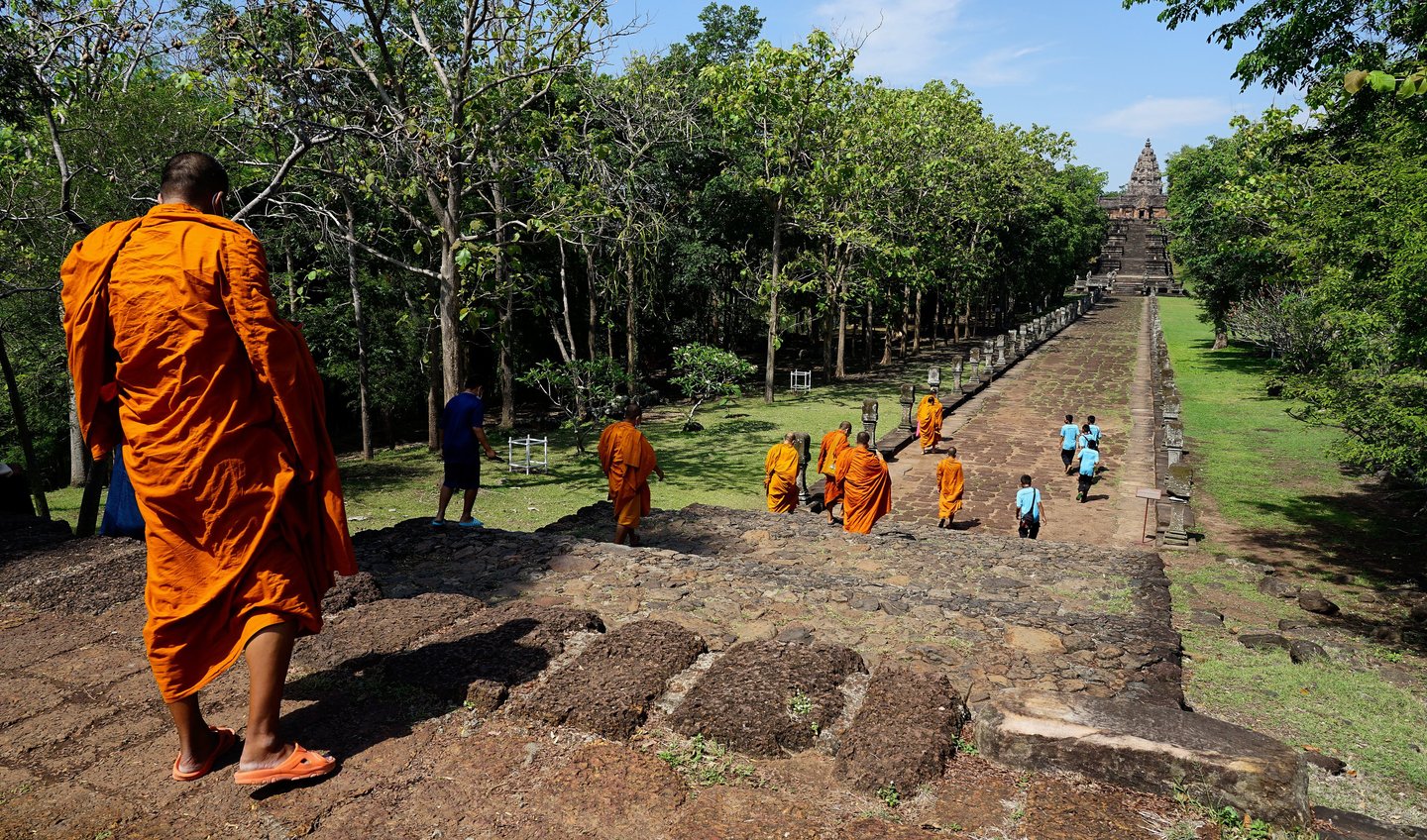

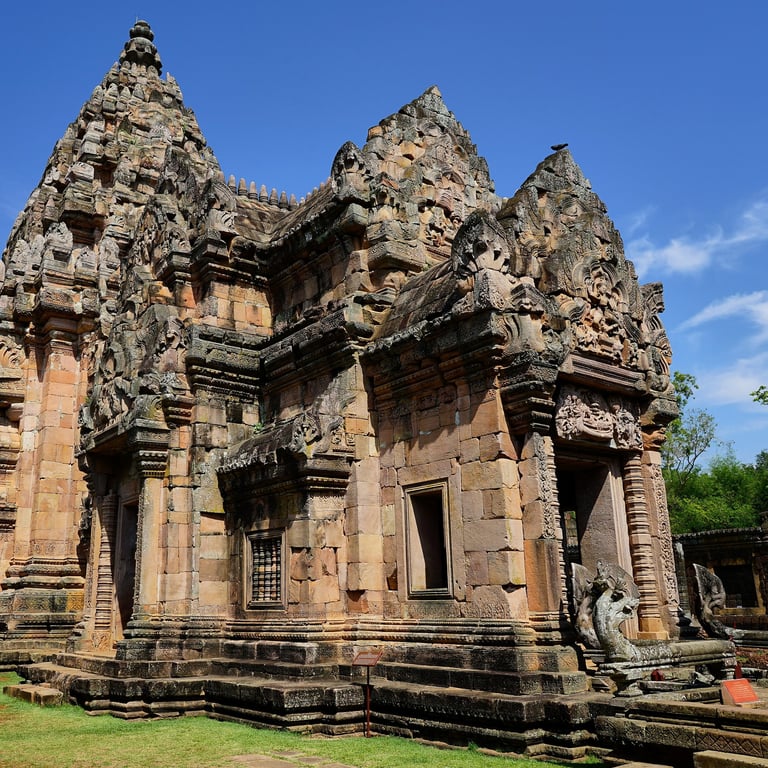
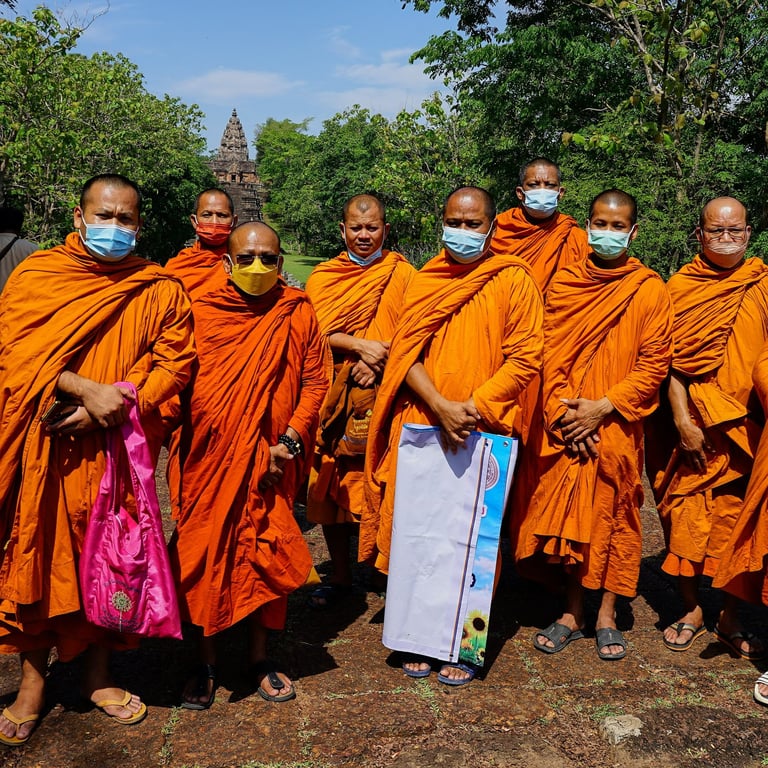
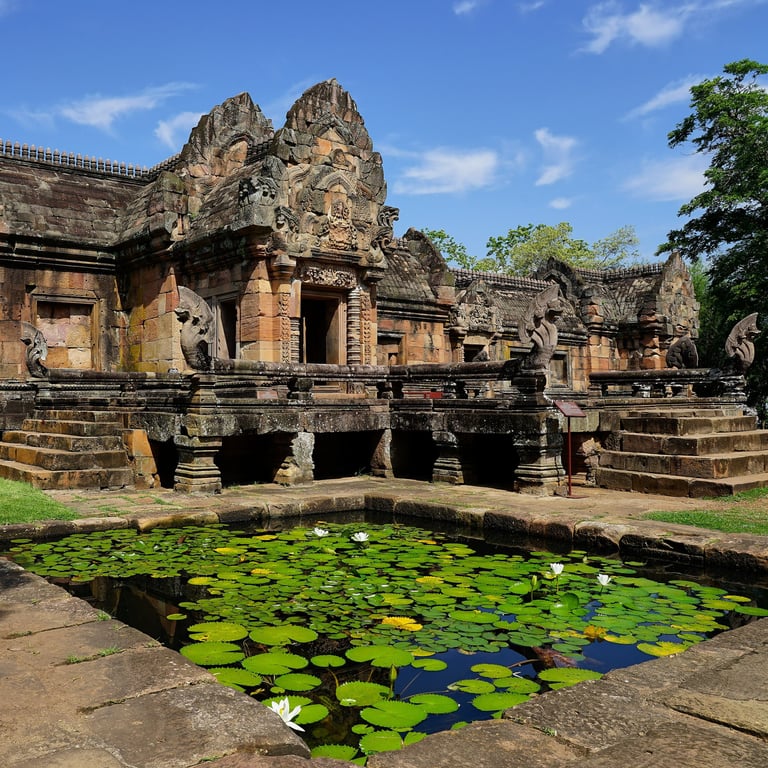
fLOWER FESTIVAL, cHIANG mAI
On parade
What an absolutely stunning spectacle the Saturday morning parade in February is. It stretches so far back, alongside the moats and city walls that inevitable gaps appear between the floats or marchers. They also stop for a breather now and again, so fair enough. The range of fabulous costumes and variety of entries makes one think of them being the tip of many icebergs, with months of labour supporting them – design committees. seamstresses, choreographers, band leaders, float teams. Plus, of course, all those hours of practice. More power to the lot of them and full credit to all those folks that you don’t see making a splash on the Saturday morning canvas.
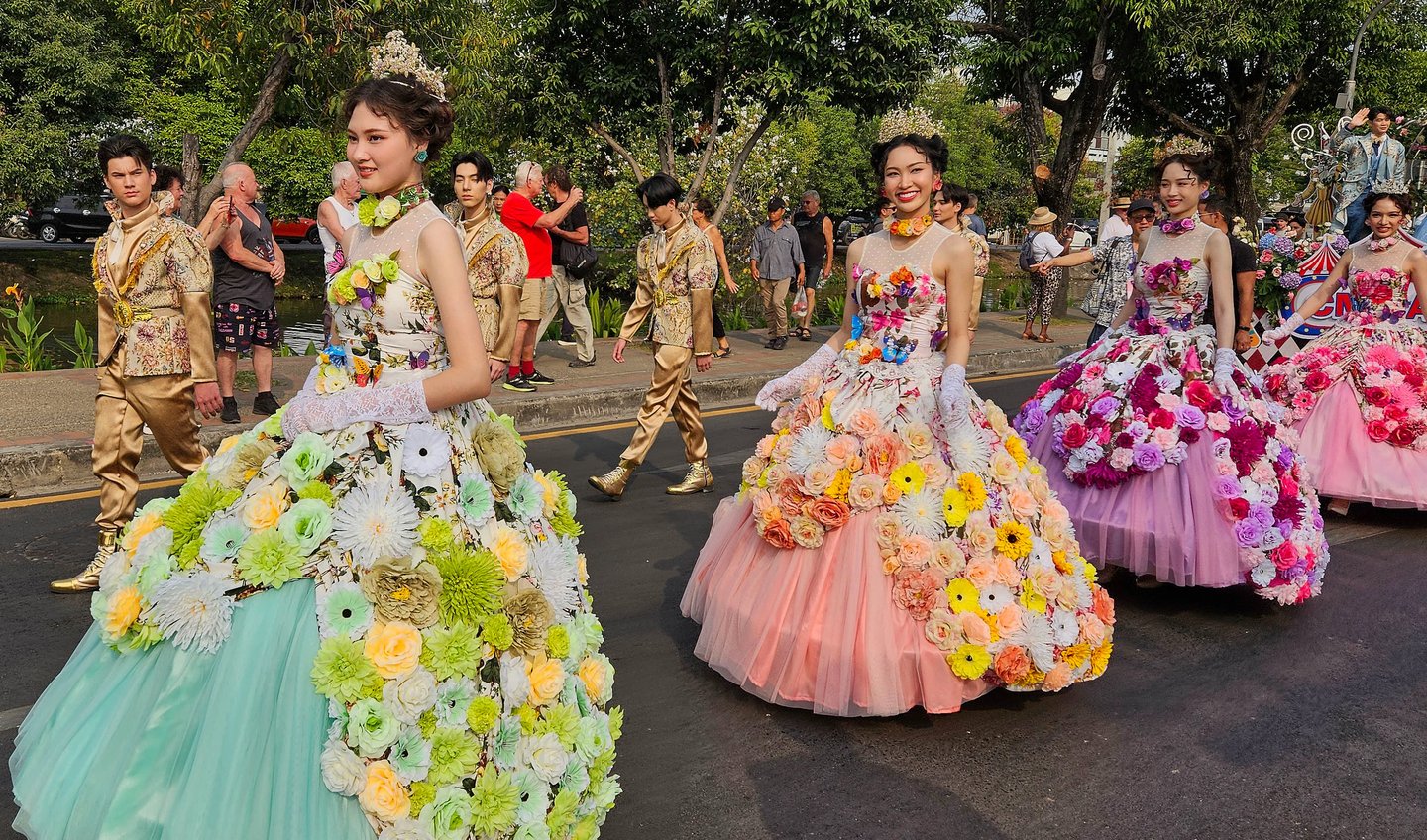

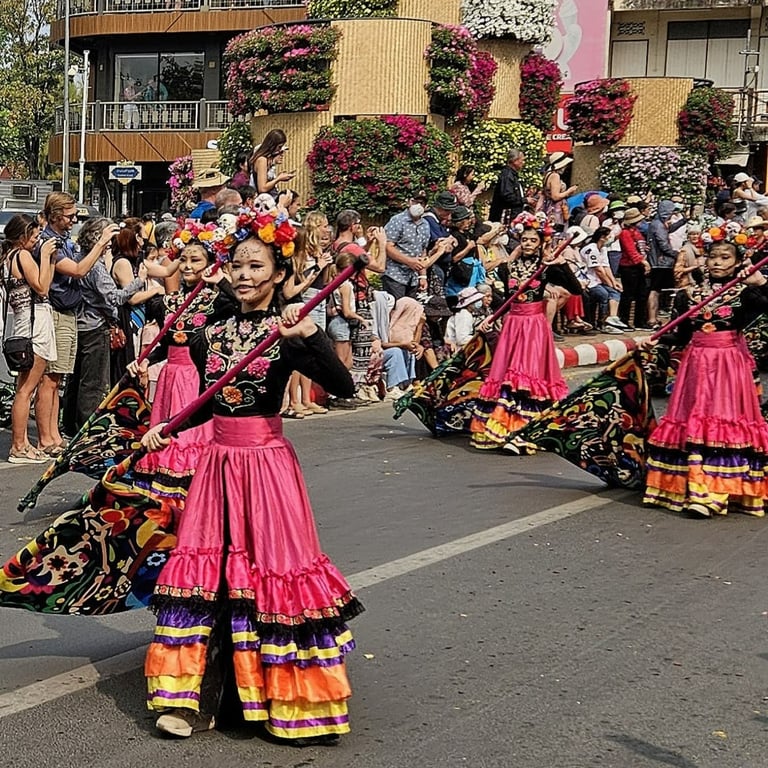
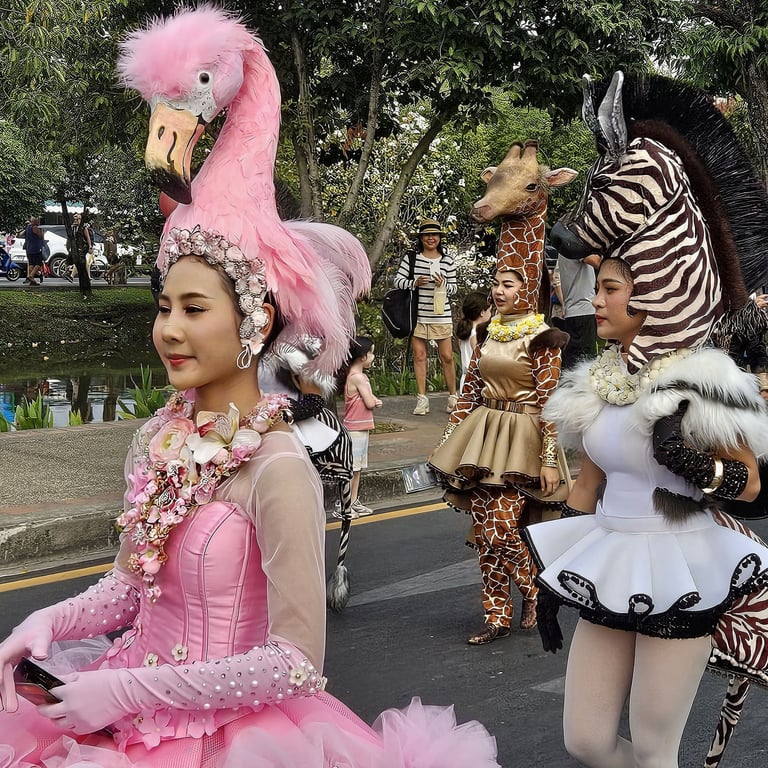
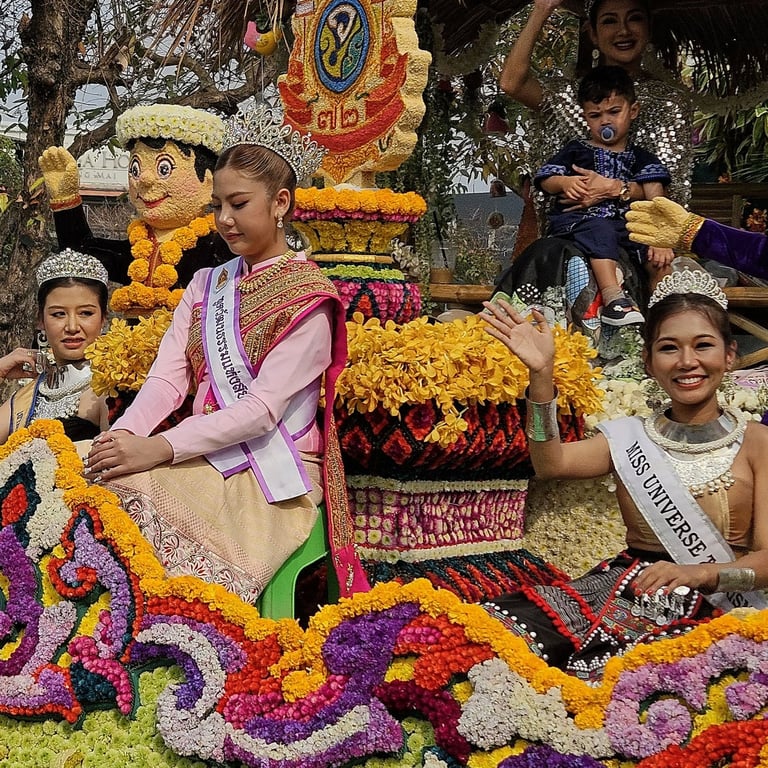
Yod Phu Tok, Bueng Kan province
Don't look down!
The gantries round the Yod Phu Tok sandstone outcrop are a little rickety to say the least. Fixed at seven levels, you make your way round before ascending to the next level via more gravity defying wooden staircases. If you have issues with vertigo, this one will test you out. You can edge round, looking dead-ahead, while ducking occasionally to avoid the overhangs. That is your best bet. The views are great, if you don't mind looking sideways, of course. The top level is called 'Heaven' and there's nothing to stop you walking straight off the edge - next stop 'Hell', I guess. Bueng Kan is in the far north-east of Thailand, so far north that it is actually geographically north of Vientiane in neighbouring Laos.
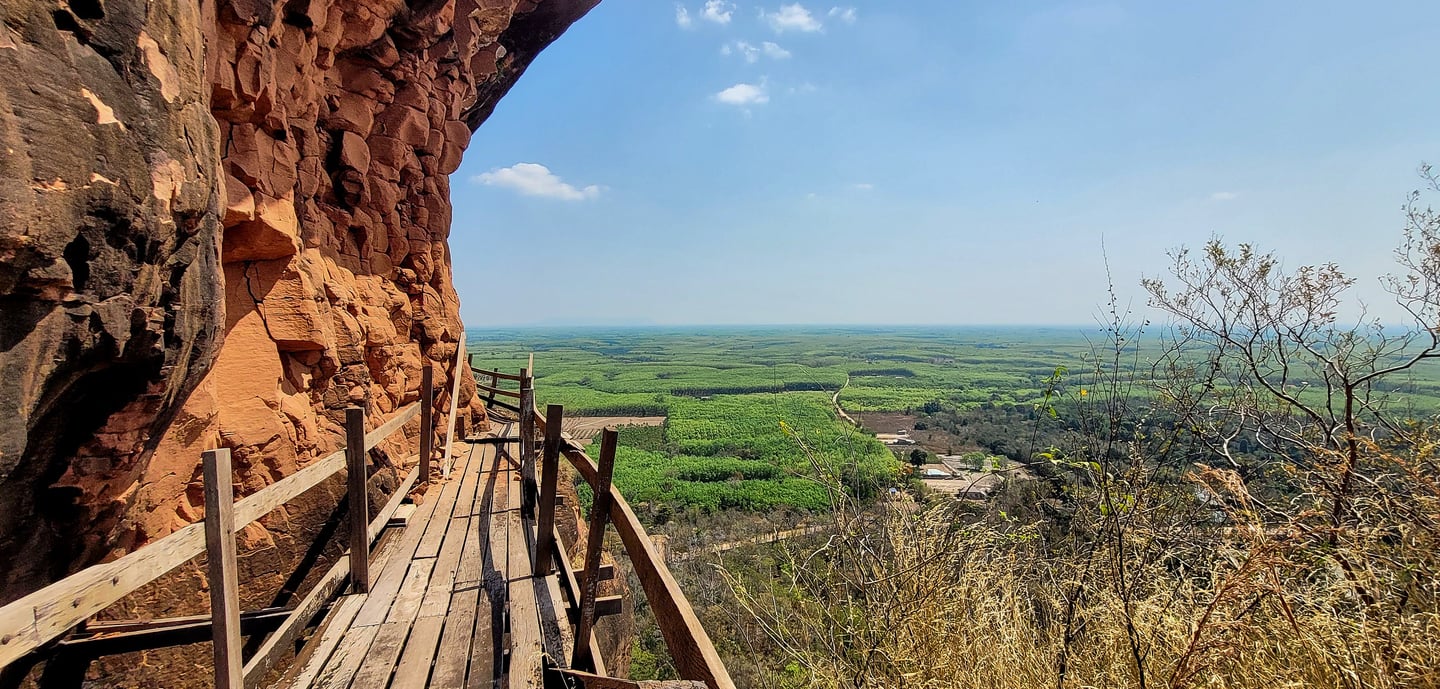

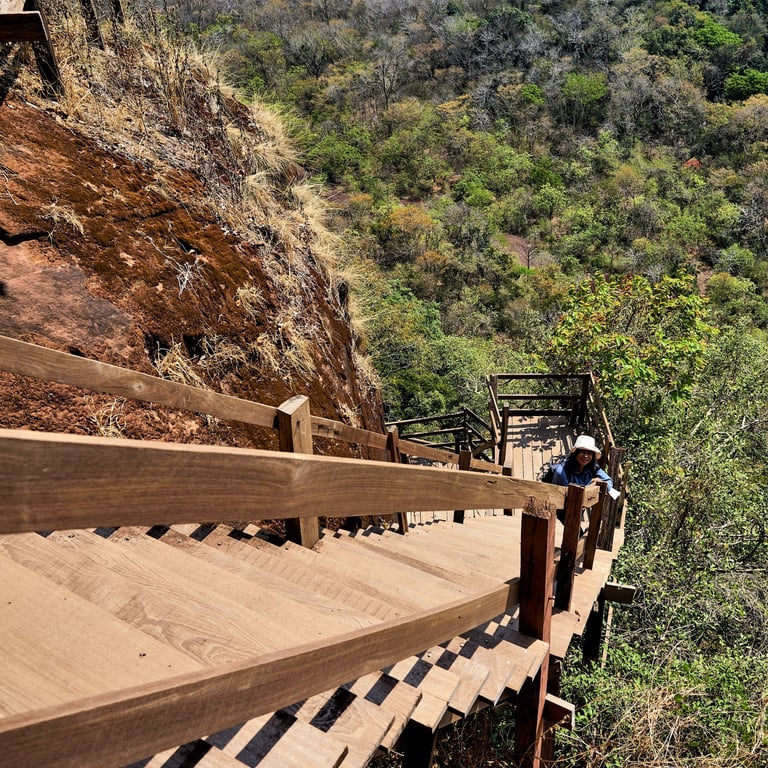
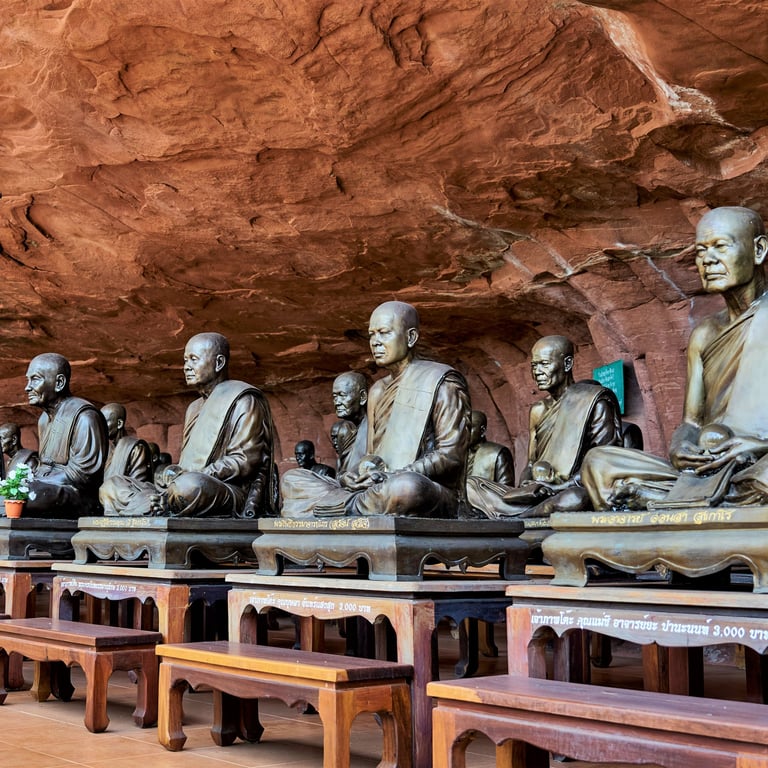
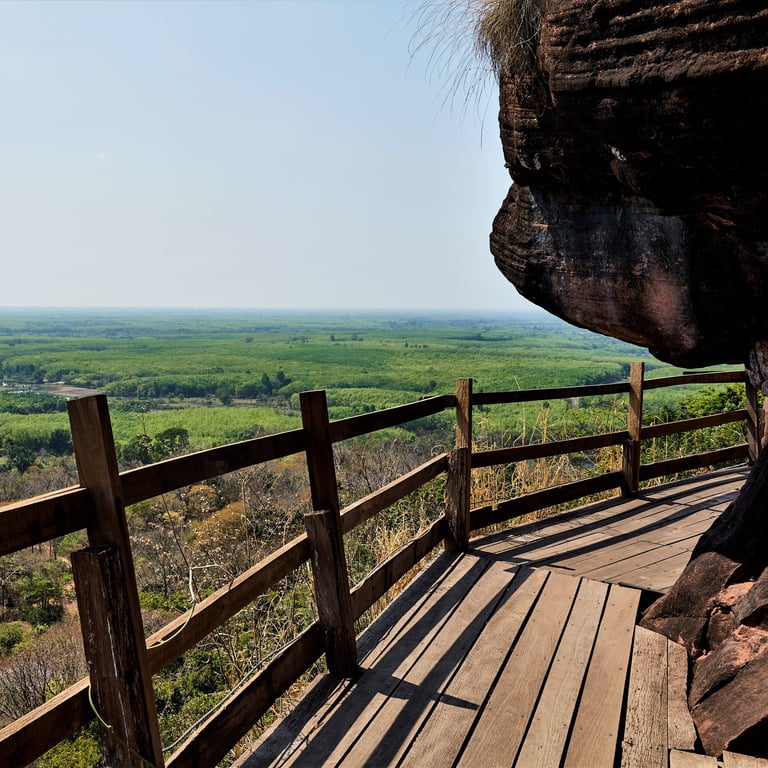
Wan lai festival, bang saen
Forget the bucket and spade
The ‘Day that Flows’ is a festival in Bang Saen which takes place during Songkran. The main feature is a sand sculpture competition of spectacular proportions. Forget the bucket and spade, these guys are pros with elaborate constructions that look like they were designed using CAD. Bang Saen is a Thai resort in Chonburi Province which is usually packed at weekends anyway. Dismiss thoughts of trying to park anywhere near the beach or your day definitely won’t flow.
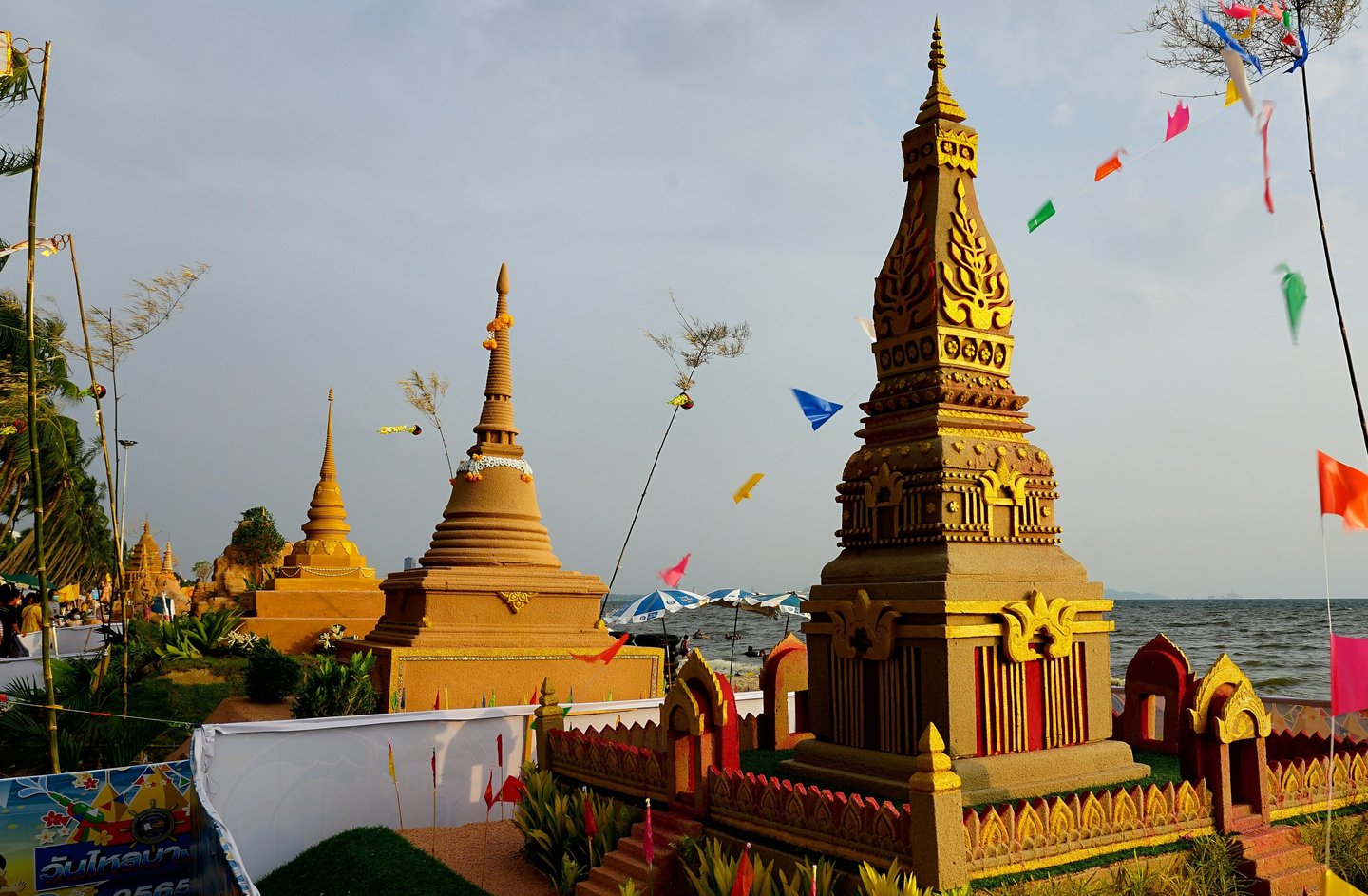

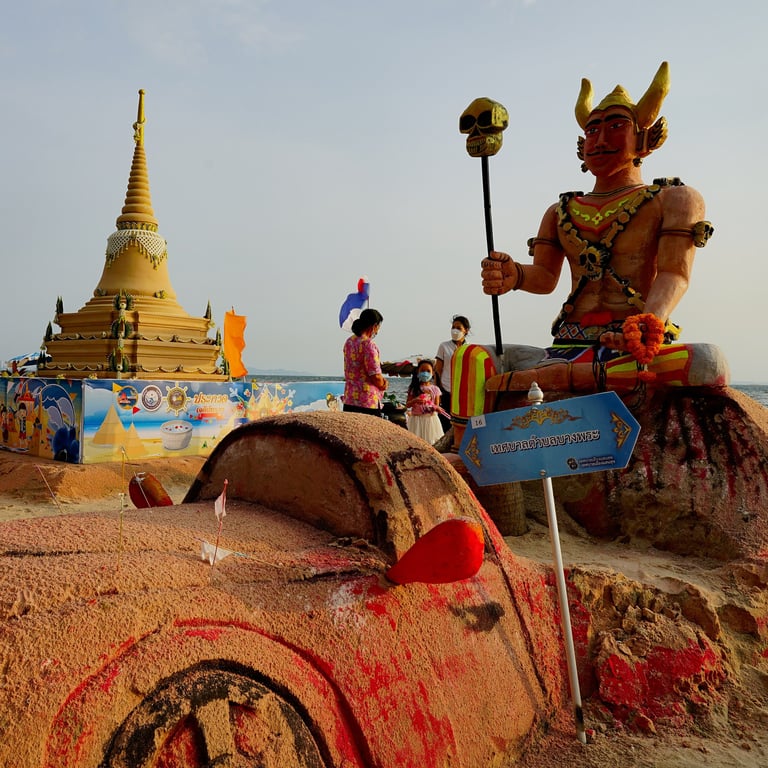
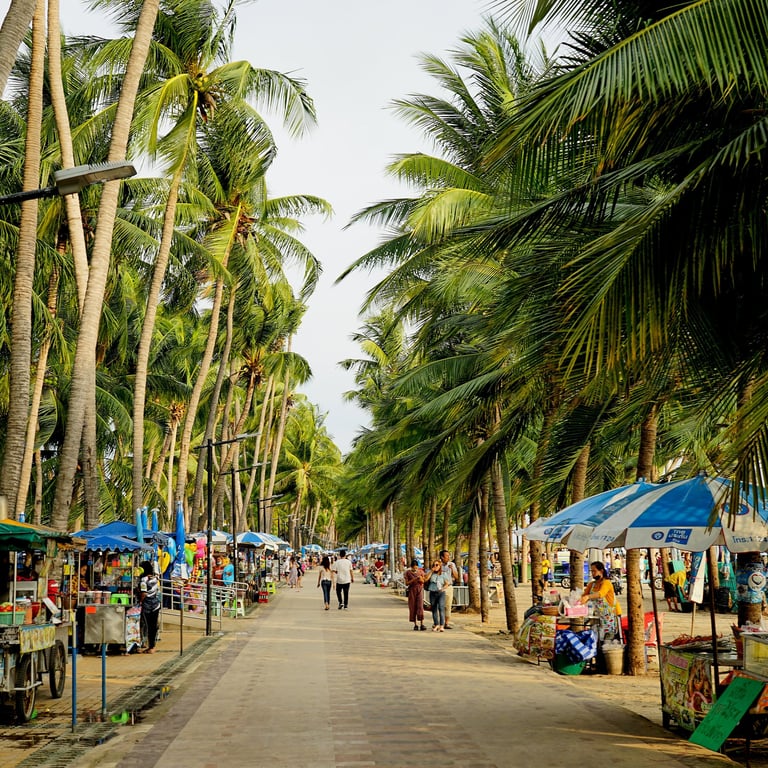
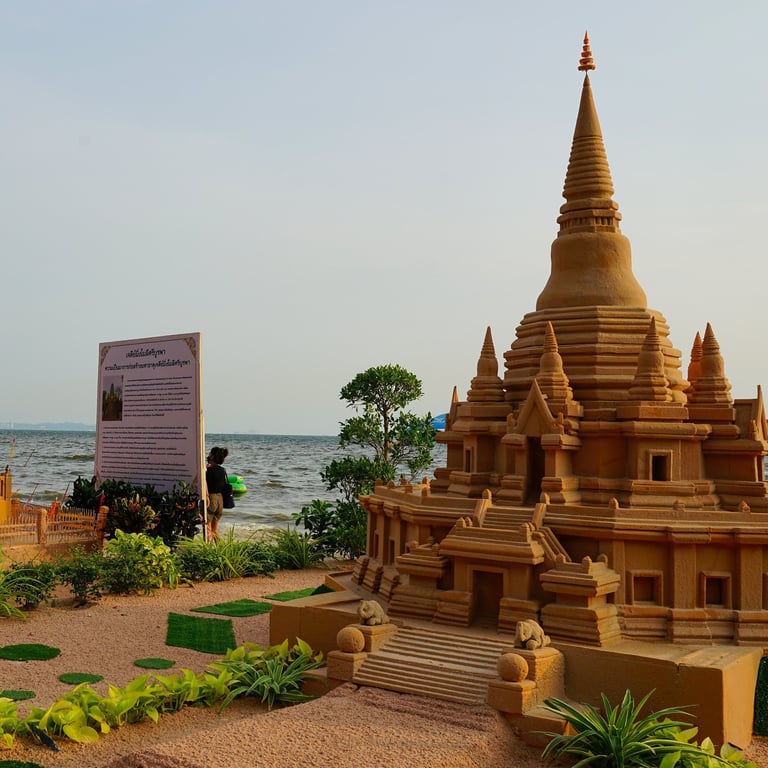
hundred-year-old chinese market
Eats galore
The 100-year-old Chinese Market not far from Pattaya takes place every Saturday. There is some craft ware on sale, but it is mainly an opportunity to sample all the food options. How or why a Chinese community was established there 100 years ago one can only guess at, as it is not near anything. It has the quality of endurance though; these photos were taken just after reopening following the two-year covid lockdown. As you can see, a resilient and vibrant community is in action. What they do during the other six days of the week wasn’t obvious though. Normal jobs for most, I suspect.
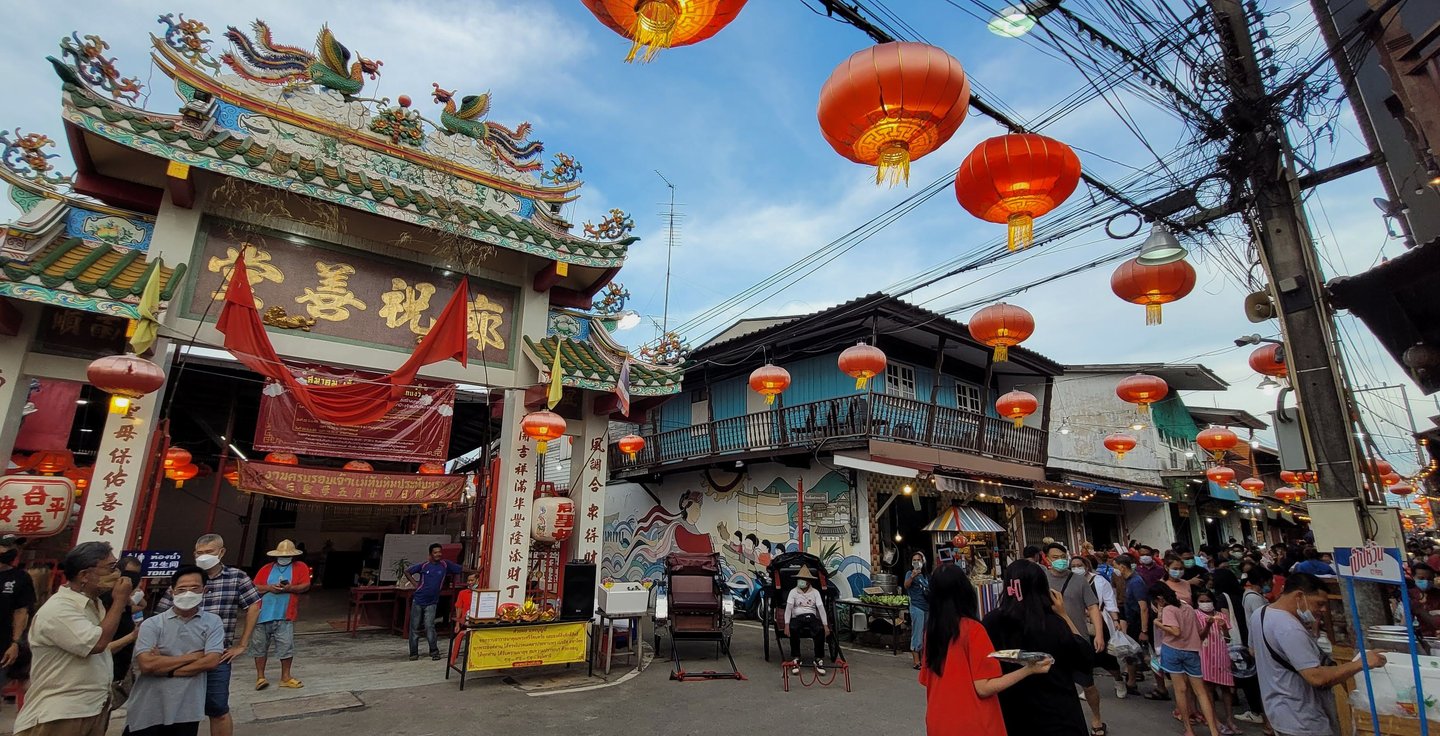

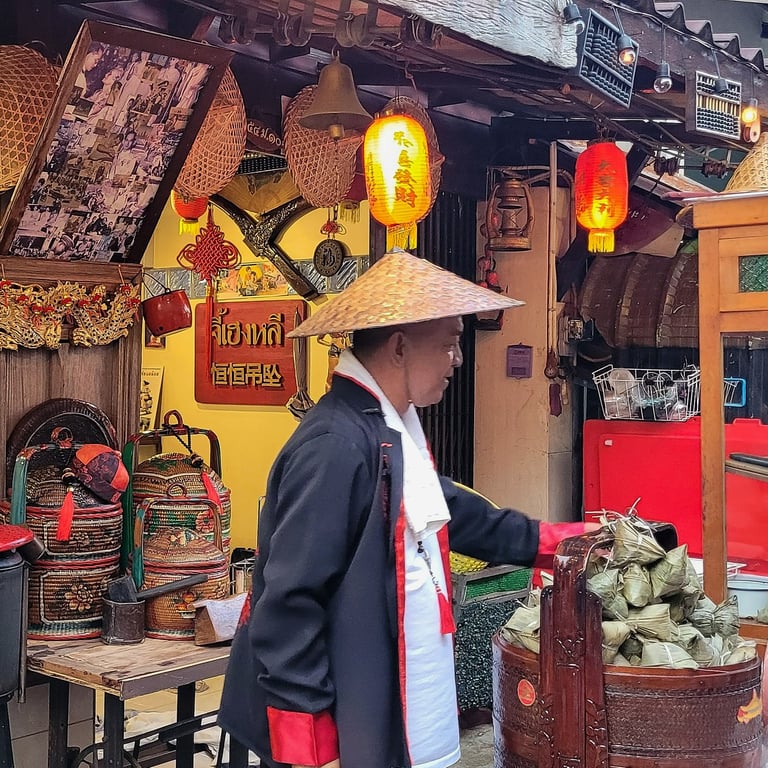
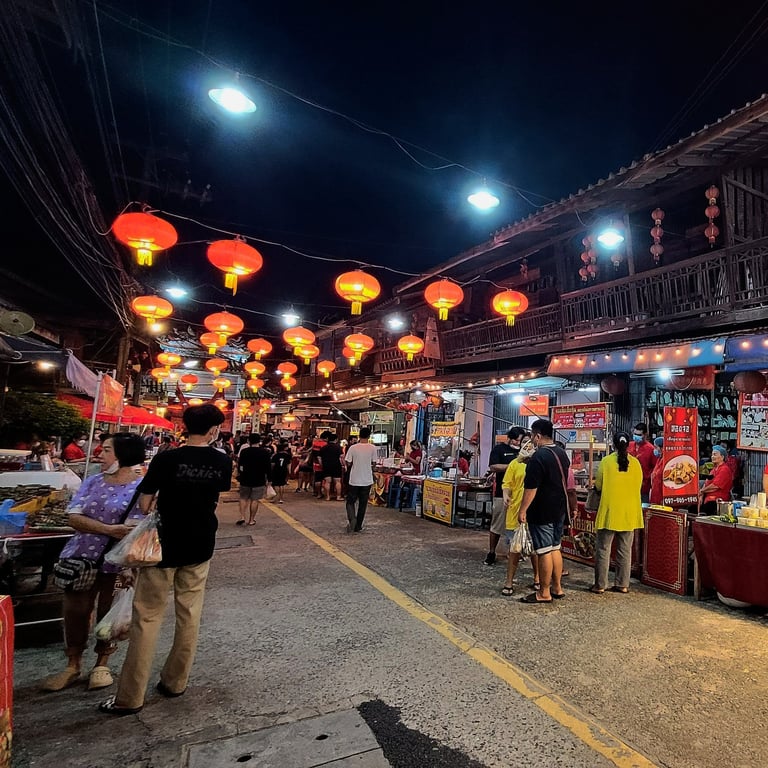
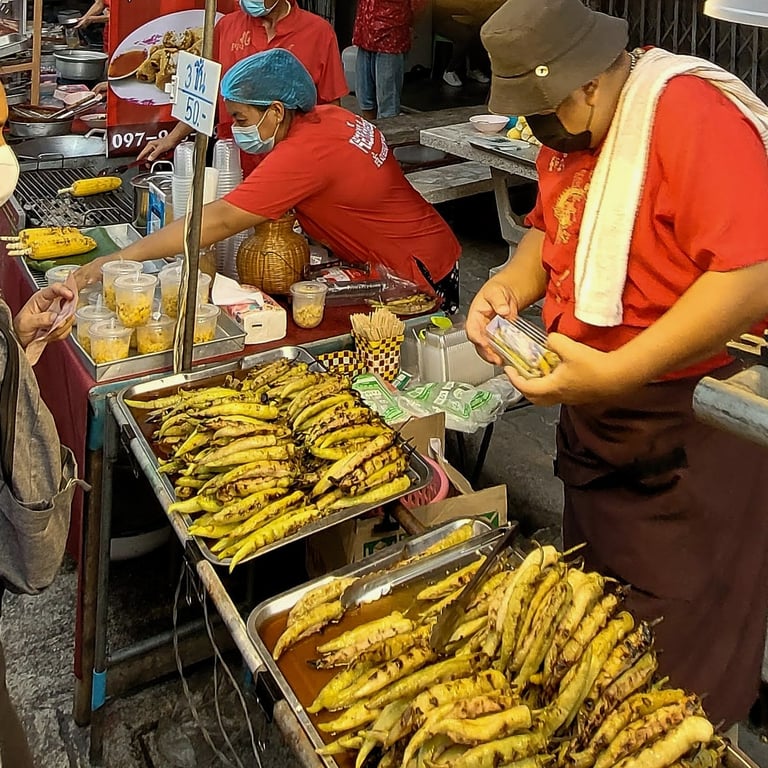
si satchanalai historical park
Leaning chedis
Si Satchanalai was founded in the 12th century as the residence of the Crown Prince of the Sukhothai Kingdom. It means ‘City of Good People’. The town was abandoned after the Burmese-Siam war of 1765 and only restored in 1988. The site isn’t that large, so can be navigated on foot from the car park. The Historical Park is a World Heritage Site and in quite good condition, although many of the stupas lean at a slight angle. This has the effect of making you double-check your images in the viewfinder. ‘If I make the Chedi vertical, the walls will all be on a slant…’ sort of thing. The laterite walls are a little wonky anyway.
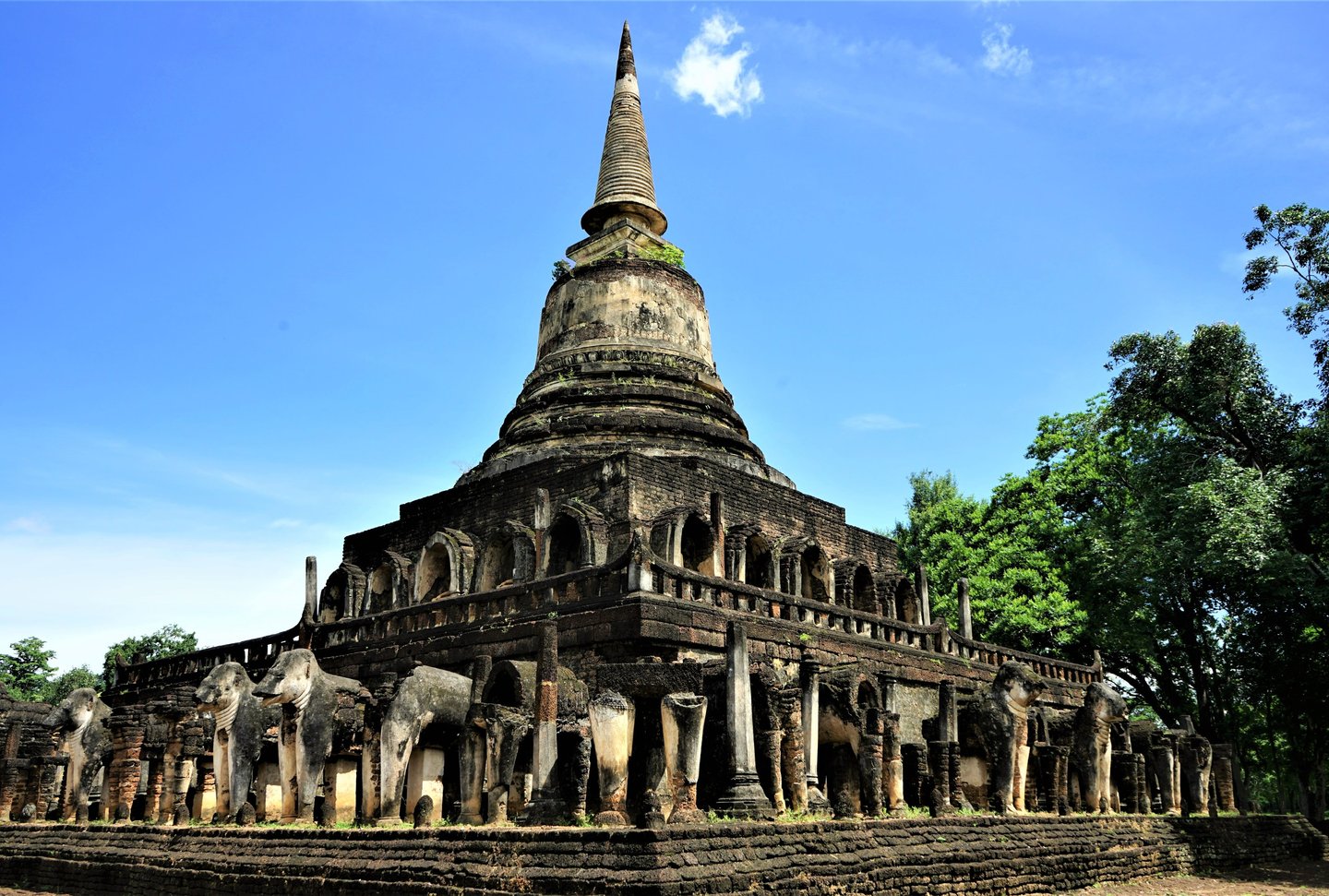

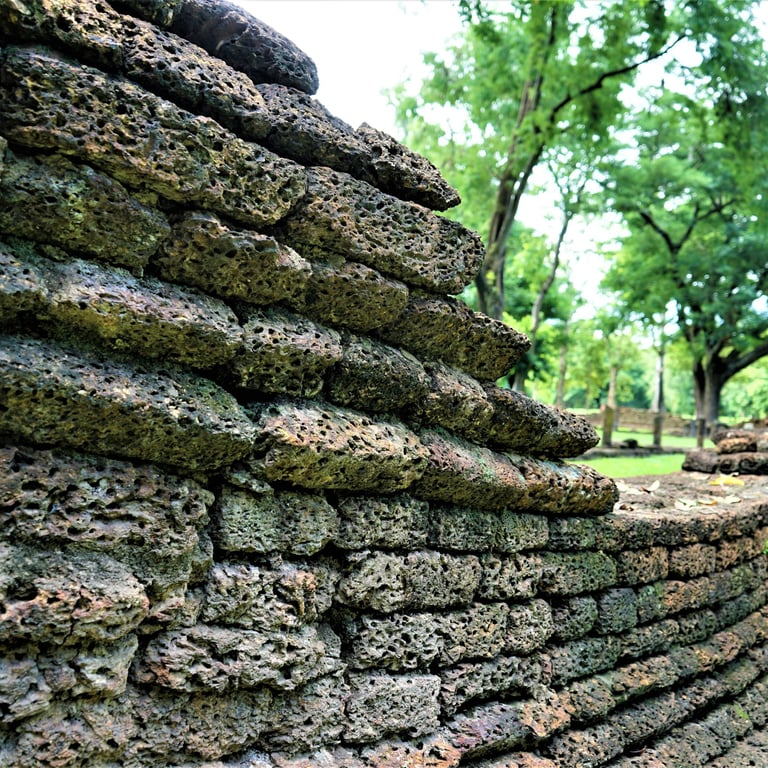
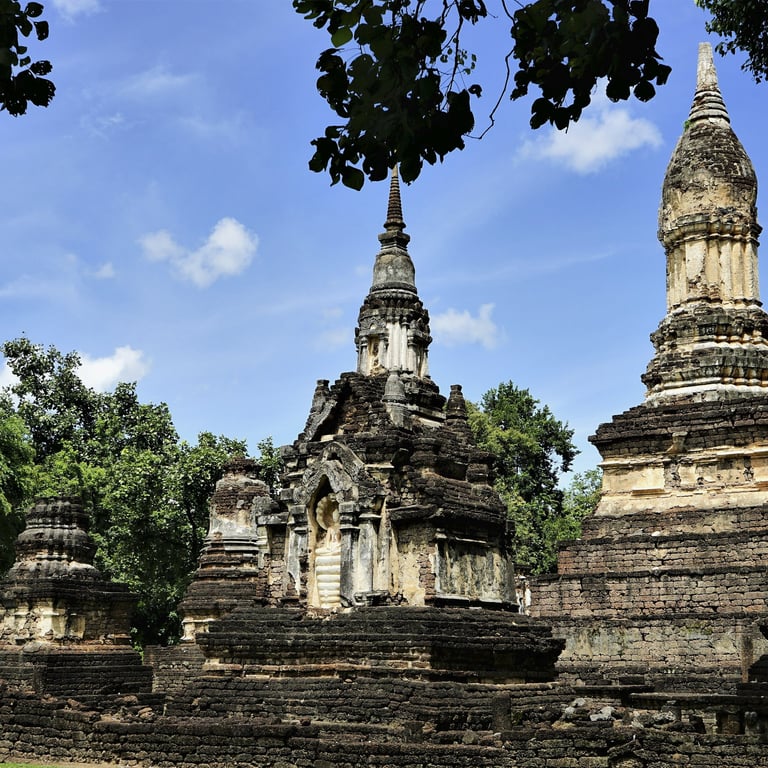
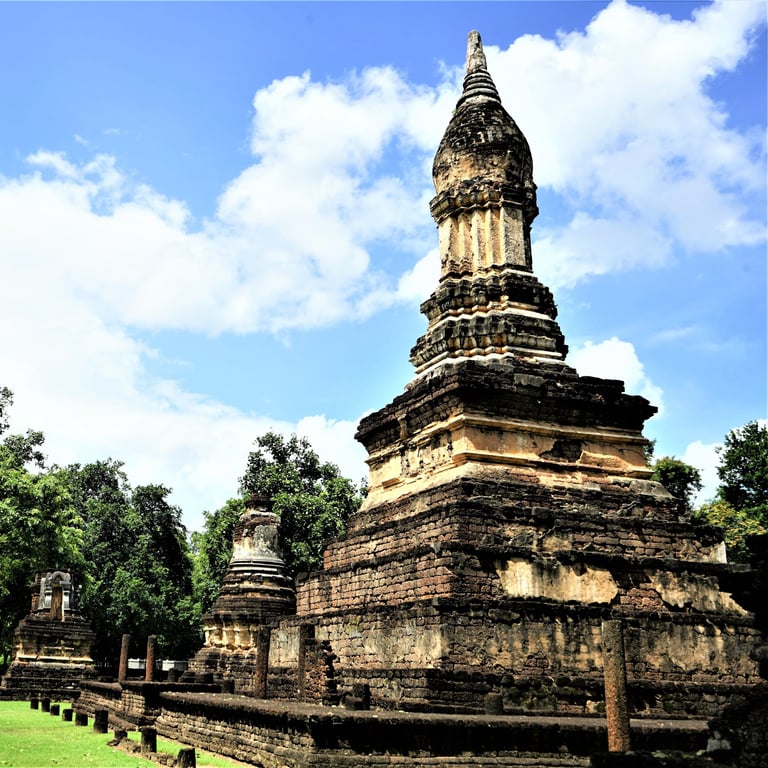
Talat Noi, bangkok
Old Riverside Bangkok
Wandering around the hot and sweaty backstreets of Talat Noi, an old Chinese community on the river in Bangkok, you can see into the open-grilled shophouses as you shuffle by. Folks sitting nonchalantly in white vests (always white vests) tend ancient, oily machinery that clanks away. What are they making? Who knows! But you can bet generations of the same family have been doing it in the same shop since they first moved in. As you round the bend you spy a photo-opportunity of a rusty old Fiat wedged against the wall. You feel pleased with yourself until you get home and realise that everyone and his dog has shot that exact same photo. Talat Noi, is 'Little Market' and features a great deal of street art too.
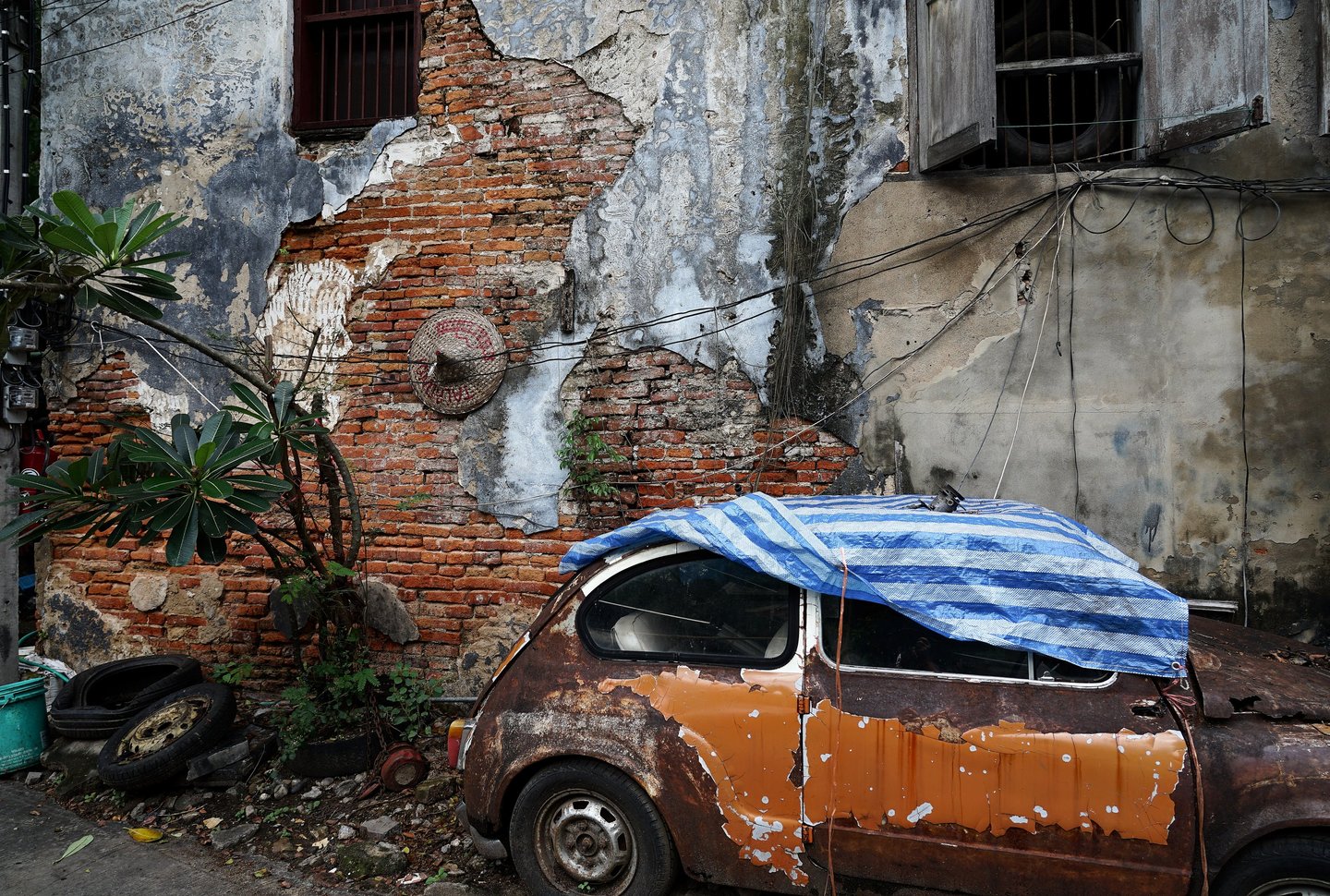

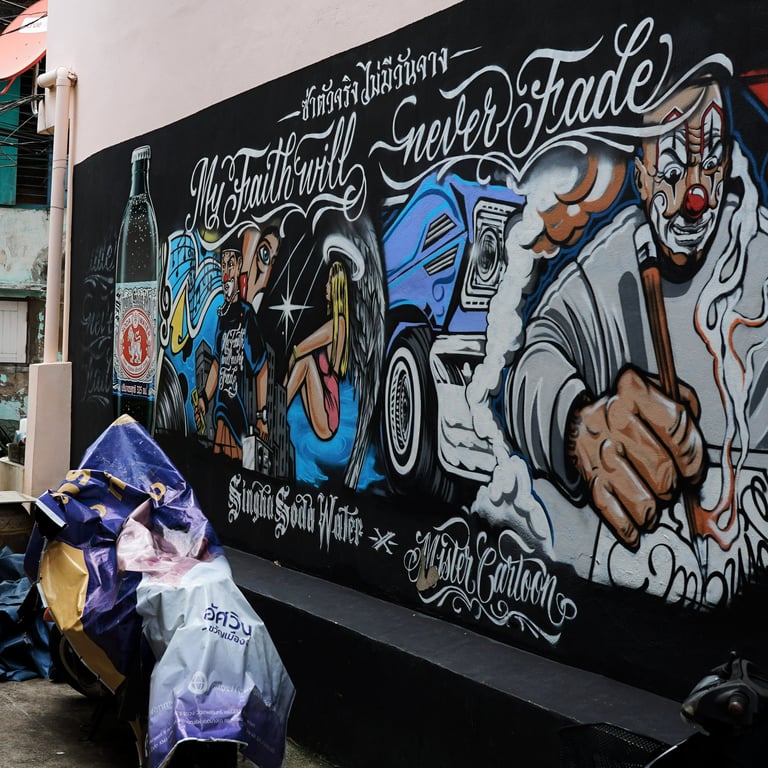
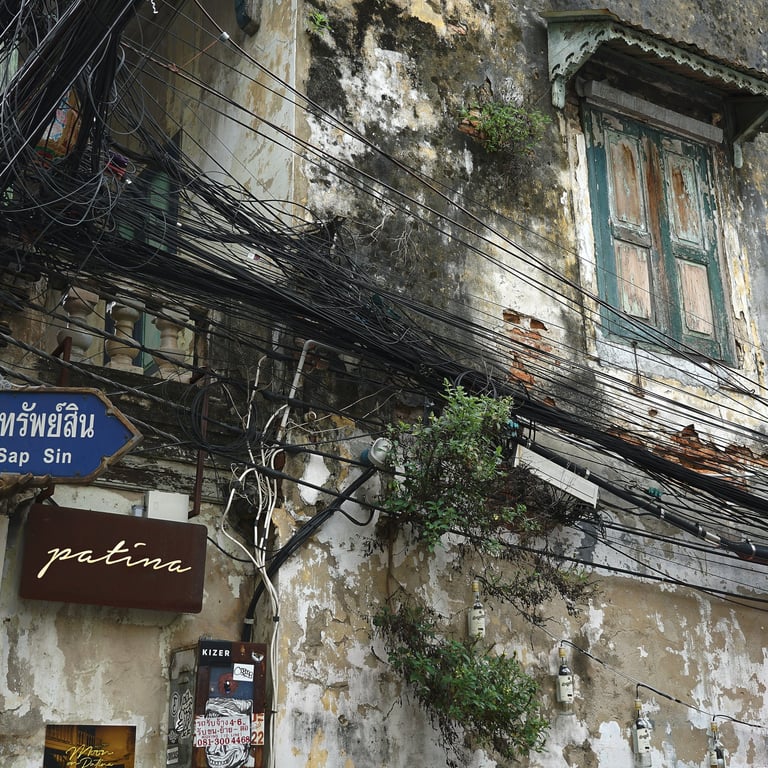
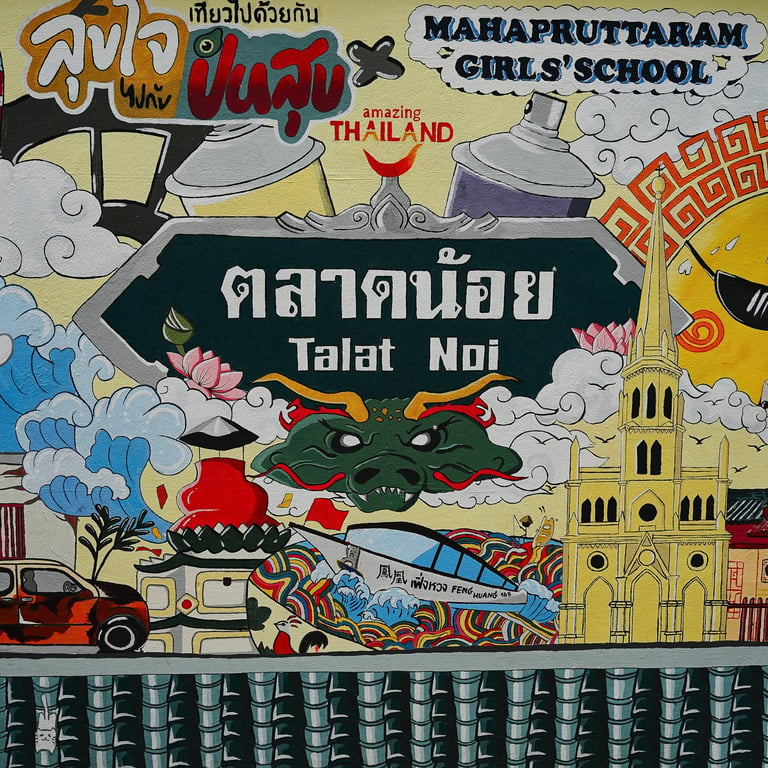
candle festival, ubon ratchathani
Dance till you drop
The parade lasts for two hours plus, on both the Saturday and Sunday morning. I would imagine you set out from your village very early to assemble in the park at about 8 am. You likely had to hang around for an hour waiting for the truck or bus to pick you up at the end as well. At every traffic intersection your group had to stop while cars were waved through – still dancing on the spot. It was 35C and I was dripping just watching. Likely saturated by 9 am you’d be willing the water carriers and tissue bearers to make haste. Full marks to everyone involved in the spectacle and looking great until the end. Every reason to be proud up there in Ubon.
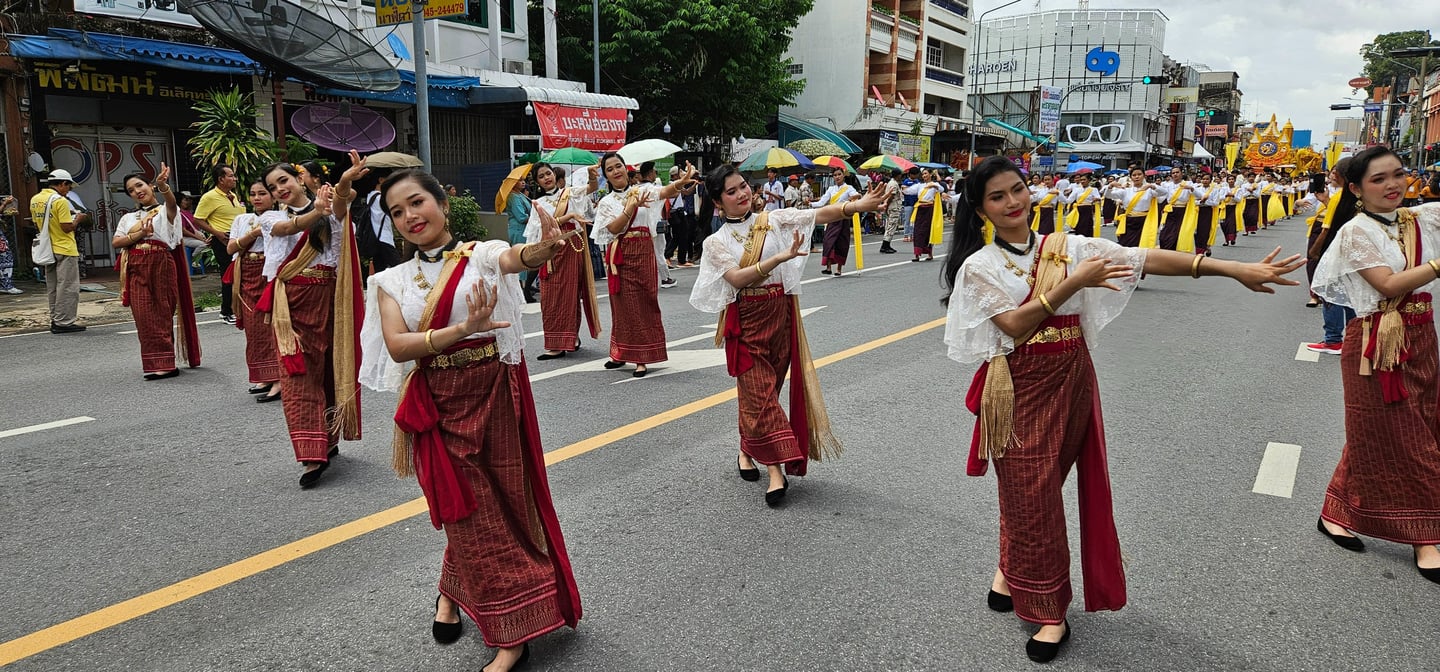

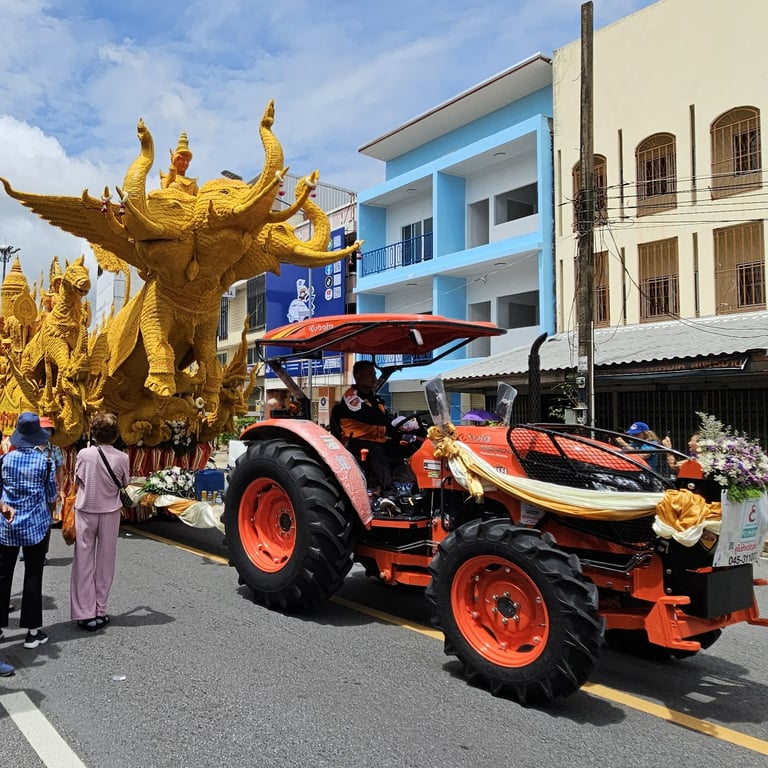
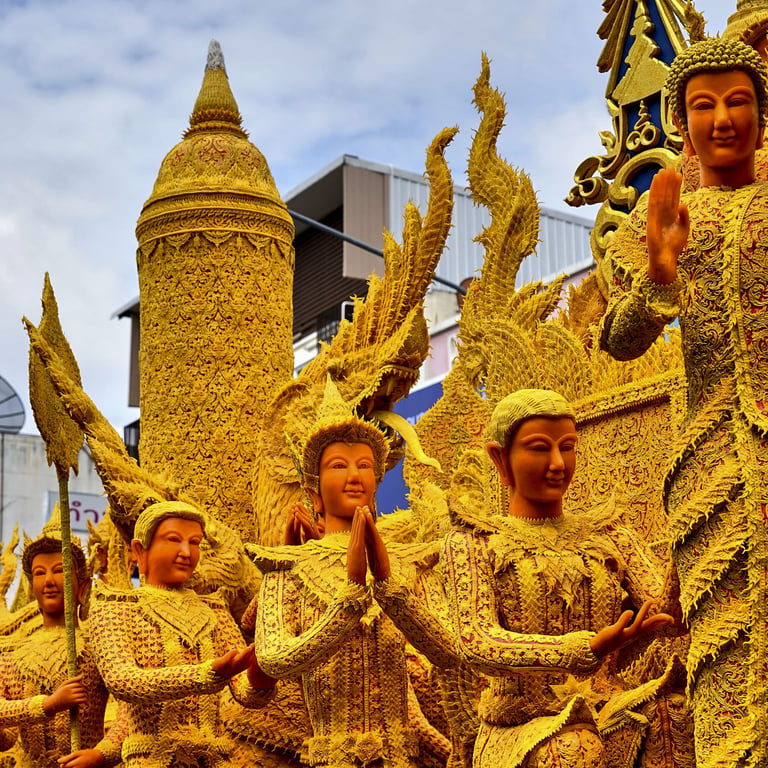
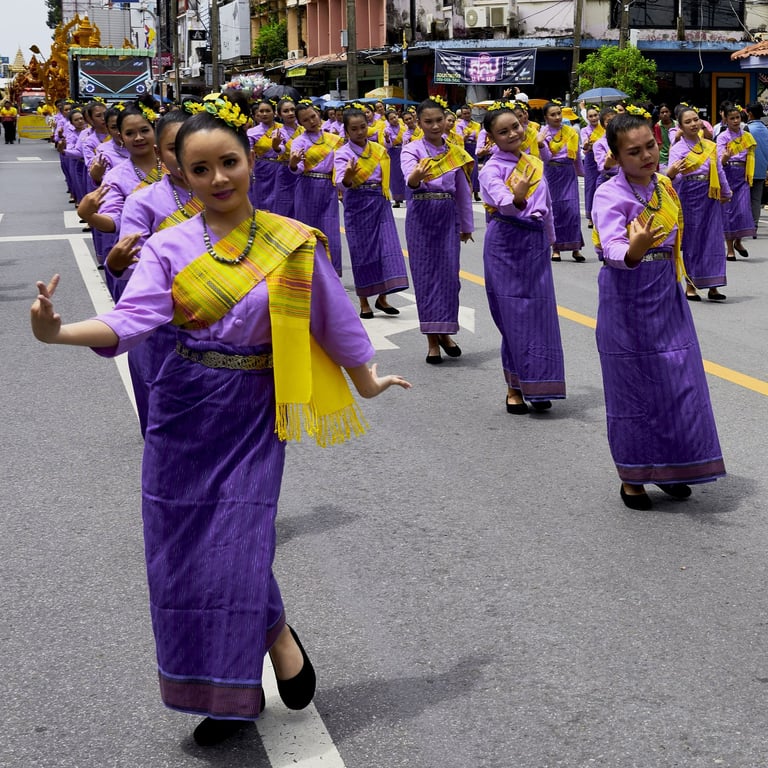
khao khitchakut, chanthaburi
The Buddha's Footprint
Khao Khitchakut is a holy mountain near Chanthaburi. Pilgrims make the trek to the top to see the Buddha’s footprint. It is a decent climb, taking about three hours there and back; the way is mostly laid out in steps, so you just need a bit of stamina to see you through. There are great views once up there, although I was rather non-plussed as to the actual location of the footprint itself. ‘Pity we missed it,’ I lamented when we got back, only to be told that I was sitting right next to it as I threw my coins and coloured beads into its gold frame on the ground like everyone else. I did wonder what that part was all about!
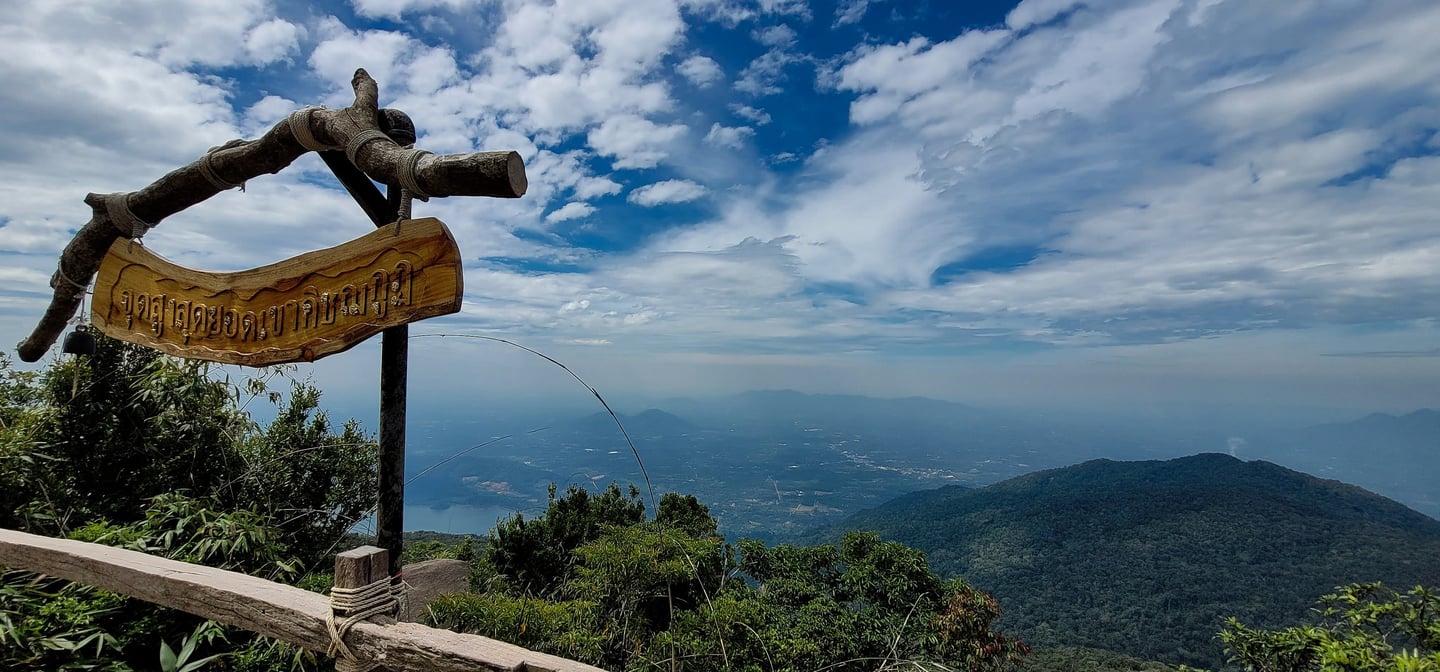

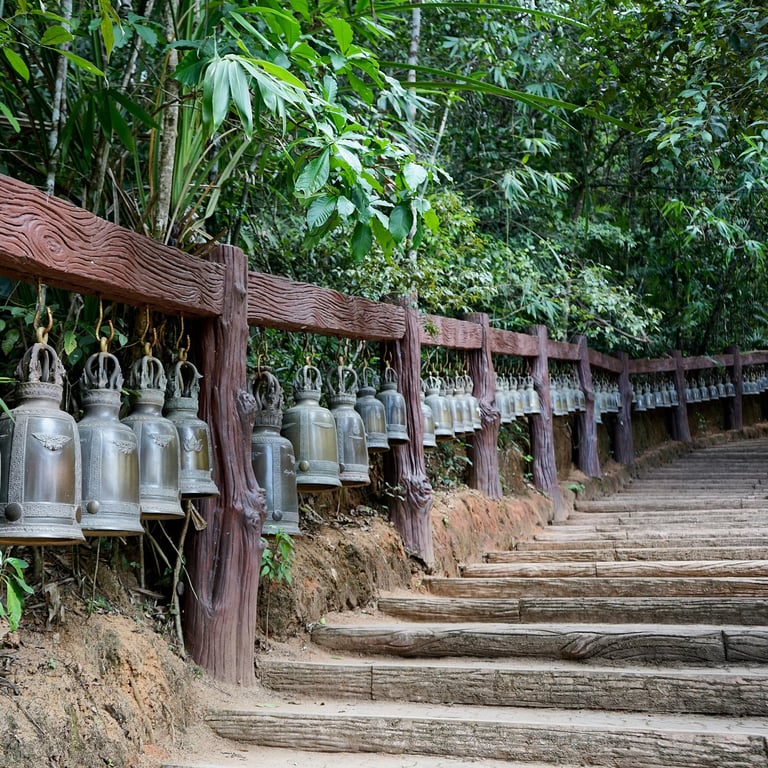
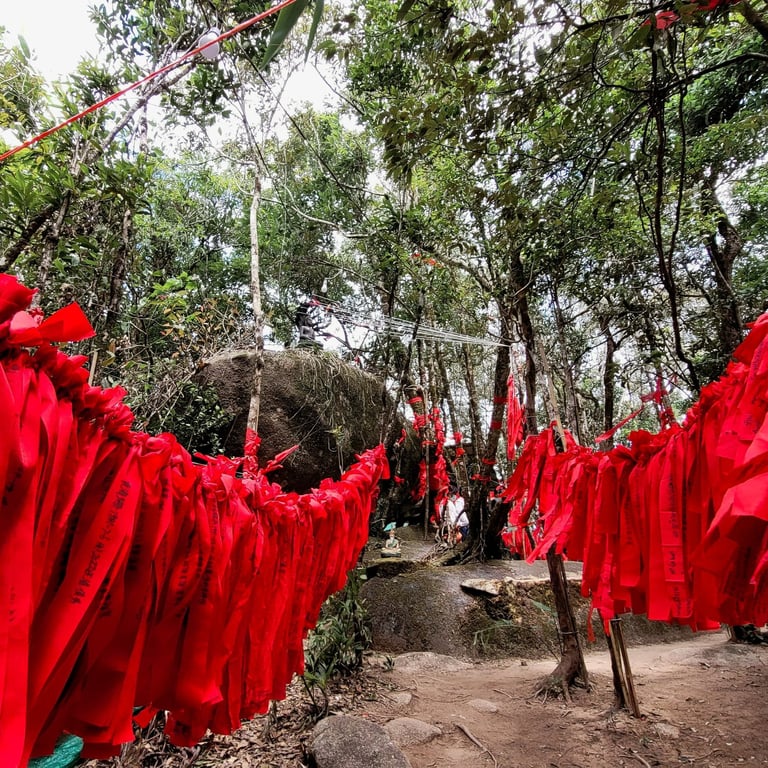
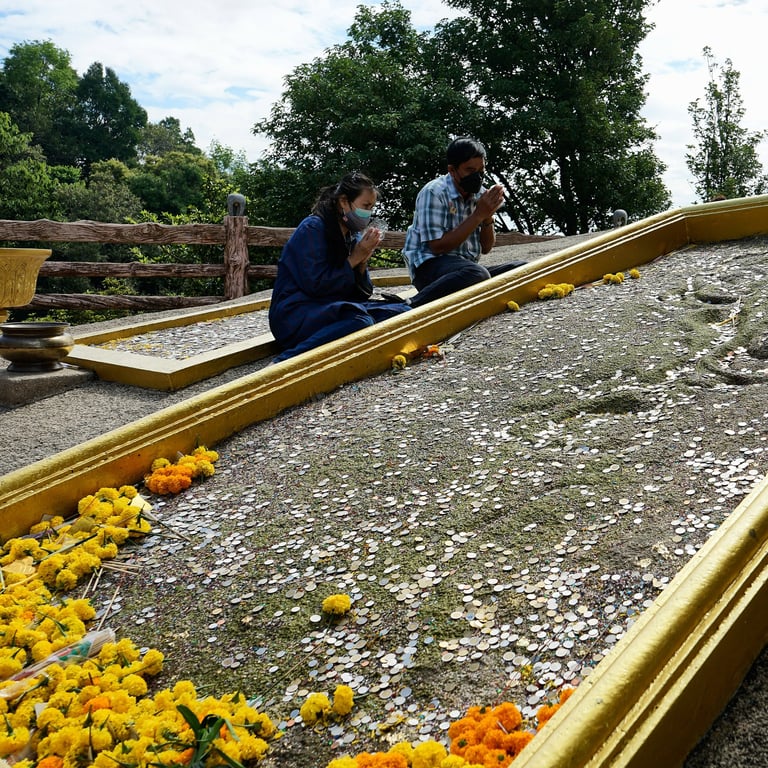
khlong ong ang, bangkok
Kayak-roll?
Khlong Ong Ang in Bangkok is a rejuvenated canal-side area near Chinatown. On the towpaths either side there are lines of stalls selling craft-type wares and clothes, along with sit-down restaurants. Live bands, buskers and street art all contribute to the lively vibe, as does the evening lighting. The part that puzzles me is that you can rent a canoe to glide up and down, but the water looks black and toxic, certainly not the place to practise your kayak-roll. Each to their own, I suppose!
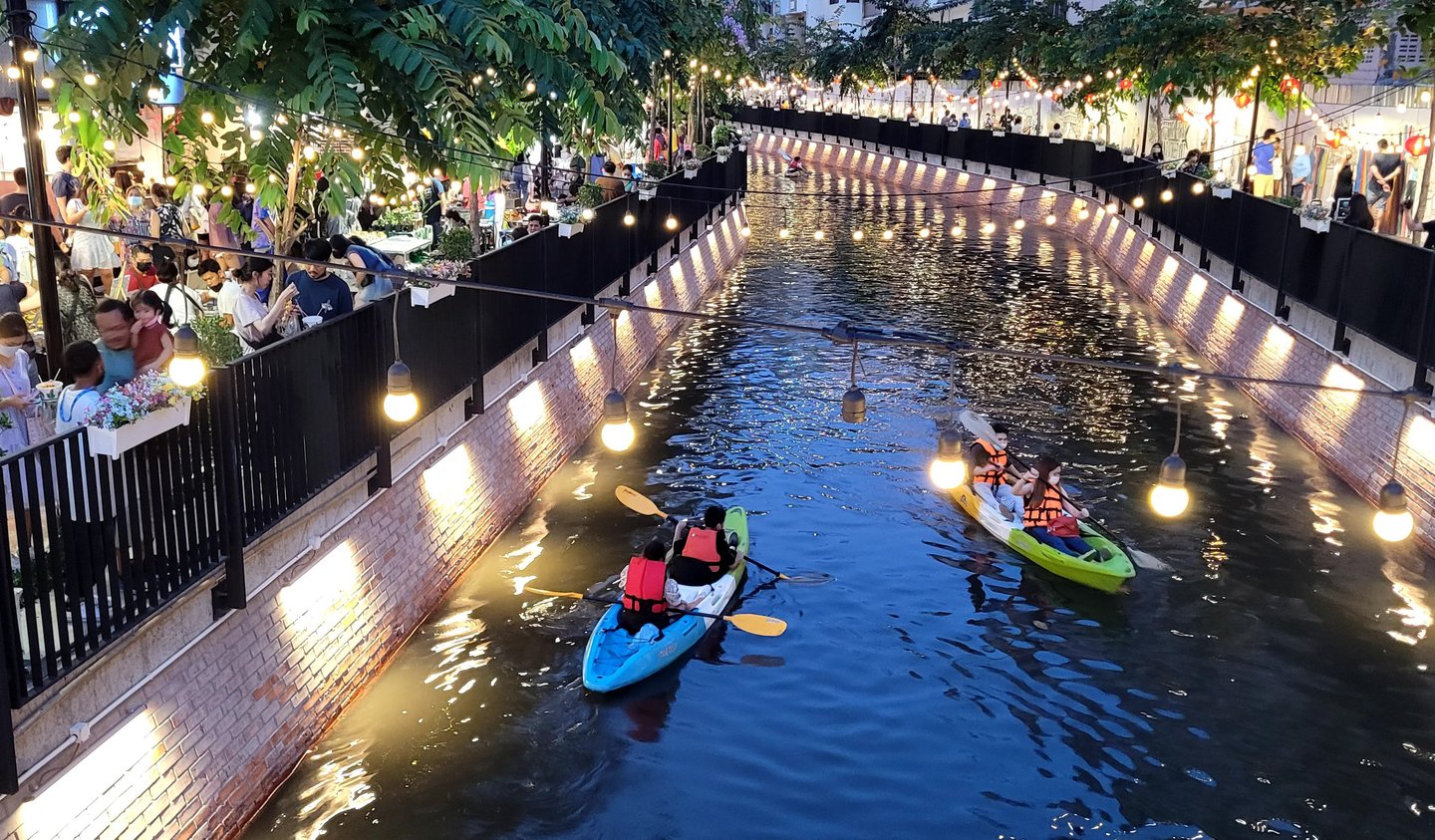

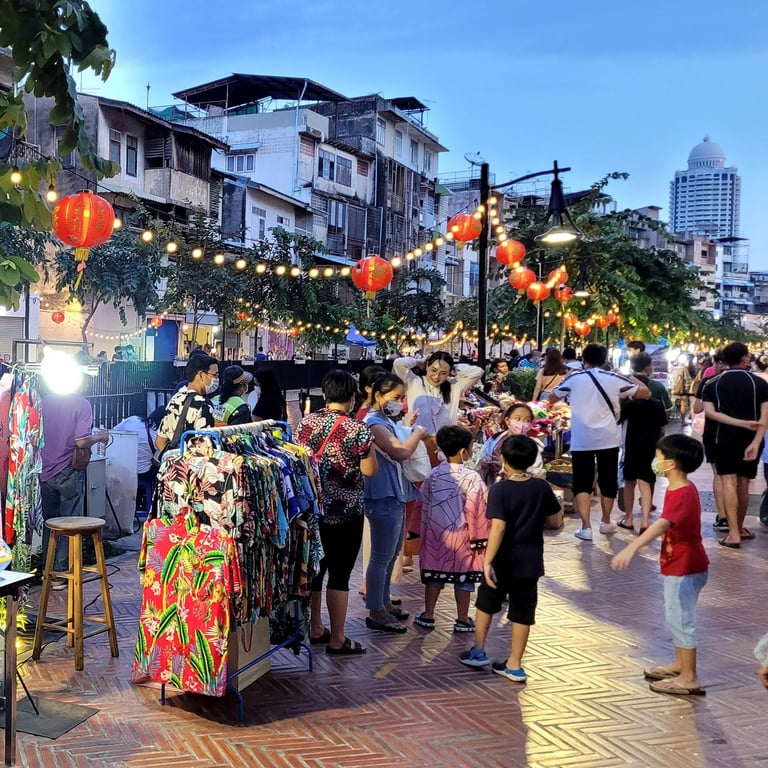
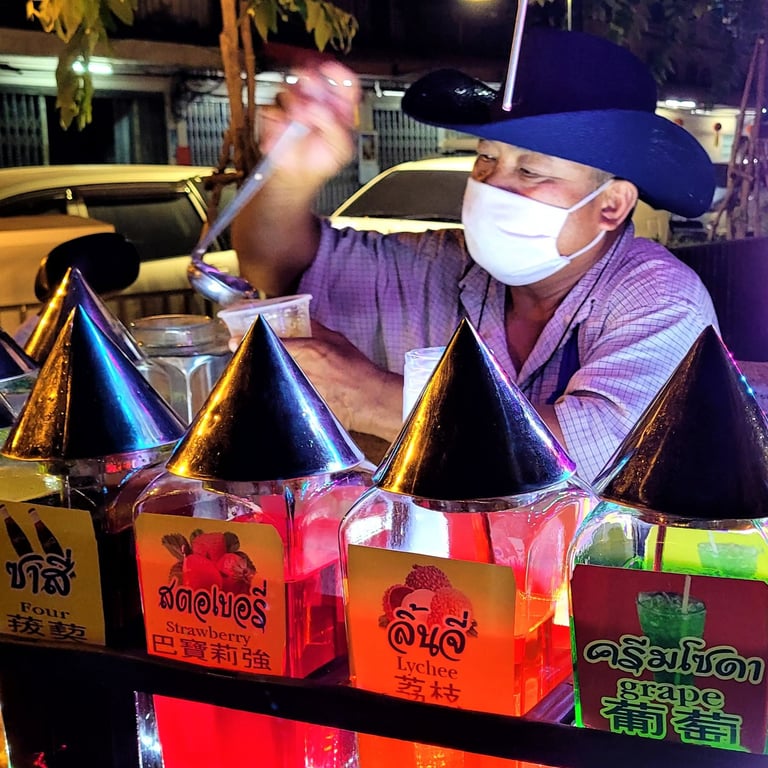
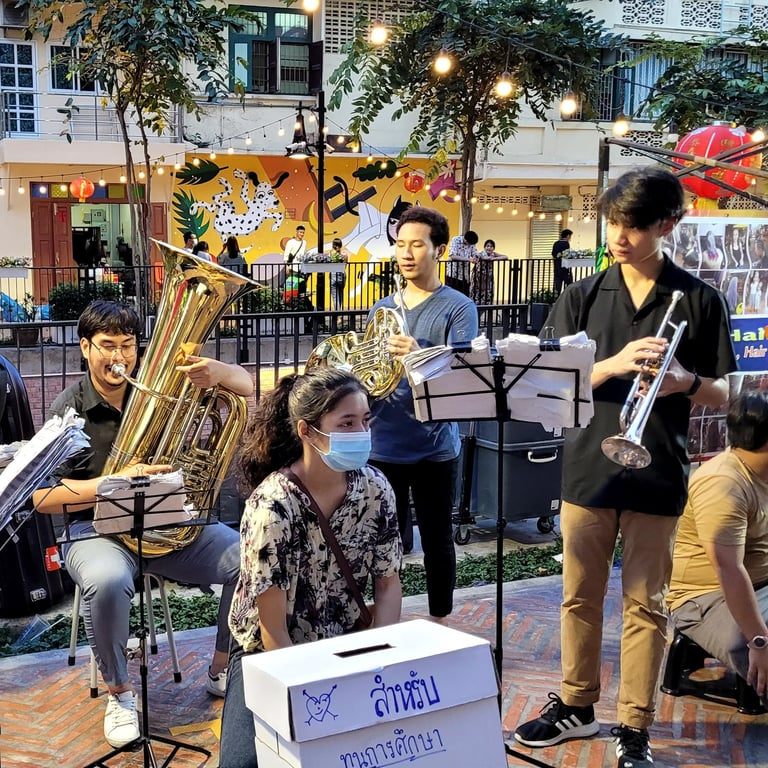
hin sam wan, bueng kan
Three Whale Rock
What used to be a sweaty hike for a few hours up and back, is now a straightforward dash in your own personal baht-bus. The new concrete road up through the trees means that any level of physical fitness will suffice. Once up there on Three Whale Rock, you do need to be steady on your feet if you don’t want to disappear into the void. Let’s face it, falling off the cliff is also now a cinch, especially while doing the 'back-a-bit, back-a-bit' for your selfie. The bits of yellow tape on the rock are a nod to safety but, to be fair, they are not much more than a hint of a nod. There is also the group lemming option as you are all busy looking up and waving for the drone photo. Great trip but keep checking that windsock!
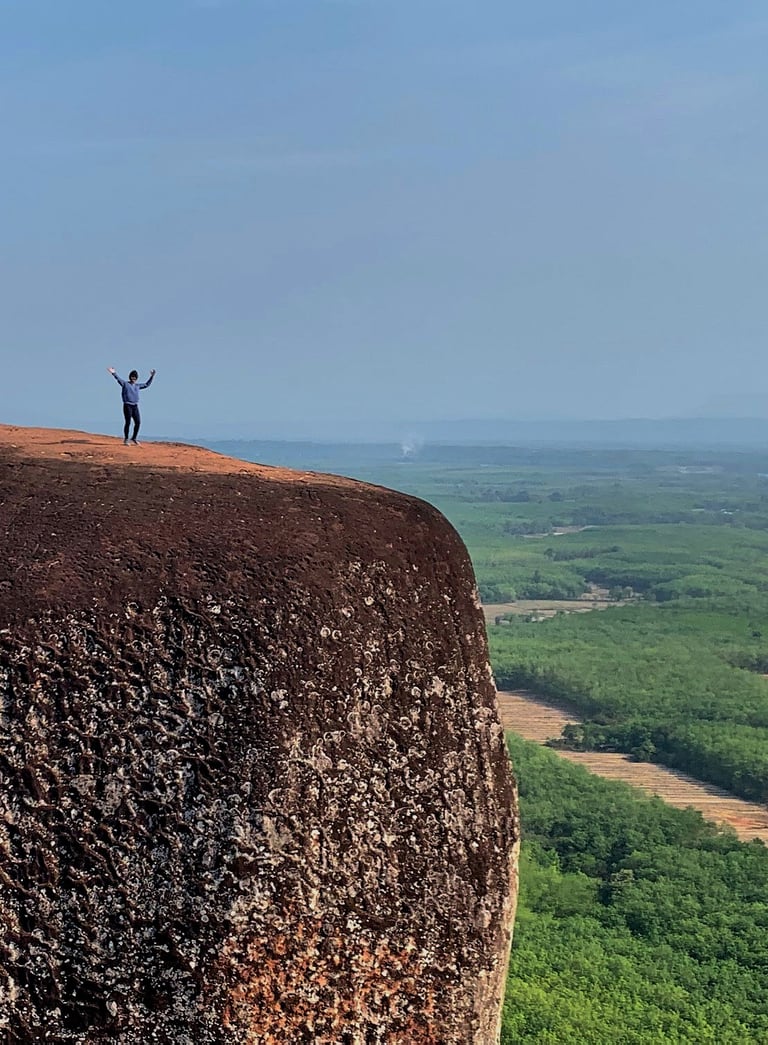

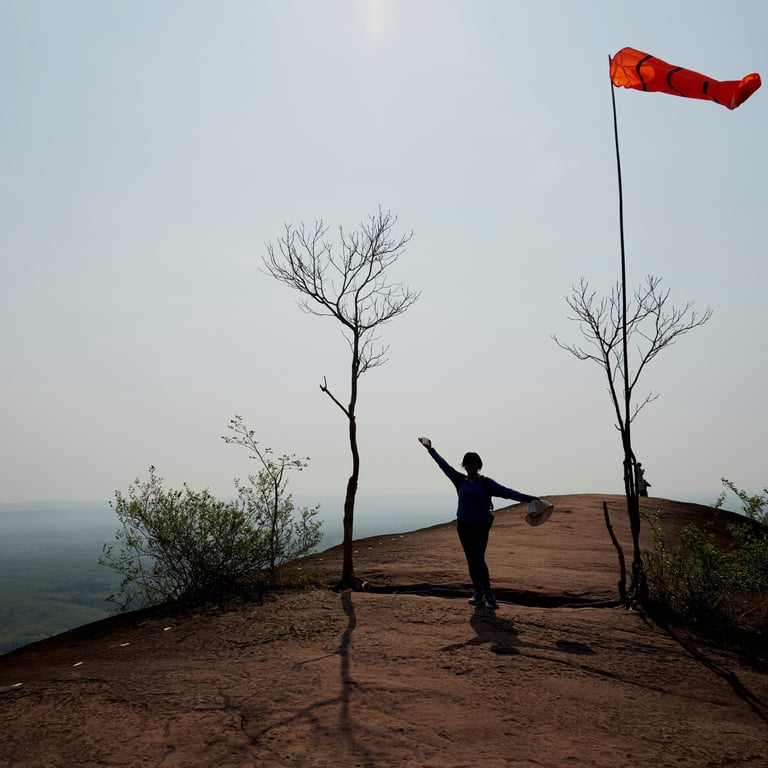
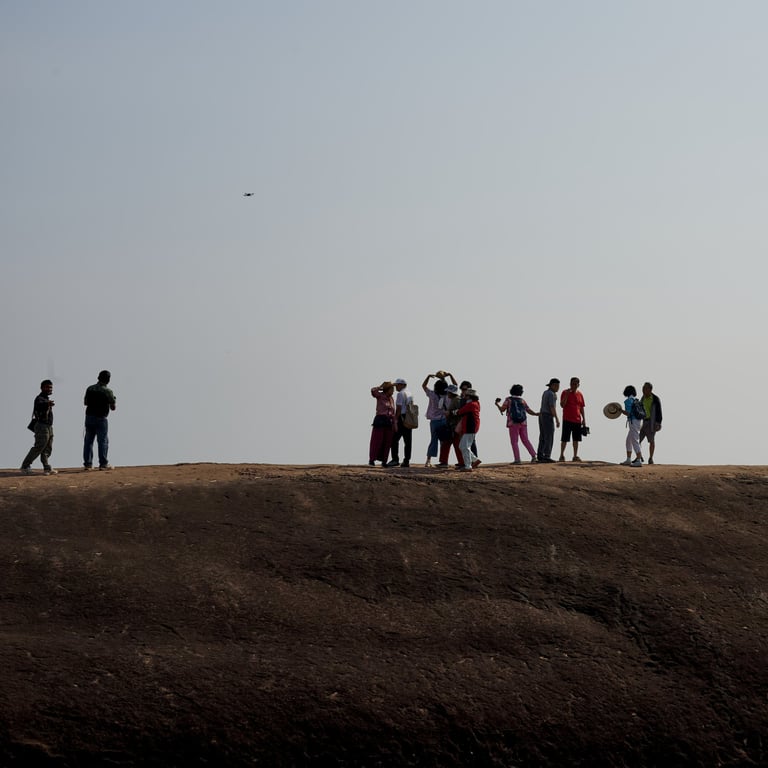
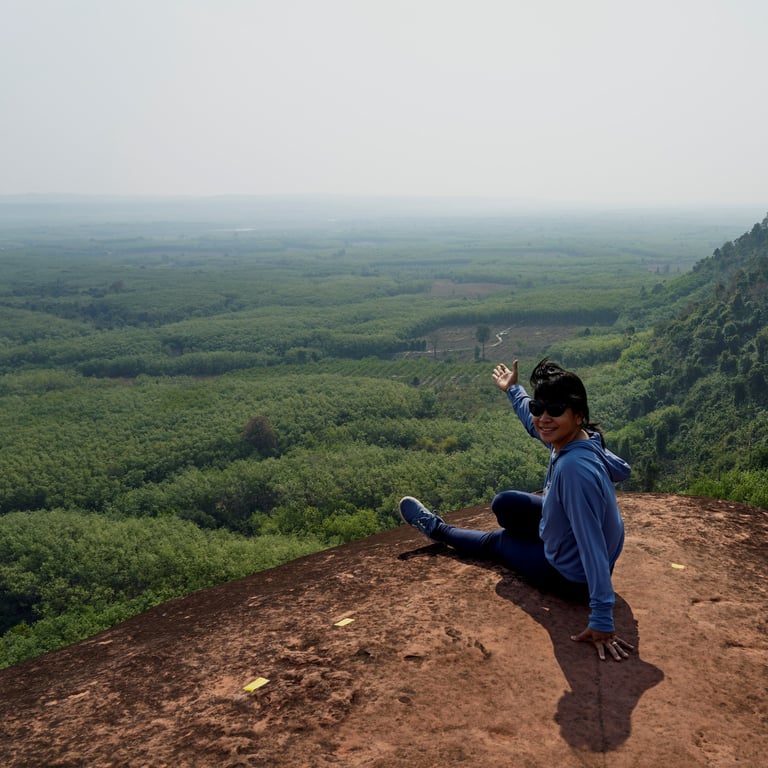
sukhothai historical park
Entry-level Cycling
The way you get around the park is by hiring a bicycle. There are hundreds of them stacked together right near the entrance. What might be a carefree couple of hours has to be balanced against an often aggressive sun, the word 'frazzled' springs to mind. Sometimes all you need is the right light, so rounding the corner with the sun slightly behind me, I was able to pull hard on my rusty brakes and screech to a halt. This is the shot! Actually, it is one of several that I could have used.
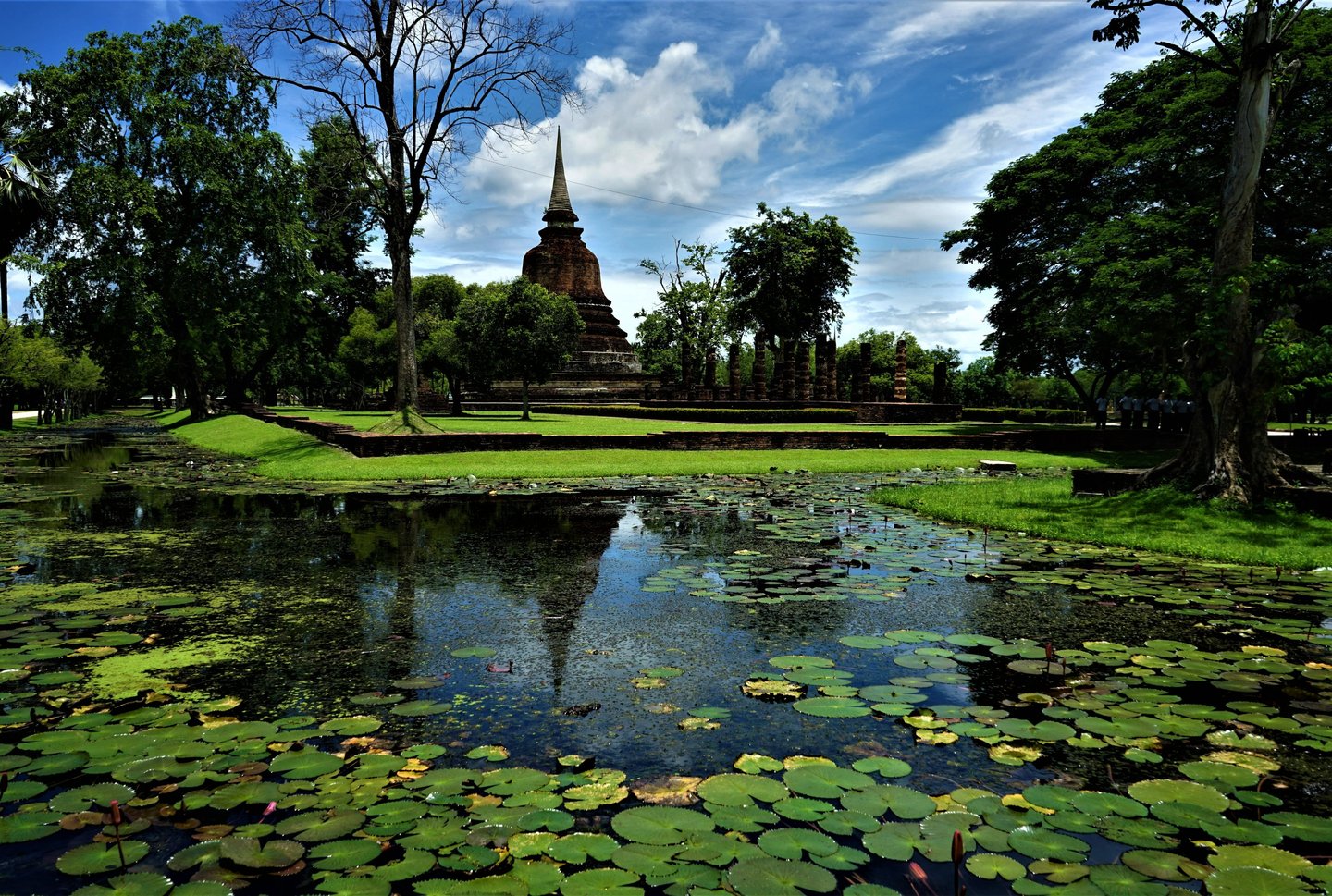

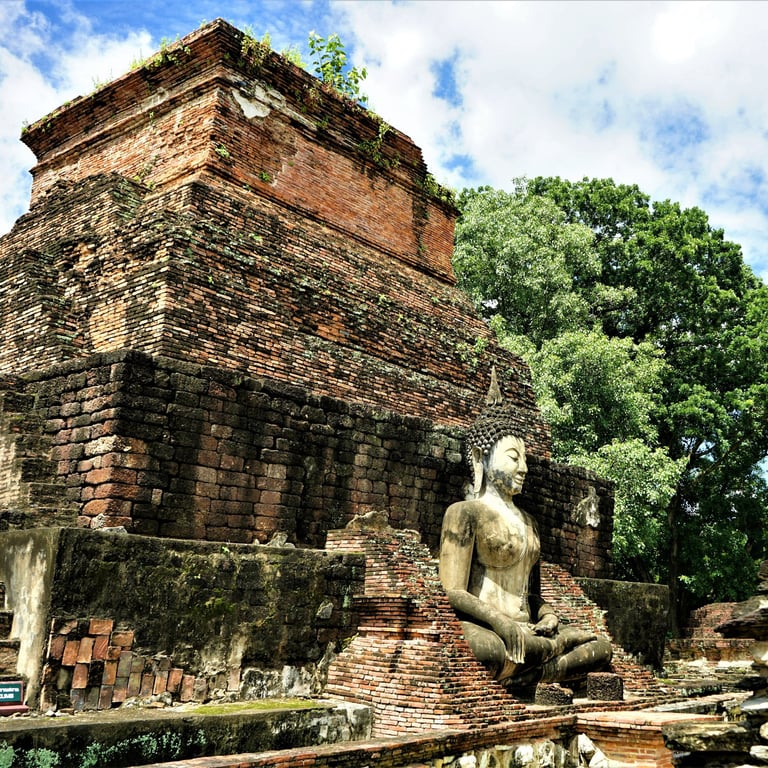
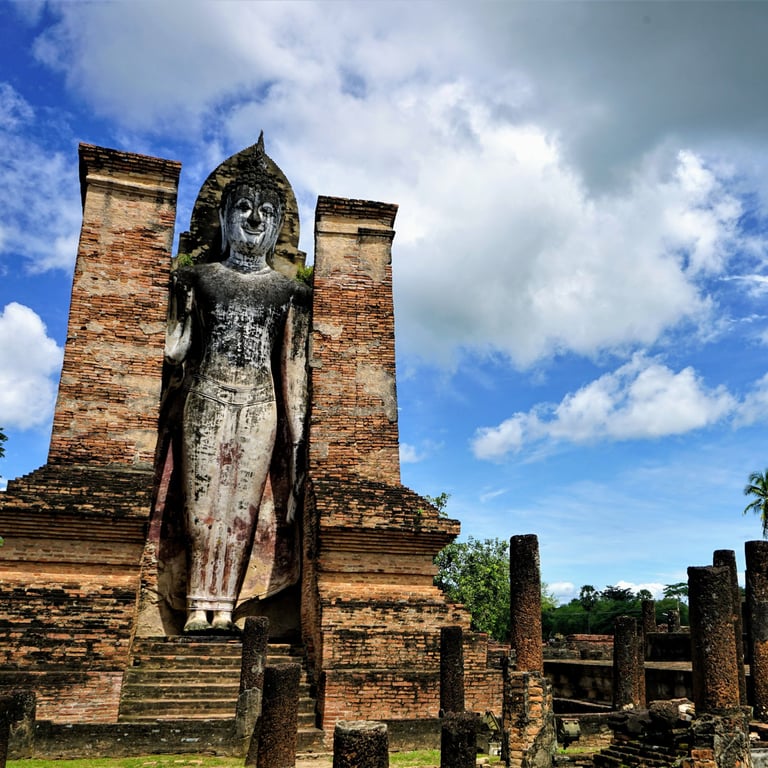
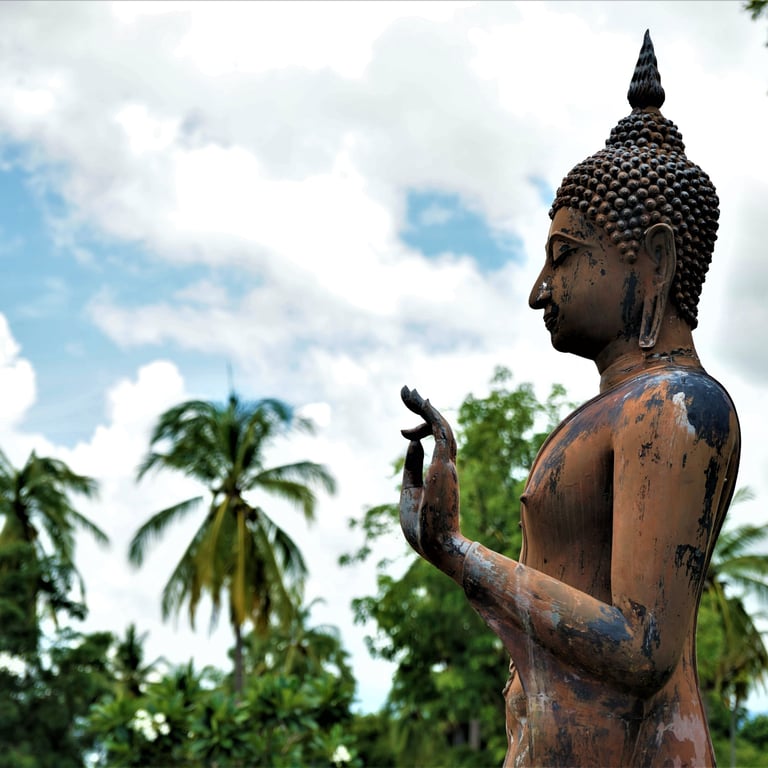
glass Walkways
Gliding above the Mekong
Glass walkways seem to be a thing these days. There is a good glass walkway 20 kms west of Chiang Khan in Loei Province. You put on your curtain material overshoes and glide along on the glass as you make your way round. It isn’t the highest example in the world, but it is high enough for some kind of queasy rating. It also offers a great view looking over the Mekong River, resplendent in a bluey-green on this occasion (the month of December), but often brown.
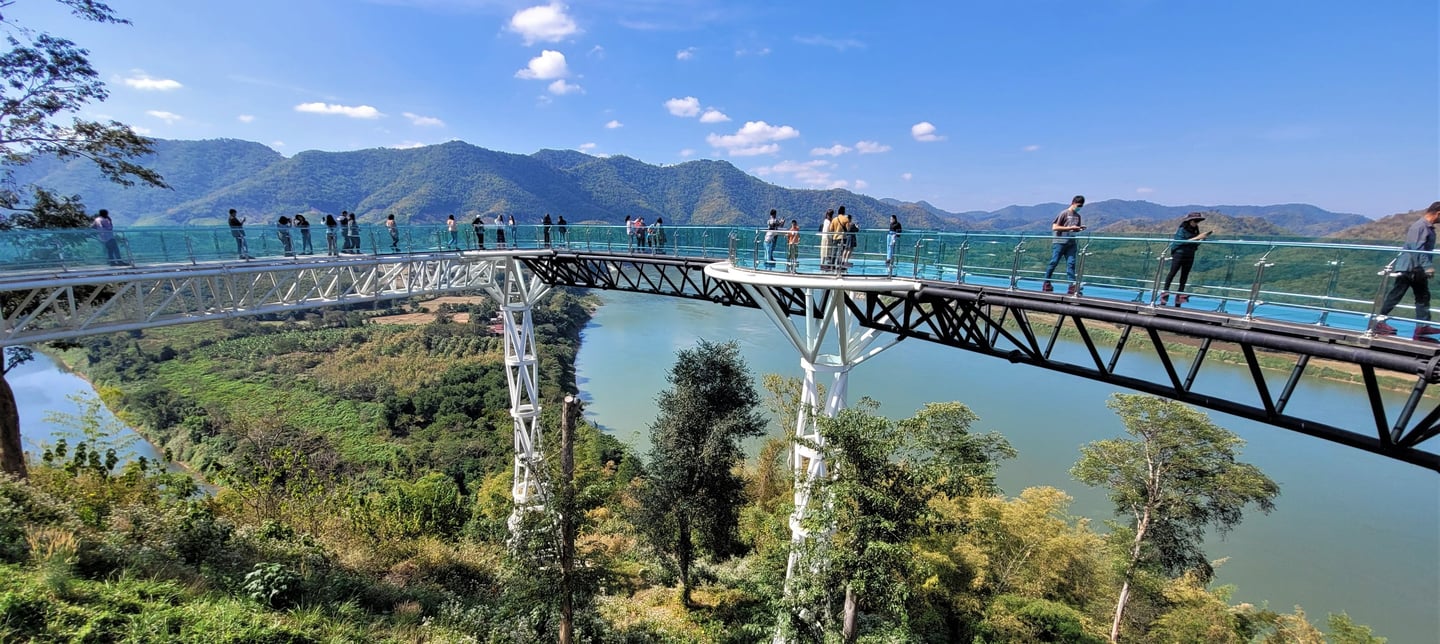

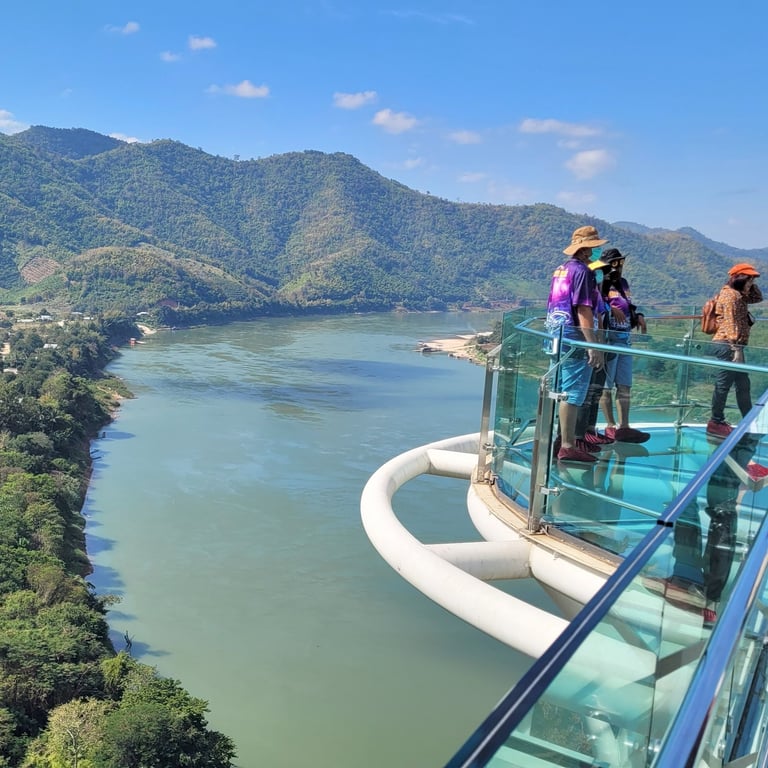
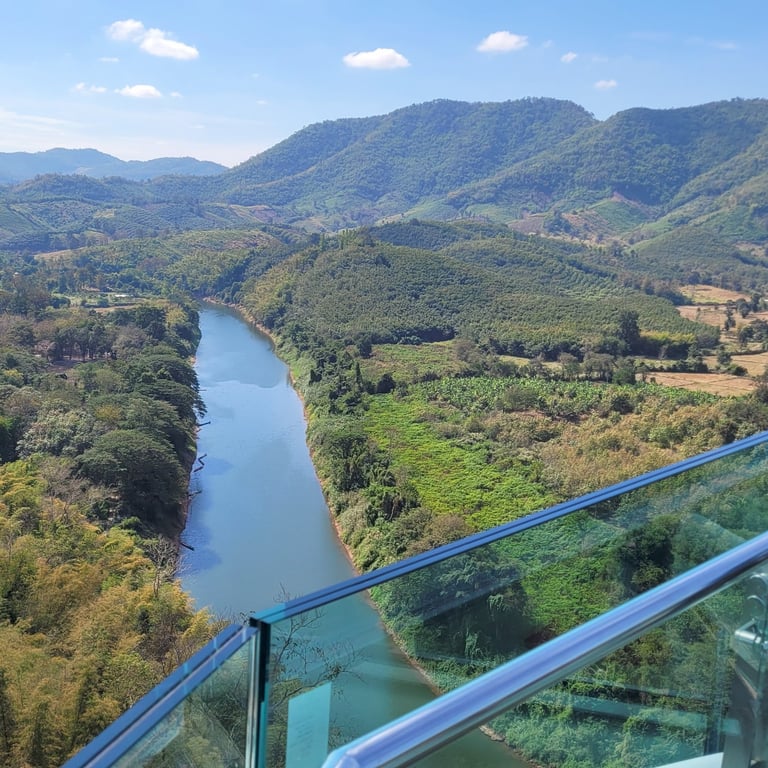
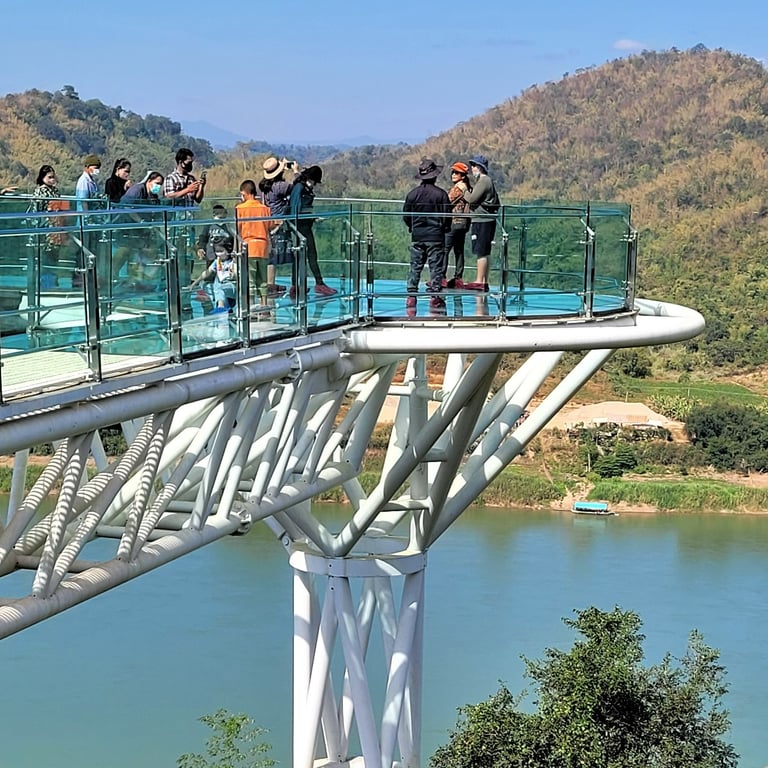
ho chi minh house, nakhon phanom
Exactly as it was
Ho Chi Minh’s house during his 1928-29 exile year in Thailand is just outside Nakhon Phanom near the border with Laos. The house is maintained by the original Thai family who welcome visitors – often busloads of Vietnamese. The great-great-granddaughter (I think) was very happy to talk us through the history of the house, luckily having Thai translation to hand. She wasn’t impressed with my Vietnamese though, or was it hers that was the issue? Nobody knows for sure what Ho was up to that year, but I could imagine many dead-of-night meetings with runners crossing from Vietnam via Laos.
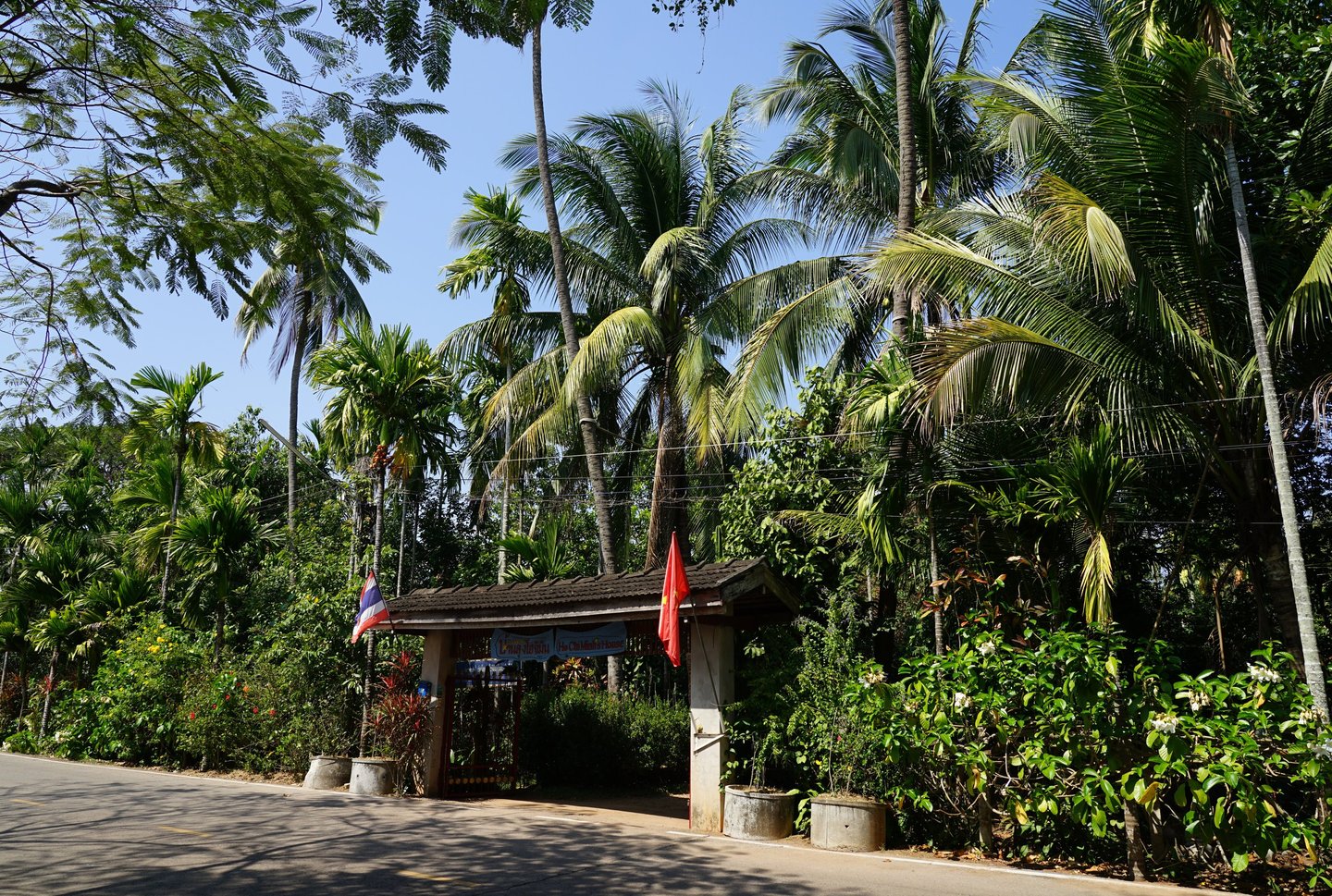

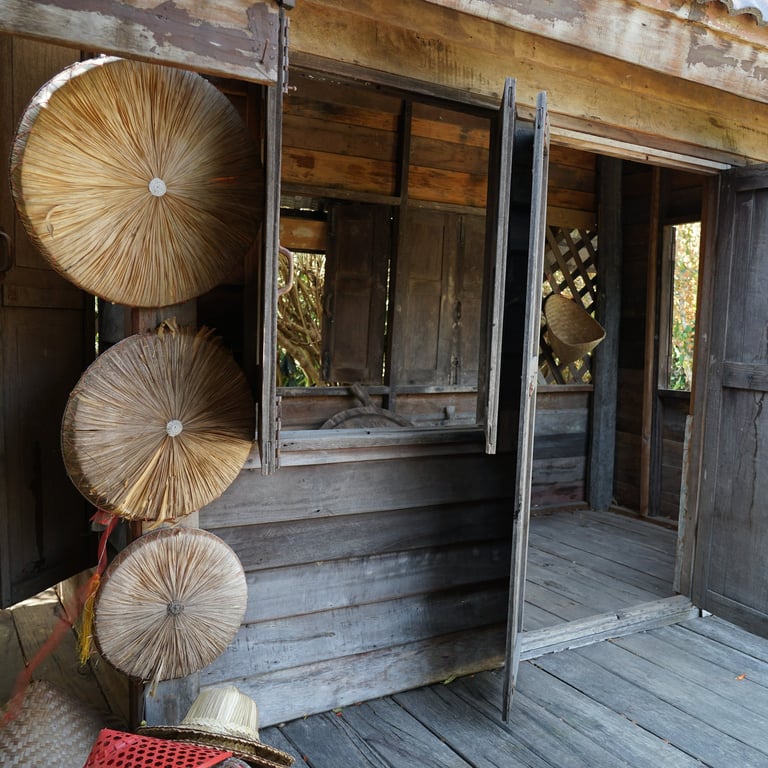
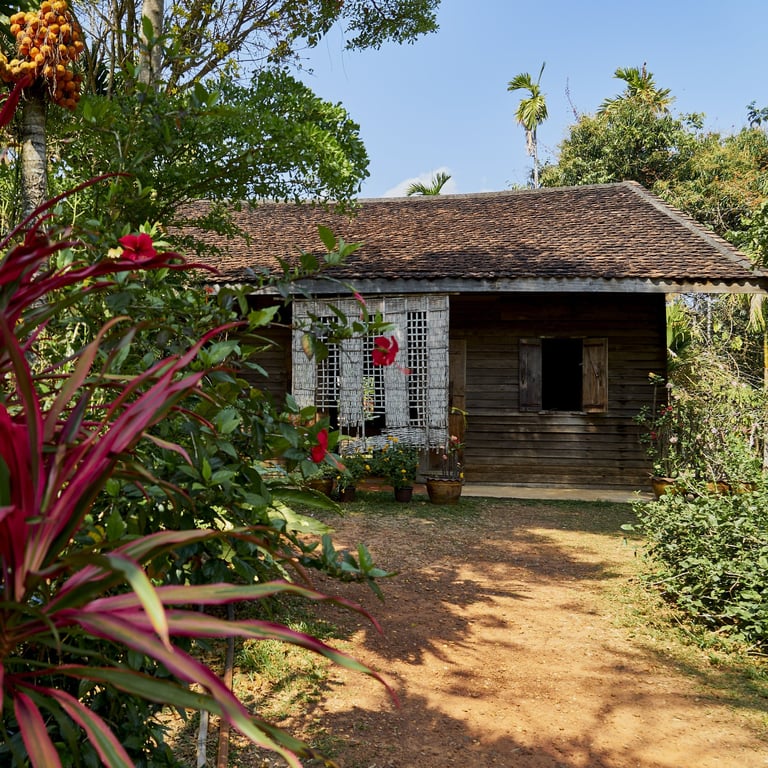
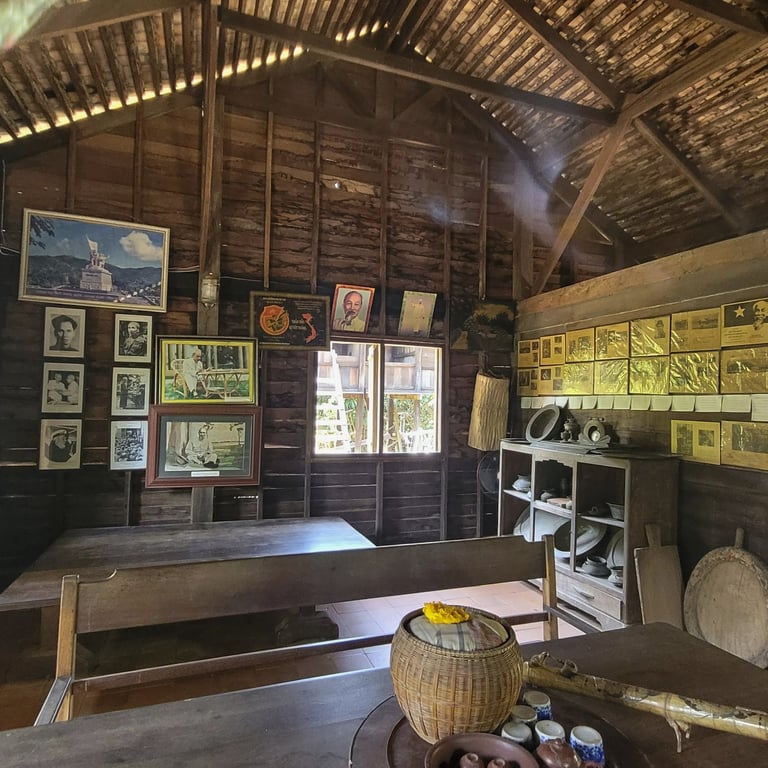
mon bridge, sangkhla buri
Built to Last
The longest wooden bridge in Thailand is called the Mon Bridge, the Mon being the Burmese community that inhabits the Thai villages adjacent to the border. As you walk along you pass the usual attempts at selling handicrafts; not too pushy, and all done with a smile. Having declined a photo of, or with, this little gang, I proceed to follow as they made their way home. Having my camera was round my neck, I was perfectly placed to capture this impish moment. The universal 'V'!
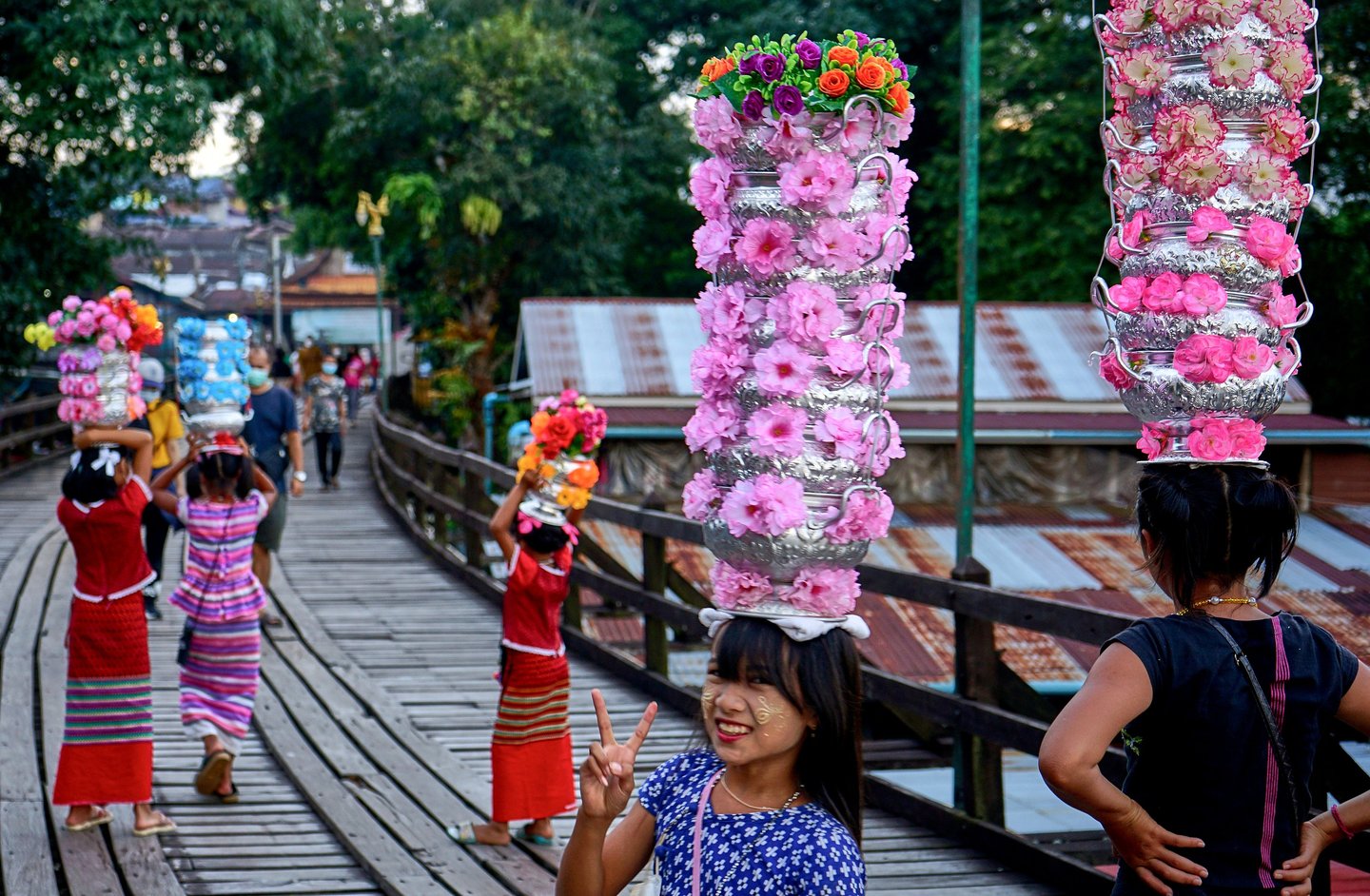

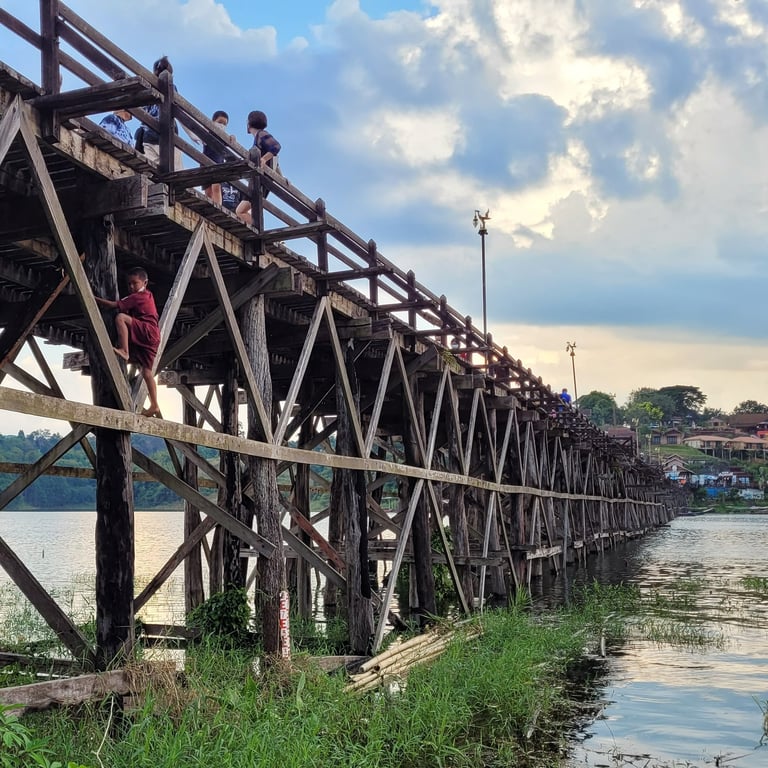
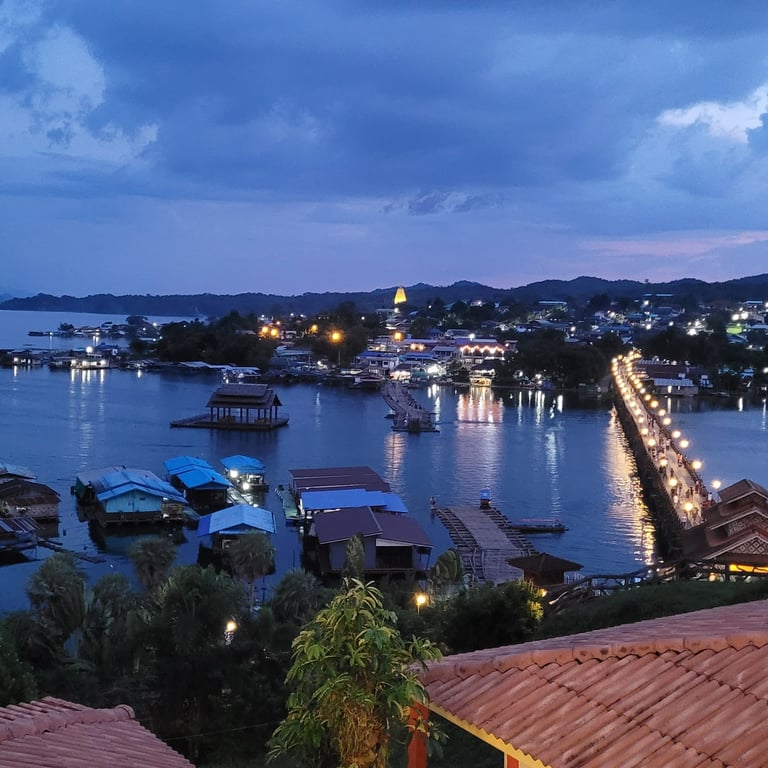
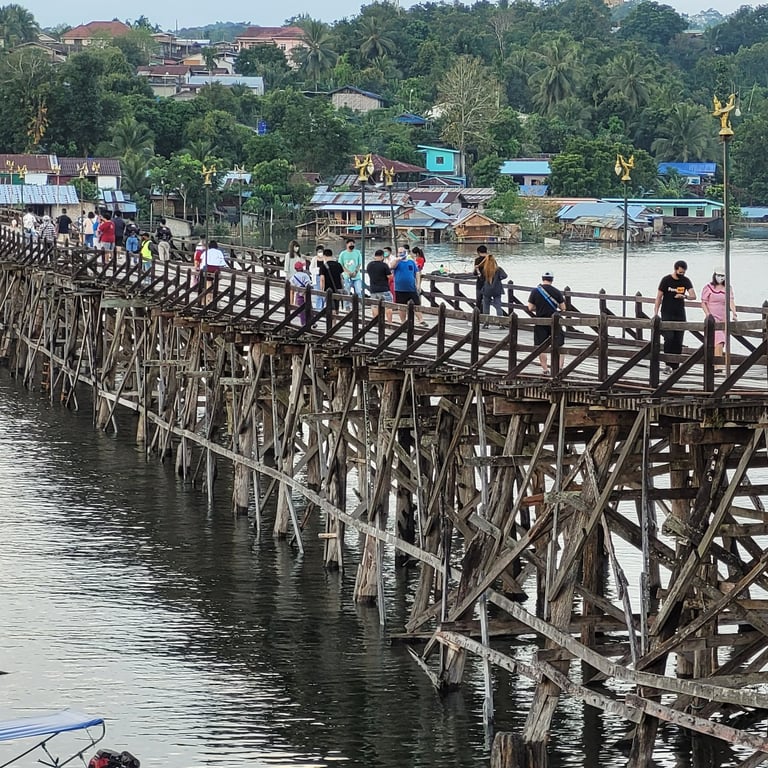
TALAT ROD FAI, bangkok
Top night market
Generally, I don’t go for pre-prepared market food. It is usually deep-fried or full of sugar and MSG, or the meat cuts are mainly fat. I just find it unappetising. What you are used to I guess – I will also never get used to a bag of insects or grubs! Sometimes though, the quality is clearly up a notch or two, like with these kebabs at the Train Night Market (Talat Rod Fai) at Srinagarindra, Bangkok. I assume that this is because it is not just a local market; folks come from far and wide to one of Bangkok's famous, train markets, so the ingredients seem to be a better cut. A few of these will keep your spirits up if you are wilting after traipsing round the stalls.
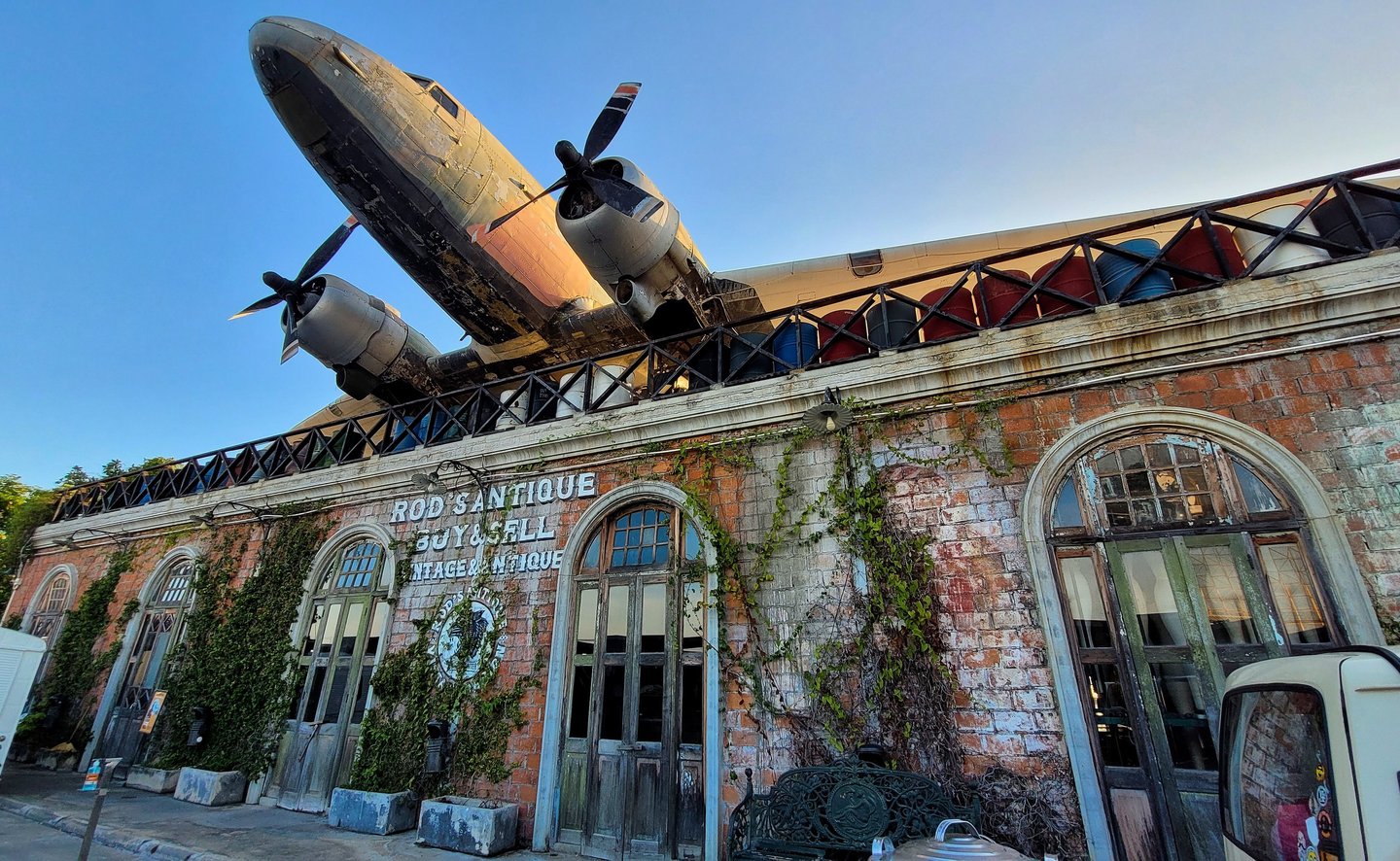

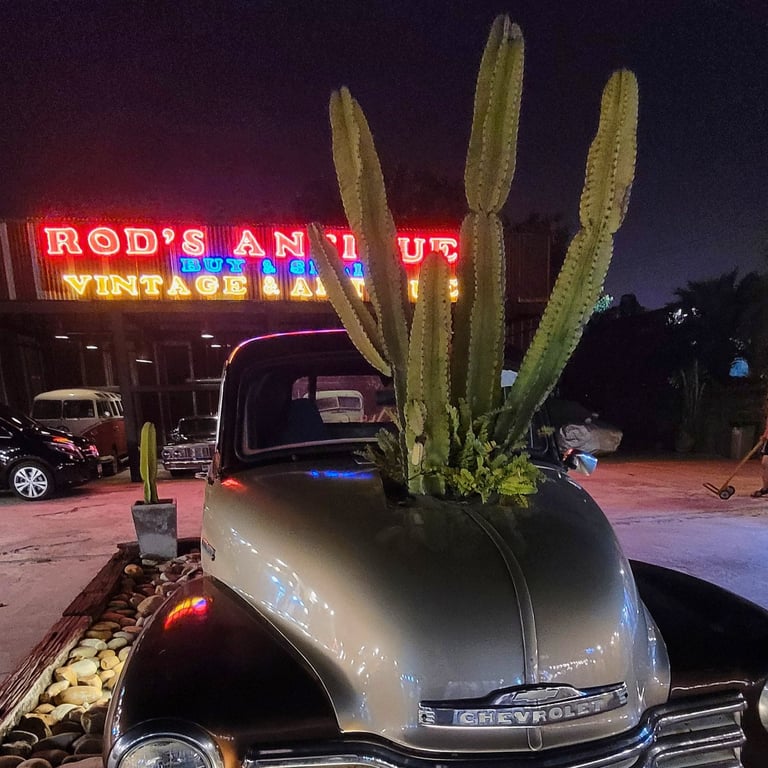
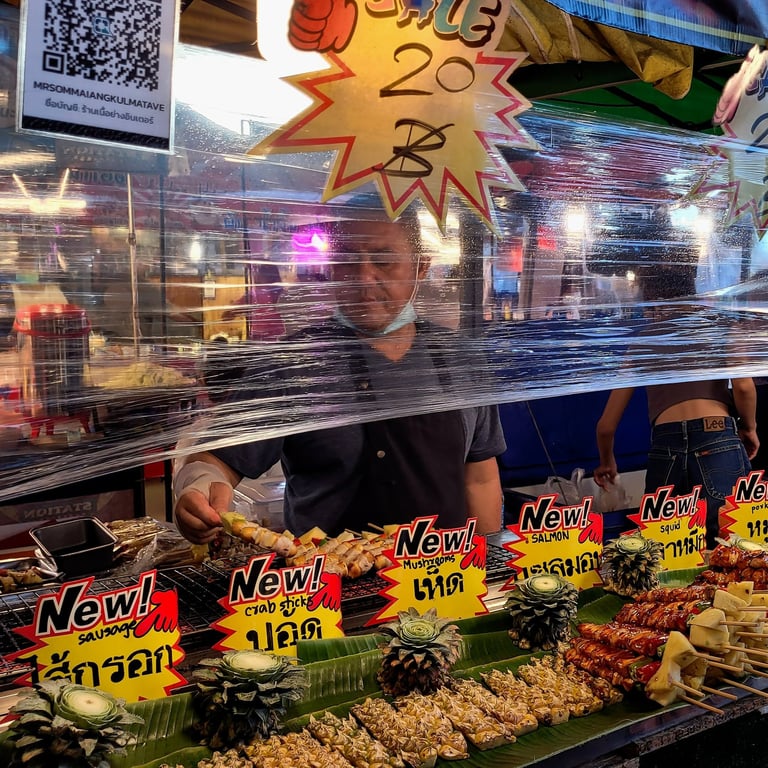
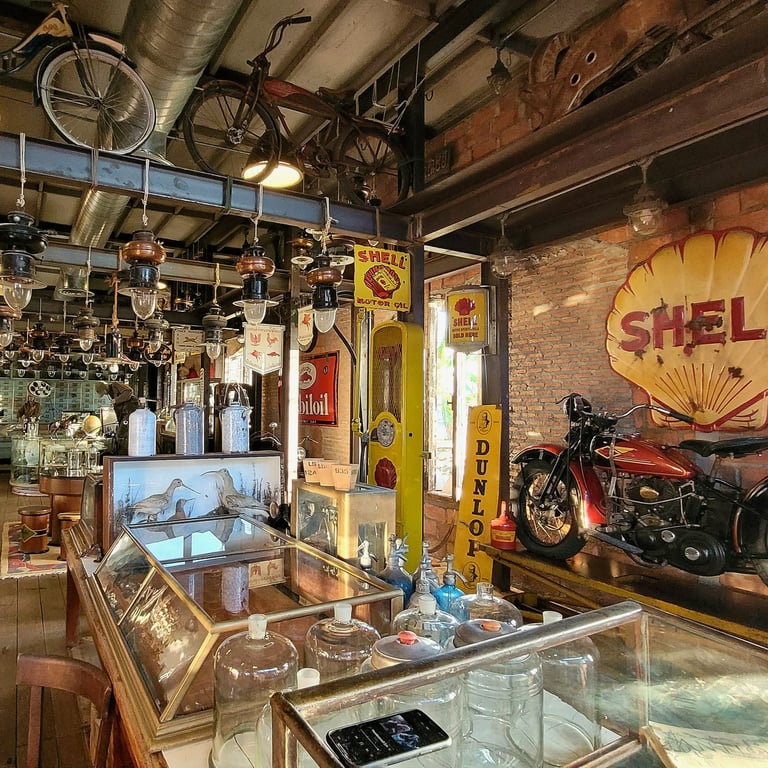
mAHA nakhon BUILDING, BANGKOK
Nice view
The Jenga-esque Maha Nakhon Building has a glass tray on the 78th Floor. At 314 metres it is the highest observation deck in Thailand. You can look 360 degrees all round or you can look straight down to pick out a train approaching Chong Nonsi BTS station. Before taking up the latter option make sure your knees are up to it, plenty of people are on the cusp of fainting just by looking over the parapet! The glass tray is advertised as a ‘premium attraction’ and priced accordingly!
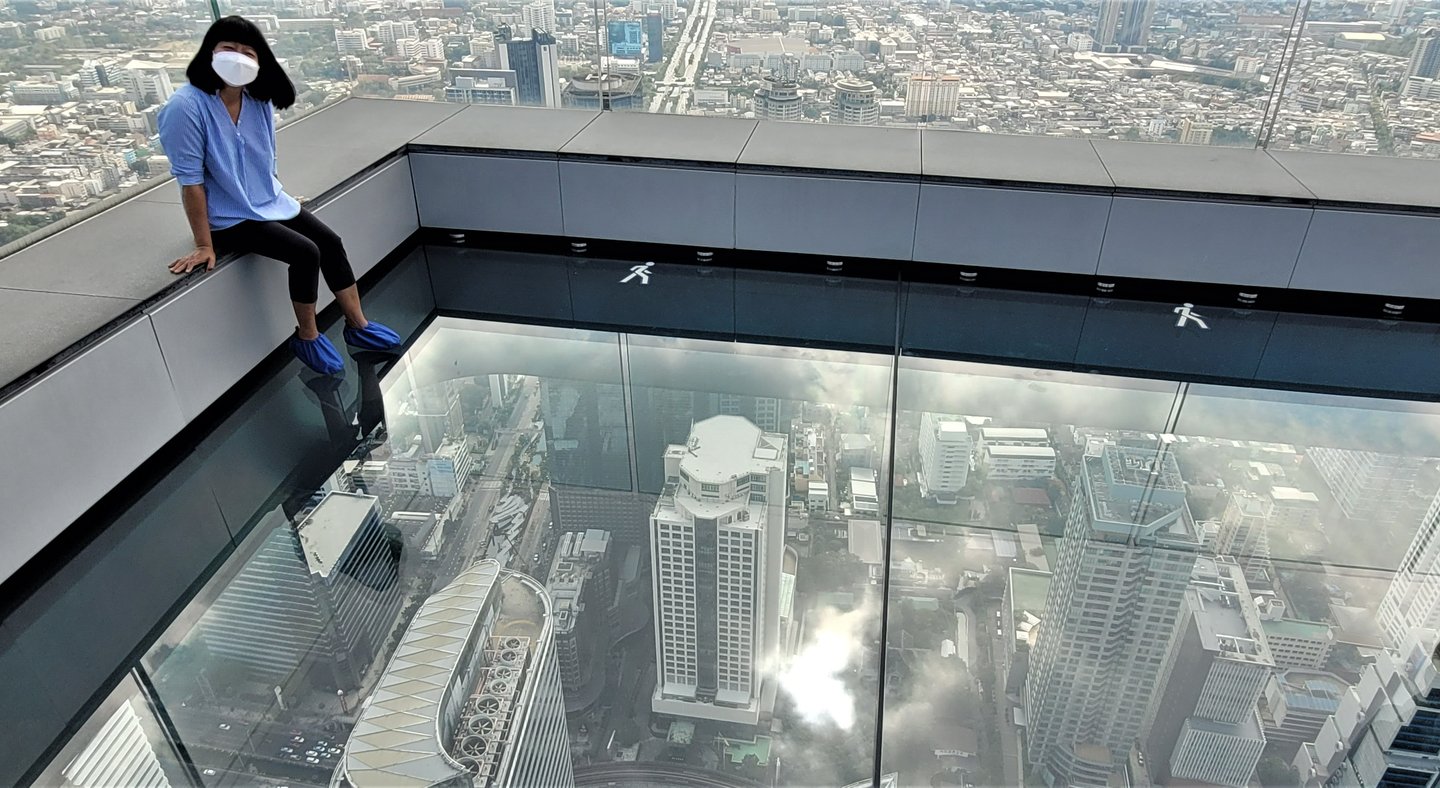

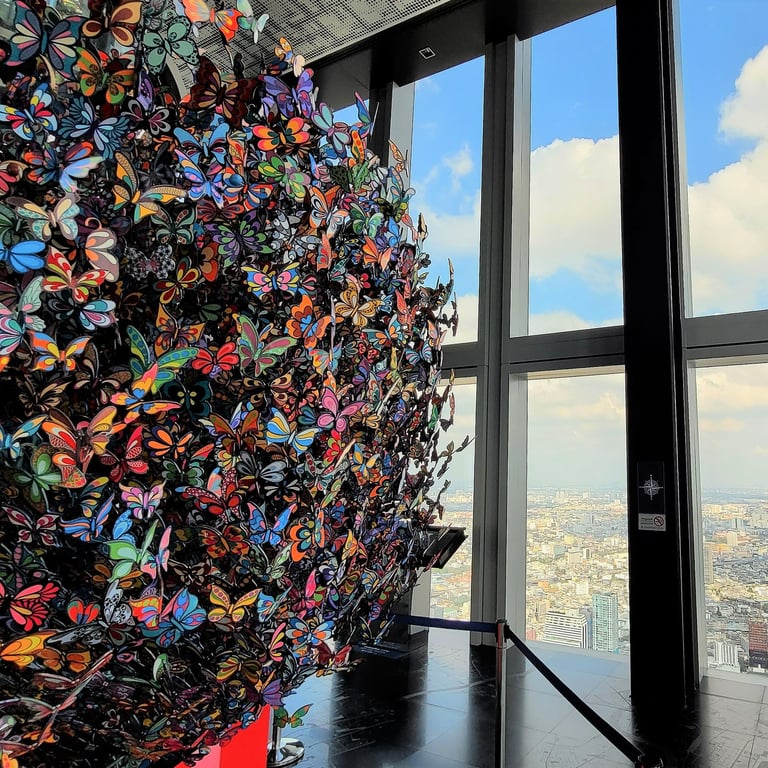
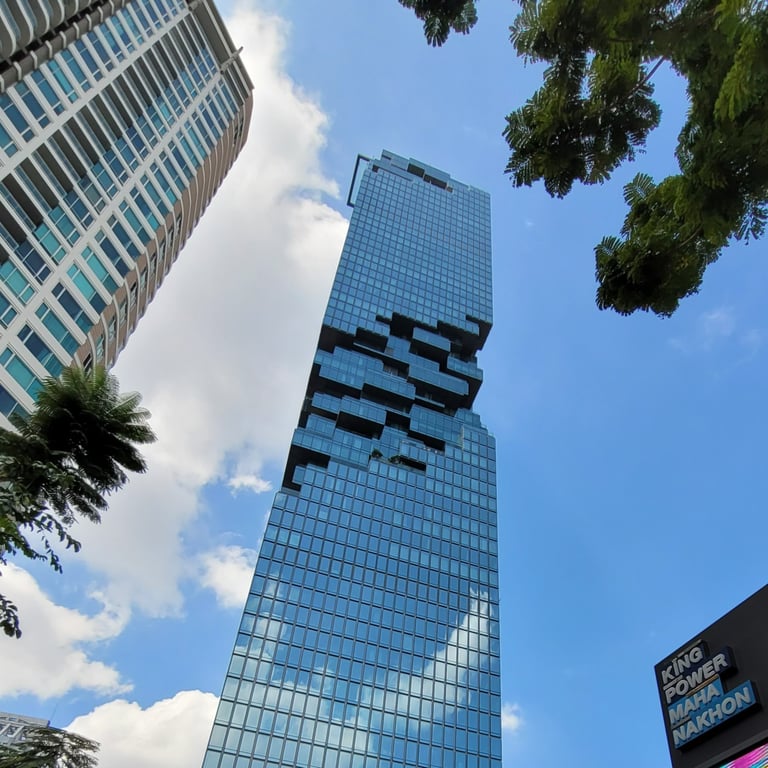
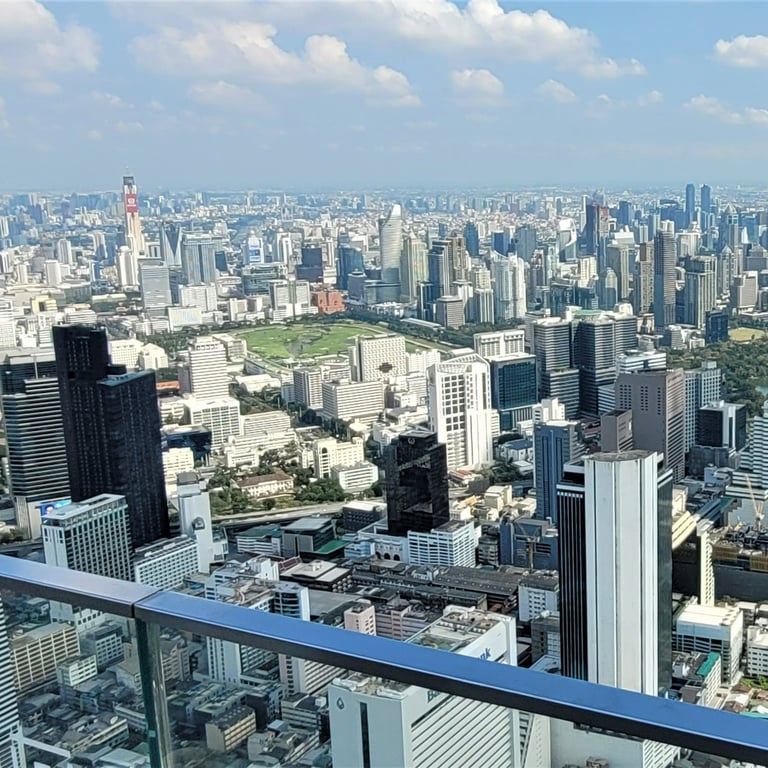
khao kho, loei province
Insta-ready
Khao Kho is an upland area in Loei Province designated as a national park. The local climate makes it a perfect destination for escaping the heat and also for market gardening and horticulture. Entrepreneurs quickly realised that fields of flowers would be a perfect backdrop for those selfies on Instagram. Twenty-baht gains entrance to the fields and IG glory for weeks to come. Just count the crowds all day on a weekend – that’s a lot of green notes in the tin at the gate.
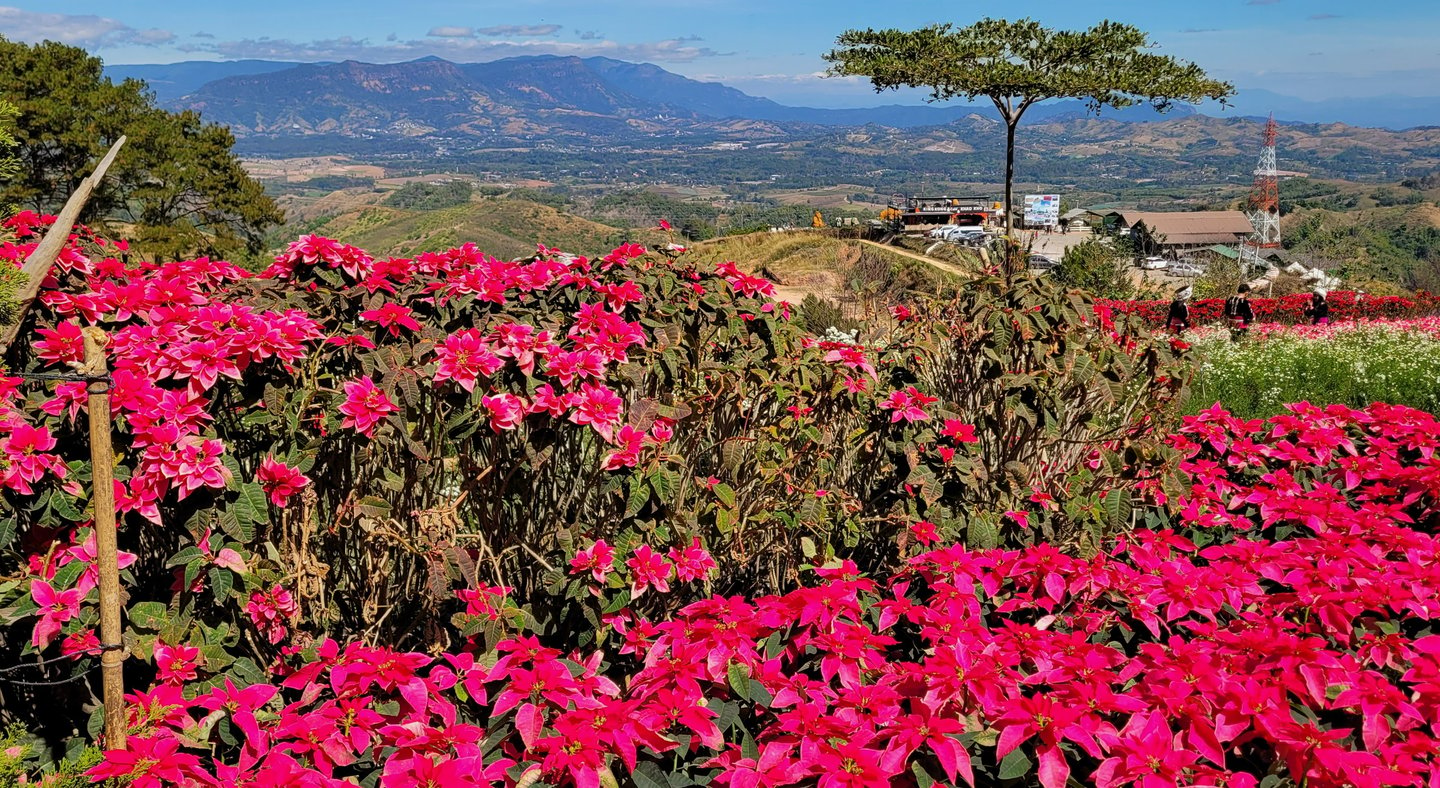

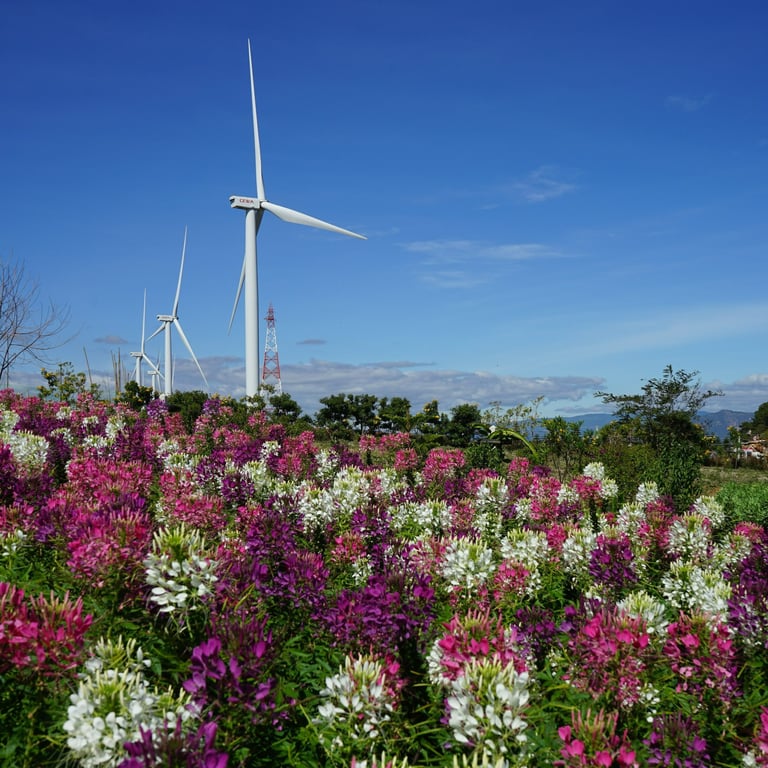
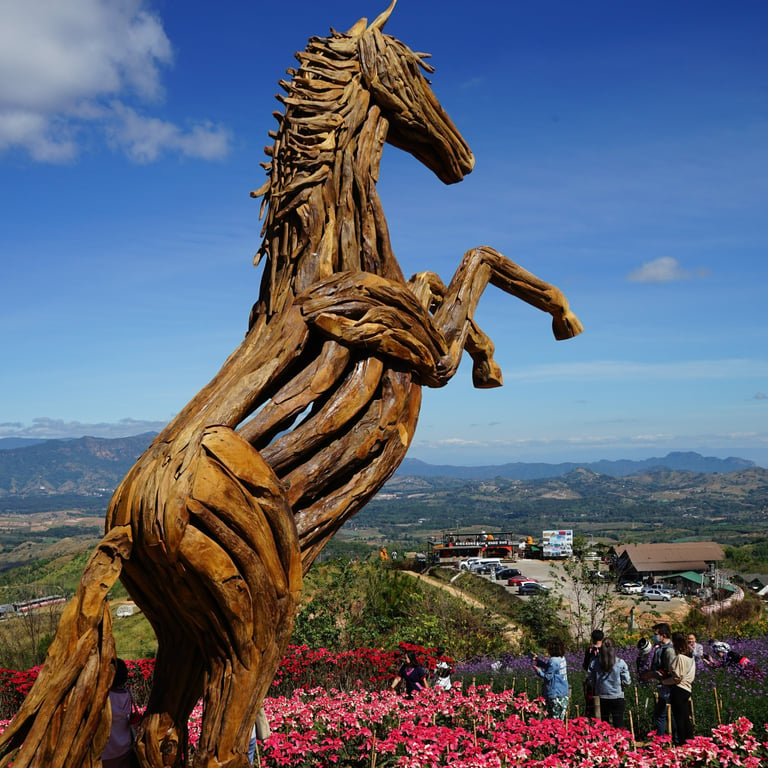
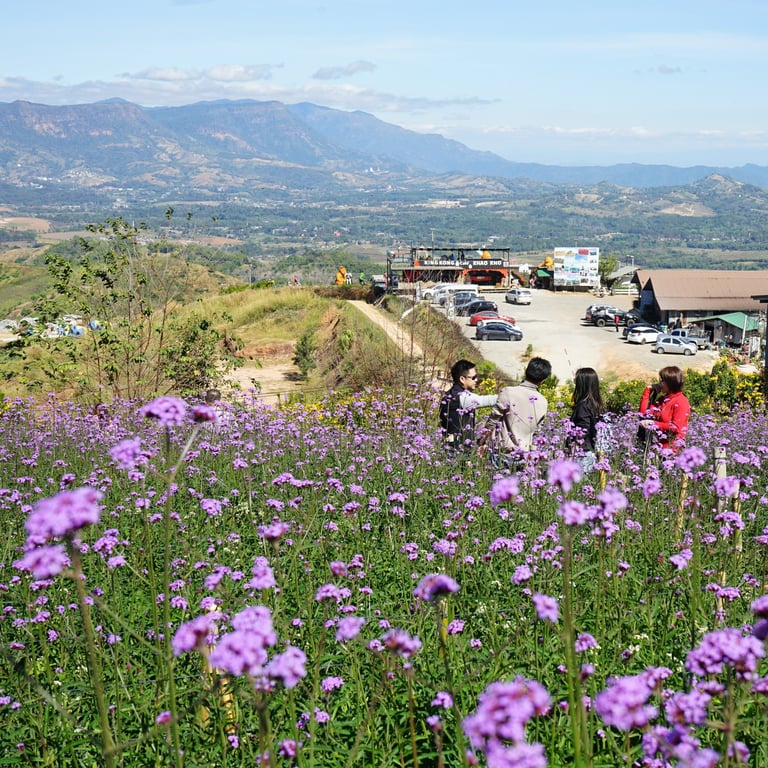
sanctuary of truth, pattaya
Chip, chip, chip...
Work began on the Sanctuary of Truth in 1981 and is still going on – chip, chip, chip… When you wander round you can’t help but be agog at the intricacy on display in any direction that you look, especially upwards. It is a hard-hat visit now in groups, timed according to your language choice and guide. Guided by a worker, you can take up a mallet and chisel have a go yourself, thus being able to make a small claim to the splendour. A very small claim if we are honest! The visit is expensive, even though it is the same price as when I first visited twenty-five years ago. Slightly cheaper on Klook.
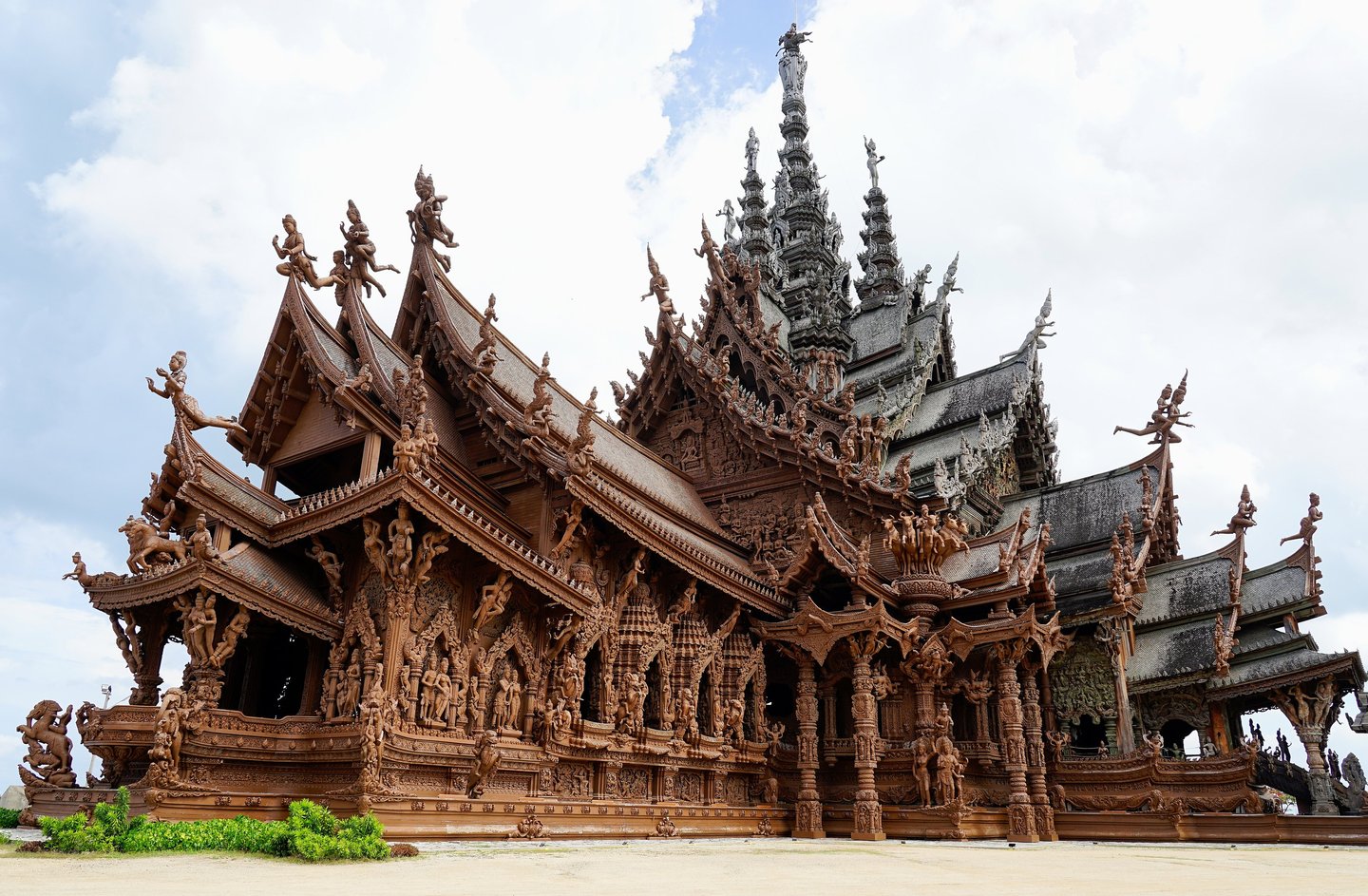

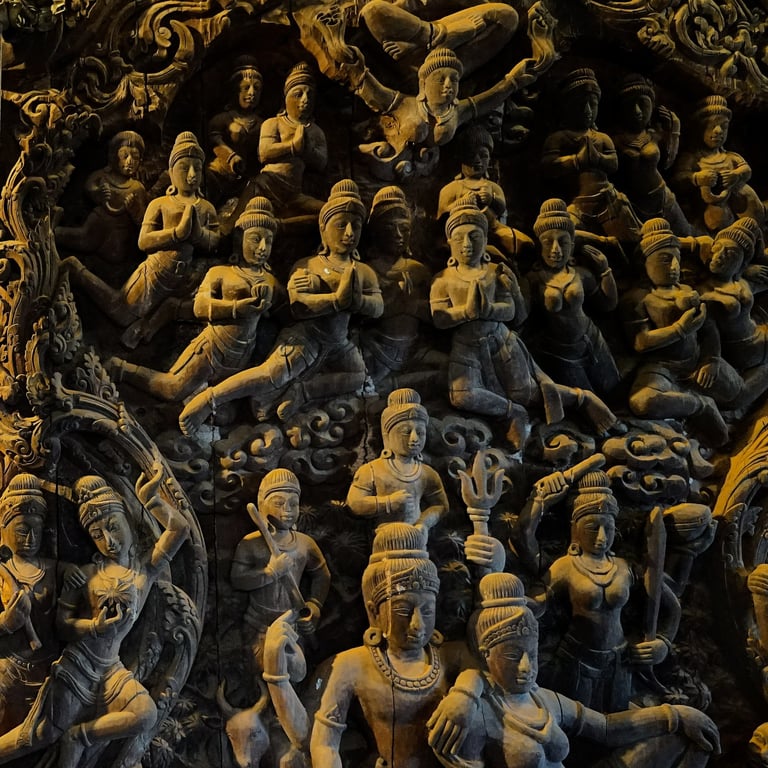
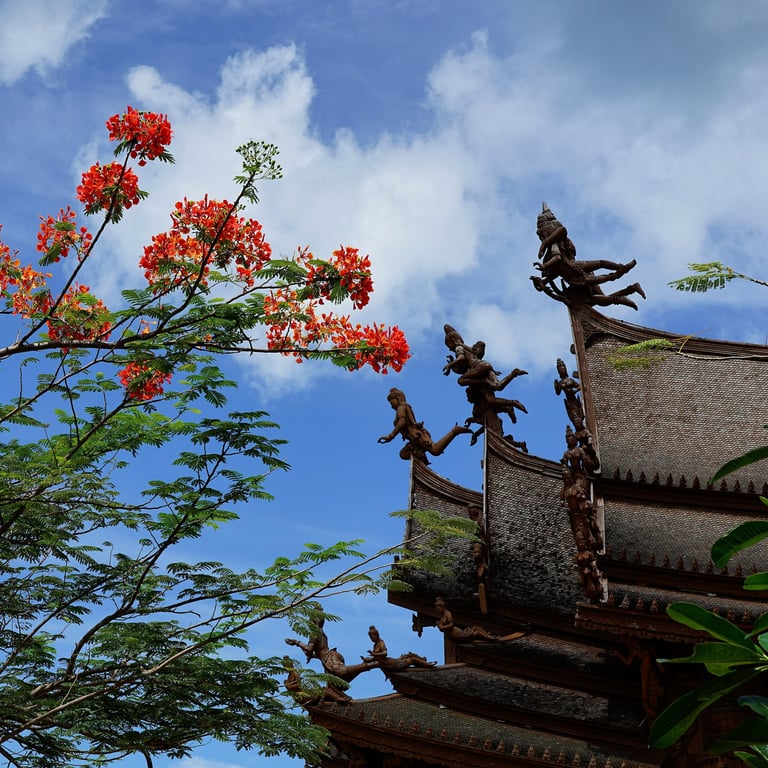
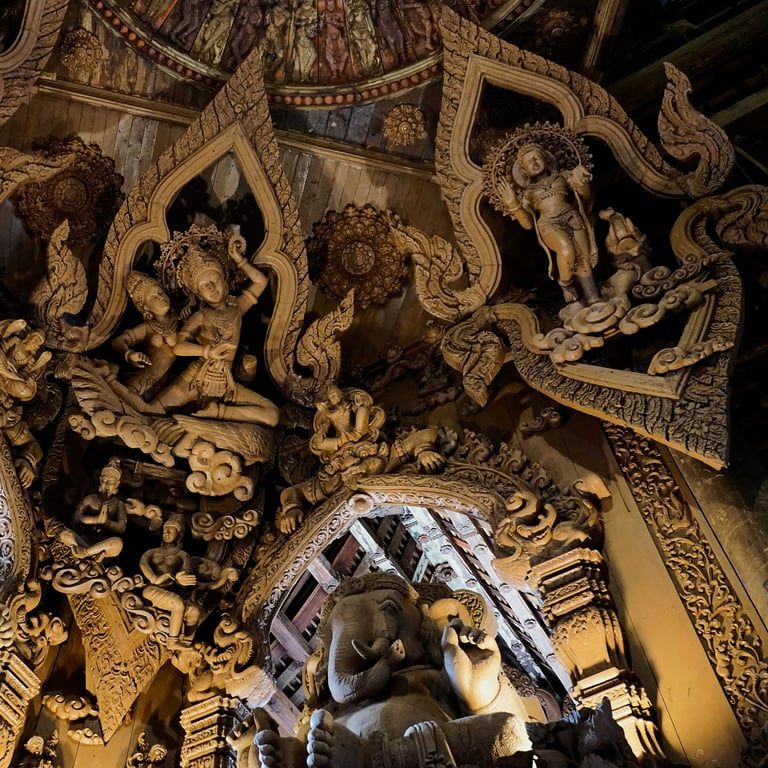
kamphaeng phet historical park
Thai history alive
When you drive between Bangkok and Chiang Mai you are on Highway 1 for a fair distance. About half-way up the country you pass signs for Kamphaeng Phet, but you are on a mission so you never detour to take a look. This time it was part of the plan – stop for one night near Kamphaeng Phet Historical Park! Not only was the site fantastic but, just after covid travel restrictions had been lifted, there was nobody else there. Literally nobody but us. What good fortune to wander unhindered amongst 13-15th century ruins dating from the Sukhothai period and have it all to oneself. Not only were the antiquities in excellent condition, but they were also situated in beautifully landscaped grounds. Chalk that one up as a win-win!
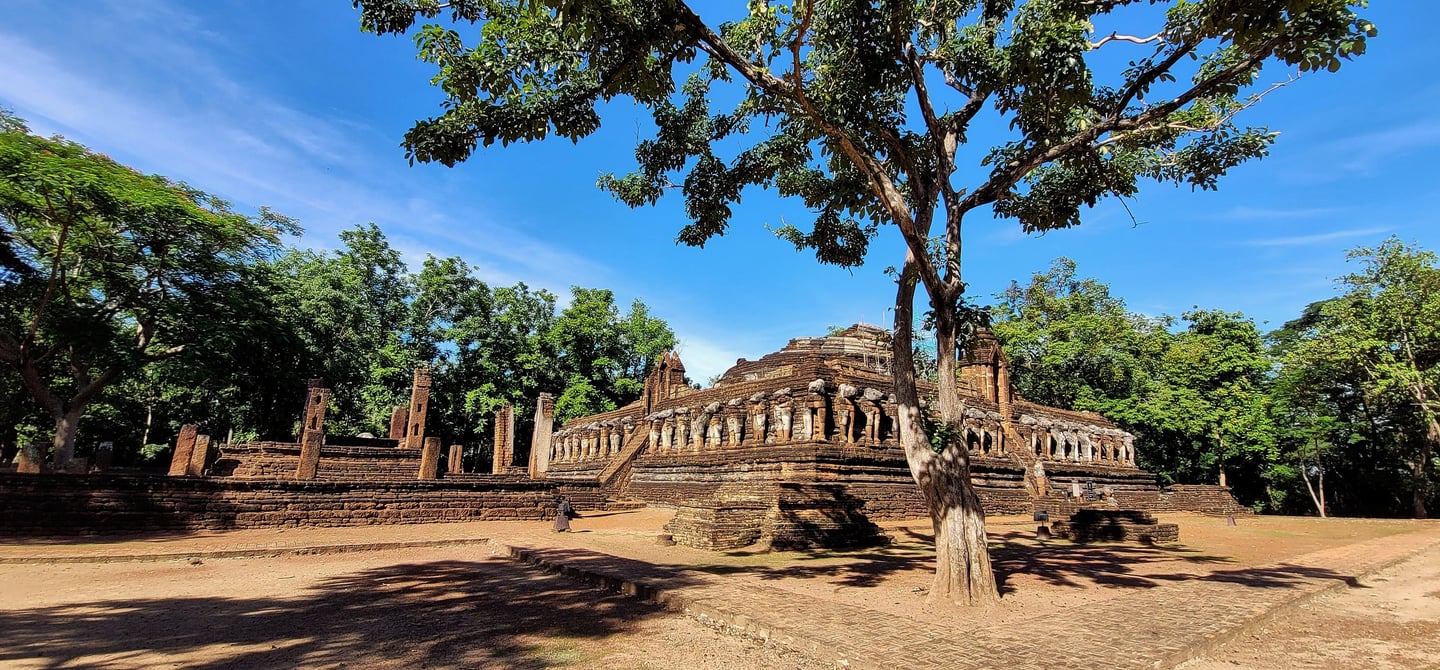

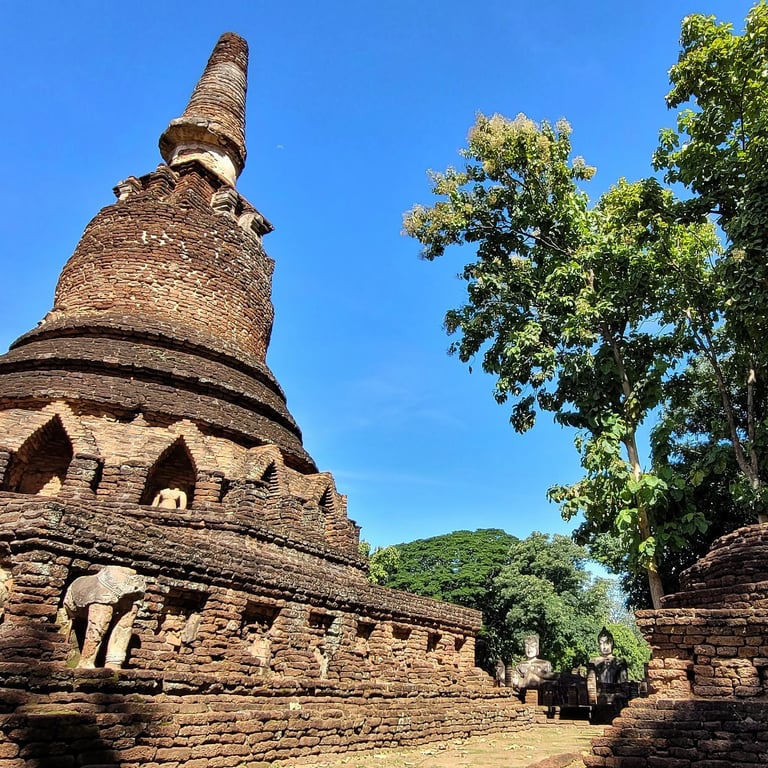
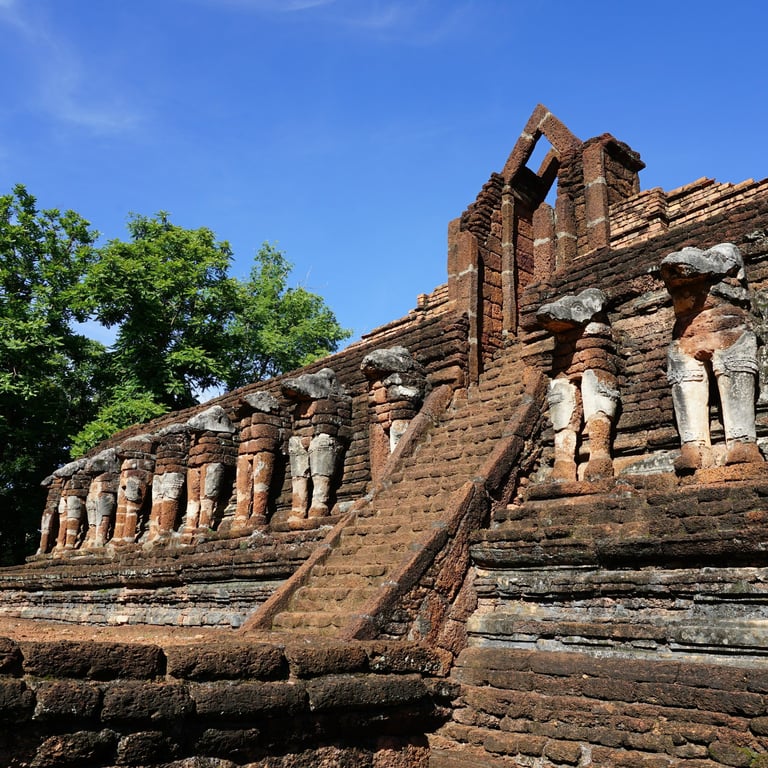
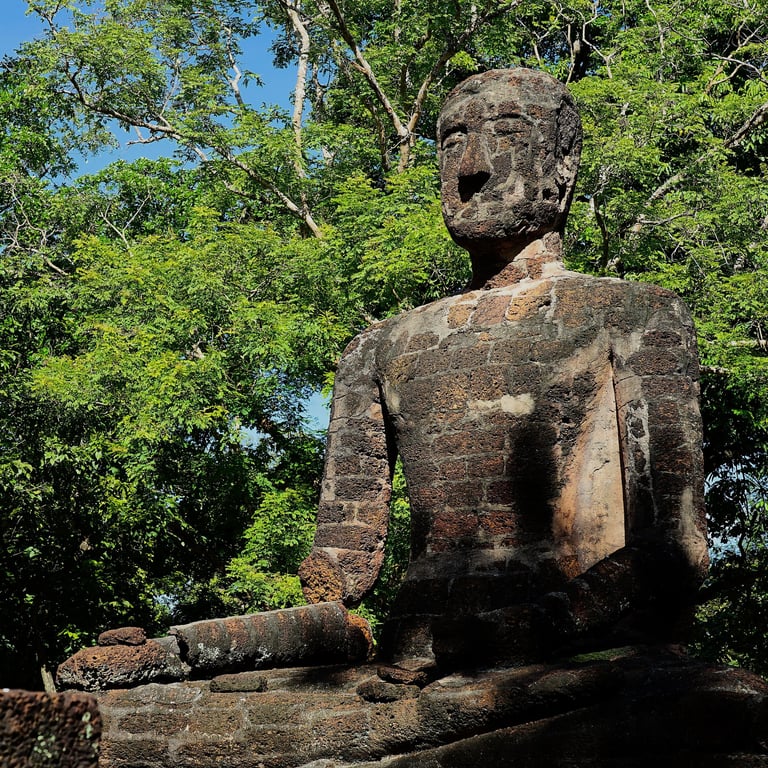
icon siam, bangkok
Meanwhile, over the river
I can’t imagine many places can compete with Bangkok for shopping malls. In fact, folks commented on the fact that the BTS Skytrain may have been built in order to directly connect all the malls. Some small truth there, especially on the Sukhumvit section. The other thing about the malls is that when it comes to décor, for celebrating some festival or other, they really do pull out all the stops. You can stand agog at Central World just before Christmas, or Emporium during Chinese New Year – crane your neck, please do. Or this one at Icon Siam in October – ‘October? Because we felt like it!’ South of the river, arrive by boat!
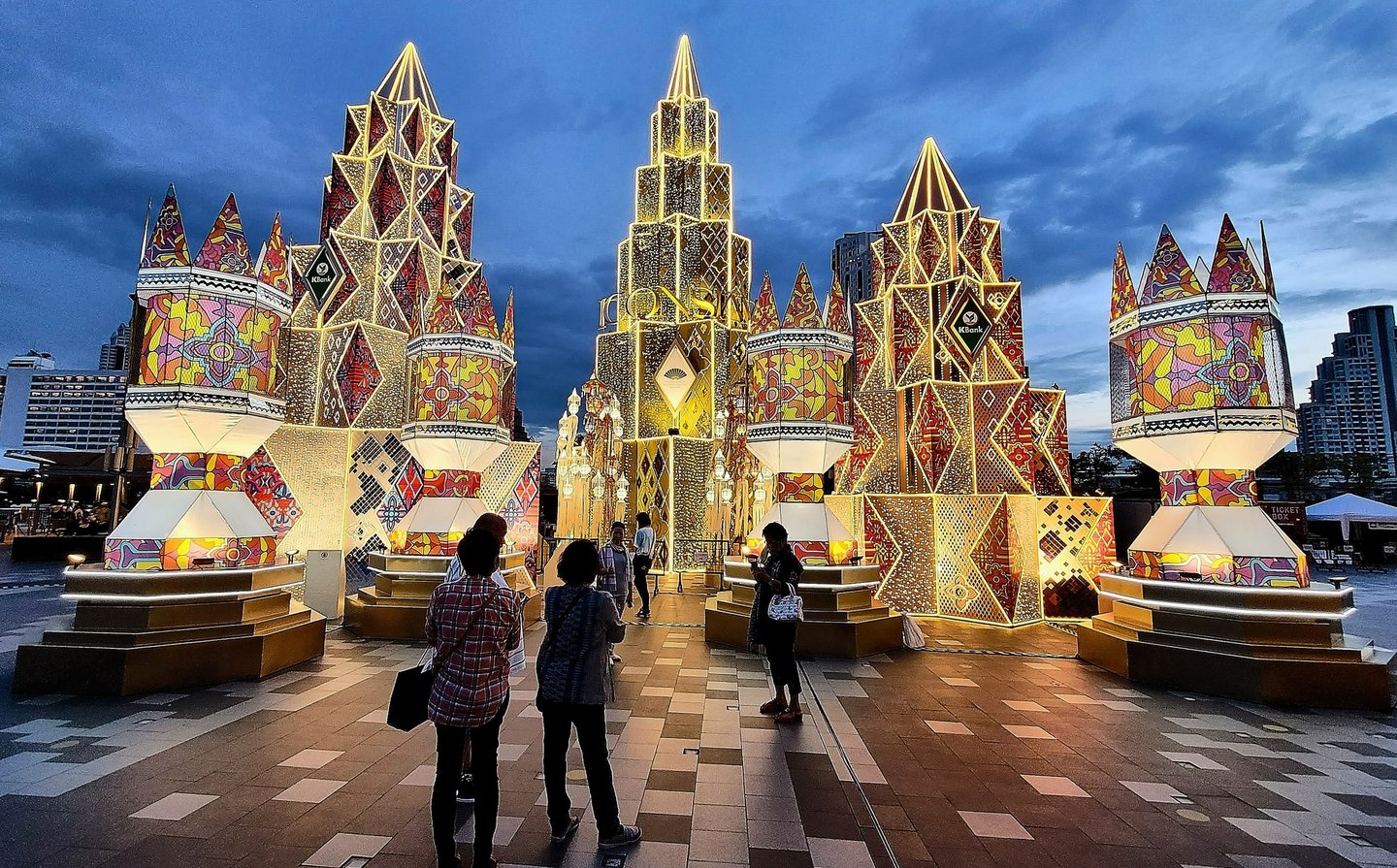

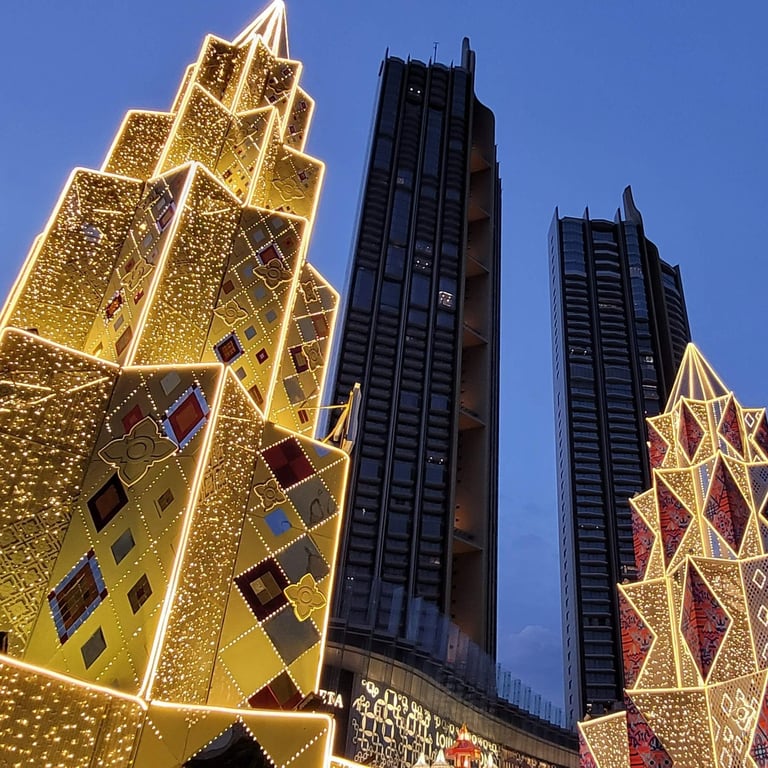
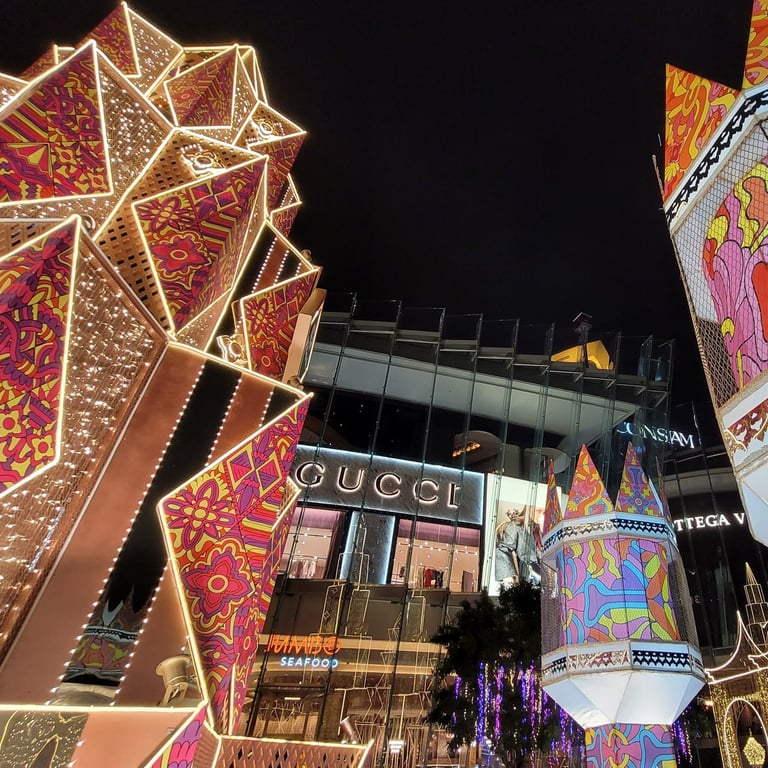
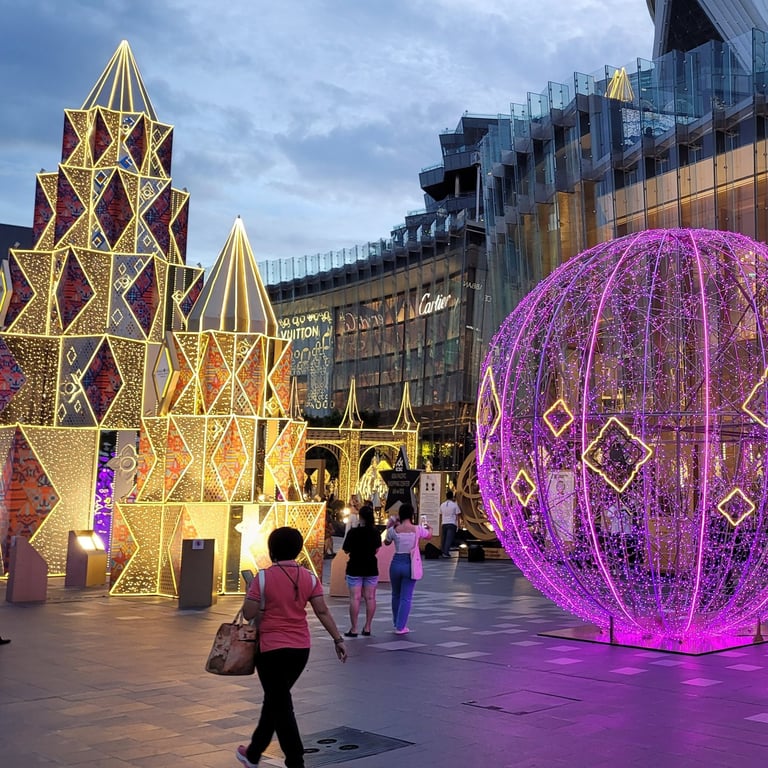
Mae Salong, Chiang Rai Province
Tea country
Up near the Myanmar border in Chiang Mai Province is the tea country of Mae Salong. A community of some 15,000 Kuomintang soldiers and their entourage was established there following the escape from the post-WWII conflict in China. Initially narcotics were grown but the Thai government promoted a switch to alternative cash crops, including tea. The landscape now features plantations with the typical symmetrical rows of tea bushes. You can also try out any number of the tea varieties at the tasting centres. Can you tell the difference between Oolong No.12 and Oolong No.17? I couldn't!
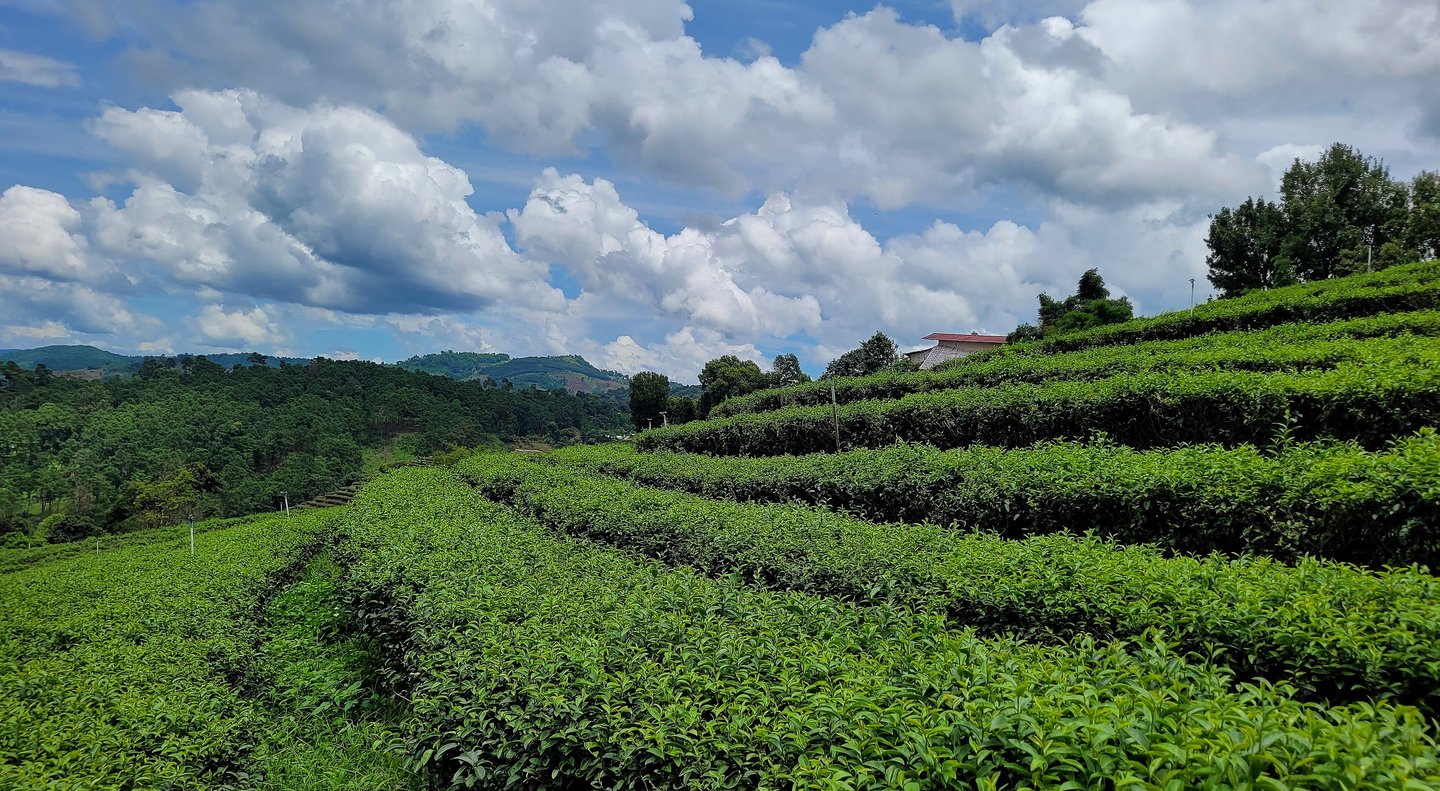

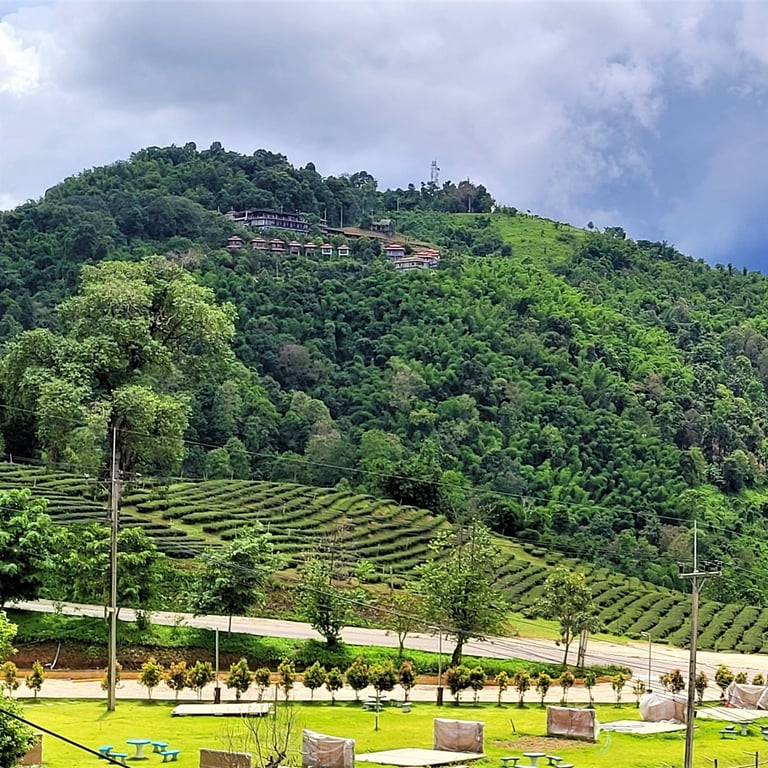
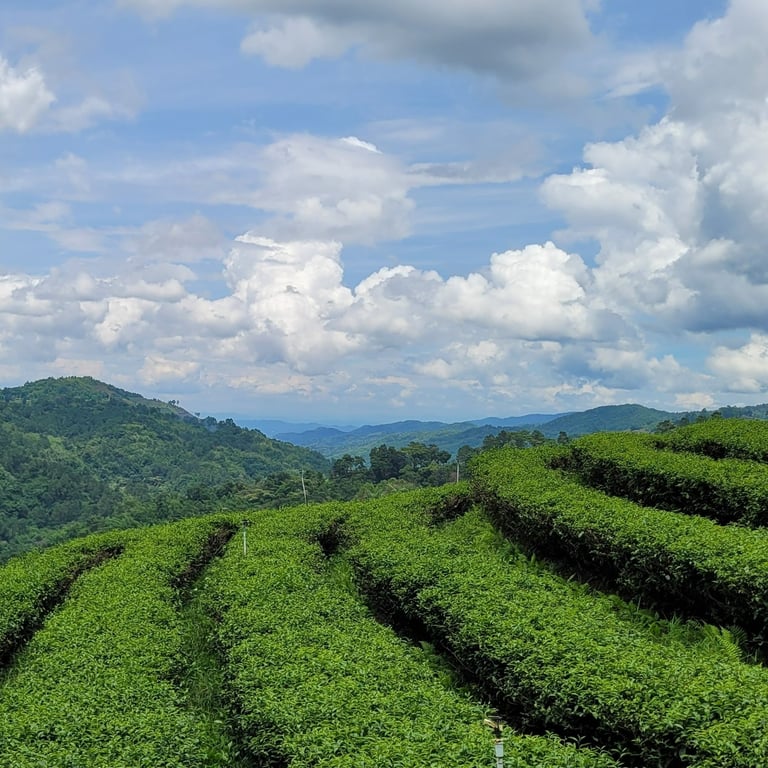
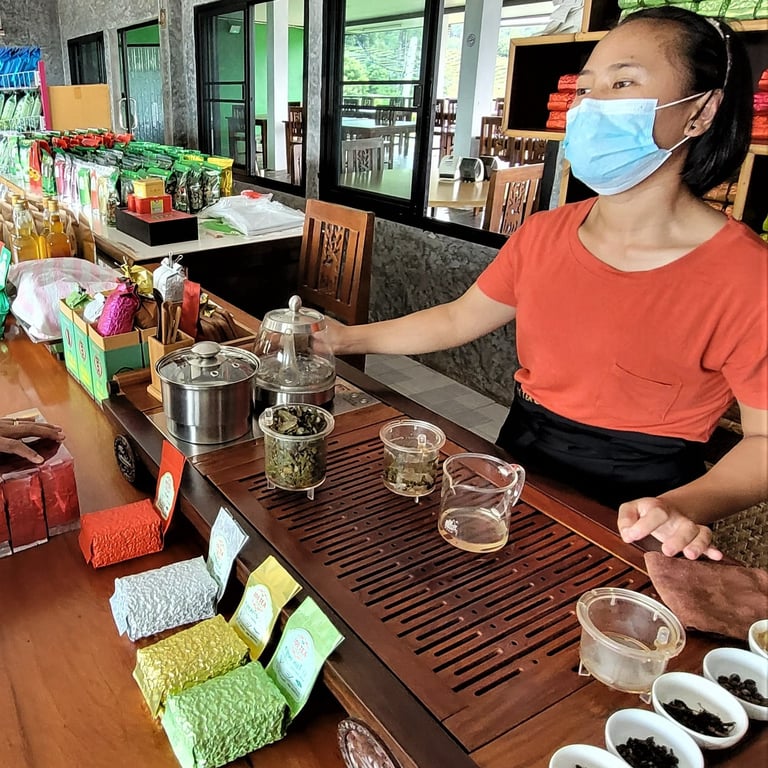
Phimai historical park
Khmer Empire
Phimai Historical Park is in the middle of Phimai town, some 63 kms from Nakhon Ratchasima (also known as Korat). The centre-piece is Prasit Hin Phimai, the Khmer temple that is orientated towards Angkor and formerly linked by Khmer empire highways. Constructed in Khmer Hindu style during the 11th-12th centuries, it served the local populace who had been Buddhist since the 7th century. The main building stone is red sandstone, which has been sculpted into large blocks. The interior walls tend to be of laterite. Since the site was opened in 1989, following restoration that began in the 1960s, it has become increasingly popular. Expect buses decanting crowds, both tourists and locals, especially at weekends. You will have to be patient with your camera to get folk-free shots, or just wander to the rear!
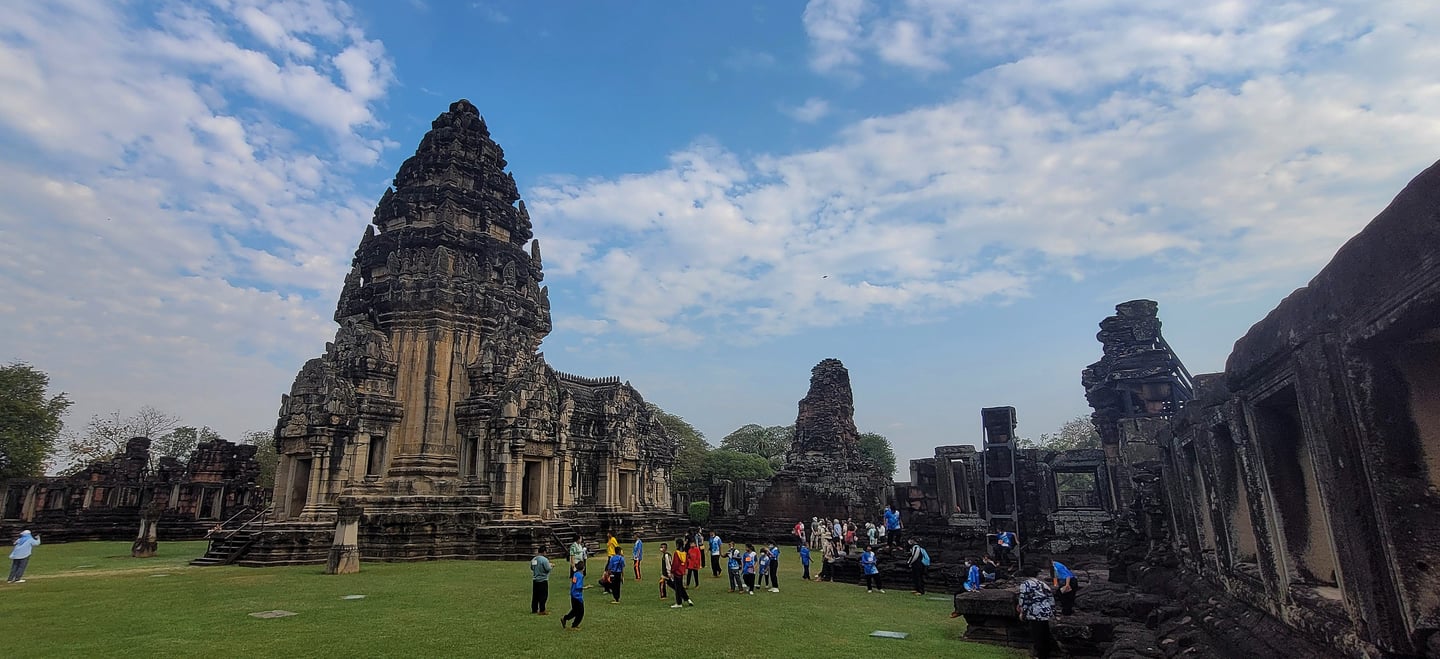

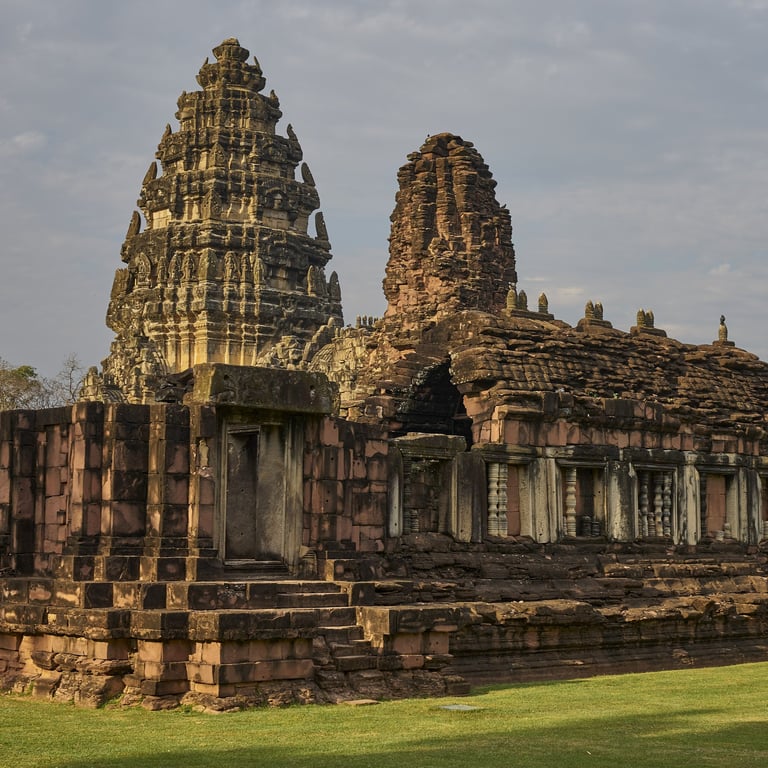
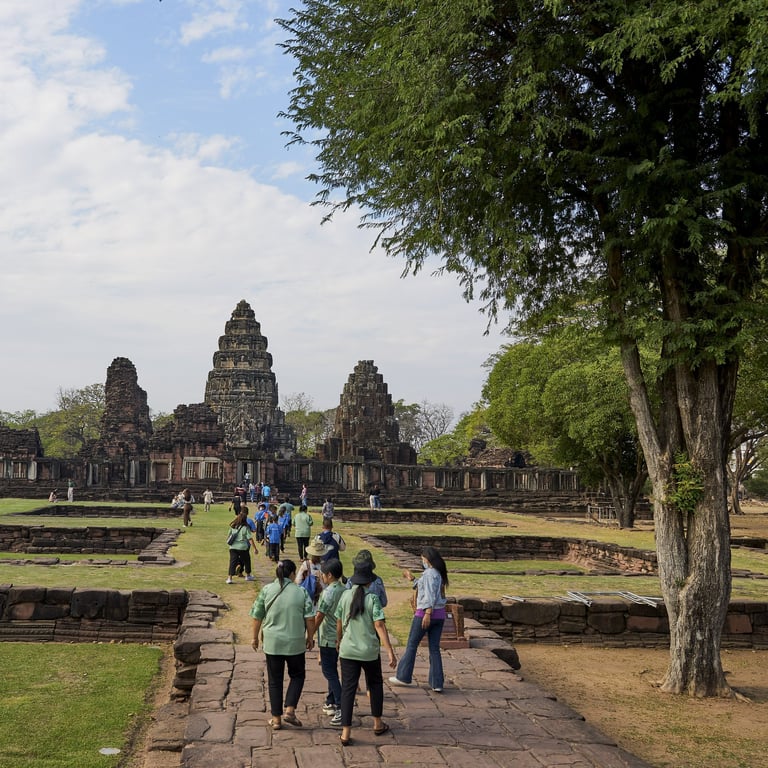
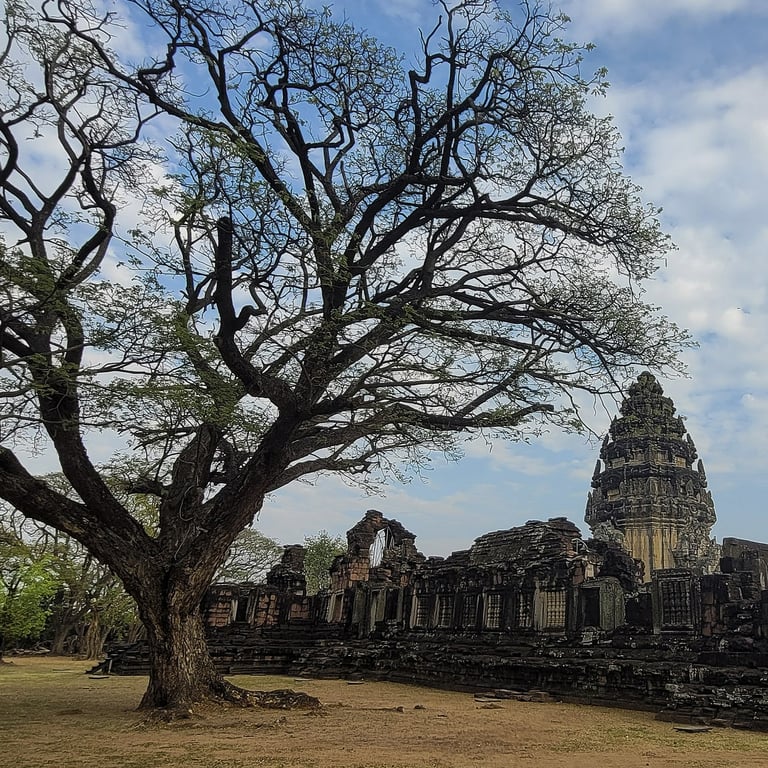
asiatique the riverfront, bangkok
Down by the river
Asiatique The Riverfront on the Chao Phraya River is a collection of old warehouses that have been converted into bars, boutiques, restaurants and exhibition halls. It is also the starting point for river cruises. At the weekend the place is abuzz with folks enjoying the fairground and the night scene. Mind you, these shots were taken on Christmas Day just after the lockdown had finished, which might have accounted for the lively atmosphere. Exhibitions are also held there, including things like the recent Disney 100 which featured Frozen, Pixar Putt and Marvel Universe halls. There is a free ferry from Saphan Taksin river stop, a short walk from the BTS station, so it is not too difficult to get to.
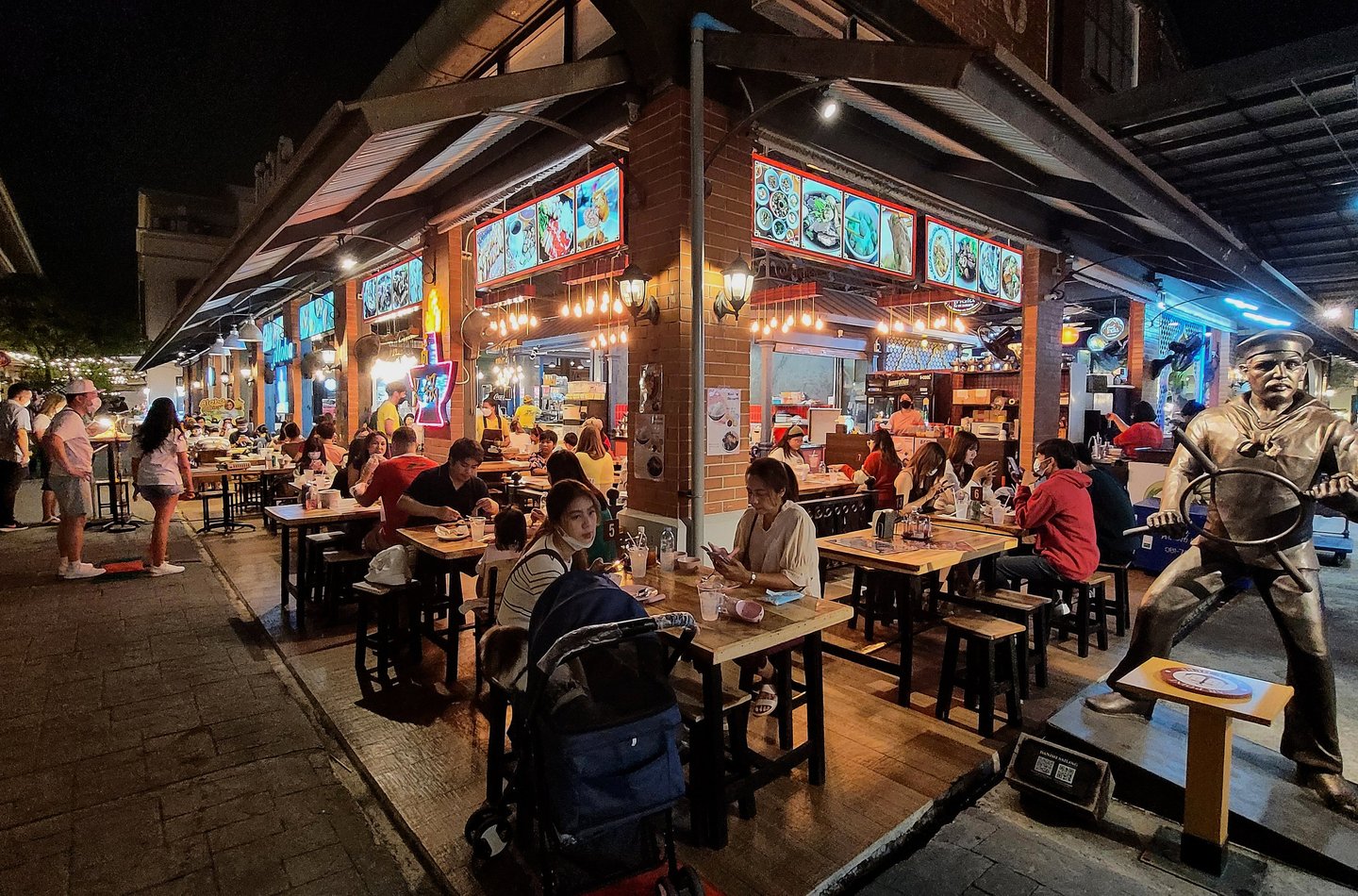

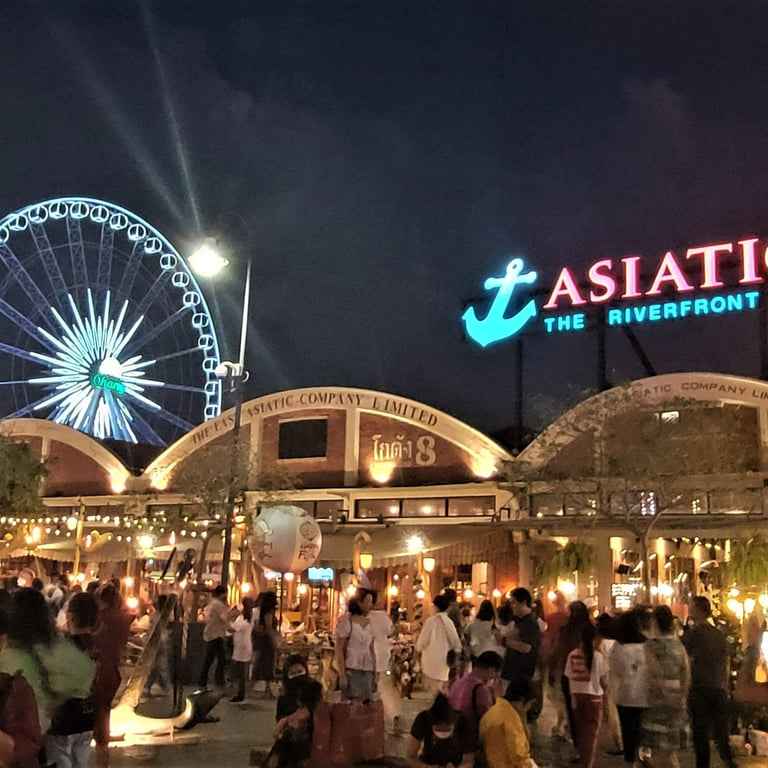
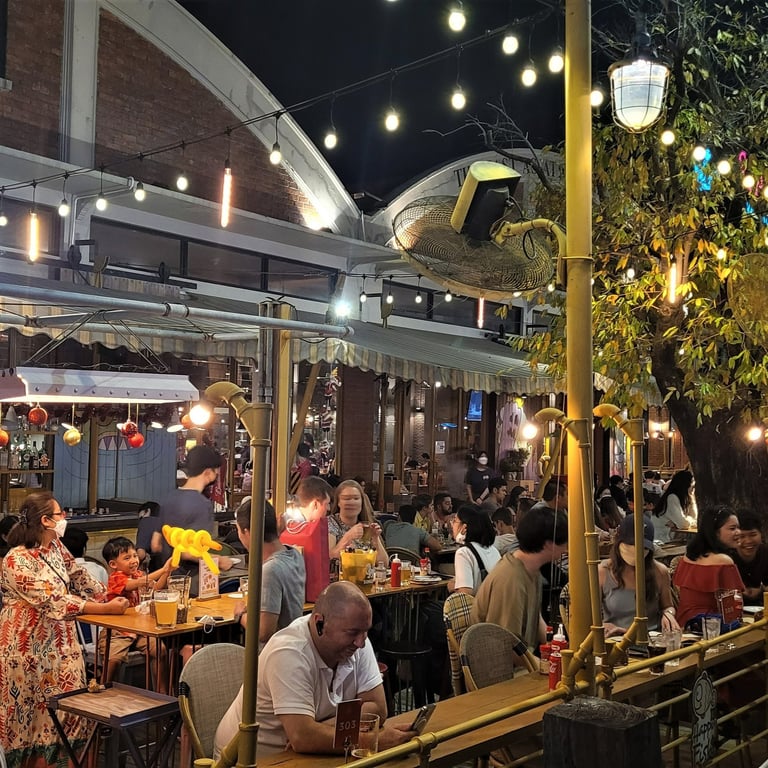
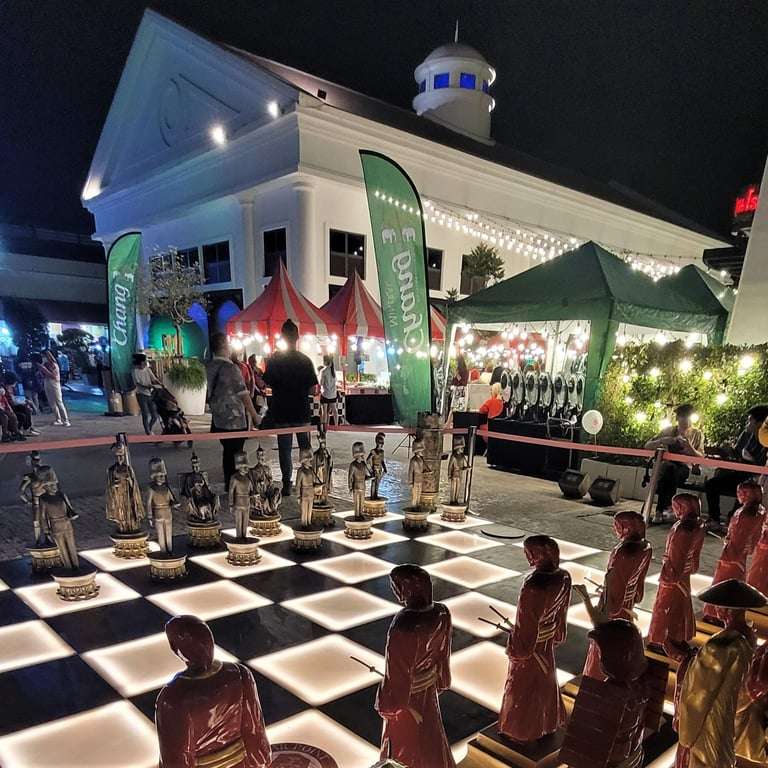
Baan Dam, chiang rai
Black House Museum
Created by the artist, Thawan Duchanee, the Black House Museum has been in development for 50 years. Just north of Chiang Rai, Baan Dam offers a startling contrast to Wat Rong Khun (the White Temple) to the south. There are over 40 separate buildings spread over a huge area, many contain artifacts from the 'weird and wonderful' category. For 'wonderful' read 'weirder-still' actually, there are some pretty spooky things on display - demon motifs, skulls, and animal skins in full-on Goth settings. Thanks to a thunderous storm we were locked in with all the windows closed, allowing imaginations in the dark to do their thing with the scary stuff close at hand.
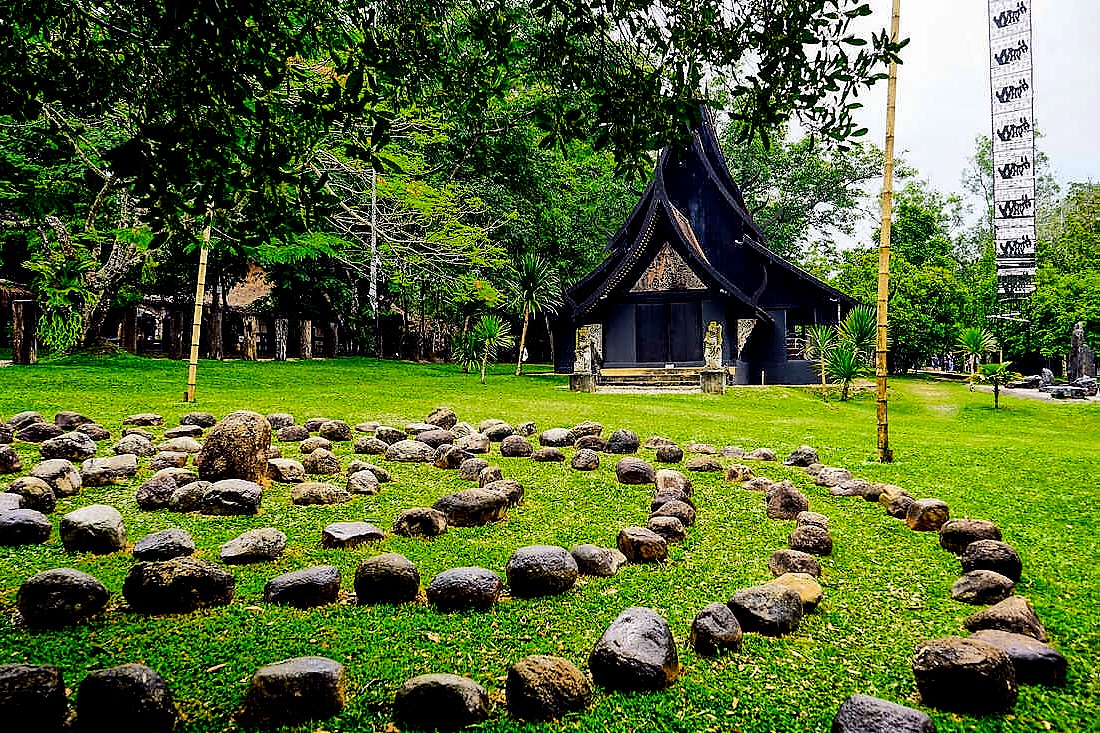

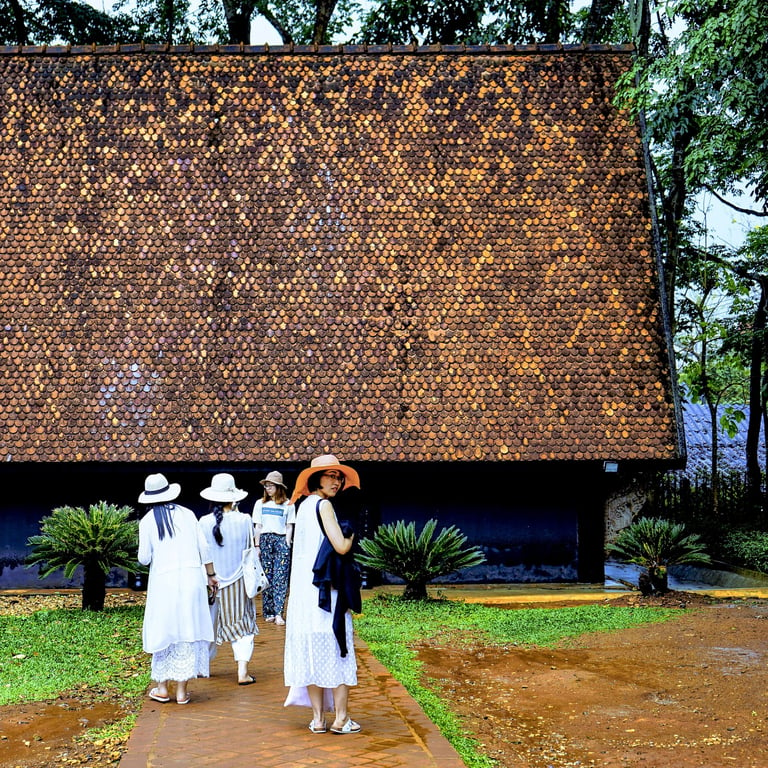
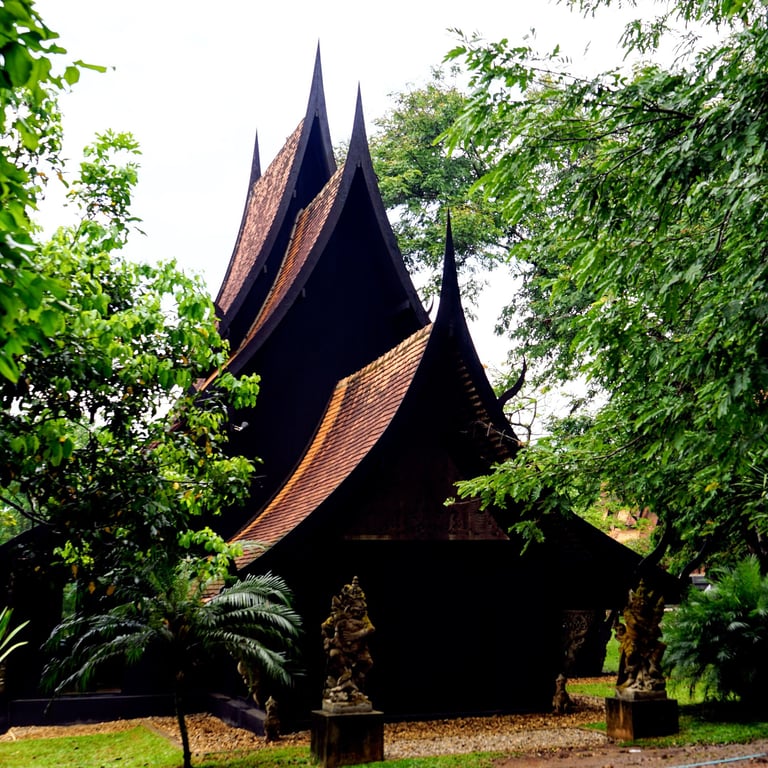
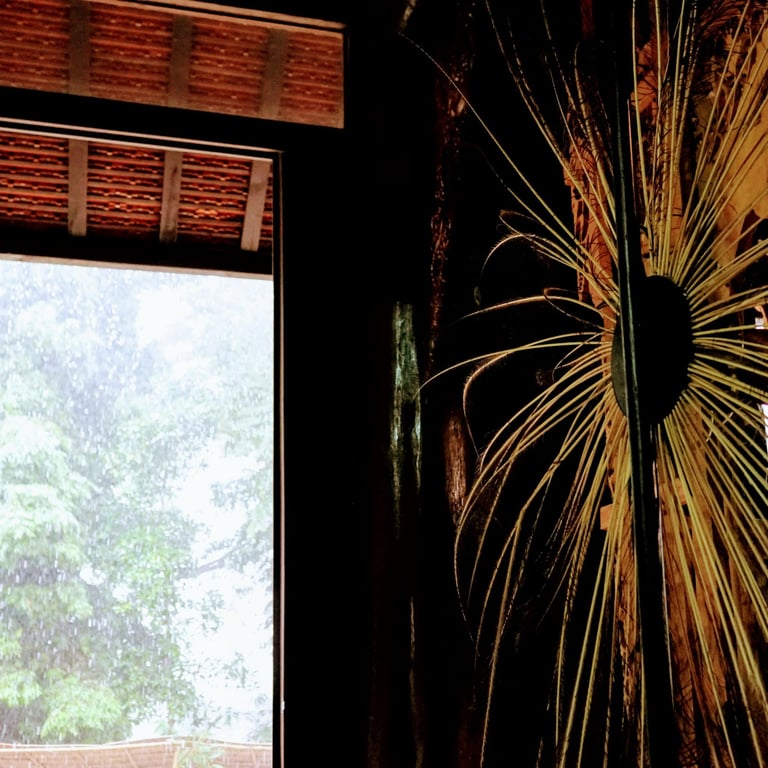
phu ruea, loei province
Above the clouds!?!
Phu Ruea is a plateau in Loei Province with a peak of 1,365 metres (4,478 feet)). Lying in the Phetchabun Range, it is part of the Phu Ruea National Park close to the border with Laos. The peak is popular with tourists for the chance to see sunrise and low-lying clouds, as well as experiencing year-round cool temperatures. The approaches to the plateau present a table-top vista before the road turns this way and that as it climbs to the top. The parking spot leaves a short walk of about 1.5 kms to the viewpoint, although there is also the option of a buggy-cart style bus. Fresh air and distant views await you.
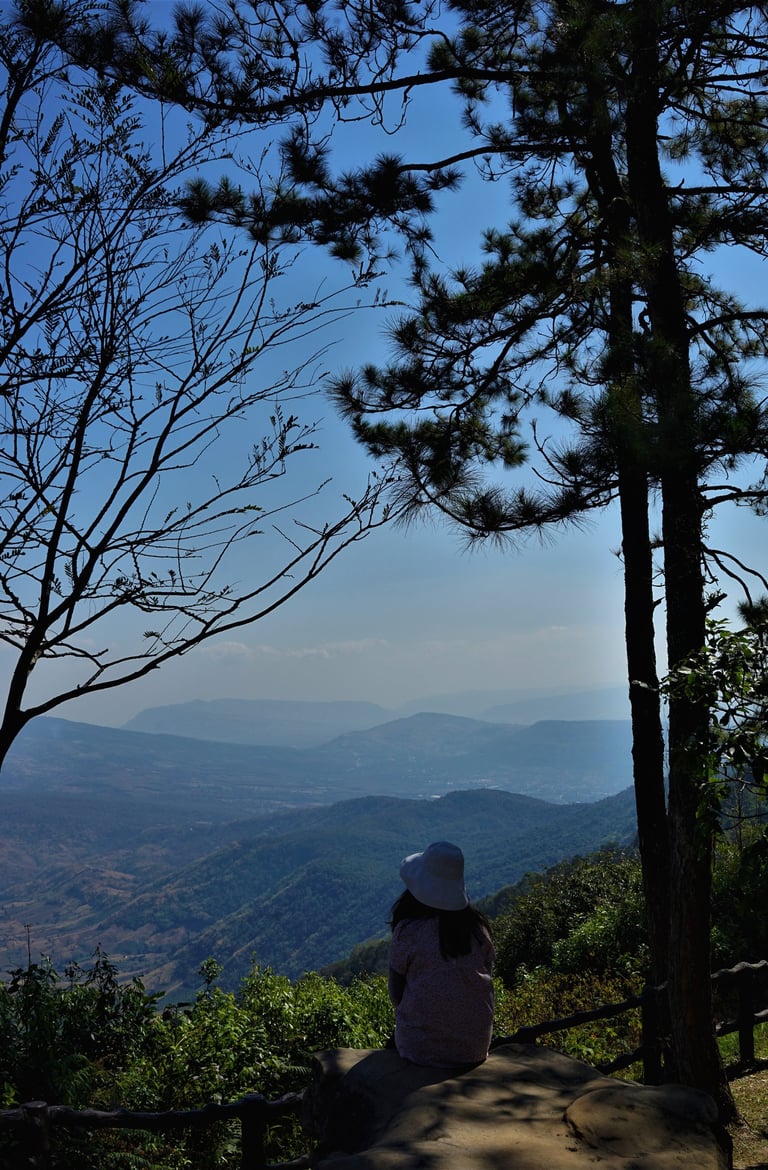

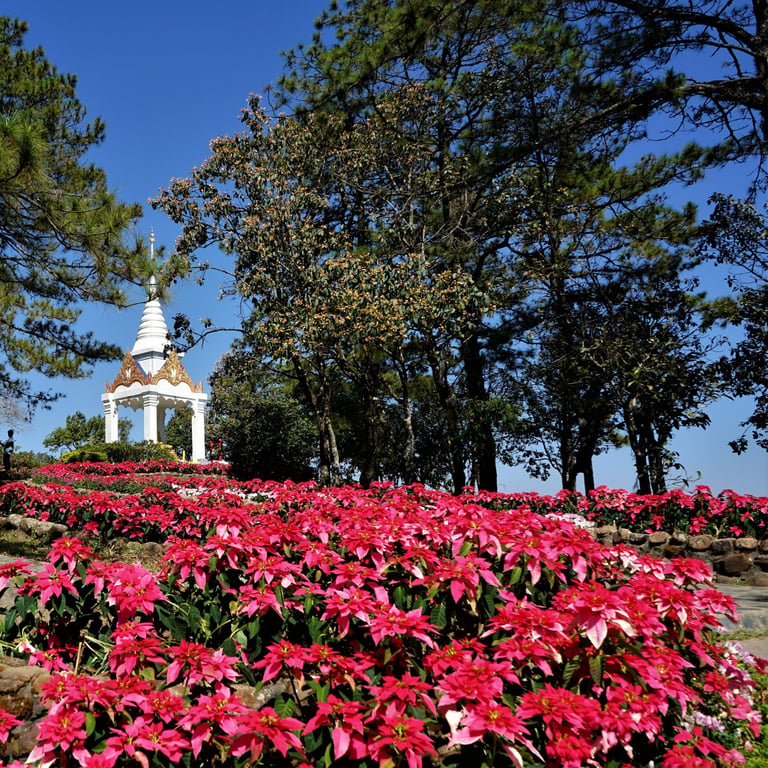
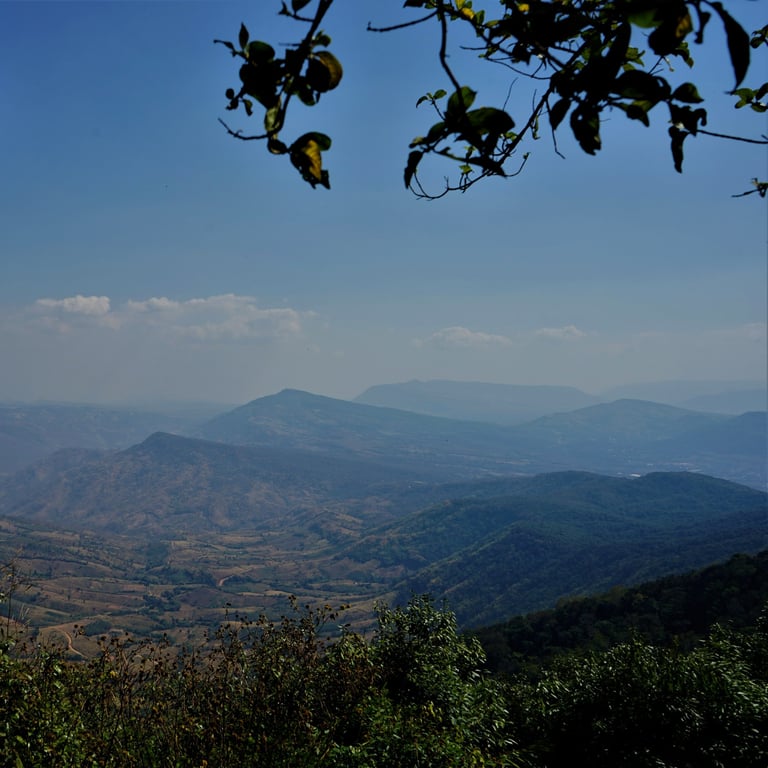
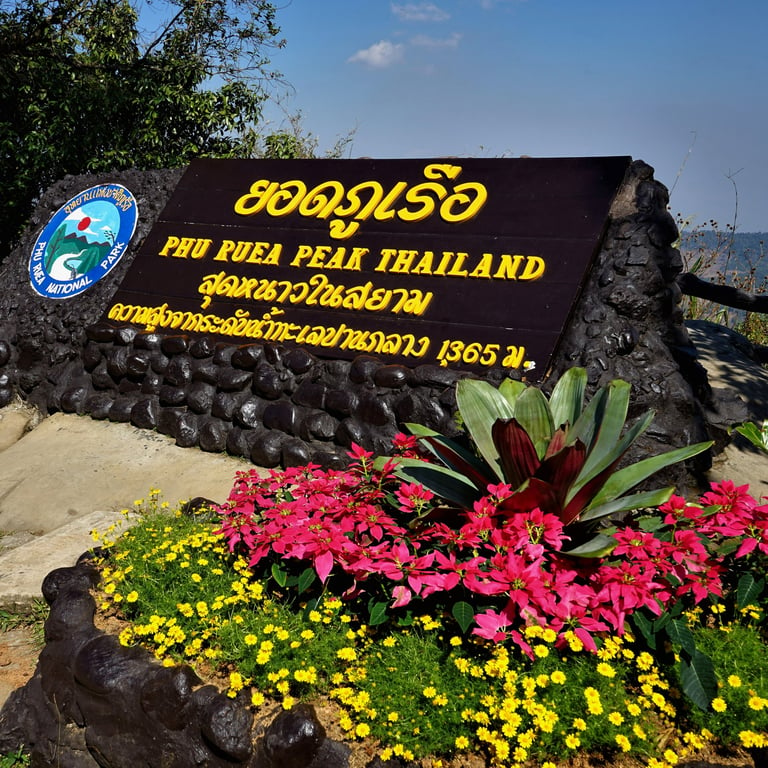
kaeng khoi, saraburi province
Fateful day
Kaeng Khoi is in Saraburi Province, north of Bangkok. On 3rd April 1945, Canadian B24 bombers flew from Burma to destroy the Japanese railway marshalling yards at Kaeng Khoi Junction. As is still the case, many dwellings were located next to the railways, and tragically there were 200 civilian fatalities that night. The town now holds a festival on 2-4 April each year to commemorate that fateful day and pay homage to lives lost. There are craft stalls, food stands (hundreds more in the market over the road), and live bands. The crowning glory is a sound and light show across the river. To add to the spirit of the occasion, folks dress in period costume, which for ladies is usually a floral frock and straw hat, and for gentlemen - fedoras, white shirts and braces to hold everything in place! This trip was with the KiHa 187 excursion train.
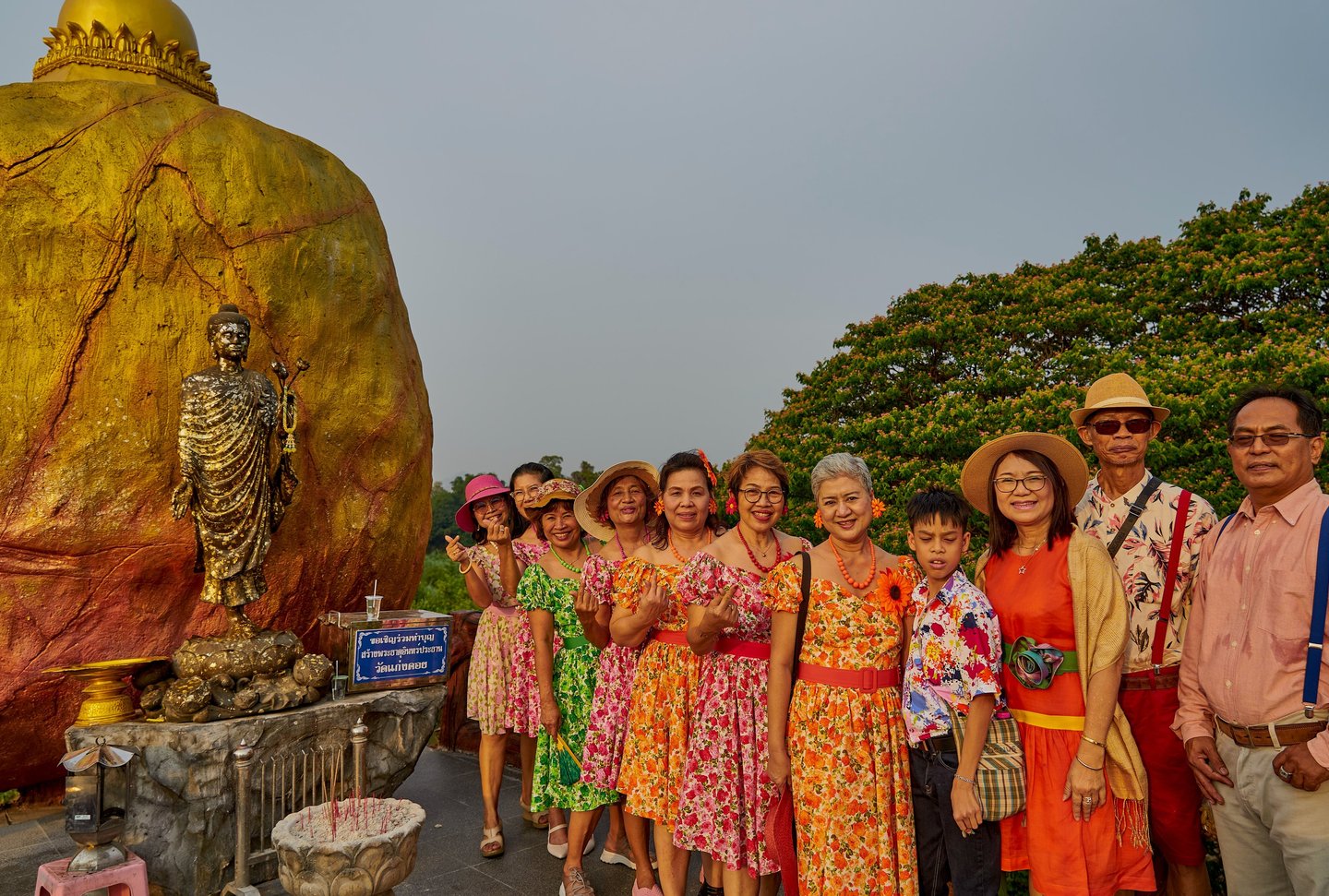

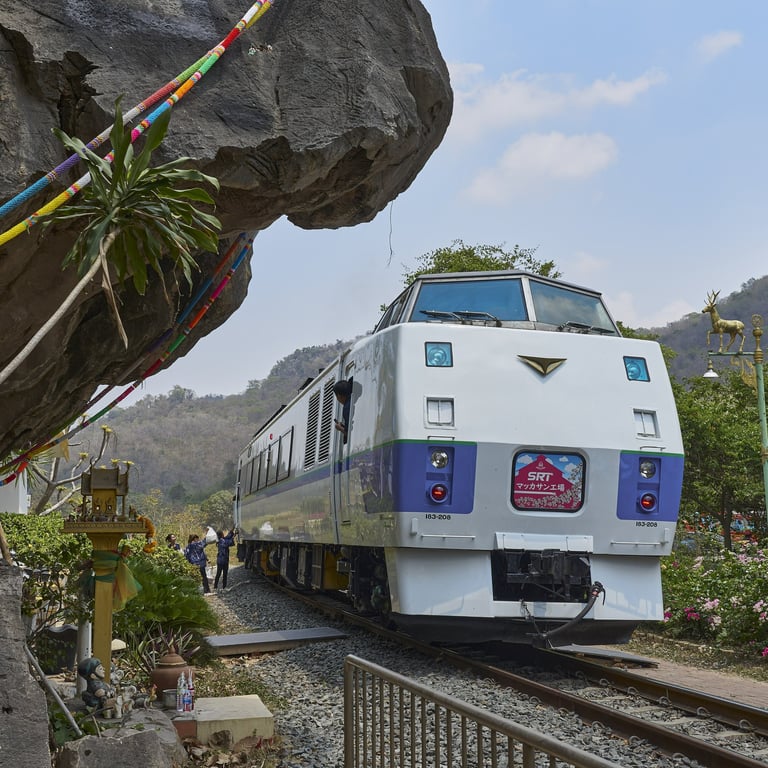
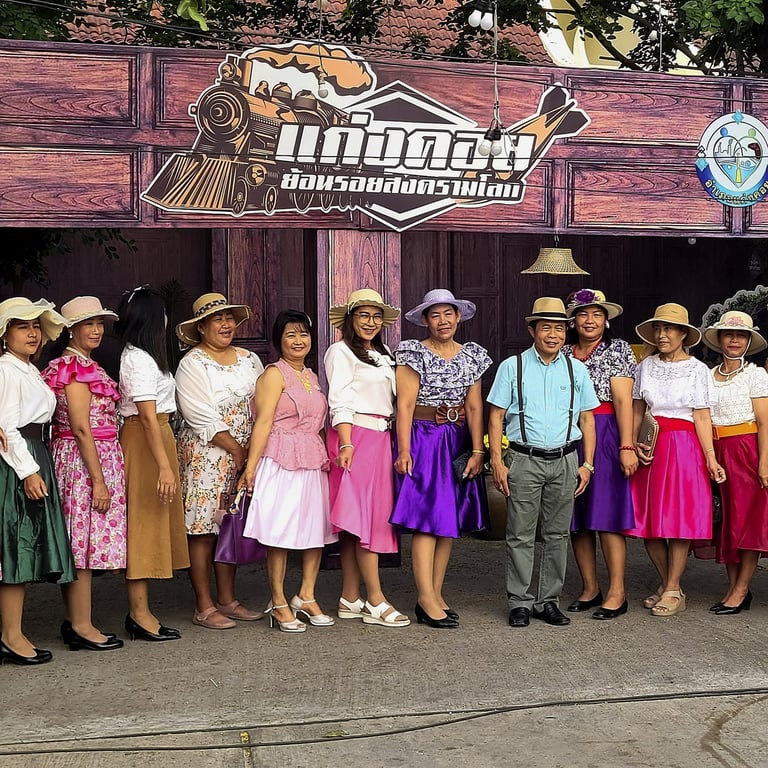
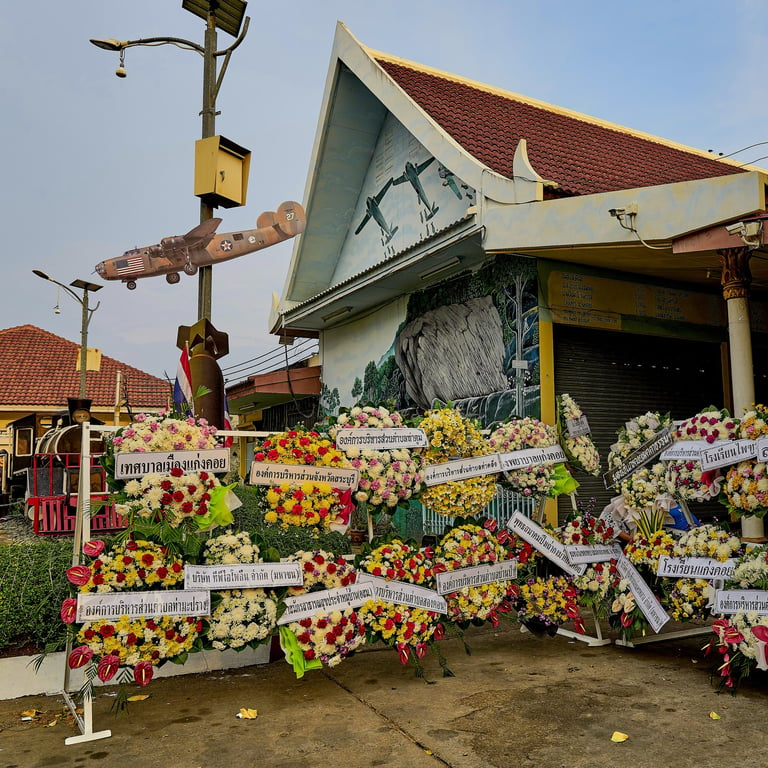
chanthaburi, chanthaburi province
It's a gem
The province of Chanthaburi in the south-east of Thailand is known for mining gemstones, especially rubies and sapphires. Chanthaburi town is a sizeable regional hub, but the focus for tourists is the Waterfront Community, settled over 300 years ago. This merchant neighbourhood became the commercial centre of the town, astride the Chanthaburi river. The Chinese and Vietnamese settlers there had a cultural impact that can be seen today. Walking along the main thoroughfare, the old shop frontages are noticeably in Vietnamese and Chinese styles. Pagodas and Catholic churches, including a cathedral, are also prominent. Many non-locals were manning the gem stalls - South Asian and Middle Eastern in appearance - I'm guessing there's money to be made.
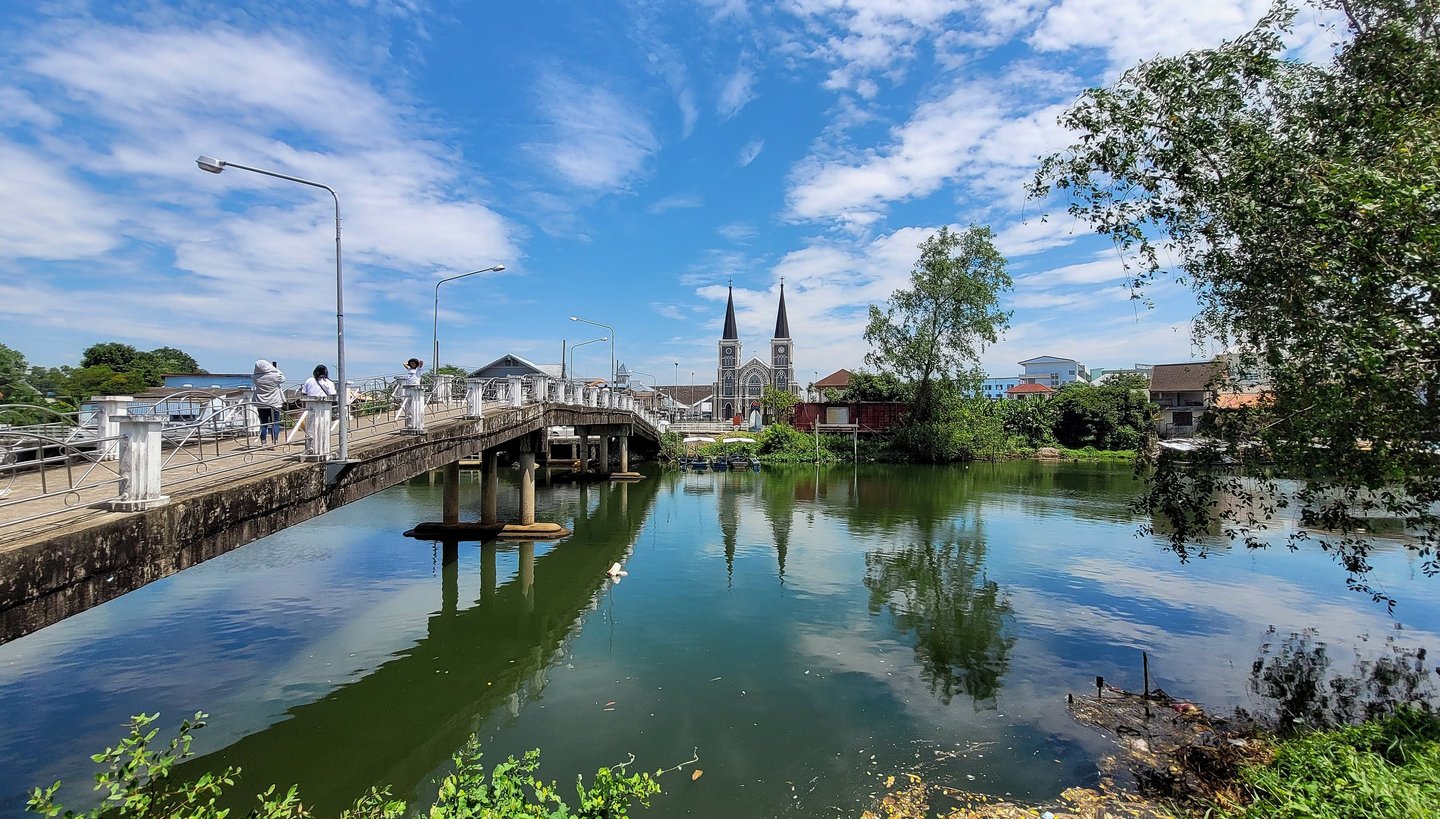

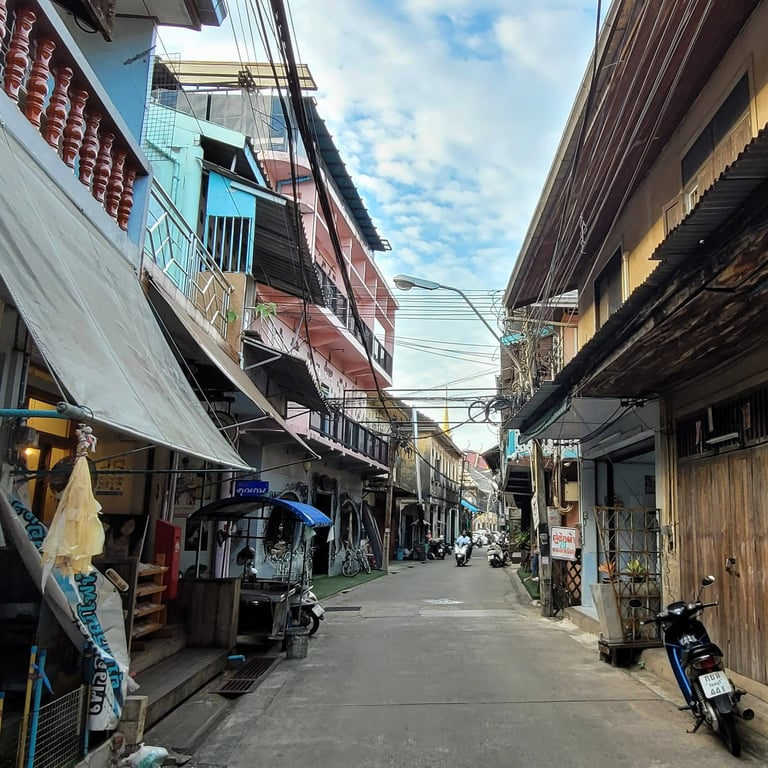
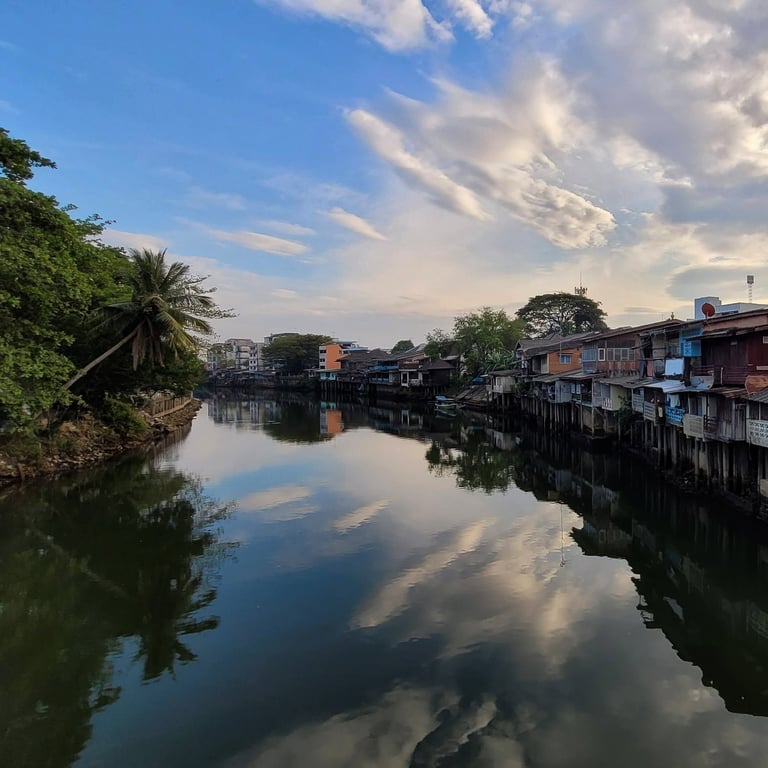
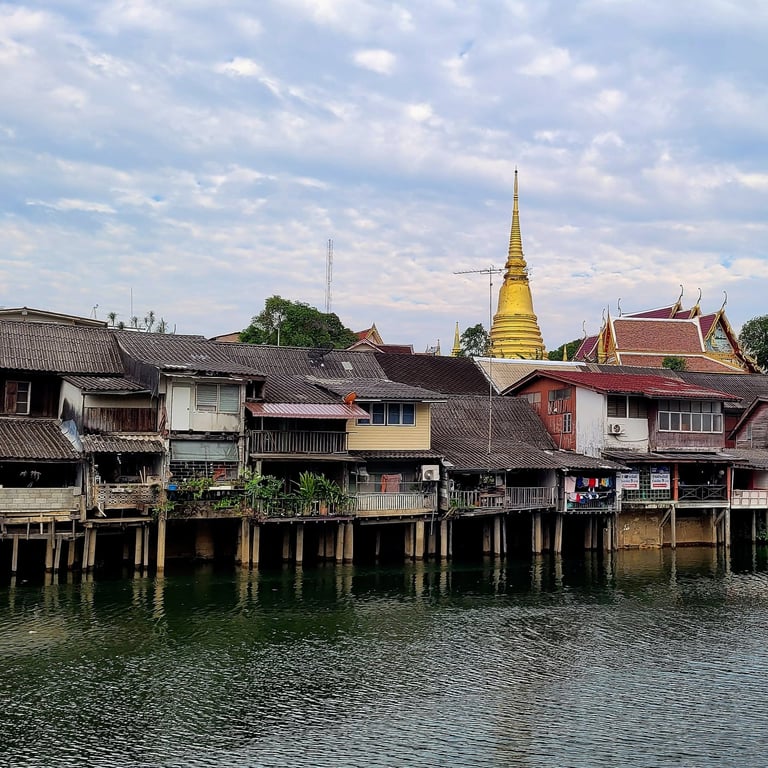
ayutthaya historical park
Setting sun plus...
Located in Phra Nakhon Si Ayutthaya Province, the old capital is 84 kms north of Bangkok. It can be reached by road, train or boat. It is such a photogenic location with ruins, temples and riverside settings all vying for your attention, that you will likely need more than one day. Sunset at Wat Chaiwatthanaram is an obvious one to aim for but have you got the legs? At the end of the day when the light fades fast in the sub-tropics you have literally minutes to capture your shot before it has gone. Dashing back and forth through the temple grounds to frame a particular part of the antiquities in a new light or in silhouette, sure was a challenge. A moment’s hesitation and the twenty-minute dusk has gone, you will have to have another go tomorrow. Day-time is just as uplifting for your camera, mind.
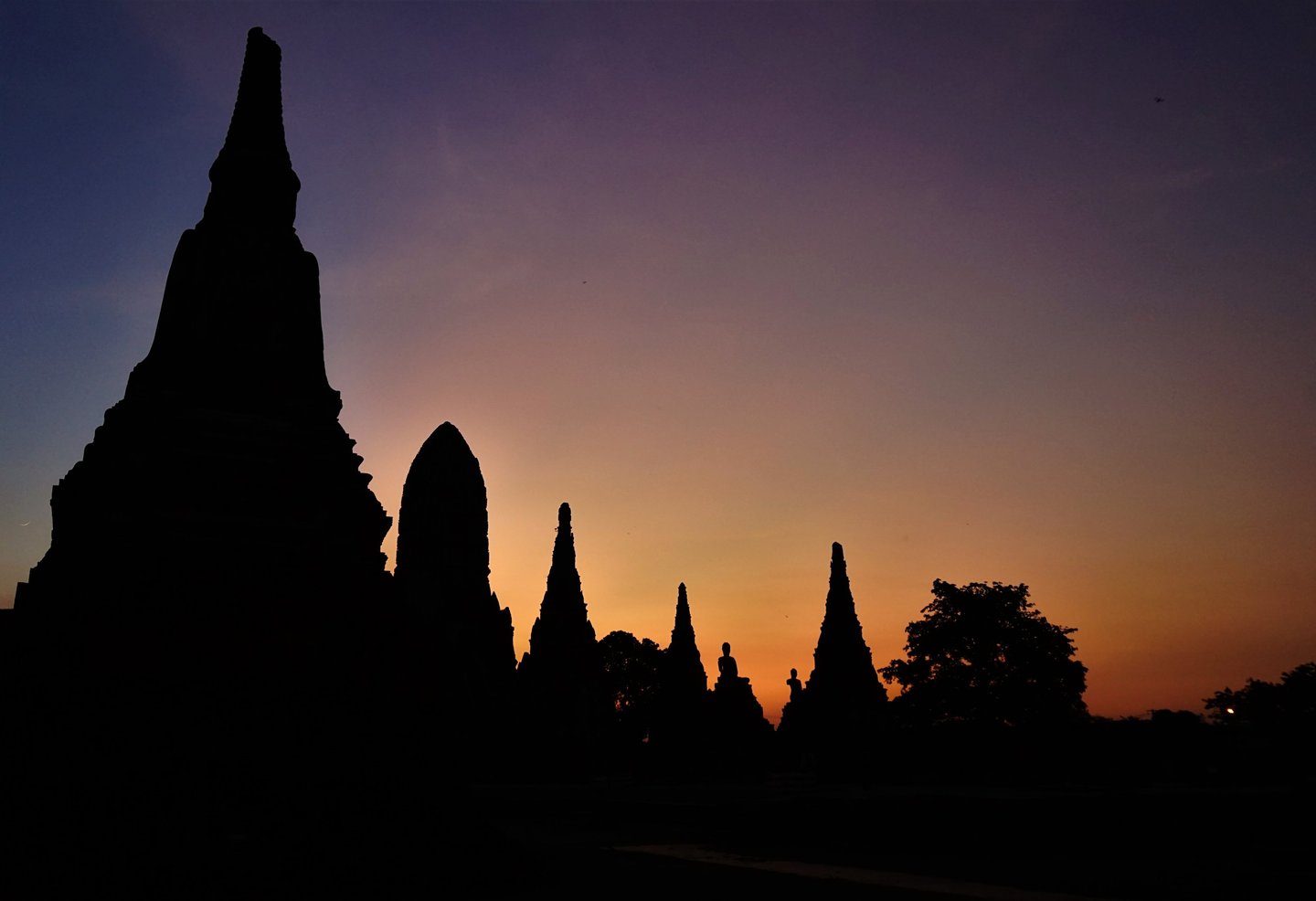

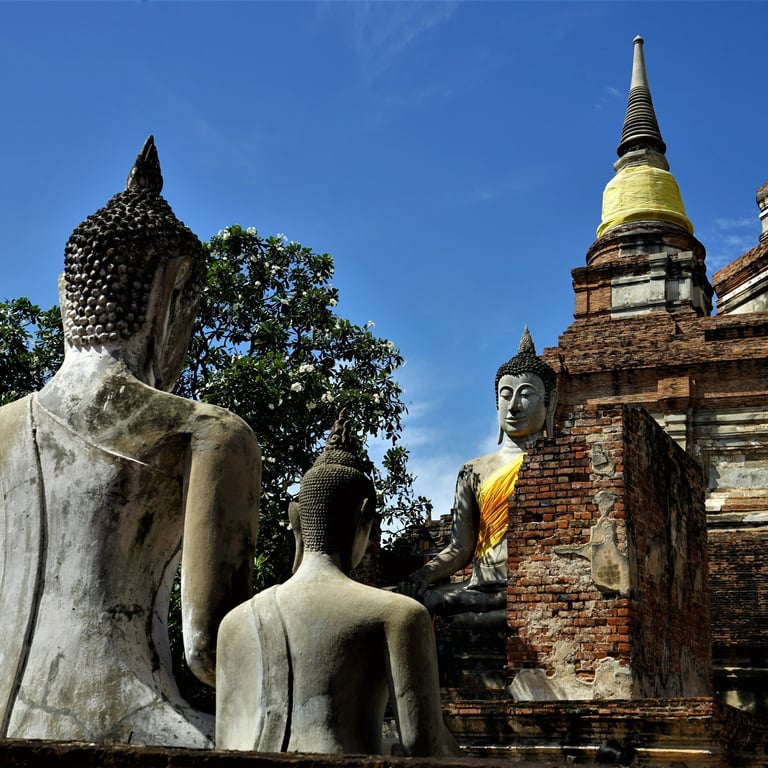
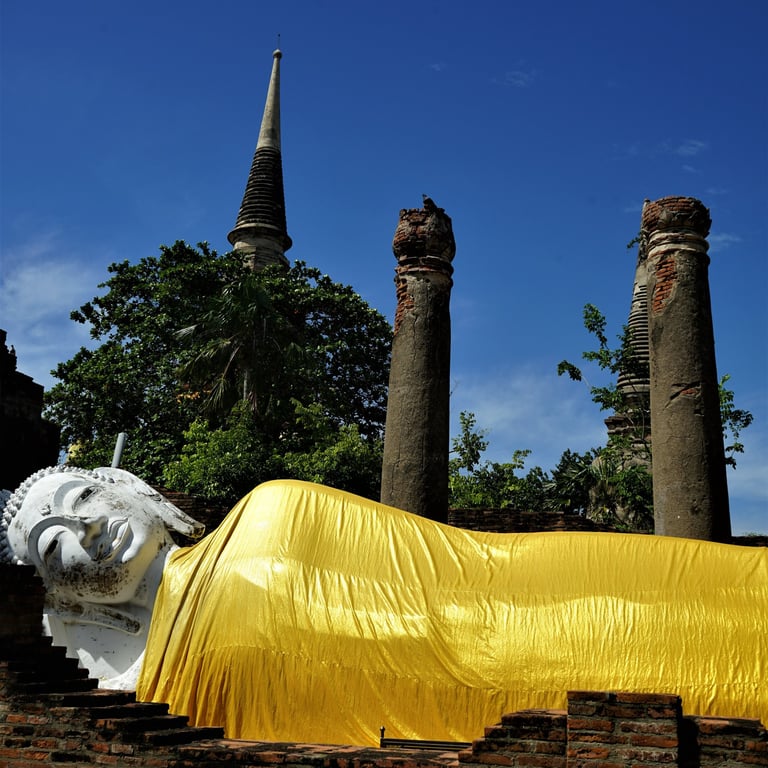
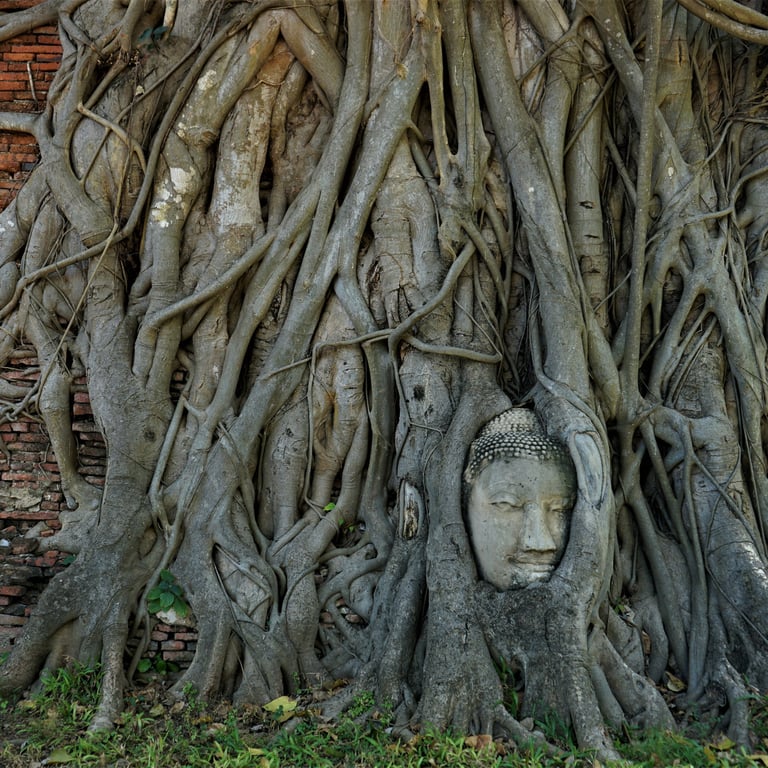
Nan, nan province
Best kept secret...
The province of Nan was an independent kingdom for many years, in part due to its remoteness. Its chequered history following its foundation in the 13th century includes allegiance to Sukhothai and then Vientiane, before repeated colonisation by the Burmese, who ruled until they were driven out in 1788. Nowadays Nan, the town, is a tranquil provincial capital - the mountainous province neighbouring Laos often being placed in the 'best kept secret' category. It was just recovering from the two years’ shutdown post-covid when I visited. Everything was half-paced apart from the planes above the rooftops as they descended to the airport. Nothing else moved, but the old city walls looked like that were benefiting from a recent makeover.
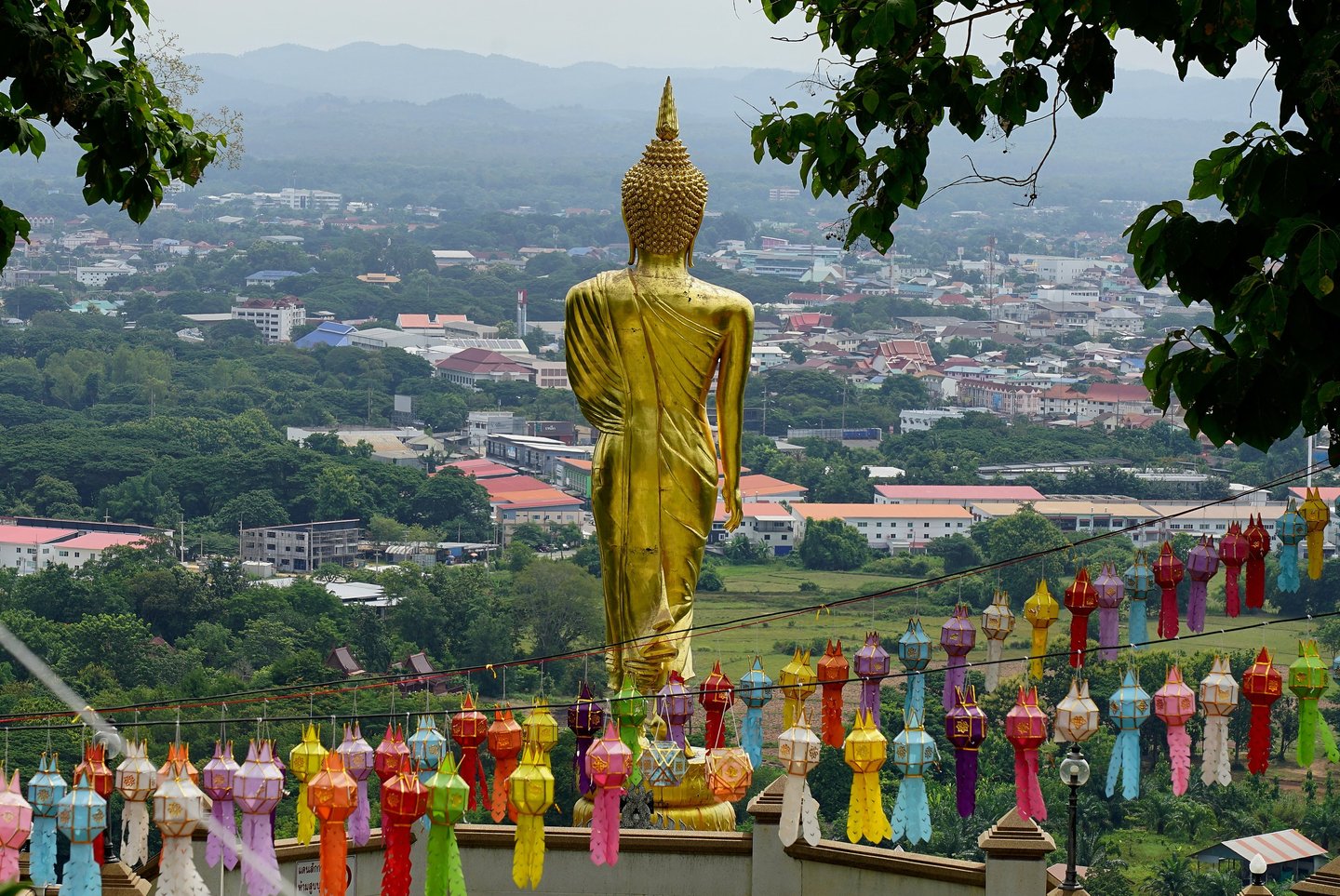

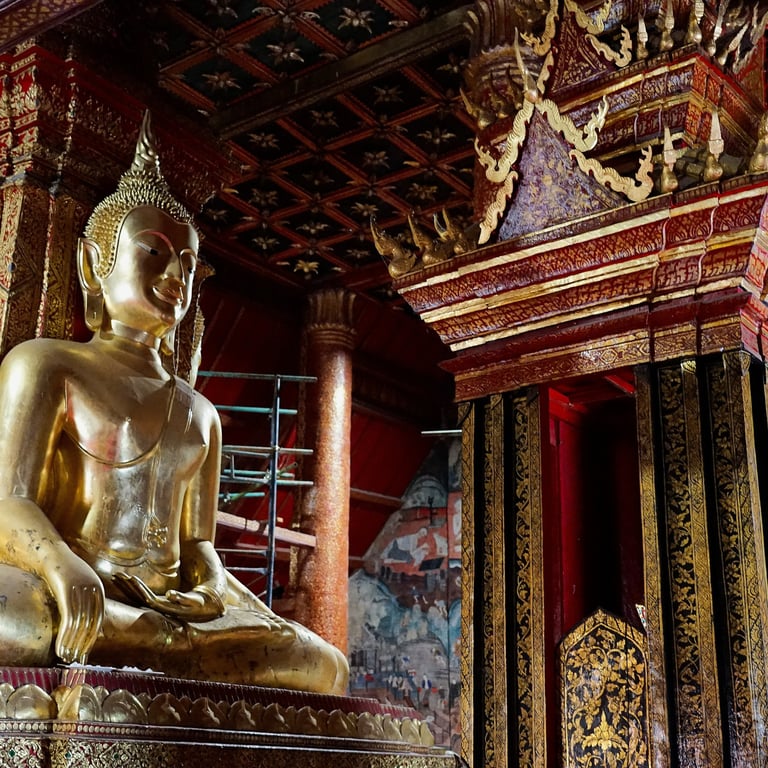
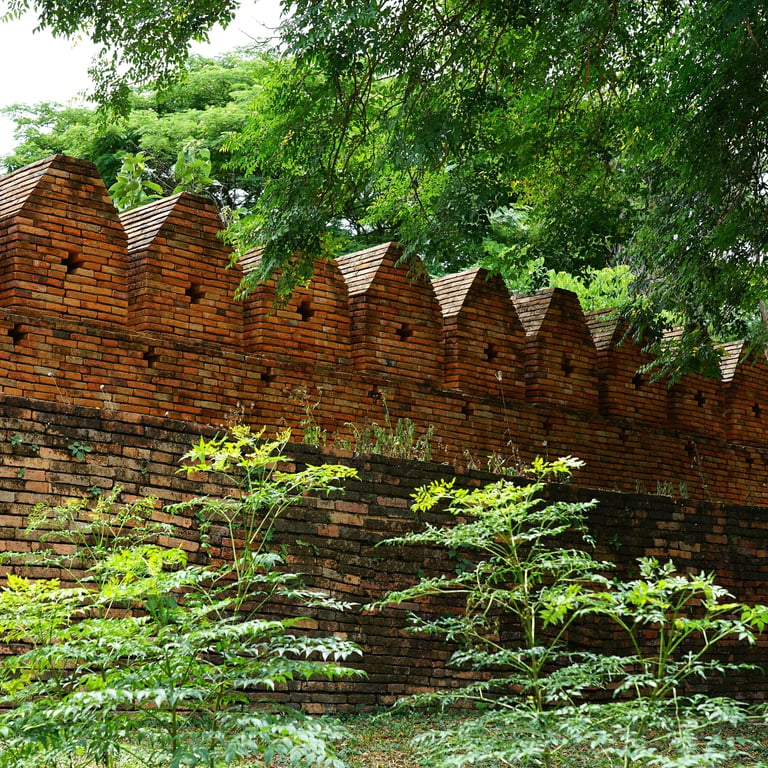
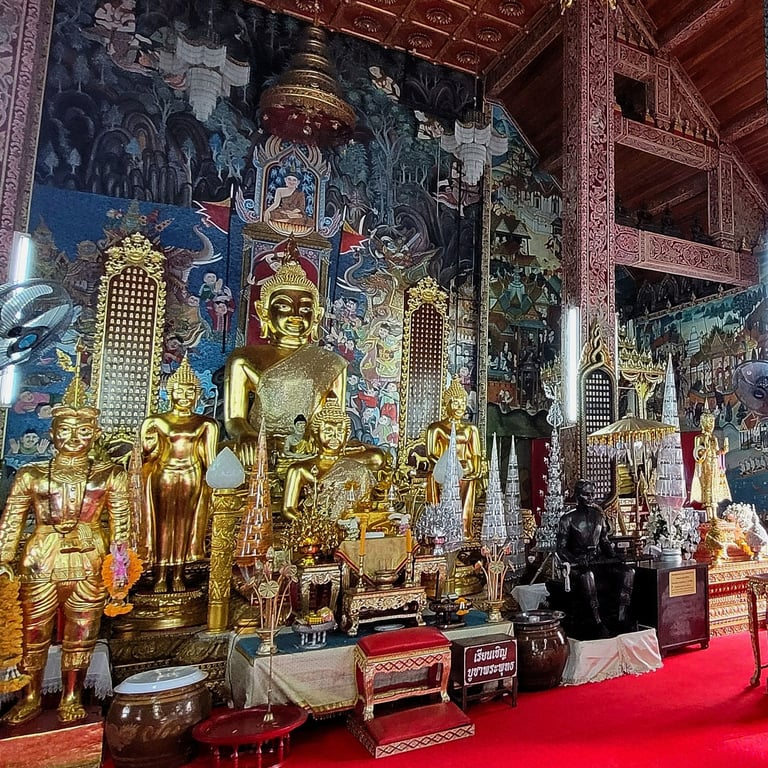
meuang boran, samut prakan
Ancient City
Meuang Boran or Ancient City is located thirty-six kms south of Bangkok. It is an open-air museum, the largest outdoor one in the world apparently. To get round you need to drive yourself or hire a golf buggy. Each of the 116 structures is a sight to behold and sets out to preserve Thai heritage from pre-historical times to the present day Rattanakosin Dynasty. There is also a replica floating market surrounded by walkways and restaurants, so you can take a boat trip which docks in time for lunch.
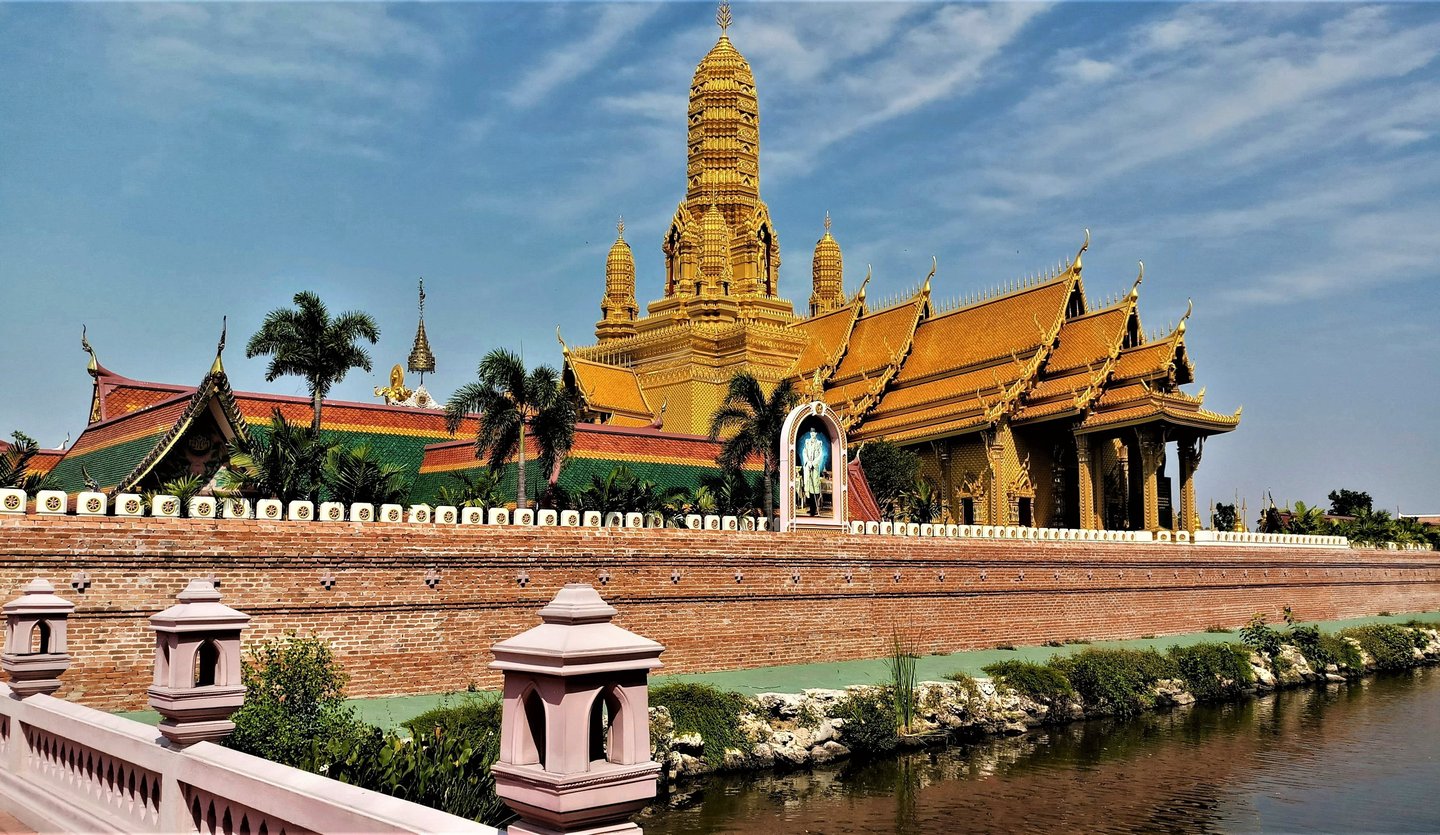

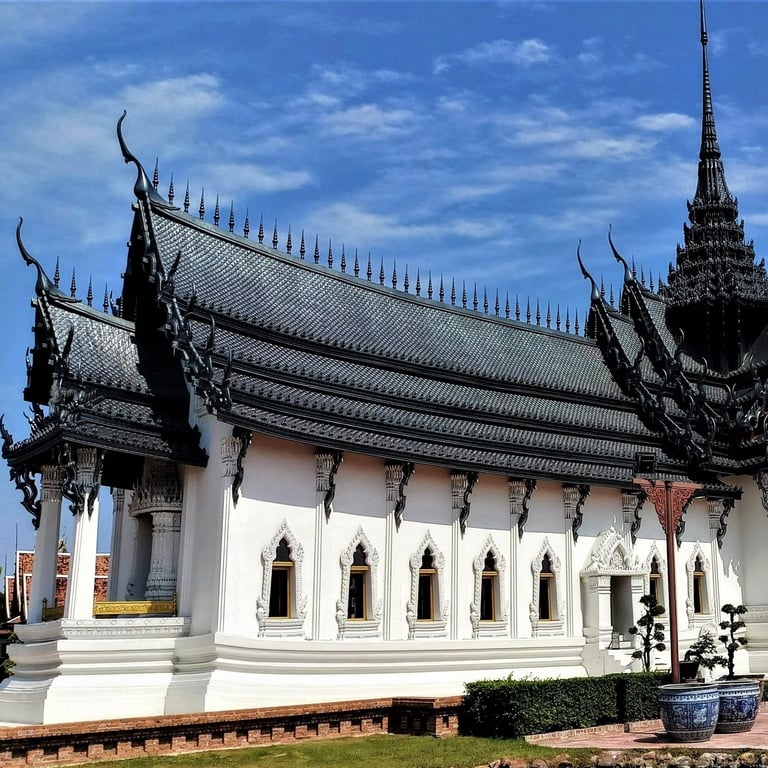
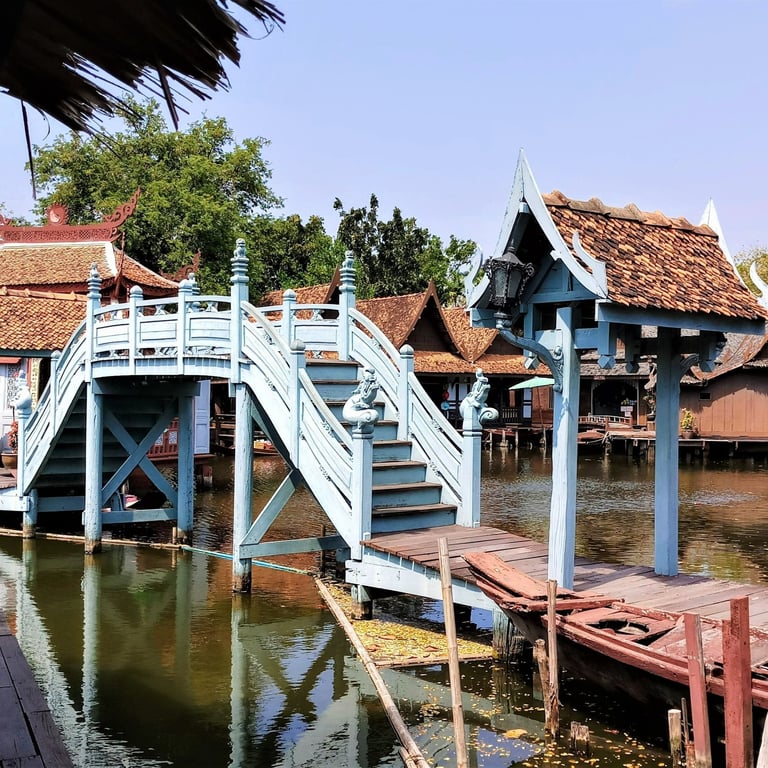
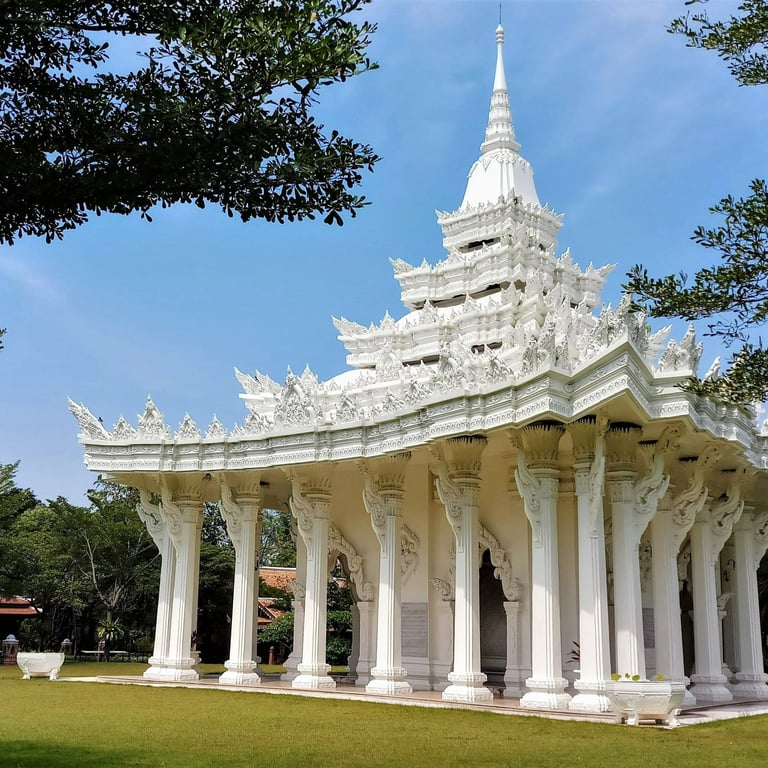
prang ku chaiyaphum
Universal health-care?
This Khmer laterite Prang (tower) surrounded by a wall, with a baray (pond) nearby dates from the thirteenth century. It was built by order of King Jayavaman VII (1181-1218), as one of the 102 medical stations located at outposts throughout his empire. Sitting just off the centre of Chaiyaphum on a back road in a quiet suburb it stands timeless and rightly oblivious to the ‘progress’ all around. Standing there, you are briefly under the spell of a remnant of an eight hundred-year-old state-sponsored public health system, no less. Evidence suggests that remedies were as much spiritual as medicinal.
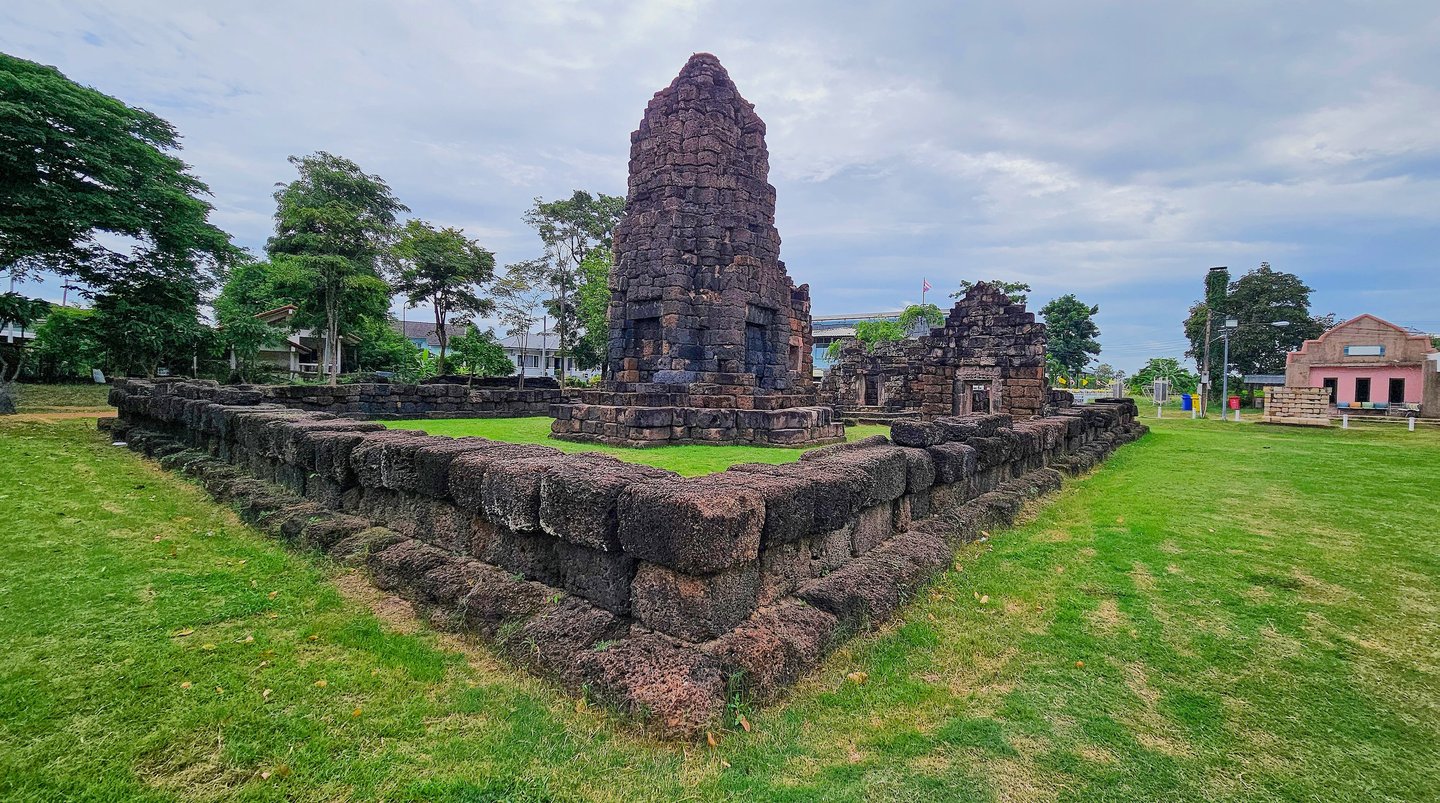

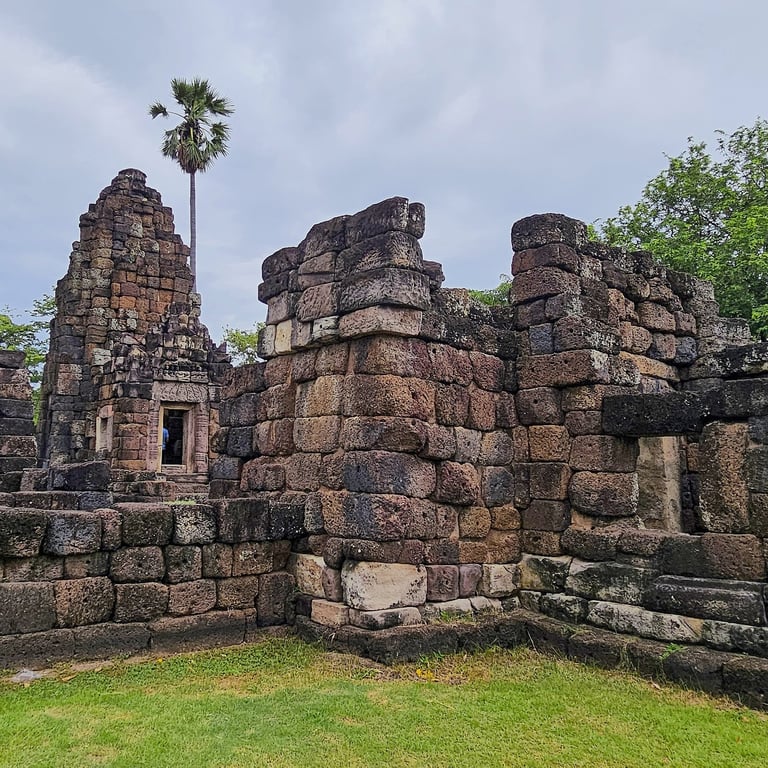
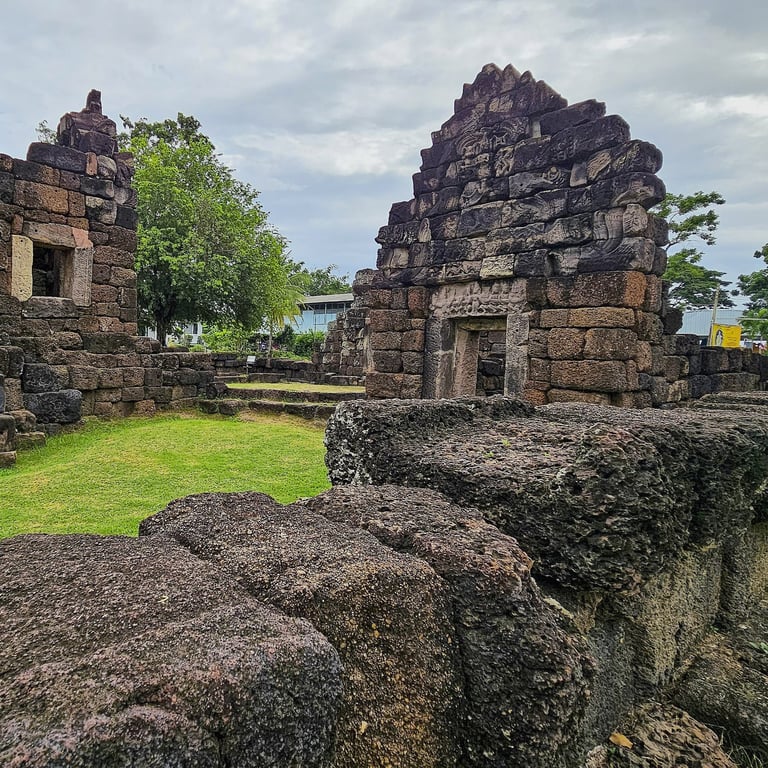
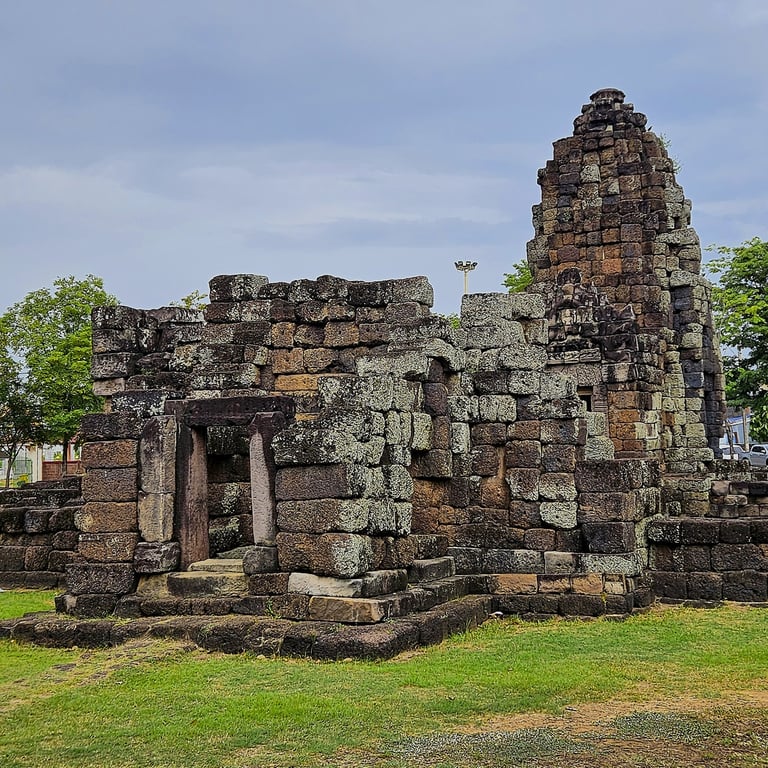
hmong new year, loei province
Pov Pob
The Hmong New Year is celebrated in January after the rice harvest. It is a time when ladies don traditional dress and play a game called Pov Pob or tossing the ball. Girls from the age of 15 can participate, the idea is that the game acts as an icebreaker to help find a suitable match: ‘Throw the ball and catch a husband.’ If you don’t strike lucky you can always try again next year. What happens to the very nice person who can’t catch for toffee? Seemingly an ornament was given to Ms Butterfingers, then the potential lover had to sing them a love song to win it back - although tape recorders were used in modern times - boo! As for the older folks here, apparently you play pov pob each year to remind yourself of that first time, when you fell in love.
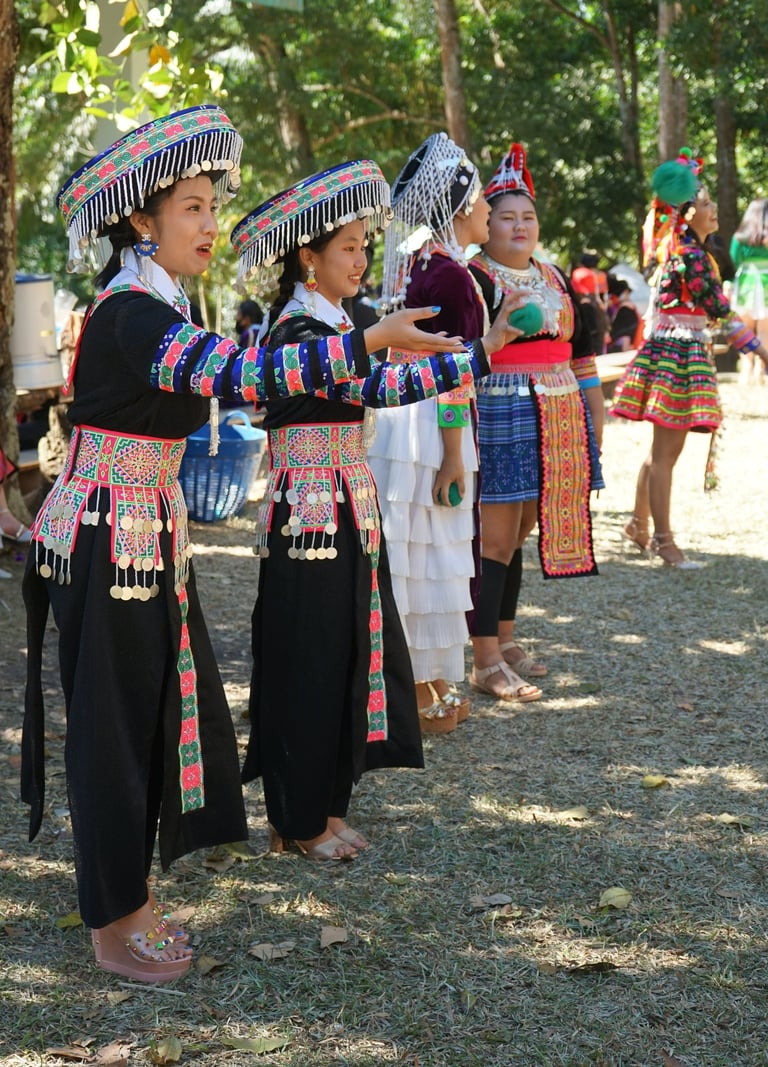

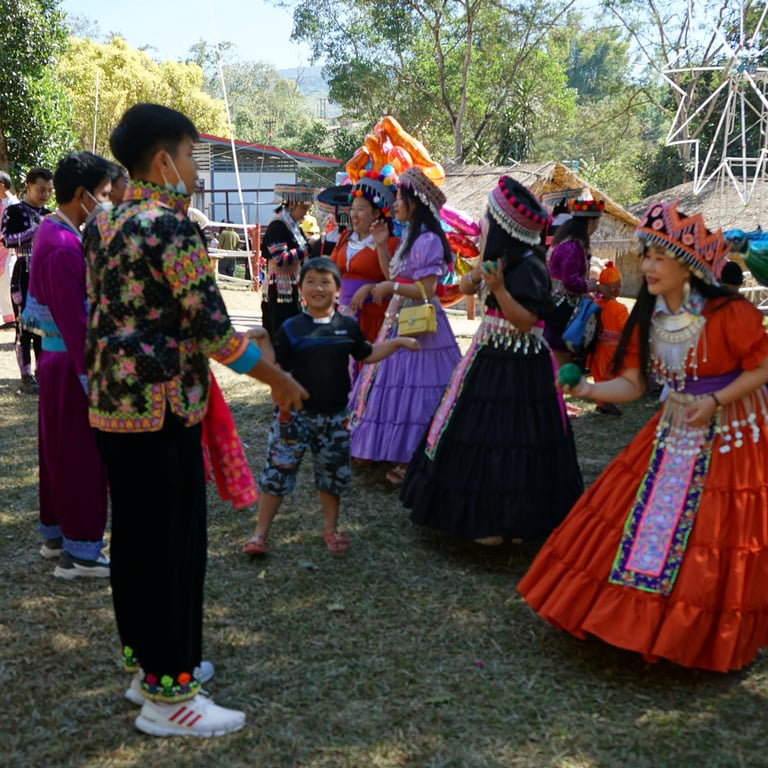
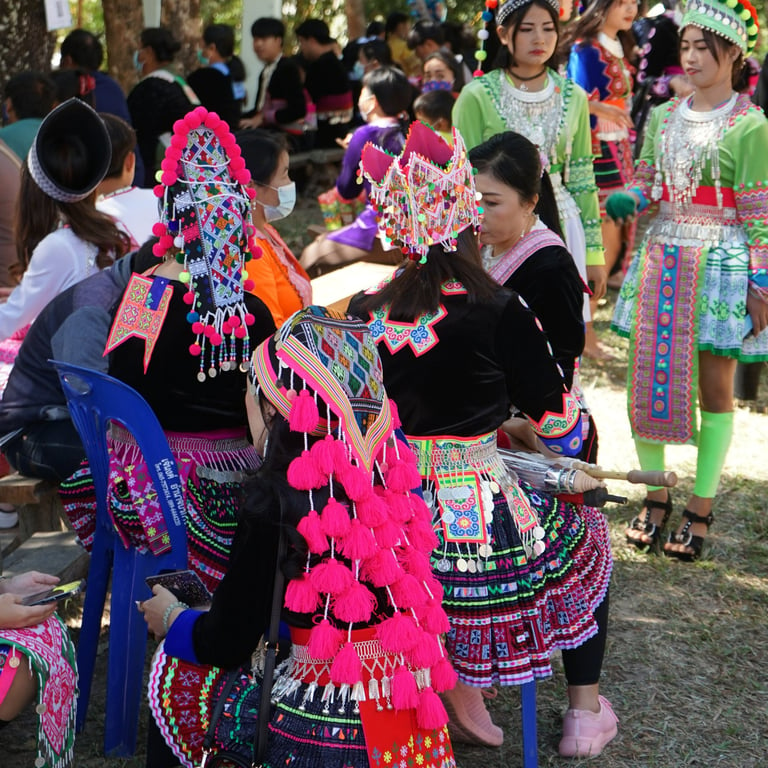
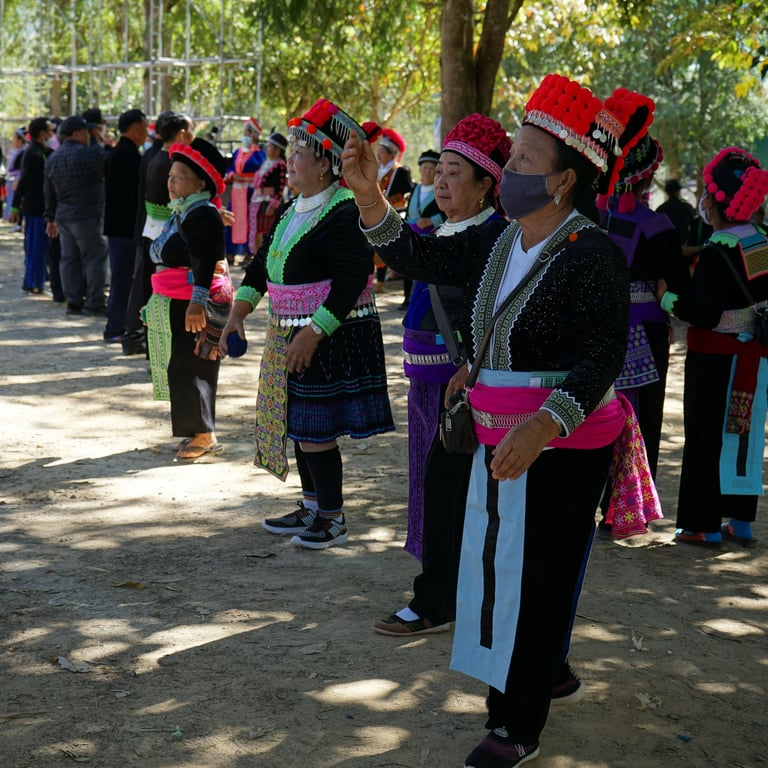
kanchanaburi, kanchanaburi province
Lots to do
The Bridge over the River Kwai (more like Kwae in Thai) in Kanchanaburi is a reconstruction, the original being destroyed in WWII. The whole story is expertly curated at the eponymous Death Railway Museum, opposite one of the POW cemeteries, and also at the excellent Hellfire Pass Interpretive Centre, an hour's drive up the road. Kanchanaburi is also a popular destination for outdoor activities, especially water-based. You've also got hot springs and waterfalls such as Sai Yok Noi (above) just outside town and Erawan Falls, a bit further out. Or, you could simply stay at a resort by the river and just chill! Later, drive three hours-plus north-west you will arrive at Sangkhla Buri where the Mon Bridge is situated.
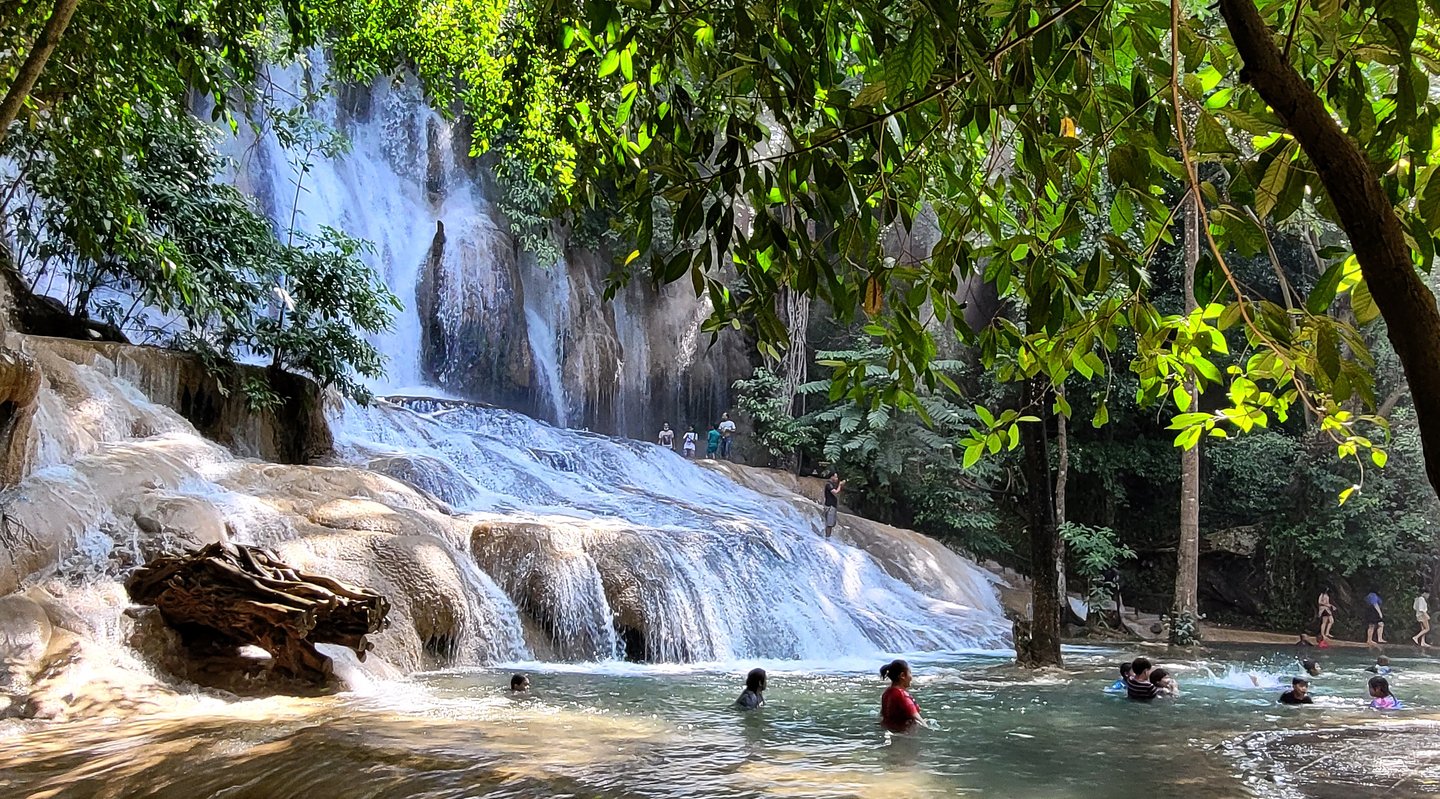

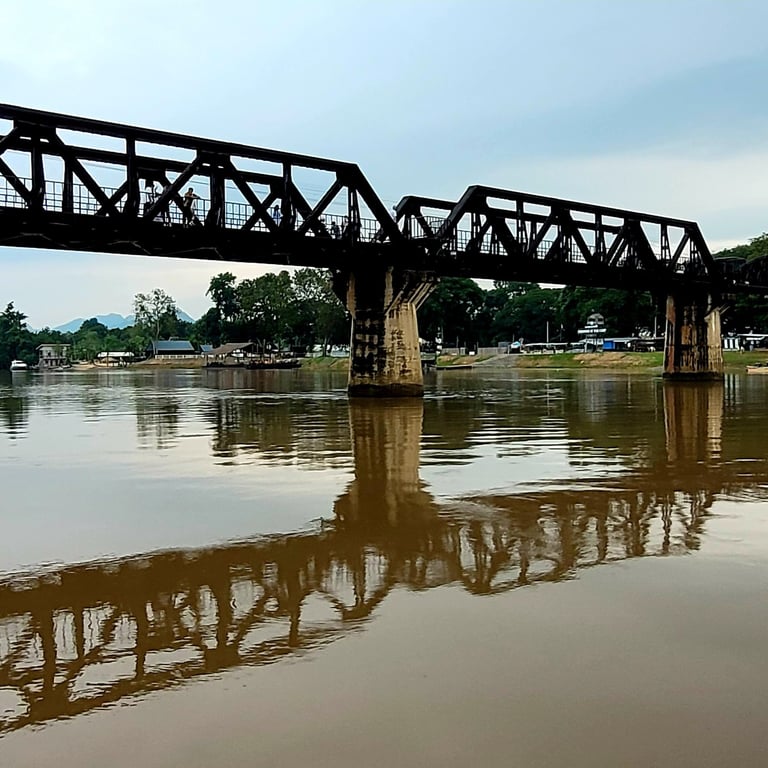
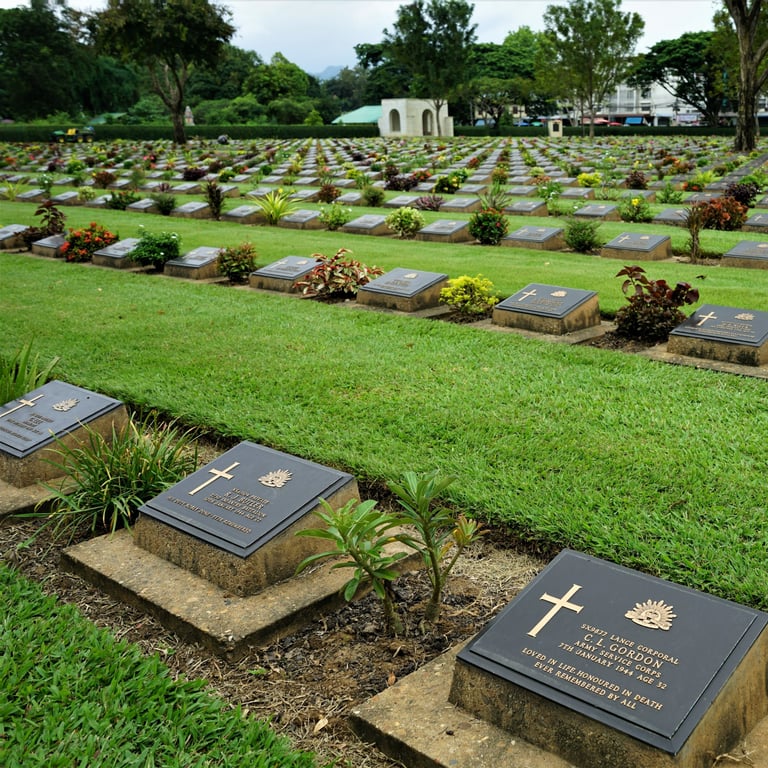
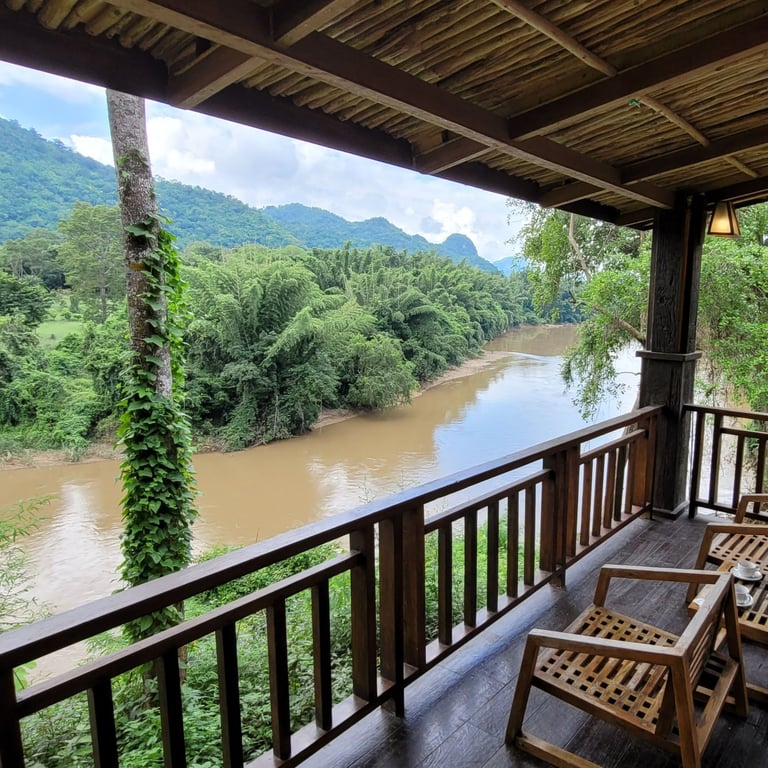
wiang kum kam, chiang mai
Ruined City
Wiang Kum Kam is three kms south of Chiang Mai city centre. You could drive straight past it on the way back from the airport not realising that it was there down one of the turn-offs (as I did many times). It was the centre of the new Mon capital of Chiang Mai when it was built in the 13th century, but later abandoned in the 16th century when the Burmese invaded. Flooding may also have contributed to its decline, the Ping River can burst its banks and inundate the site - as happened three times in 2005. It is a working wat, with monks resident on site, but to tour the ruins you can take the horse and buggy option. Of note: the main chedi is modelled on Chedi Suwanna in Lamphun.
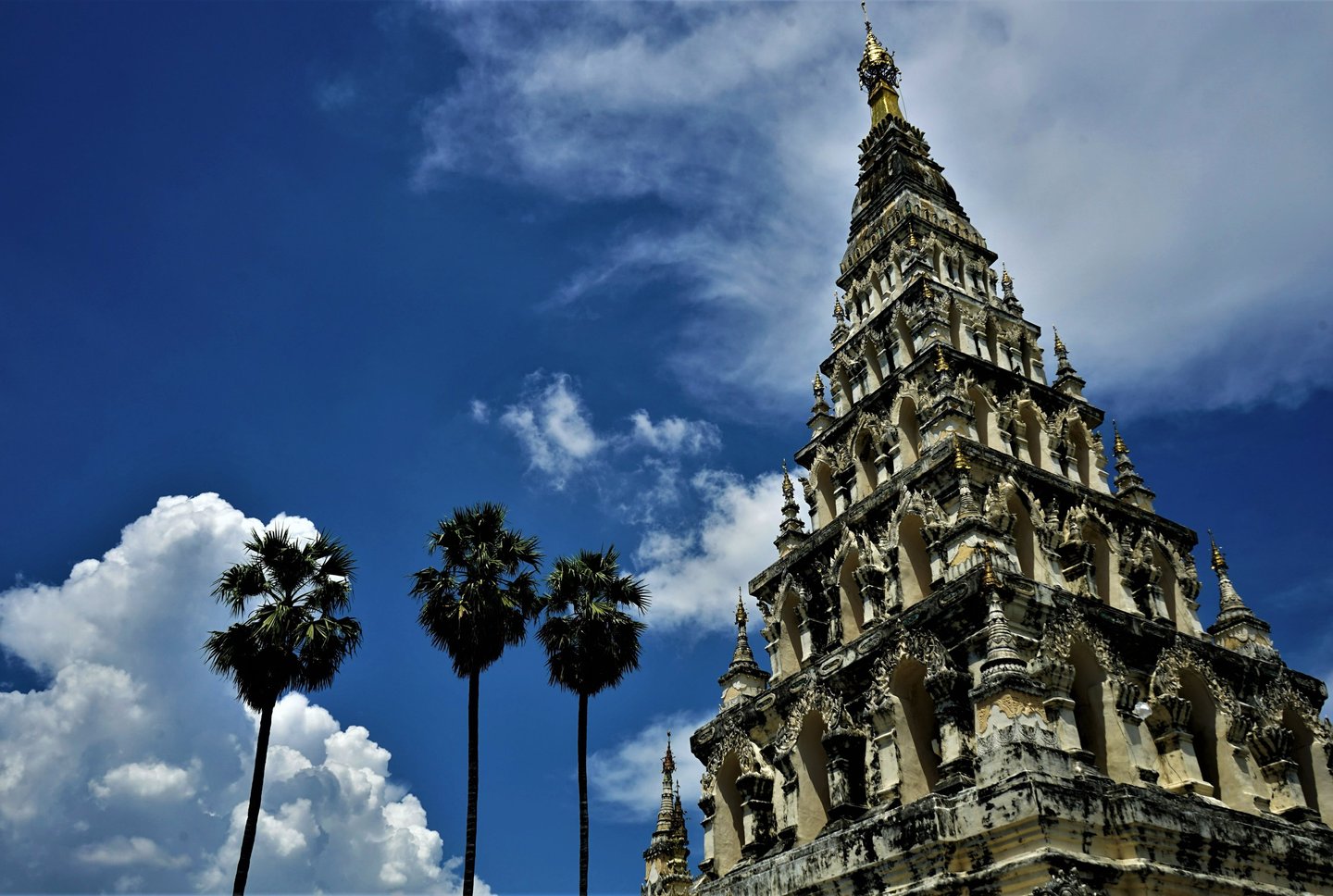

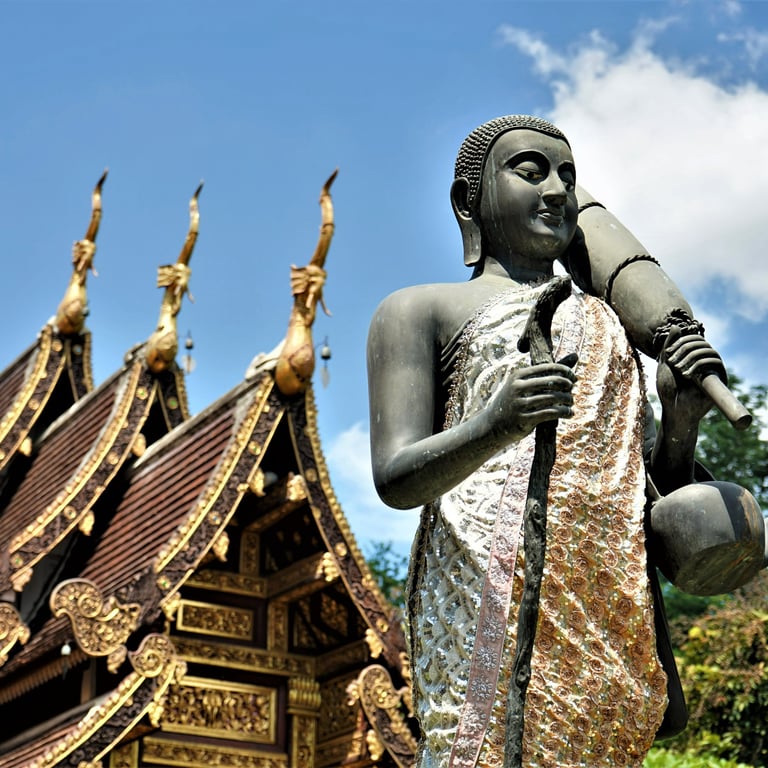
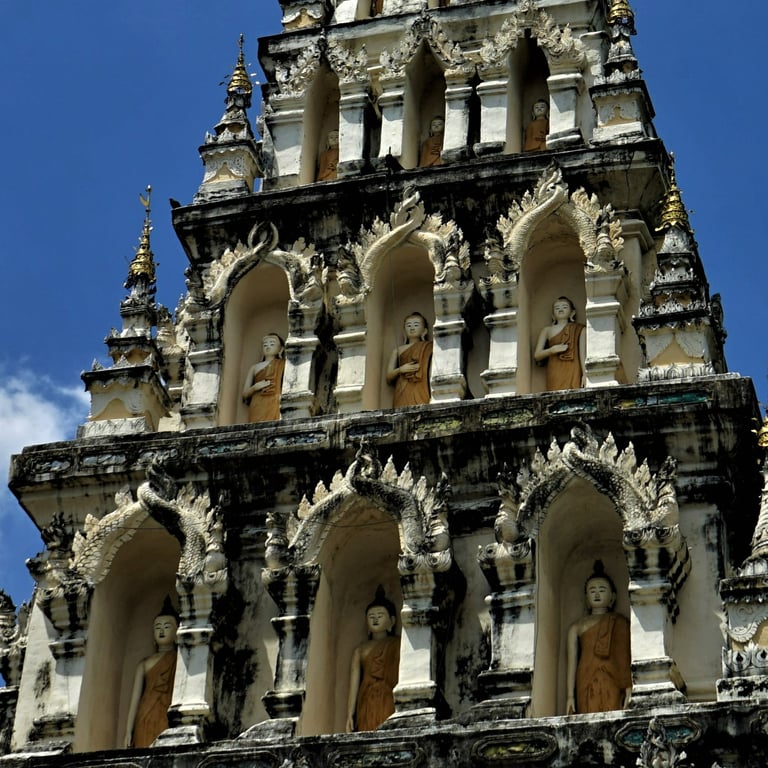
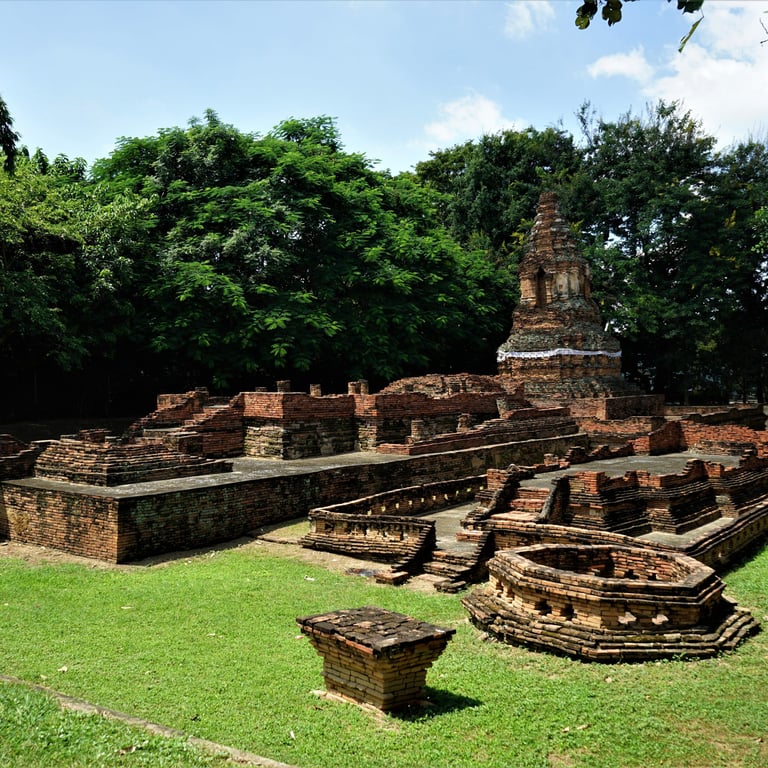
nakhon phanom, bueng kan province
Riverside splendour
The town is in the far north of north-eastern Thailand on the Mekong River. In fact, it is so far north that it is geographically north of Vientiane in Laos. The riverside location, with rugged Lao mountain peaks in the distance, makes for a picturesque setting giving the appearance and feel of being at the seaside. This is enhanced by a corniche and boardwalk that runs for miles. In town there are bars and restaurants to go with the evening market, whilst down the river there is a weekly market of local fare. You can hire a bike to cruise up and down at sundown while a strong Mekong breeze will test your stamina. The town centre-piece is the Naga statue that looks over the river.
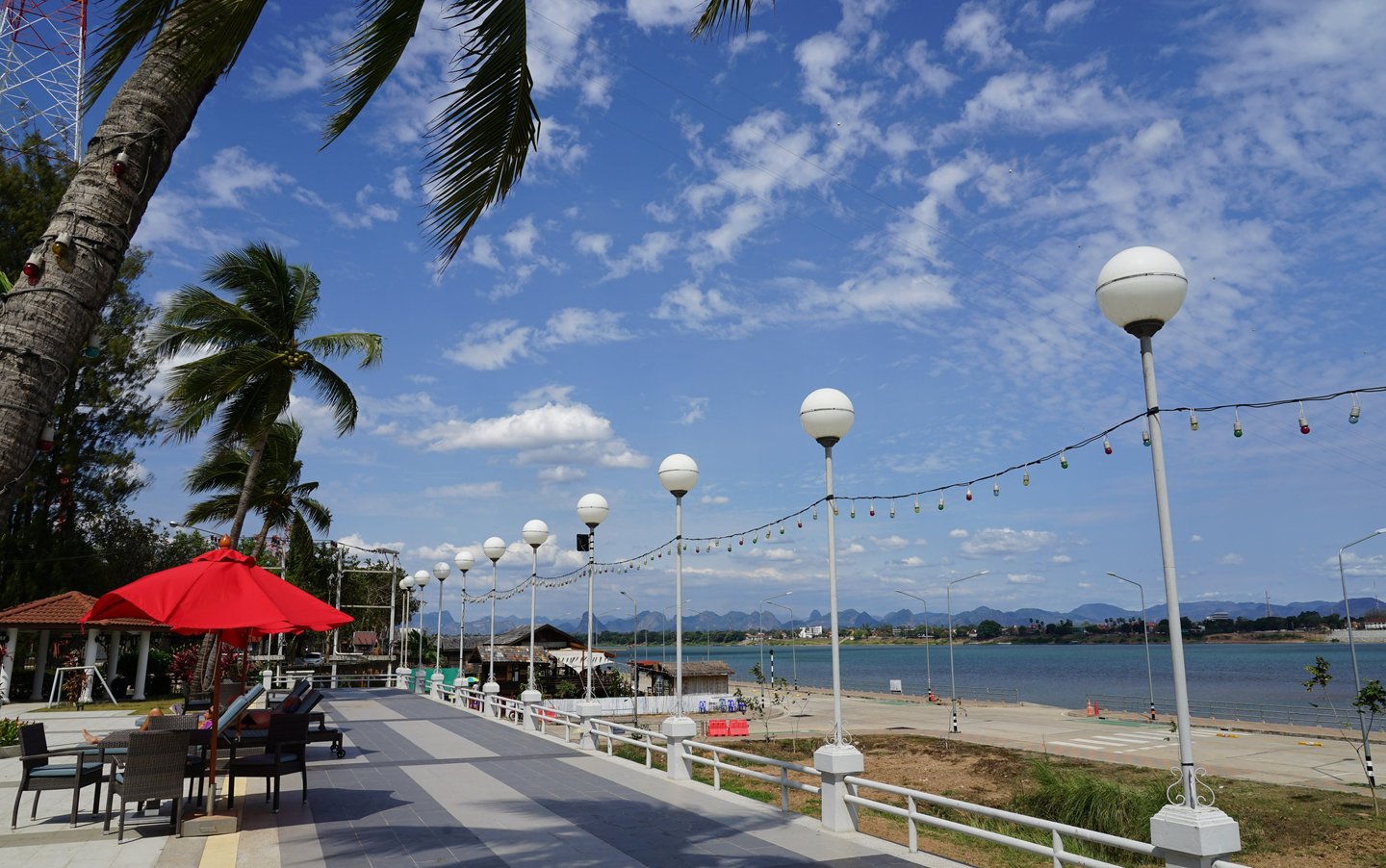

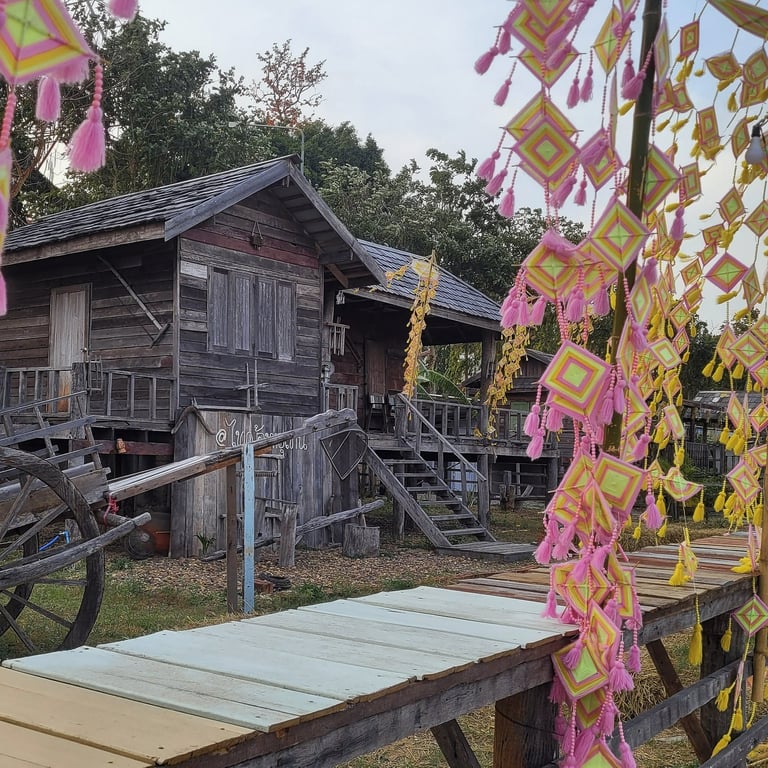
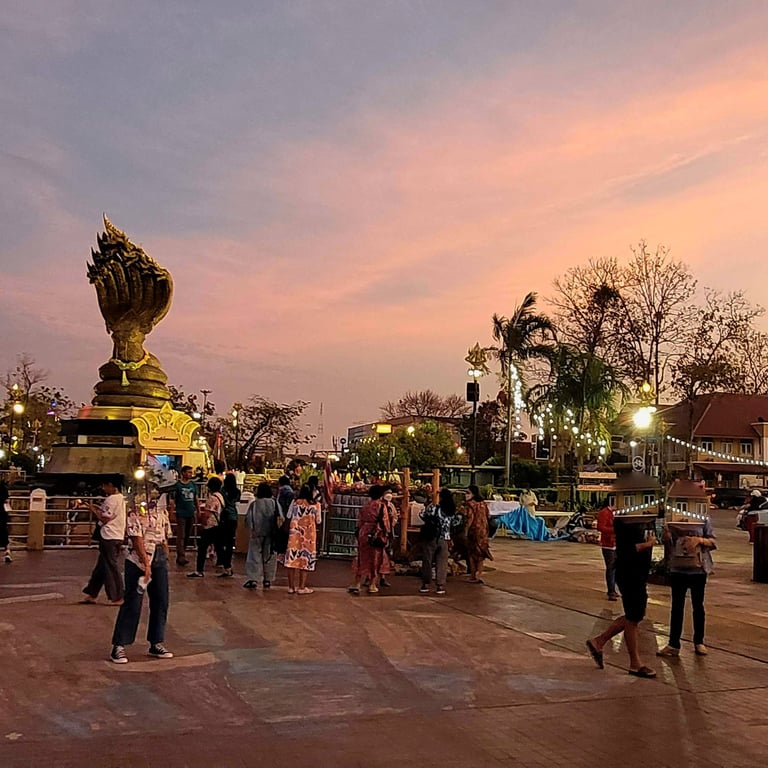
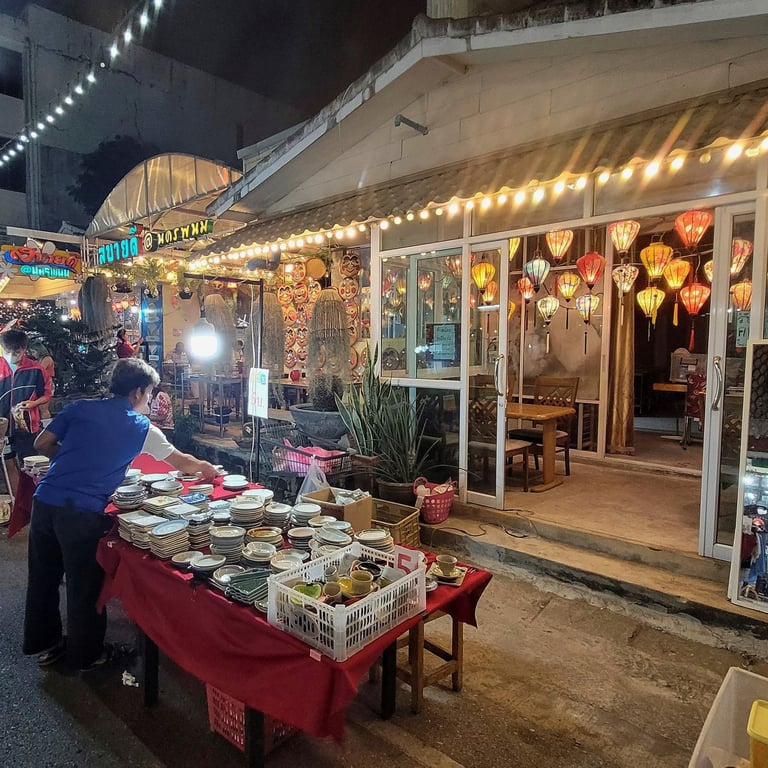
chiang mai City Walls
See you at Thapae Gate
When Chiang Mai was founded in 1296 it was built inside a square bounded by a moat and city walls. There has been much destruction over the years, but the walls have been restored in places and do give a ‘walled city’ feel to the place, even though the town now sprawls outside in all directions, with fast ring roads to take you hither and thither. The four gates and noted corners of the walls are still focal points, such as Thapae Gate on the east side and Jaeng Katam on the south-east corner. Driving round either side of the moat you have to keep your wits about you, switching lanes repeatedly, as you anticipate the cars, bikes and baht-buses joining abruptly from U-turns and feeder roads. Or you could let the red baht-bus worry about those things. Starting your evening off? Meet at Thapae Gate and take it from there.
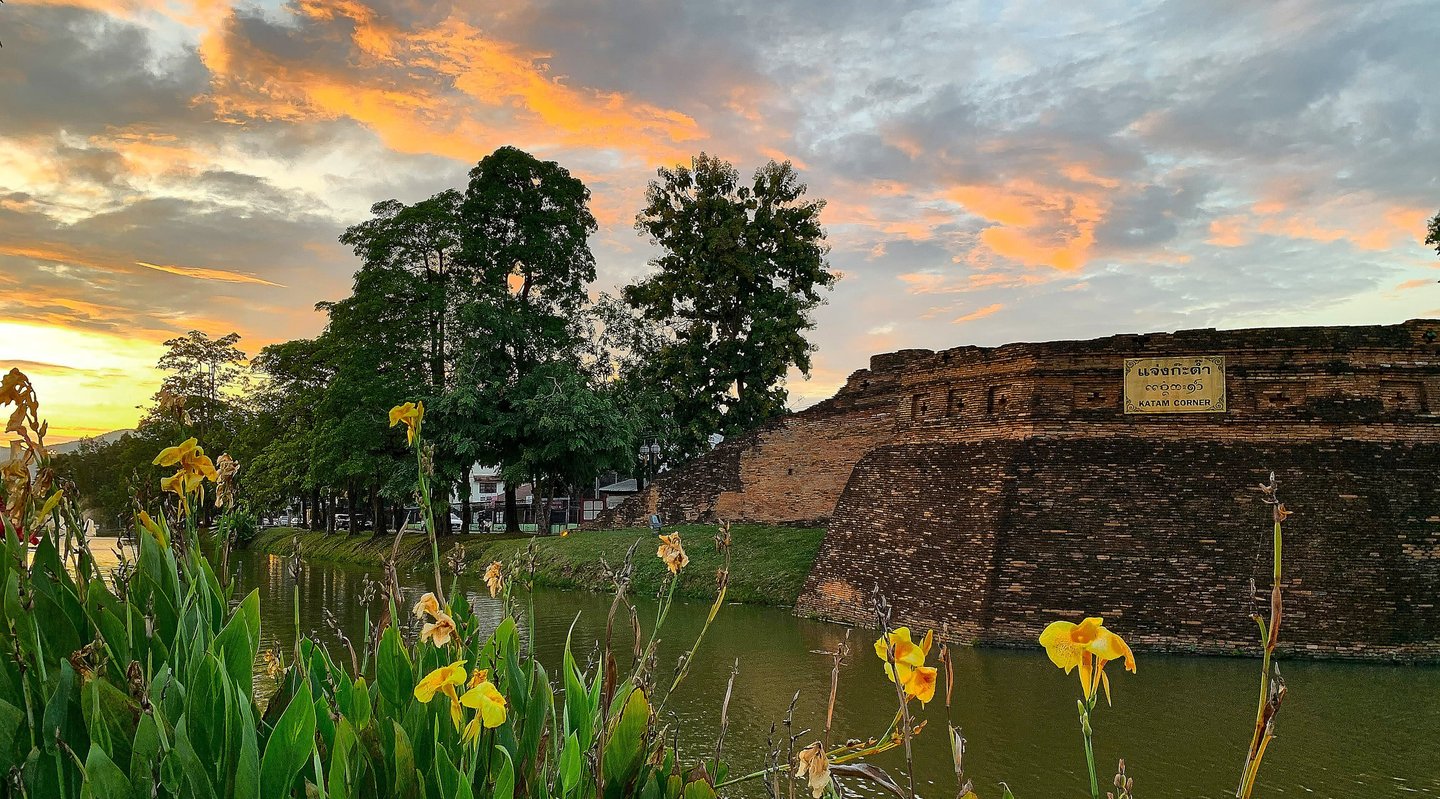

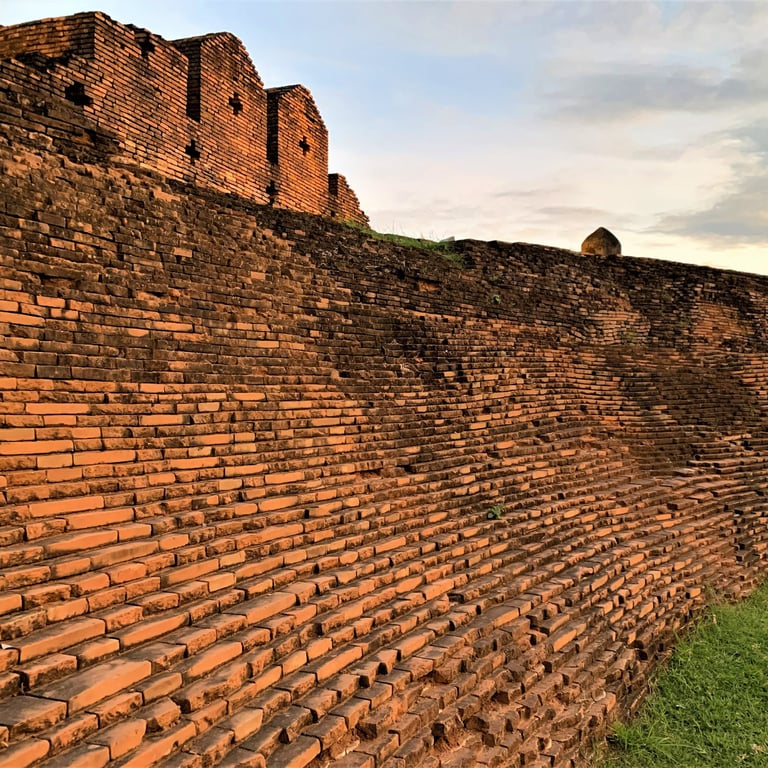
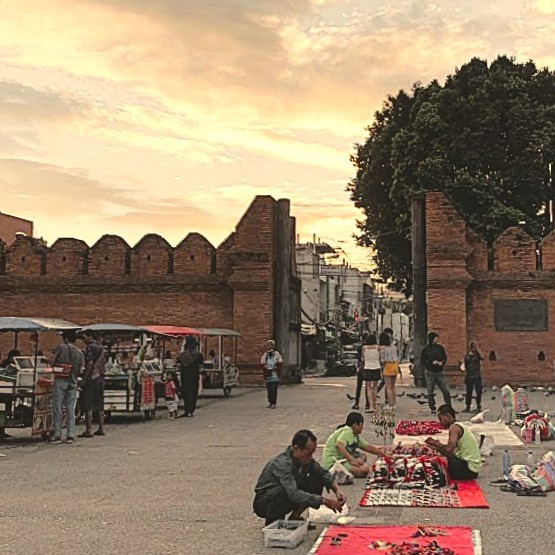
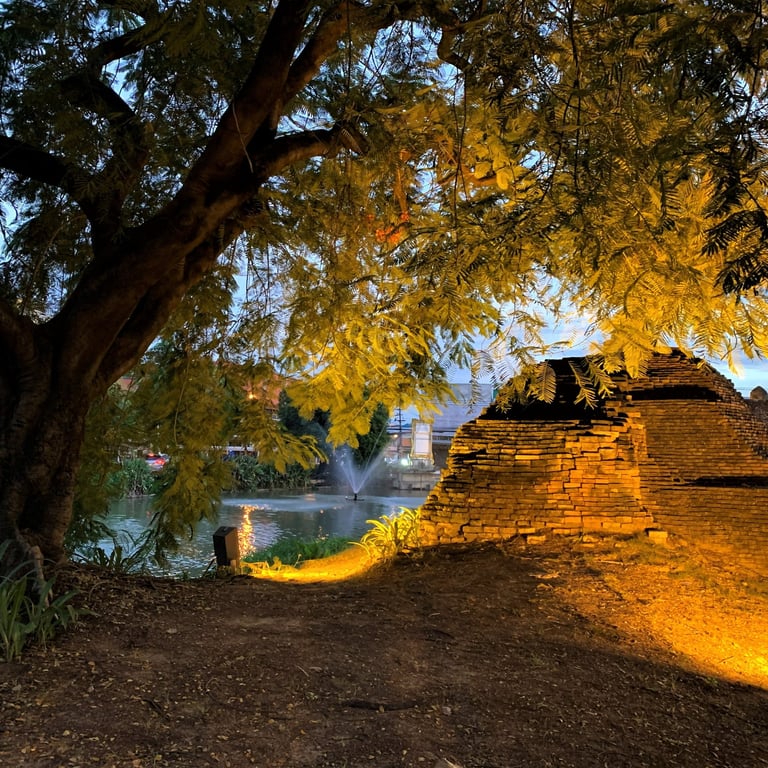
Phu Chi Fah, Chiang Rai Province
Views !?!
Phu Chi Fah is a peak in Chiang Rai Province that overlooks Laos. It is known for its breath-taking views, but you have to get the season right, otherwise you will be enveloped in clouds. It is 295 kms north of Nan or 95 kms east of Chiang Rai. The journey from either direction encounters steep gradients, especially in the final approaches, so plan for long drives. There are many small resorts and glamping options nearby, but expect crowds in high season, winter being best for clear skies. This trip was in the month of June, so the view to Laos at the top was actually the view to my muddy trainers (just about). No crowds though - small consolation!
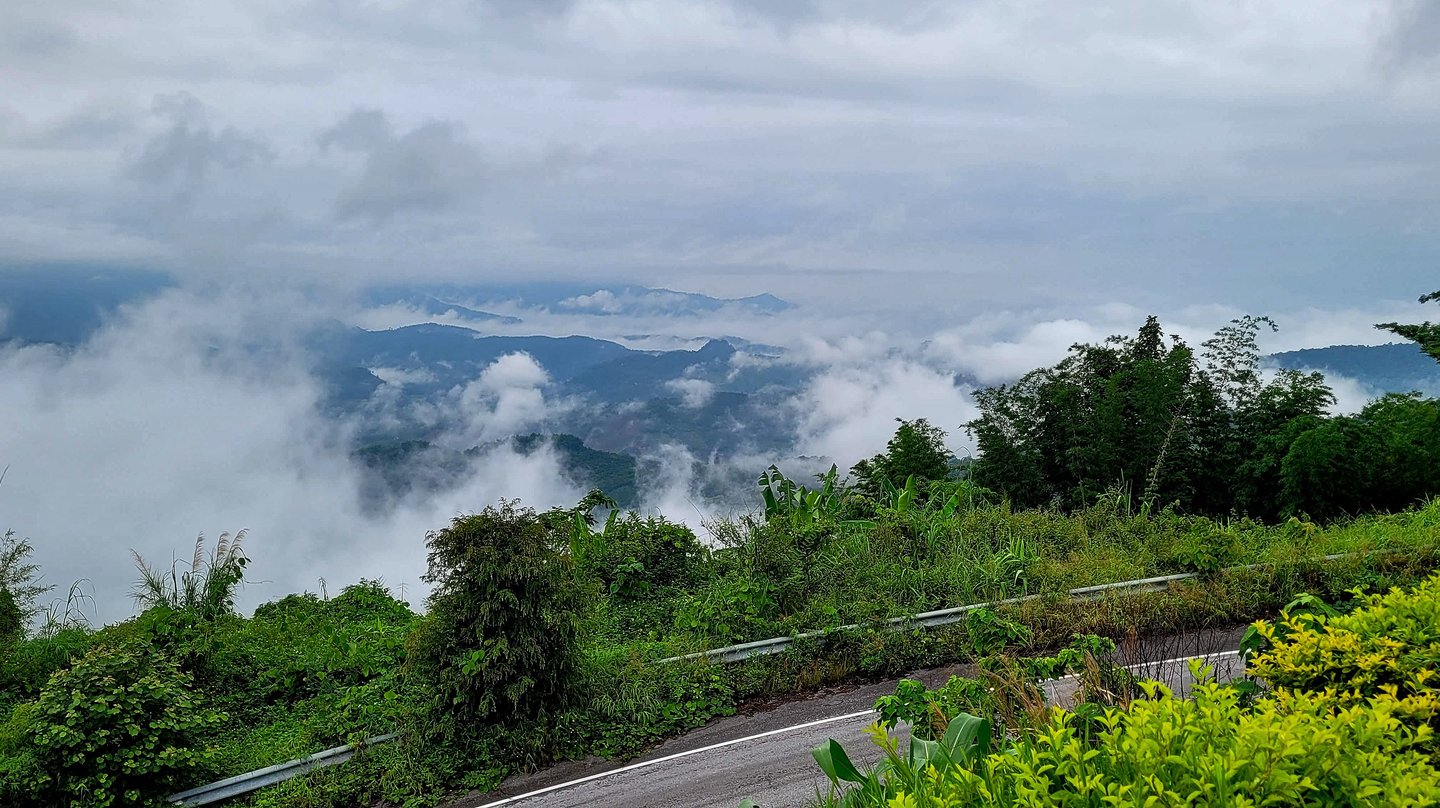

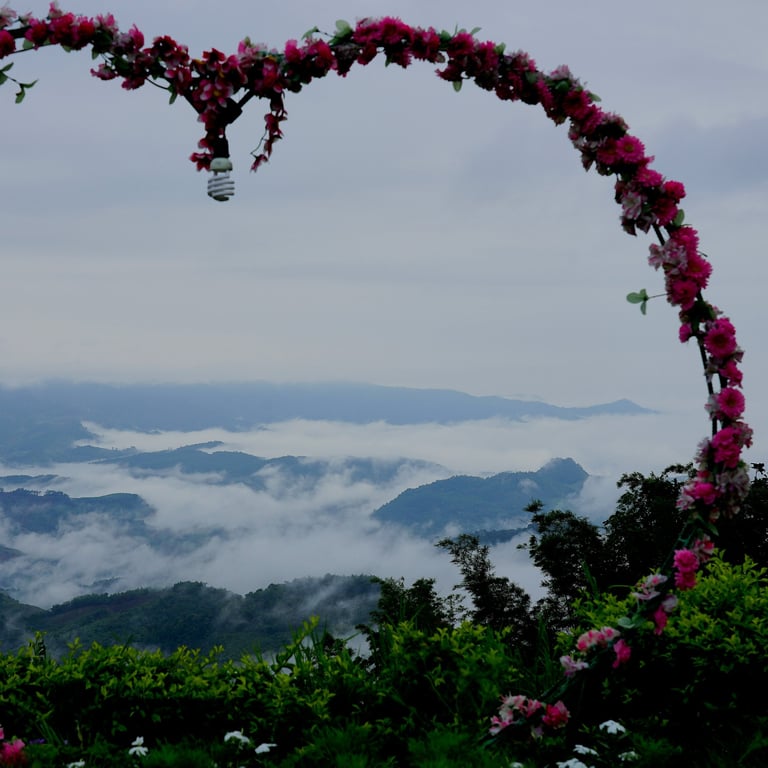
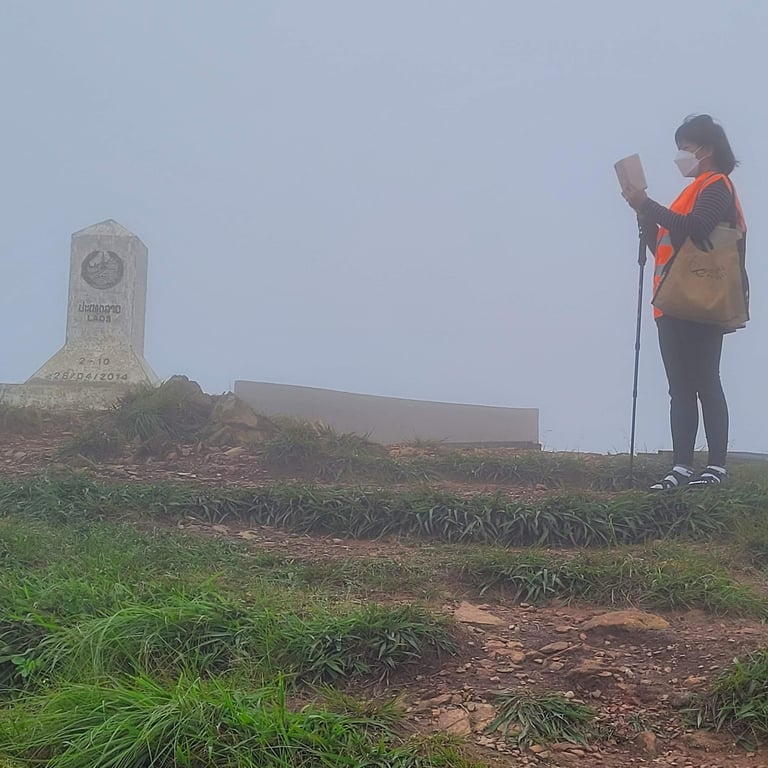
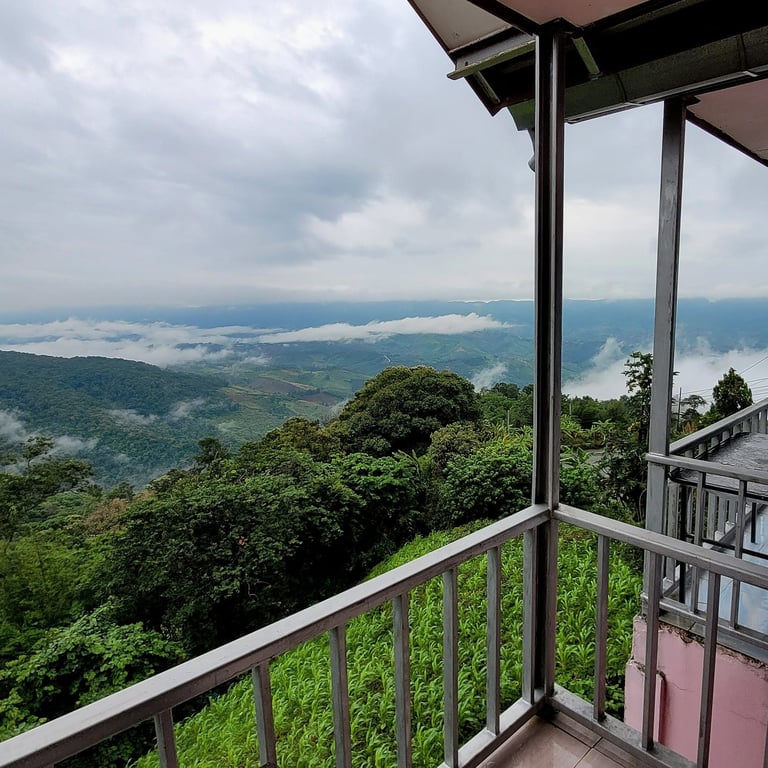
MRT, bangkok
Monorails
The Metropolitan Rapid Transit network in Bangkok (MRT) continues to expand with new lines serving the outer suburbs. The Yellow (to Samrong in the south) and Pink Lines (to Minburi in the east) are both elevated monorails, each being over 30 kms long and intersecting with other lines (some yet to be finished). The trains are driverless and cruise steadily at about 40 kph, with occasional 60 kph bursts. Everything is spick and span even if the experience is a little like a fairground ride. The word ‘trundle’ springs to mind as you bobble along between stops. For some reason, I was expecting a smooth, glide-like ride! Still, it is all part of the laudable, and very welcome, grand expansion of Bangkok’s public transport network.

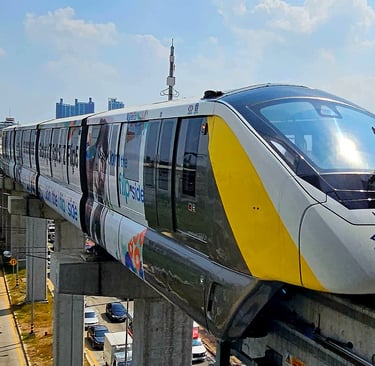
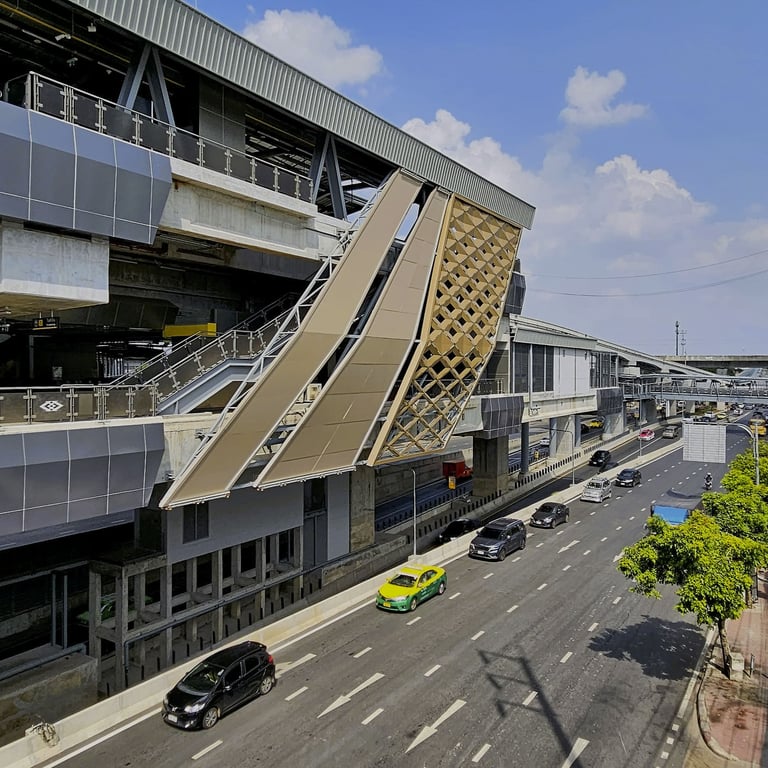
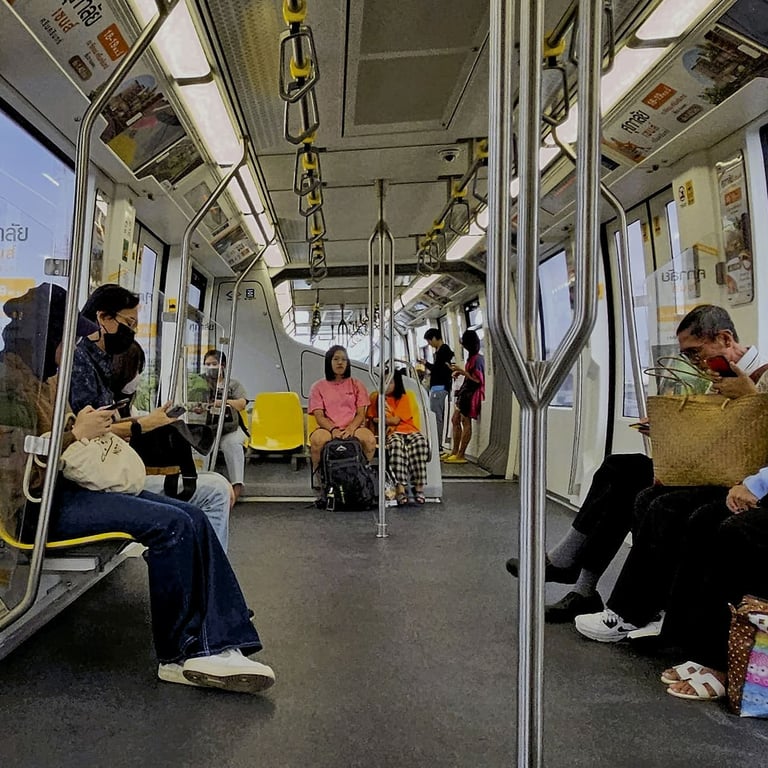
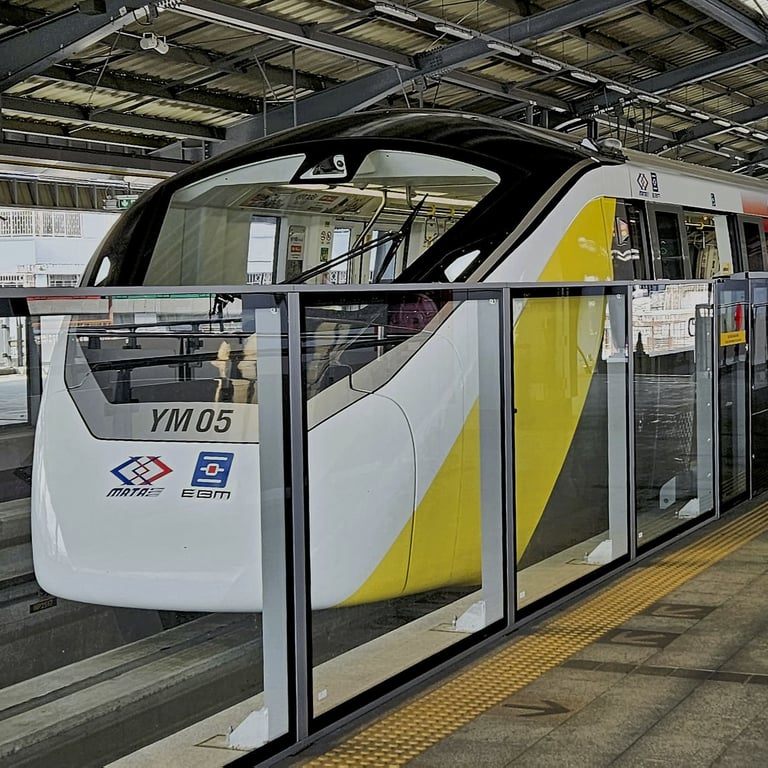
chan royal palace, phitsanulok
Excellent Museum
The Chan Royal Palace in Phitsanulok dates from when it was the seat of power of the Sukhothai Kingdom in 1378. The city was was subsequently destroyed by the Burmese in 1775 and left in ruins for years. I am always a bit non-plussed when visiting a historical site that is comprised of just the foundations or a low wall making a rectangular shape. But here there is an excellent museum as well as restorations which help join up the dots and build a picture of the scope of the site. Situated on the banks of the Nan River, it is a short tuk-tuk ride to nationally famous wats as well.
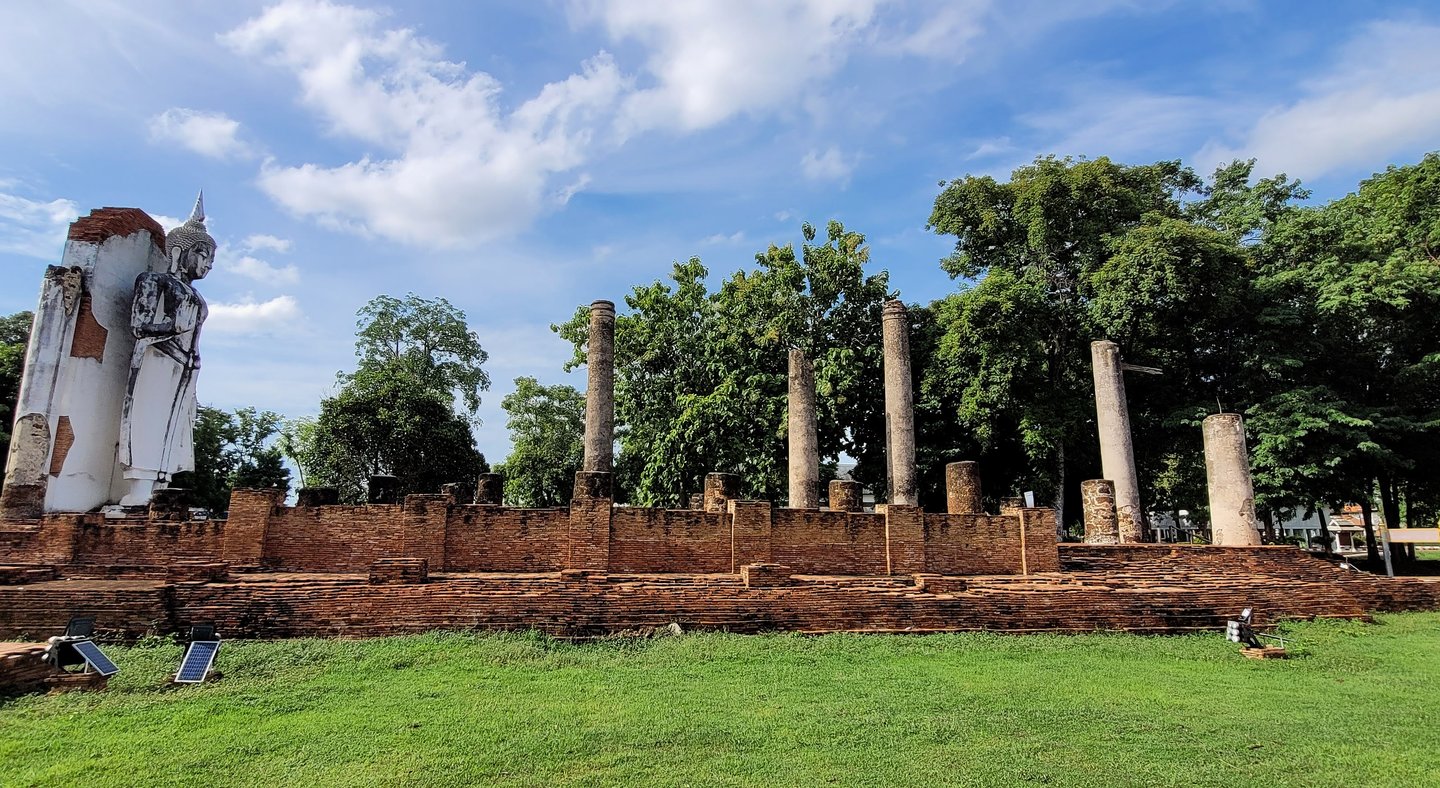

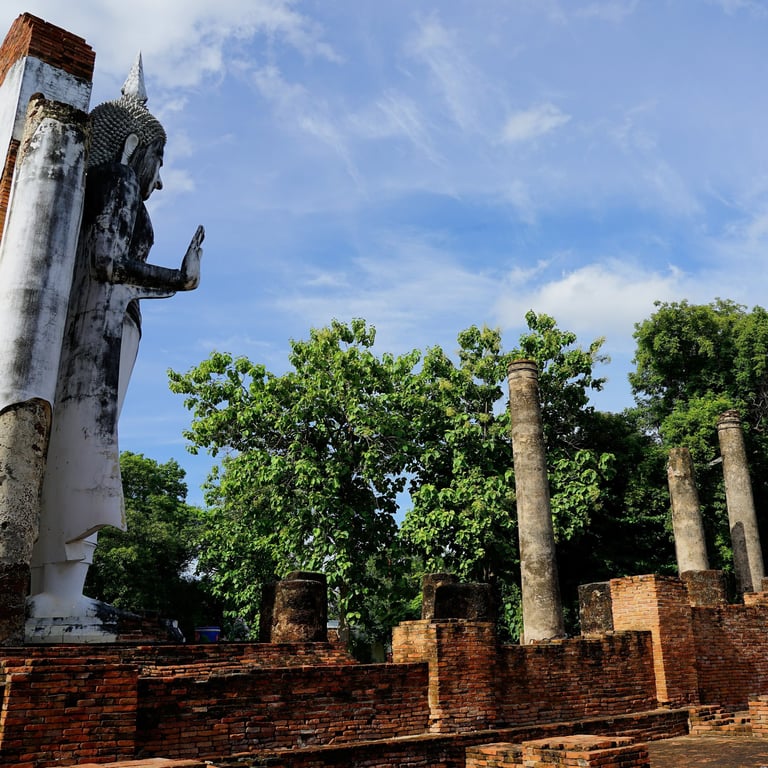
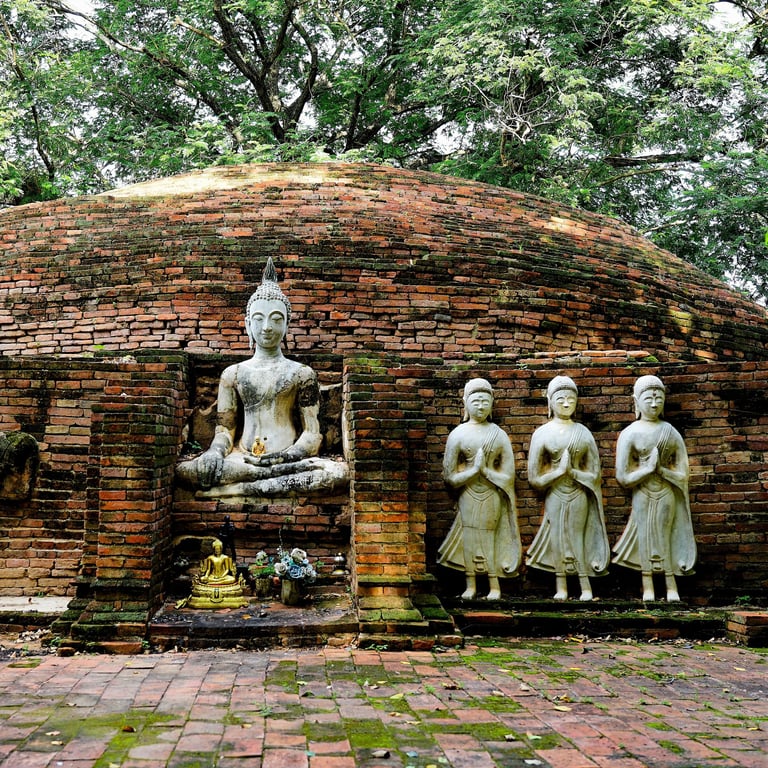
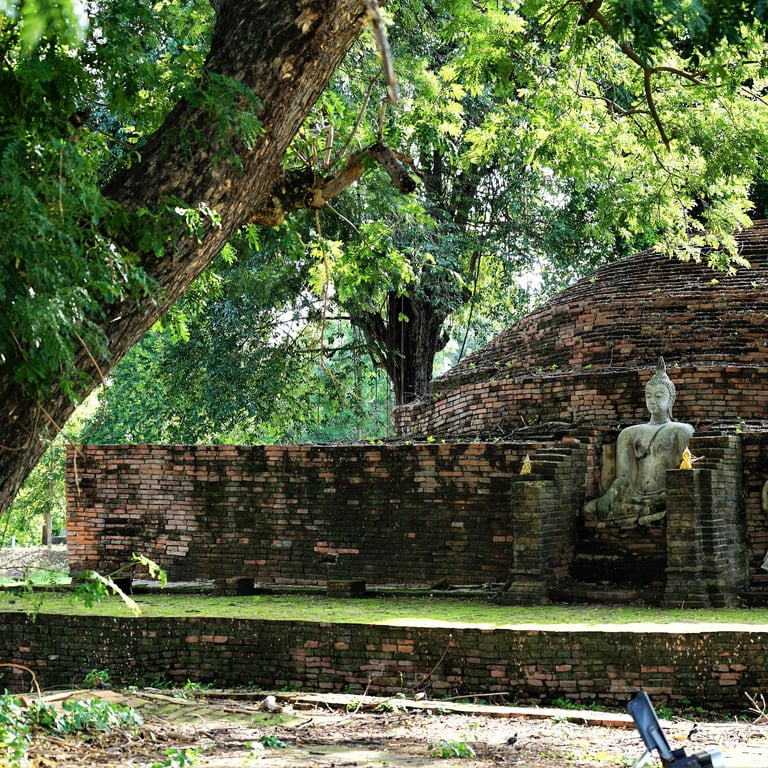
hot springs
Treat yourself
There are a number of places in Thailand where you will find hot springs. Doi Saket Hot Spring is one of them; it is on the main road, 35 kms east of Chiang Mai. You can dip your feet in a communal channel, buy some sulphur infused hard-boiled eggs or rent a private bath for 100 baht per person. What could be better than sitting in the life-affirming waters while watching the cows in a field, knowing that your skin will feel really smooth for the next ten days? Jumping in a cold river straight afterwards perhaps? You can do that at Hindad Hot Spring (pictured above), north-west of Kanchanaburi where a river runs alongside the thermal pool.
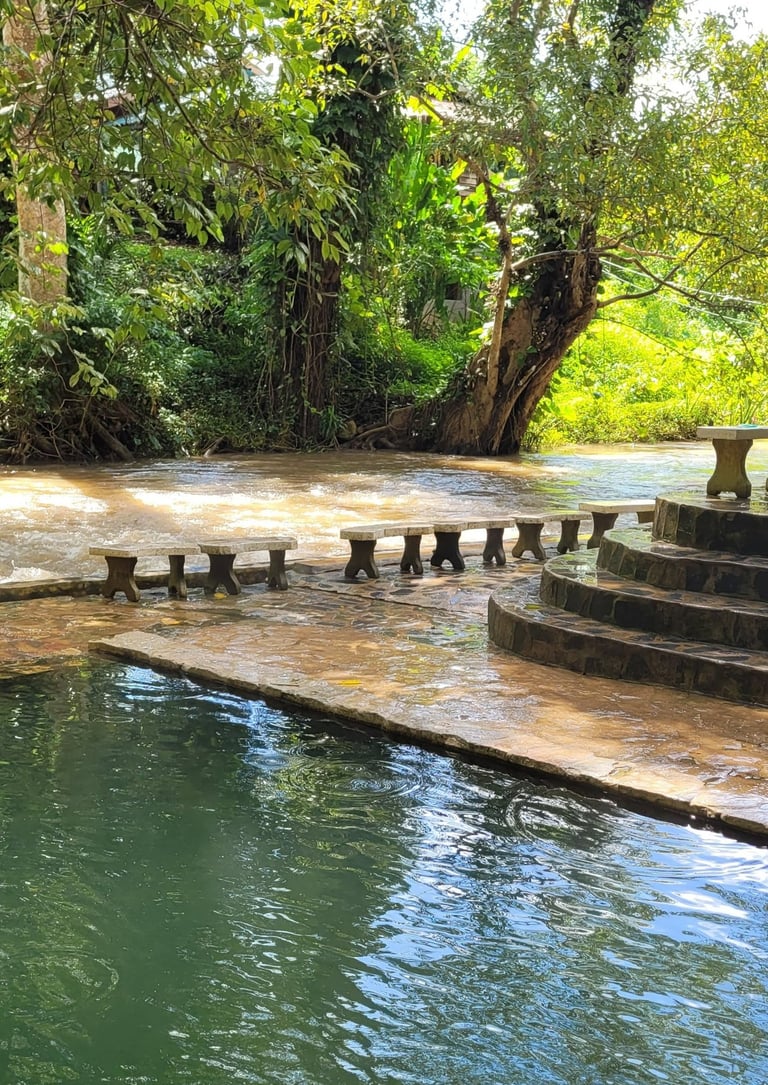

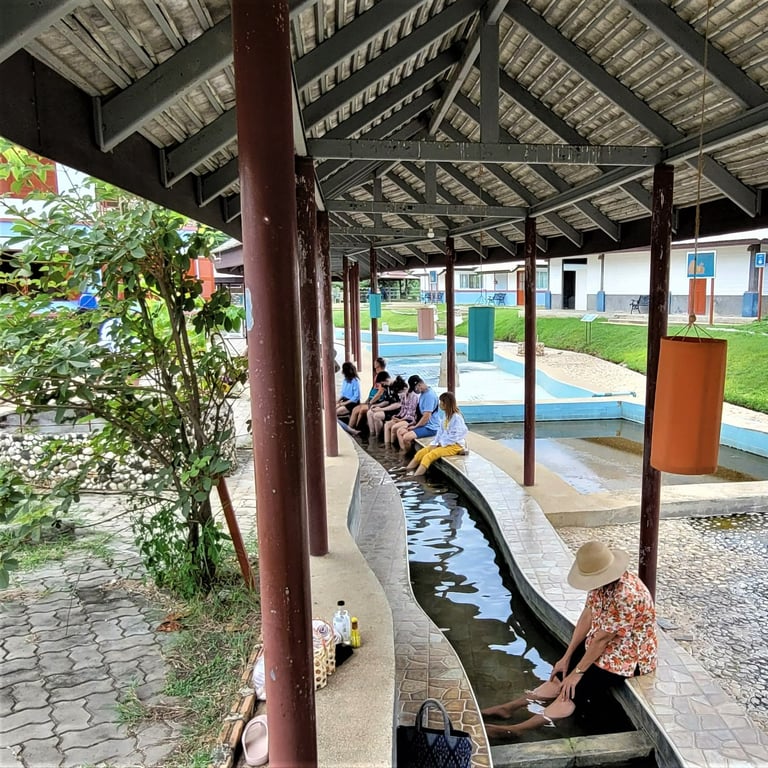
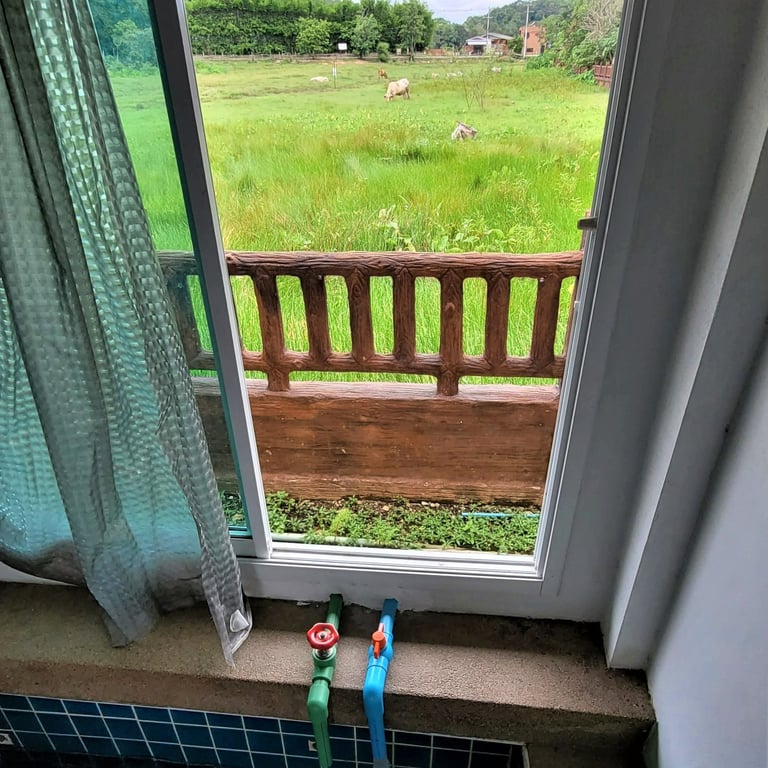
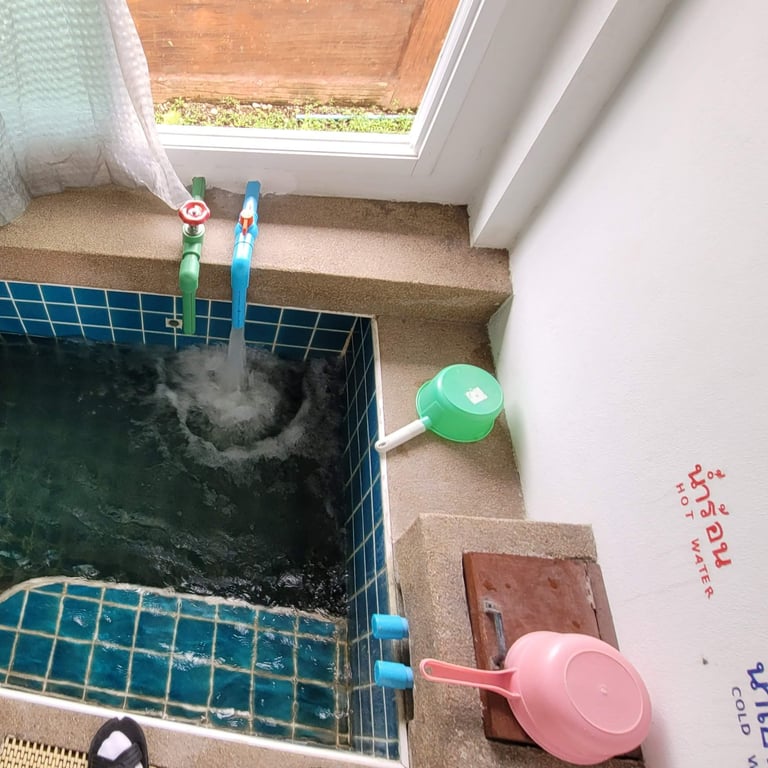
Sai thong national park, chaiyaphum
Ginger Flowers
Walking along the clifftop in blustery conditions it wouldn’t take too much effort to topple over the edge, despite the many park rangers stationed to prevent just that. The cliffs at Sai Thong National Park, Chaiyaphum are an absolute natural for those seeking an Insta thrill. A couple of kilometres further along the cliffside track are Bua Sawan 1 & 2. These are the names of the fields full of wild Ginger Flowers (Dork Kratchiao in Thai), which will be the main attraction for many. This trip was during the month of July, ideal for catching the flowers in bloom.
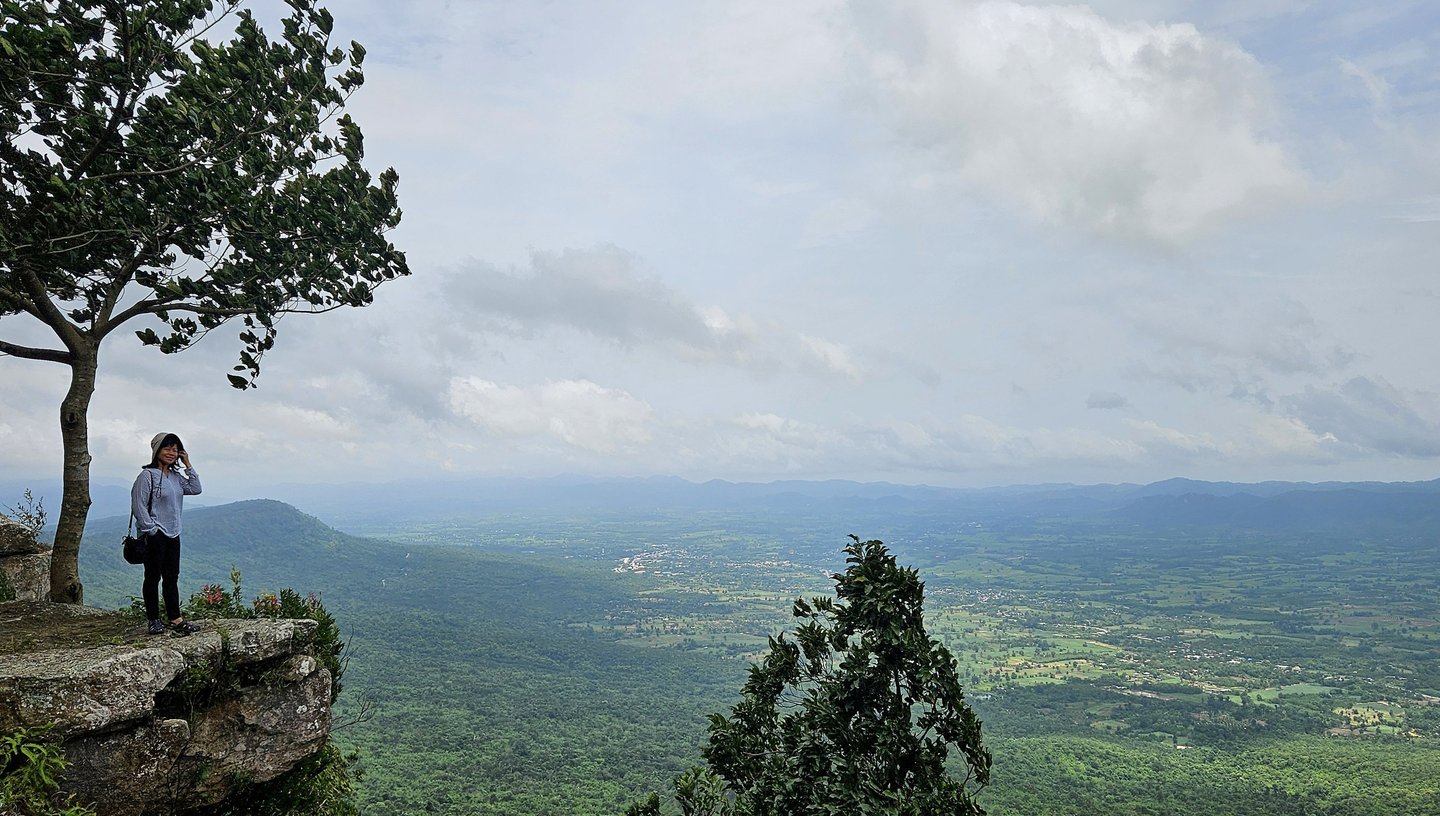

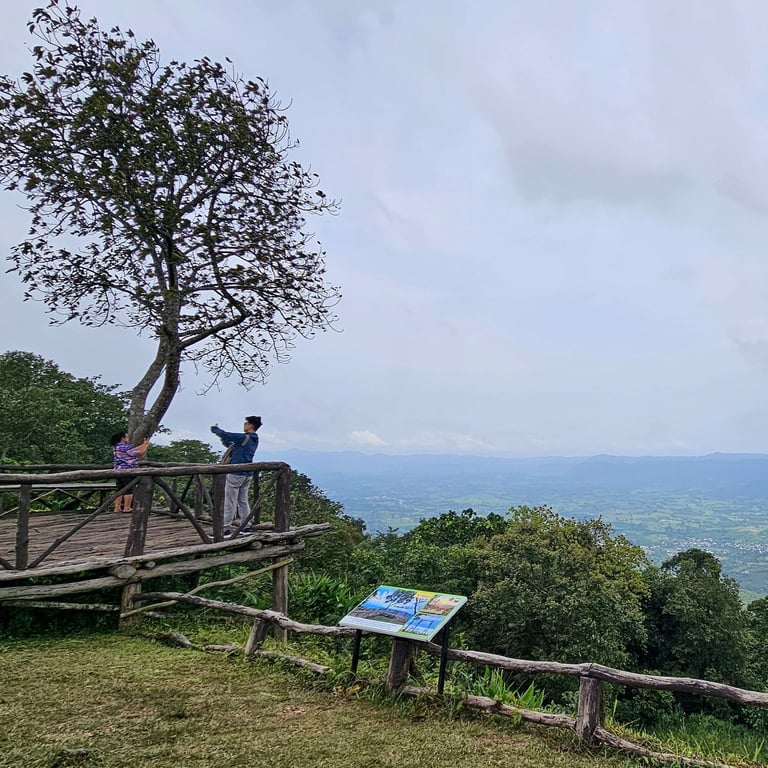
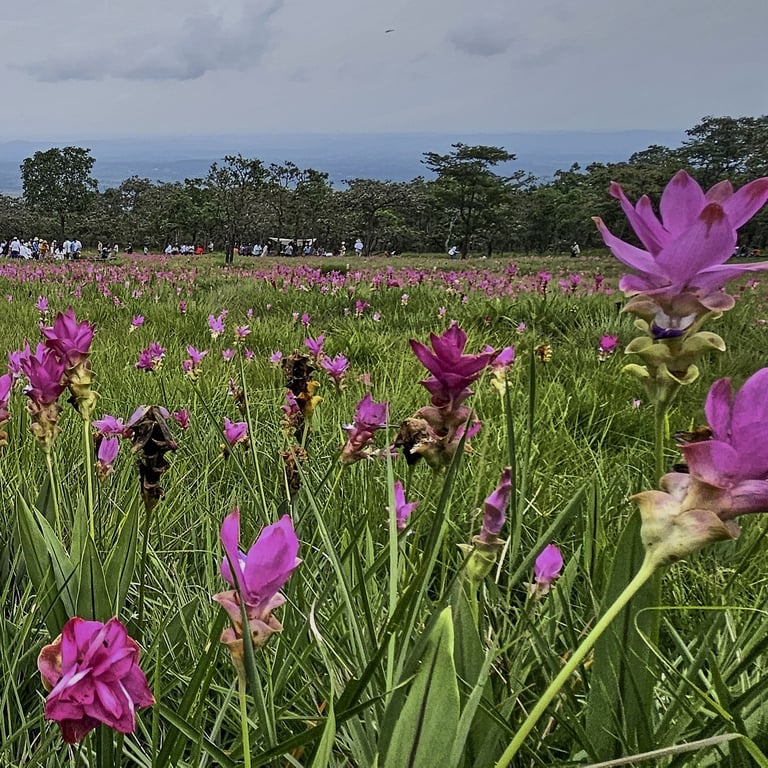
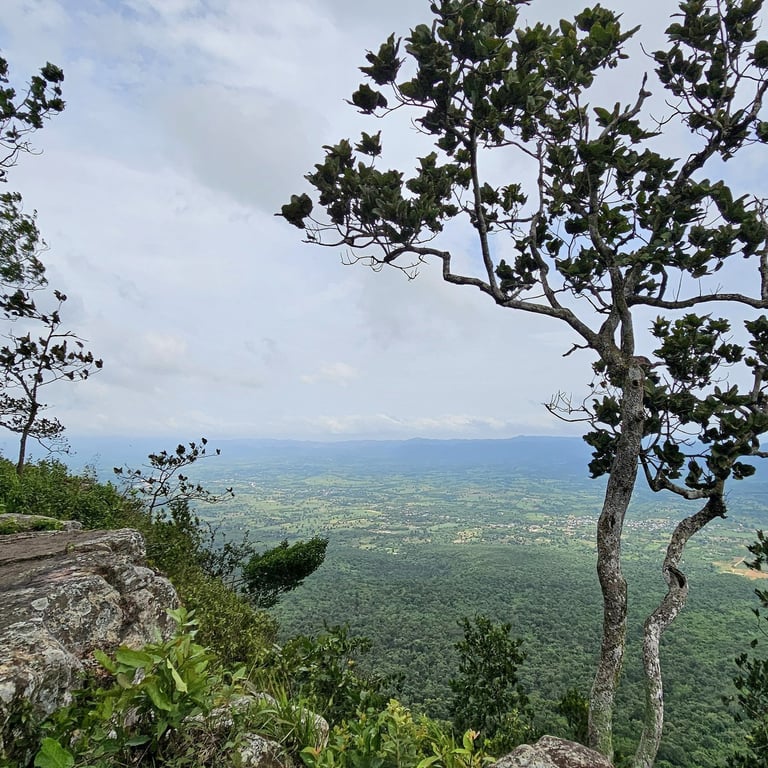
muang tam, buriram province
Exuding calm
Prasat Muang Tam in Buriram Province is not far from the Cambodian border. This Khmer temple dating from the 10-11th centuries, is thought to have been an administrative centre, with the surrounding symmetrical barays (ponds) having a ceremonial function. Walking around, the site exuded a calmness. It may have been due to the sandstone antiquities or the fact that it is rather out of the way, attracting just a smattering of visitors – not even enough to wake the sleeping dogs!
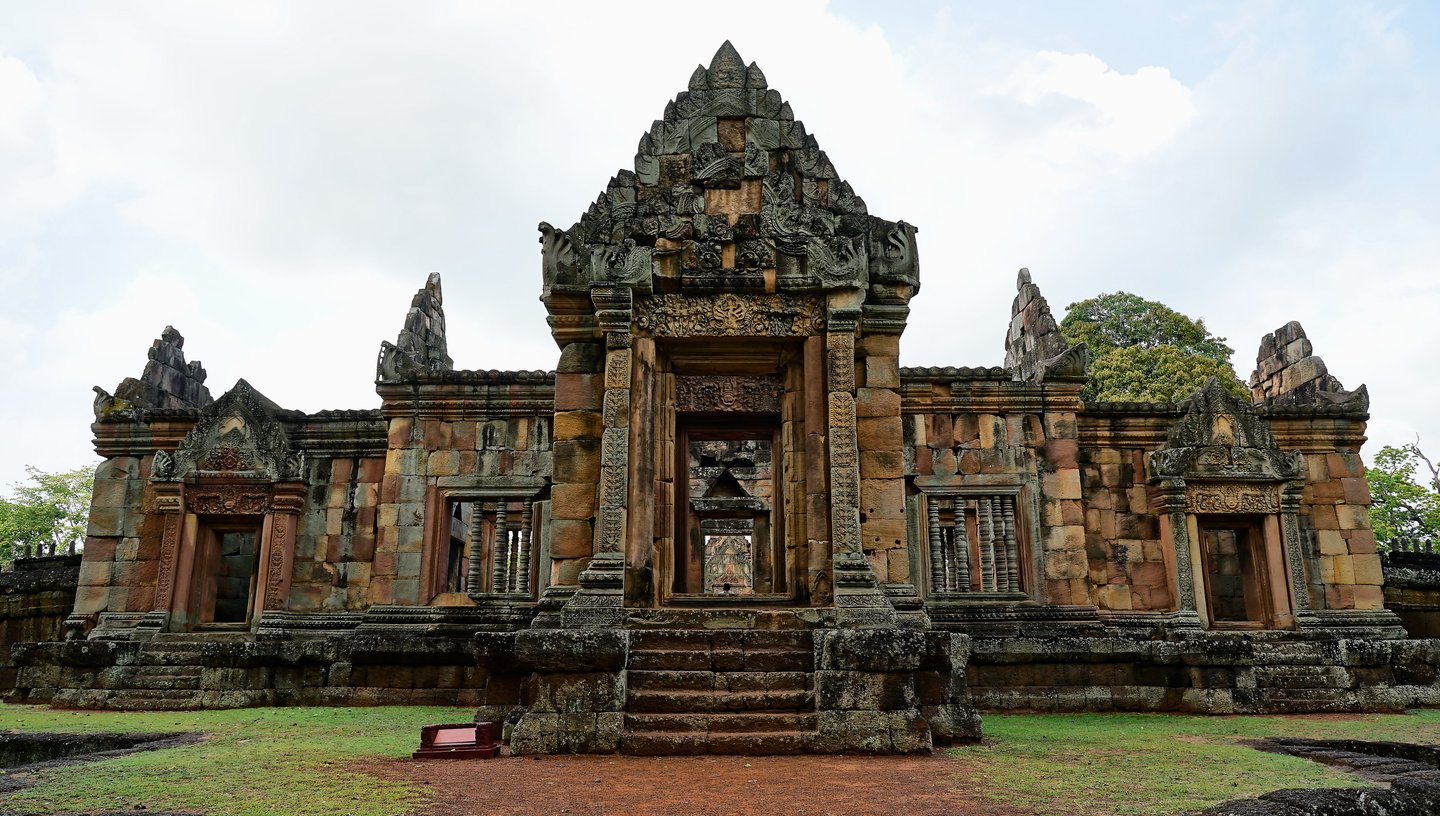

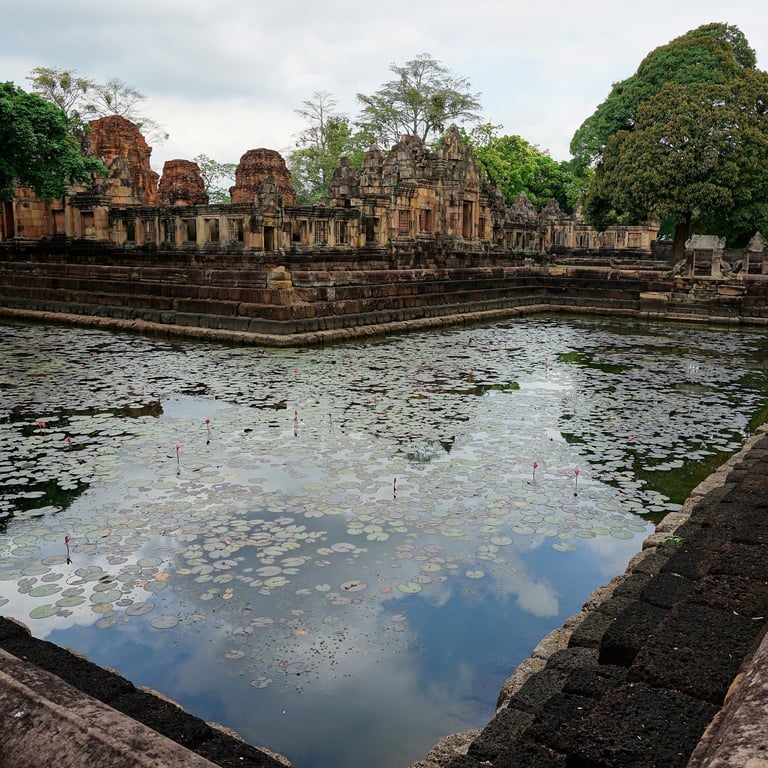
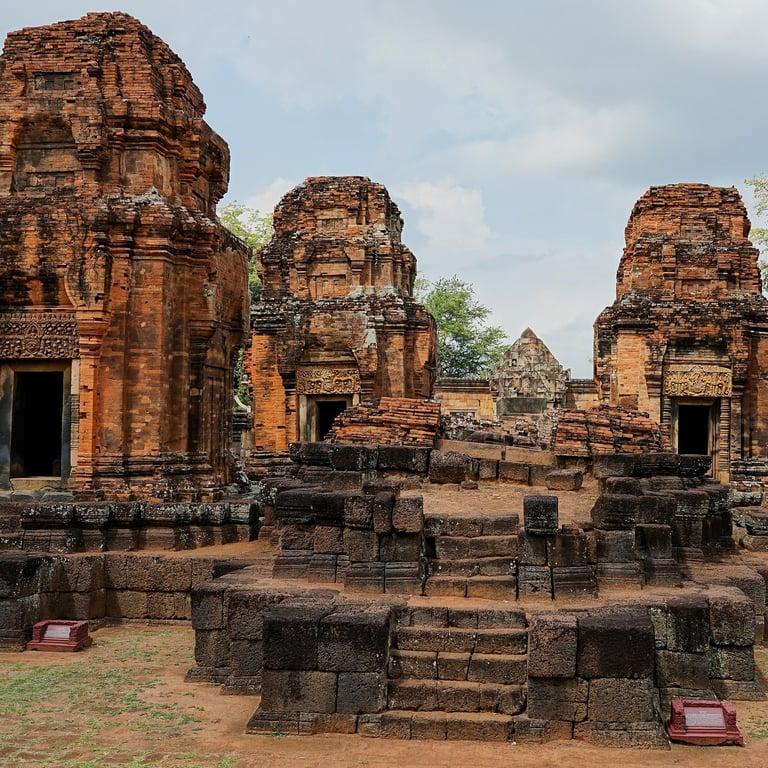
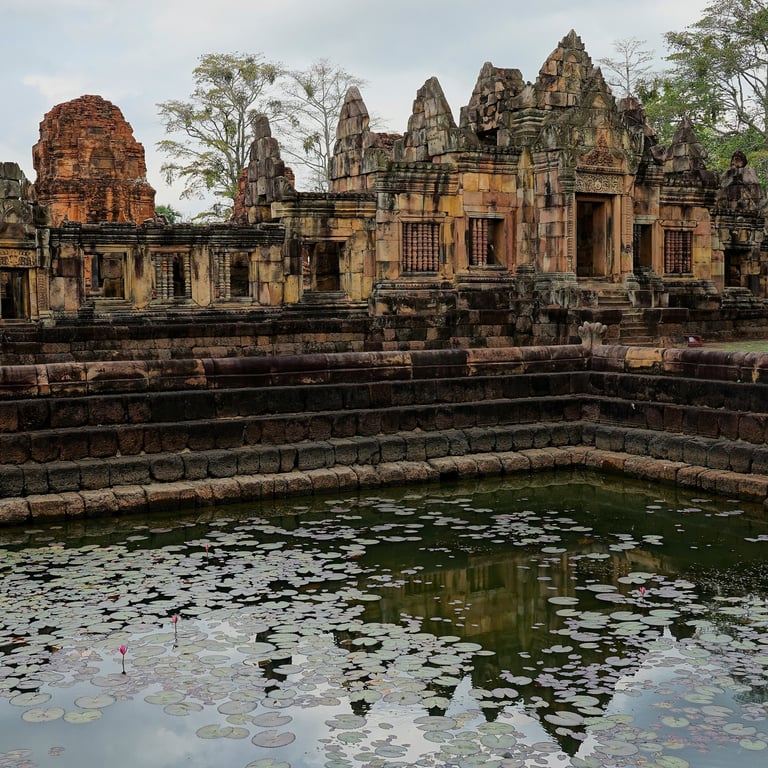
queen sirikit botanical gardens, chiang mai
Draco knows
These gardens just north of Chiang Mai make for a nice day out. Besides all the glass houses and eco environments, from desert to savanna to tropical rainforest, you’ve got the canopy walkway which meanders through the forest. Draco, the flying lizard, annotates your walk with useful tips like, ‘Don’t fall off, whatever you do’. Not really, he's much more sensible than that, is old Draco. The whole site is huge, but well thought out, as you drive round and park your car at each of the points of interest. Golf carts and drivers are available too.
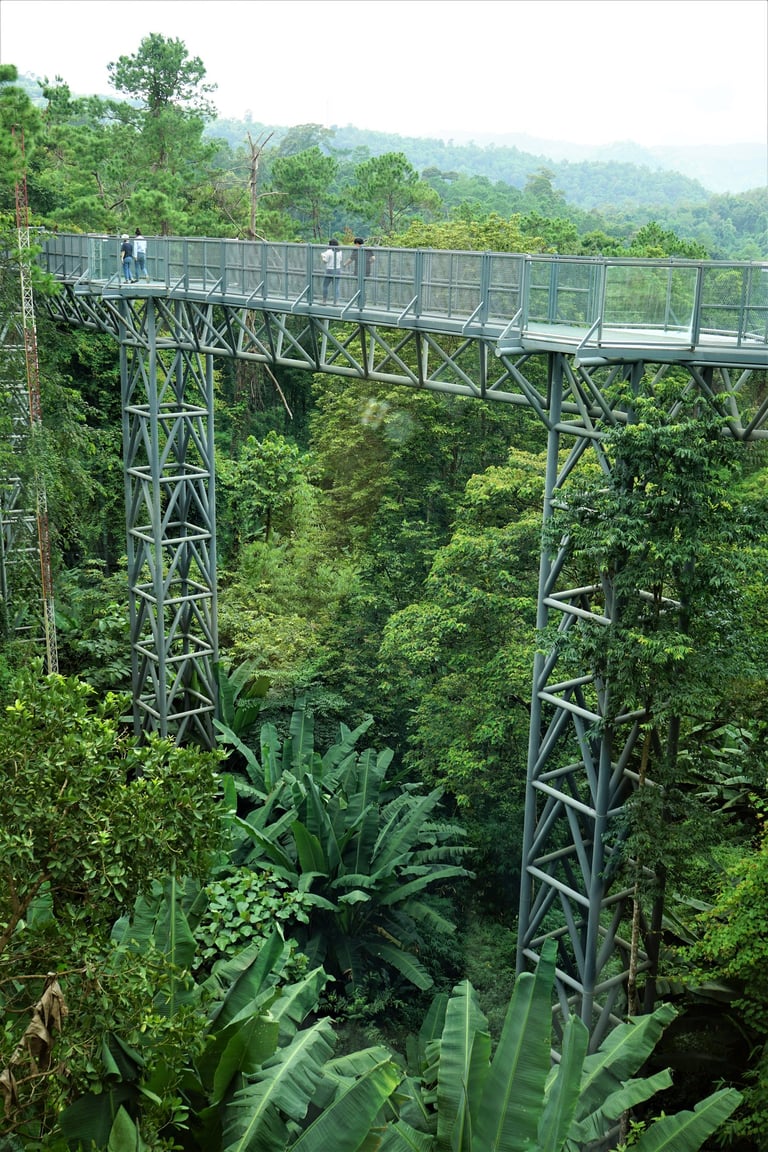

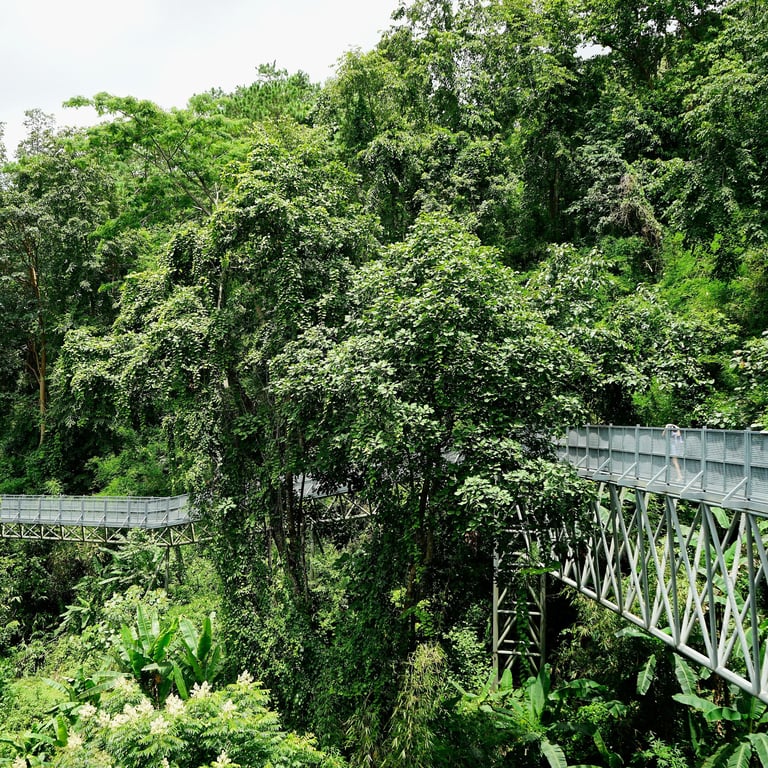
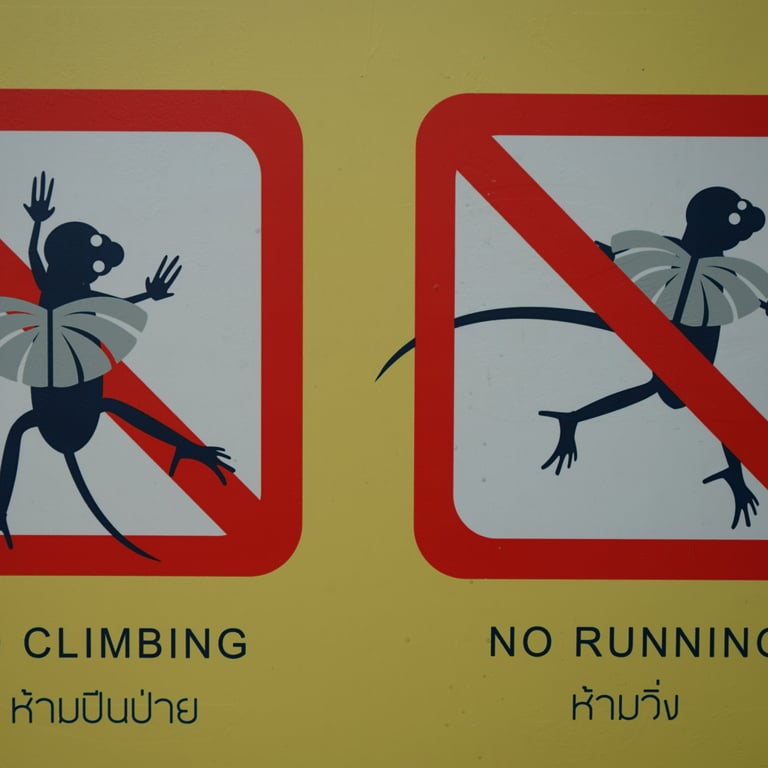
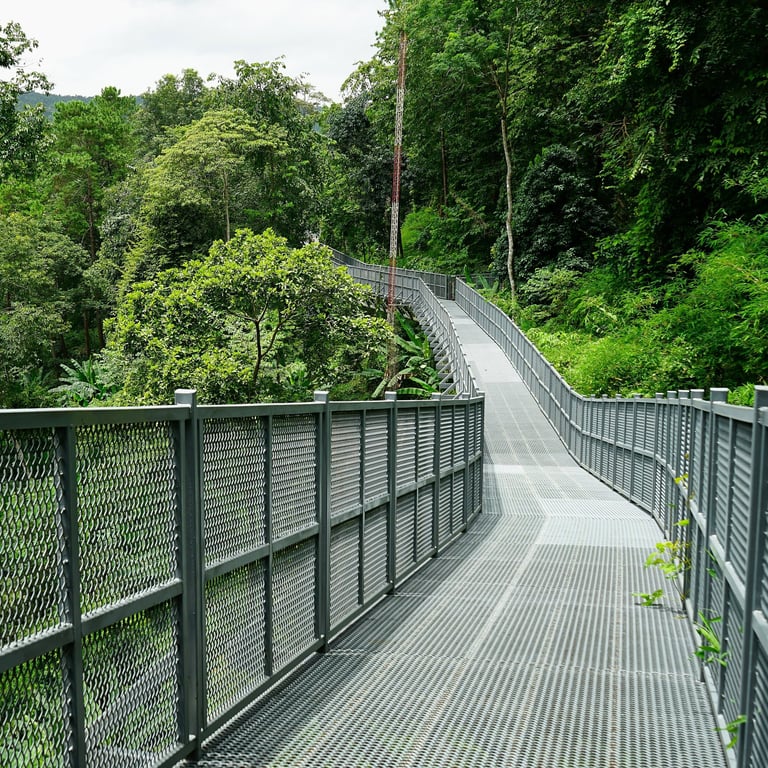
the chao phraya river, bangkok
Menacing...
Bangkok’s, indeed Thailand’s, main river is the Chao Phraya which officially begins at the confluence of the Mae Ping and Mae Nan some 375 kms inland (if you count the source as the beginning of the Mae Ping, it is over 1,200 kms long). By the time it gets to Bangkok it is of considerable size and width. It is a working river, so when you board your ferry to cross to the other side or commute up and down you are mindful of the water-traffic chuntering along in all directions. Zipping along if we are talking about the long-tail boats; bludgeoning along if it is barges. There is something menacing about its dark, churning waters – not just because of the possible effluent and industrial waste therein, but also because collisions do happen! Always note where the life-vests are when you board.
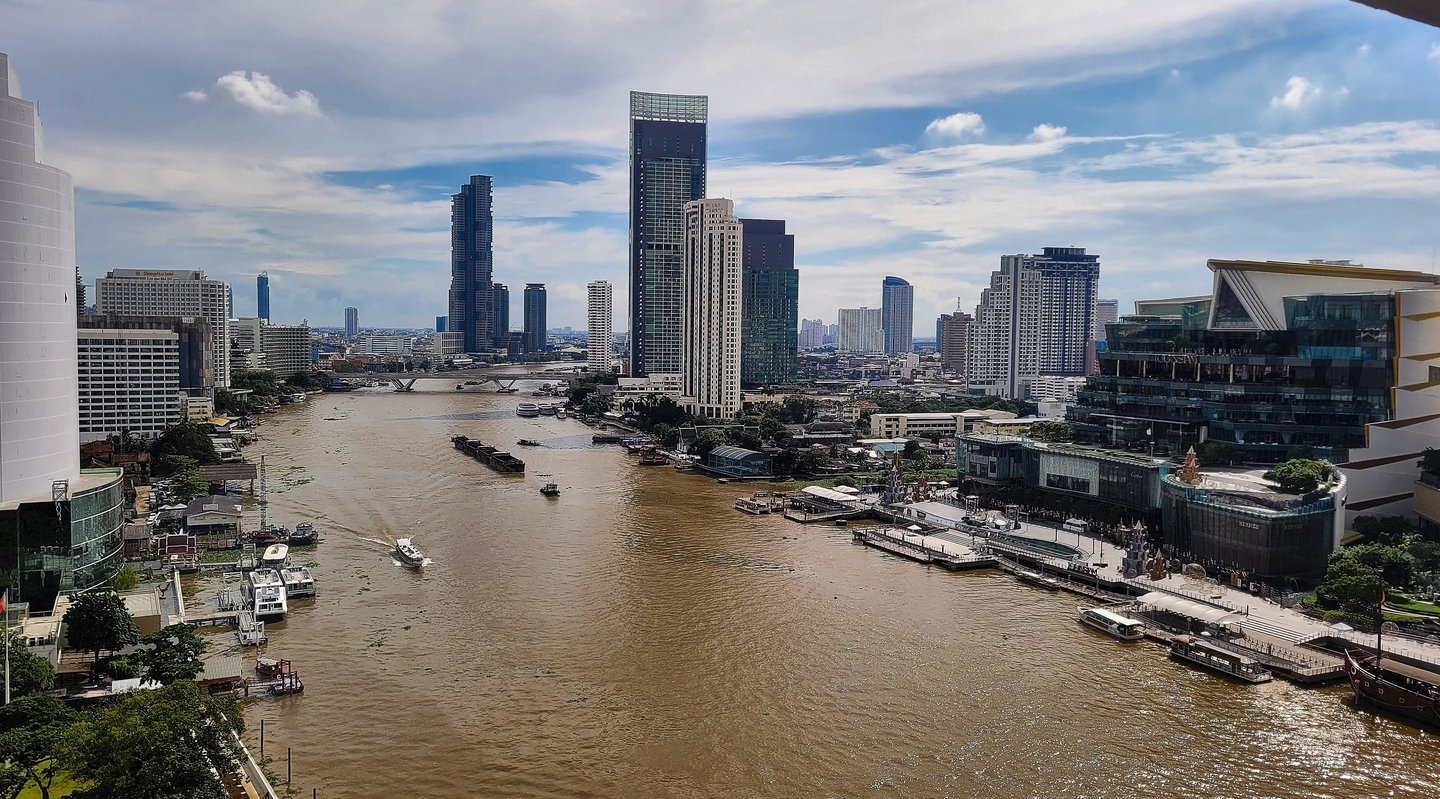

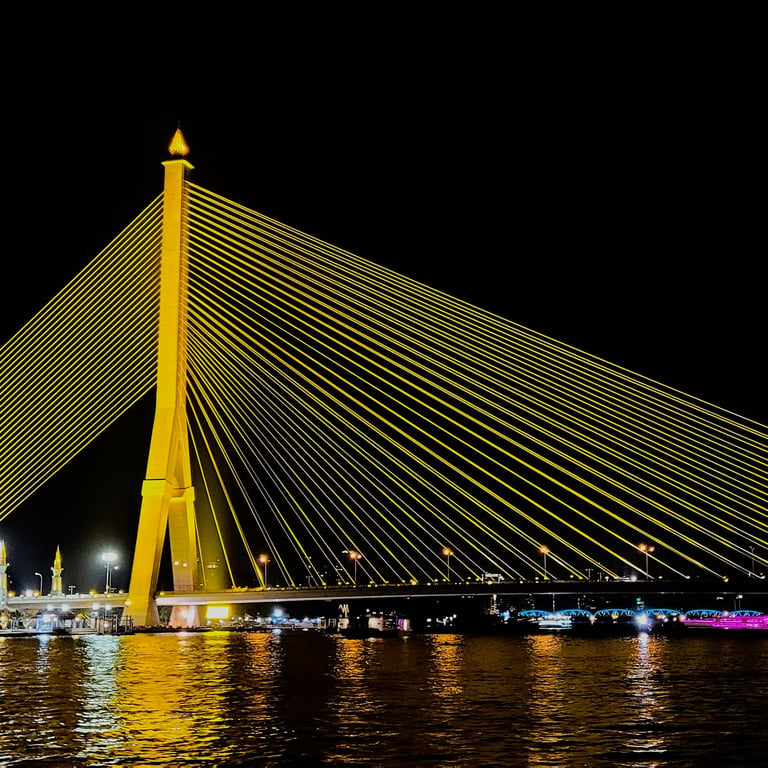
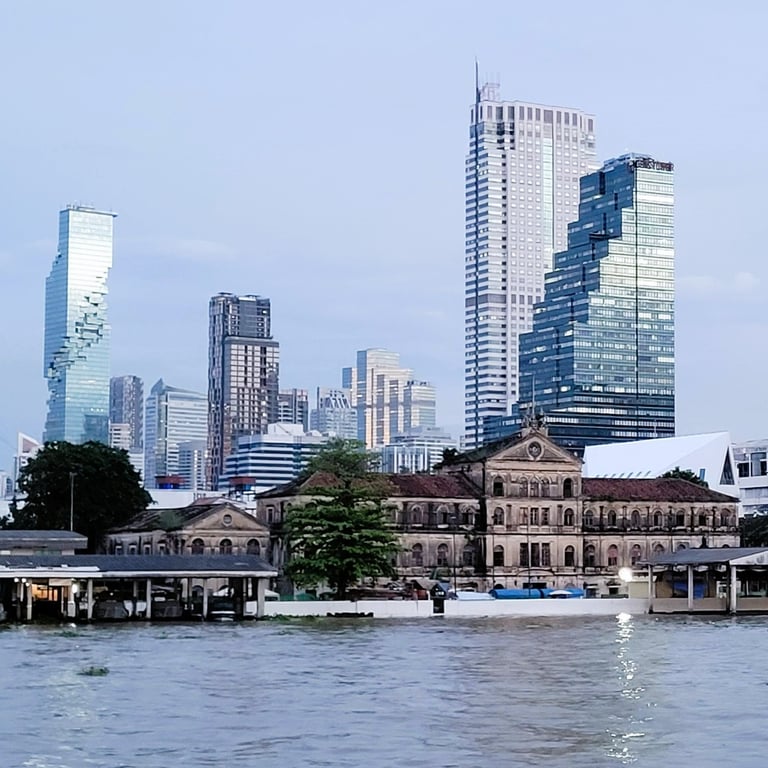
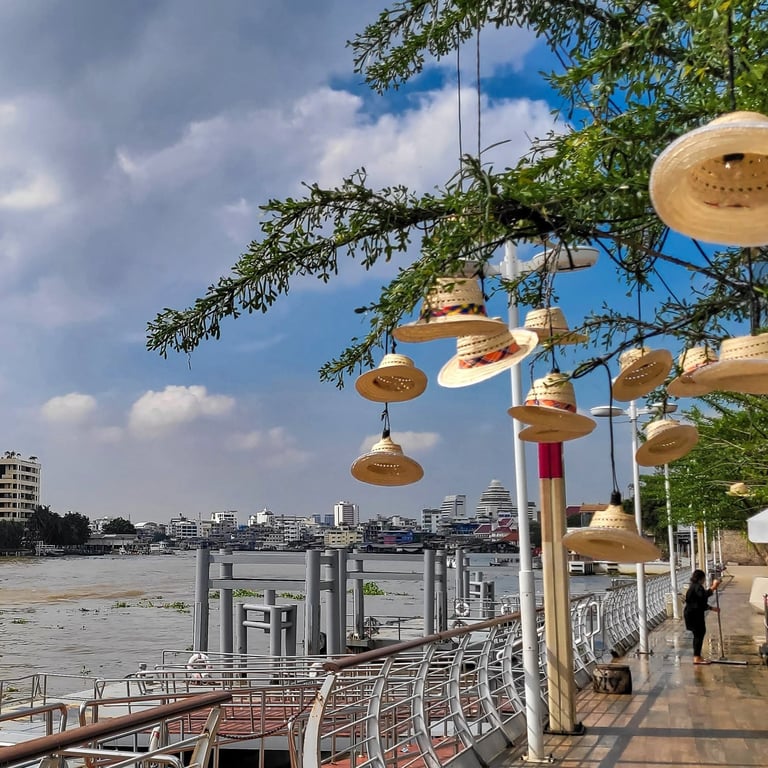
loy krathong festival
November full moon shine...
Your krathong is a banana trunk garland that is floated on the local lake, river or in the sea to take your cares away, ready for a new lease of life. There are candles and joss-sticks on the krathong, along with a few coins and, if you are serious about wishing to garner good fortune, a few of your personal fingernail-clippings. Krathong competitions take place to make the most elegant offerings and even the fifty-baht ones represent some earnest handywork. As an occasion it is colourful, elegant and calm. Down at the local pond there is some serious shoo-splashing of the water to make sure your own krathong gets a good start as it heads off into the night. The chatter at the water’s edge gives a real community feel to the evening – perhaps everyone is anticipating all the good luck that is about to come their way. You can seek the festival out at any nearby lake or river. For a special occasion head for Sukhothai, or go down to the Chao Phraya for a riverside spectacular with fireworks. (Pics here - Mabprachan Lake)
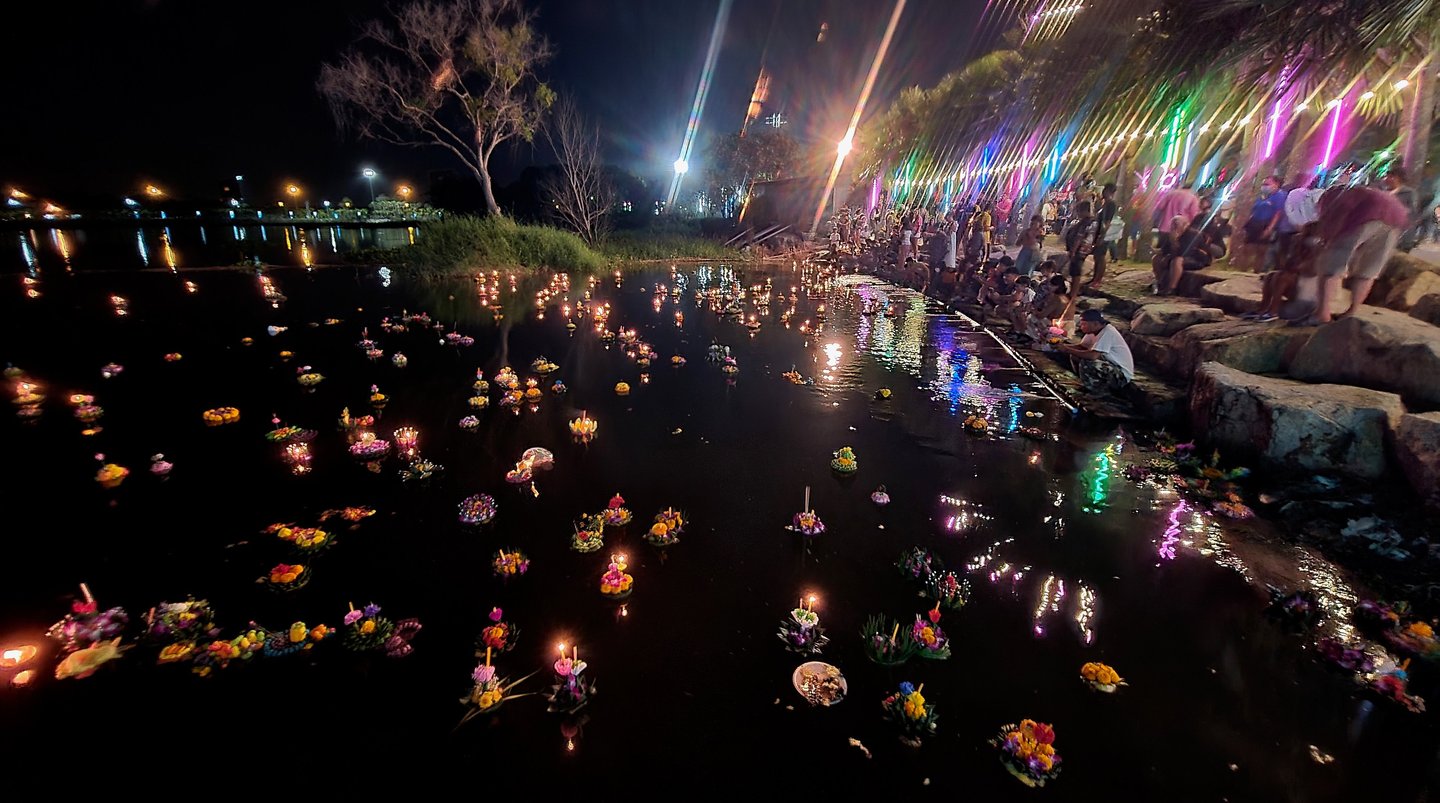

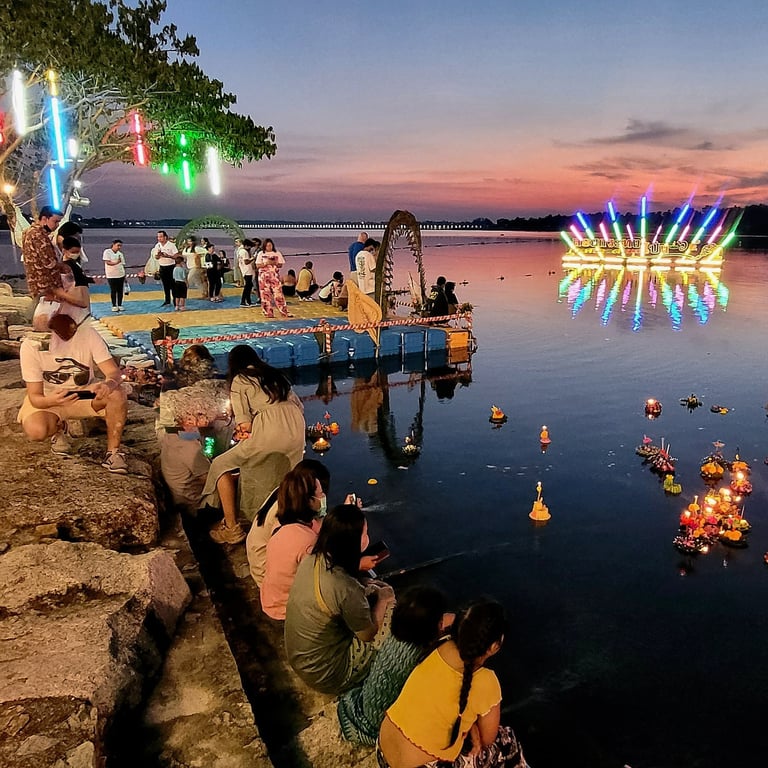
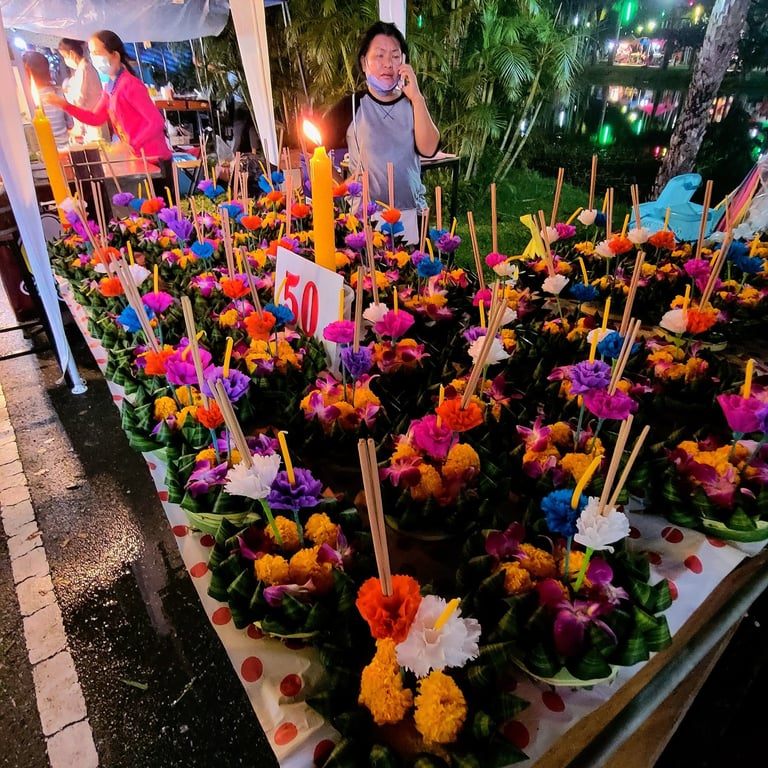
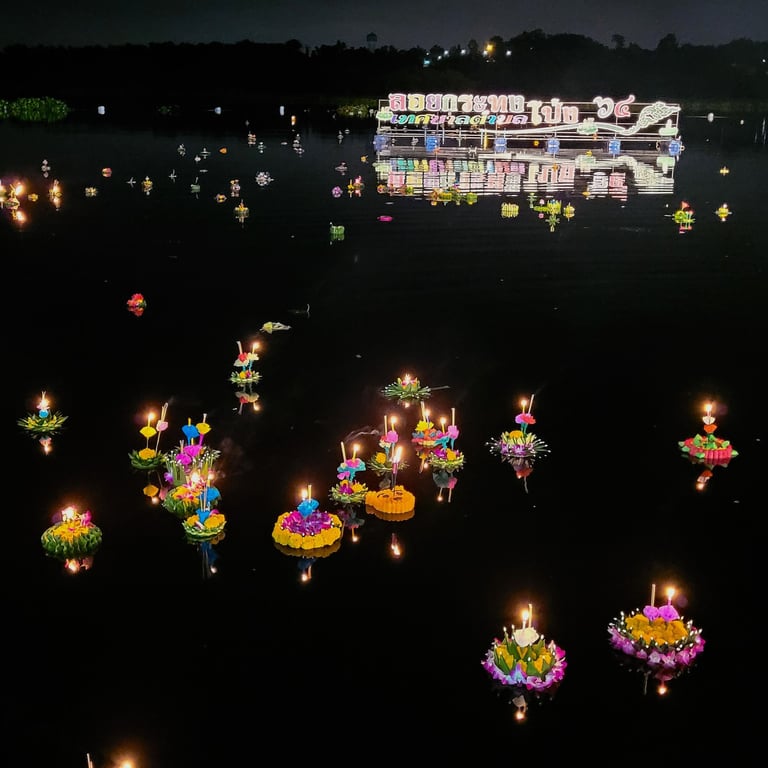
Ban Na Pa Nat, Loei Province
Tai Dam
This Black Tai (Tai Dam) community established itself in the village of Ban Na Pa Nat in 1905, having migrated from Laos. Ethnic Tai Dam were originally from China but are also to be found in Vietnam and Laos. Their language and traditions are promoted by the local cultural centre. Tour buses arrive ready for a performance of music and dance, with seemingly half the village turning up to put on a show and hopefully sell some craftwork. As soon as the buses have been waved goodbye, it’s back to regular work for the impromptu performers.
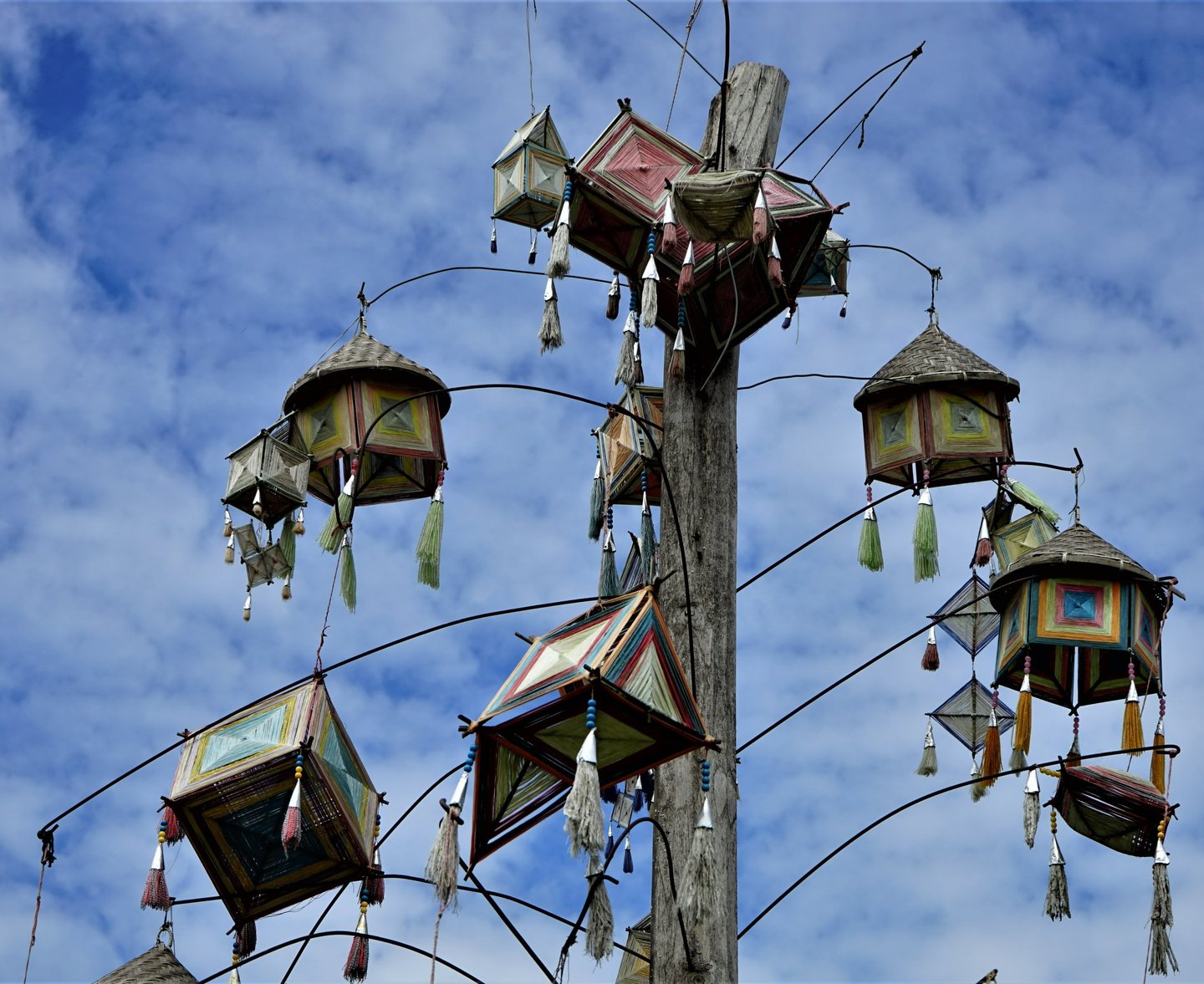

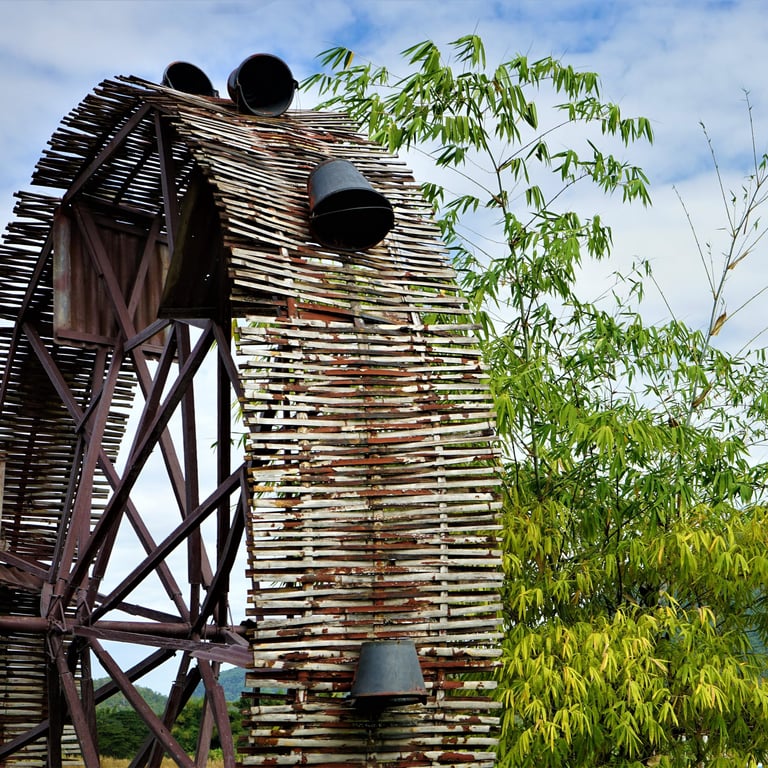
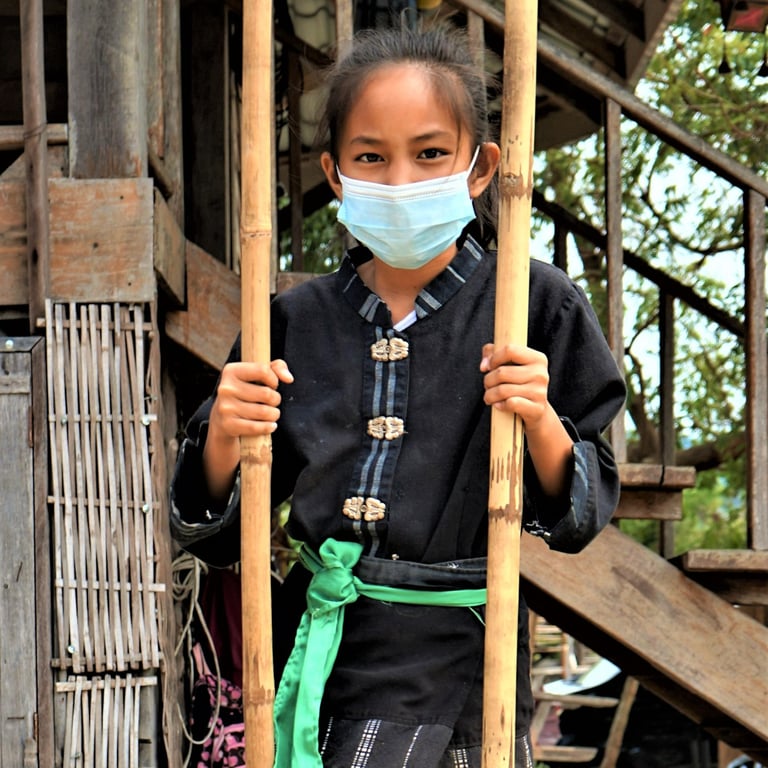
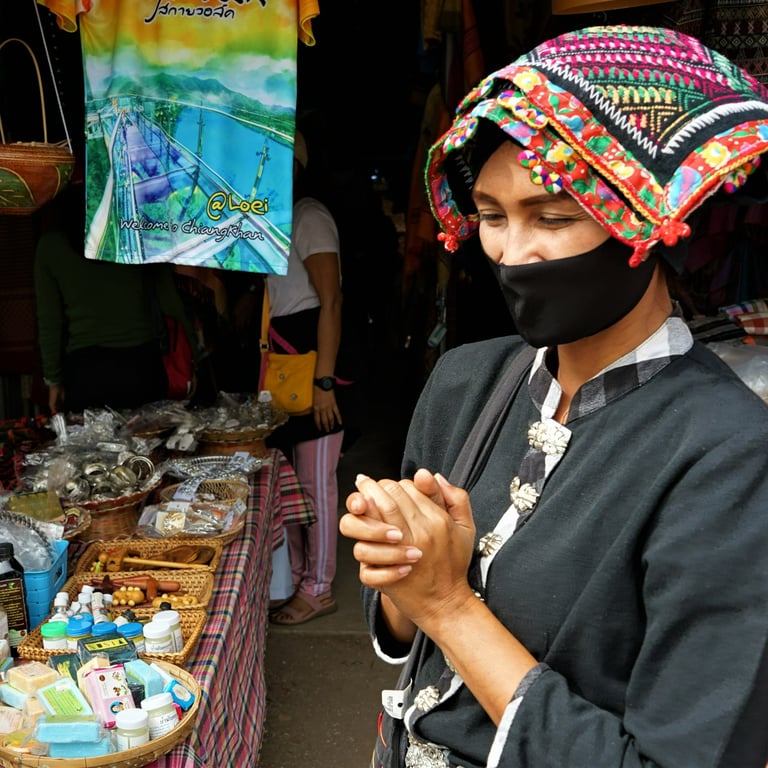
Hua lamphong station, bangkok
Old glory!
Completed in 1916 in the Chinatown area of Bangkok, the railway hub that is Hua Lamphong Station serves just about everywhere in Thailand except Kanchanaburi. Its distinctive Italianate architecture is about to take a back seat when it is retired by Bang Sue Grand Station - soon to renamed Krung Thep Aphiwat Central Terminal. If the new name doesn’t exactly roll off the tongue, its superlatives will deliver a ‘wow’. It has 26 platforms as opposed to 12, and trains can exit the city on a high level, thus avoiding all the level crossings. It is the biggest station in SE Asia, and when fully functioning will link to China, Myanmar, Laos, Vietnam and Singapore. All that might be a decade away though…
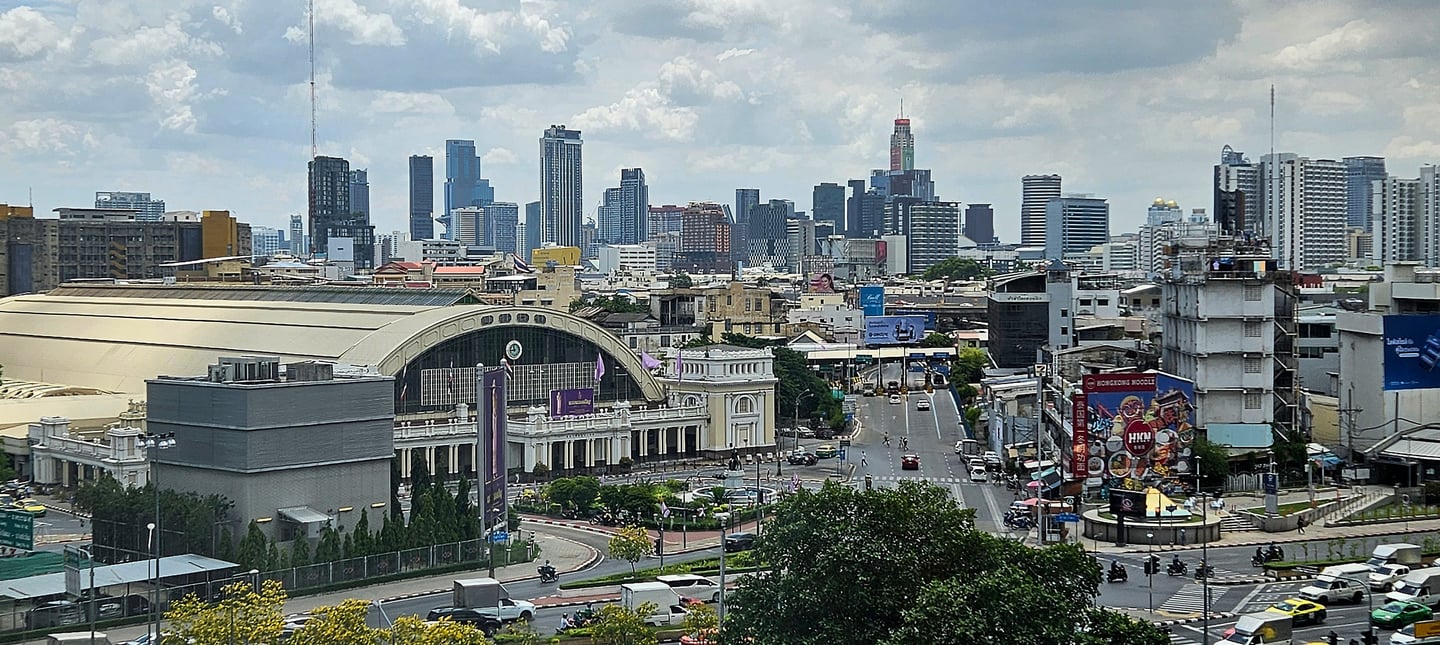

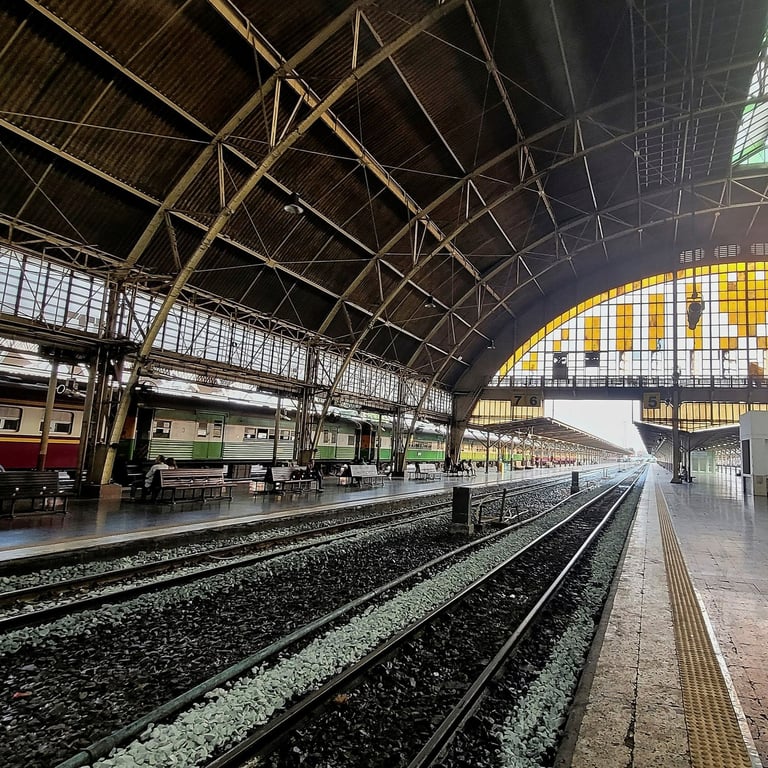
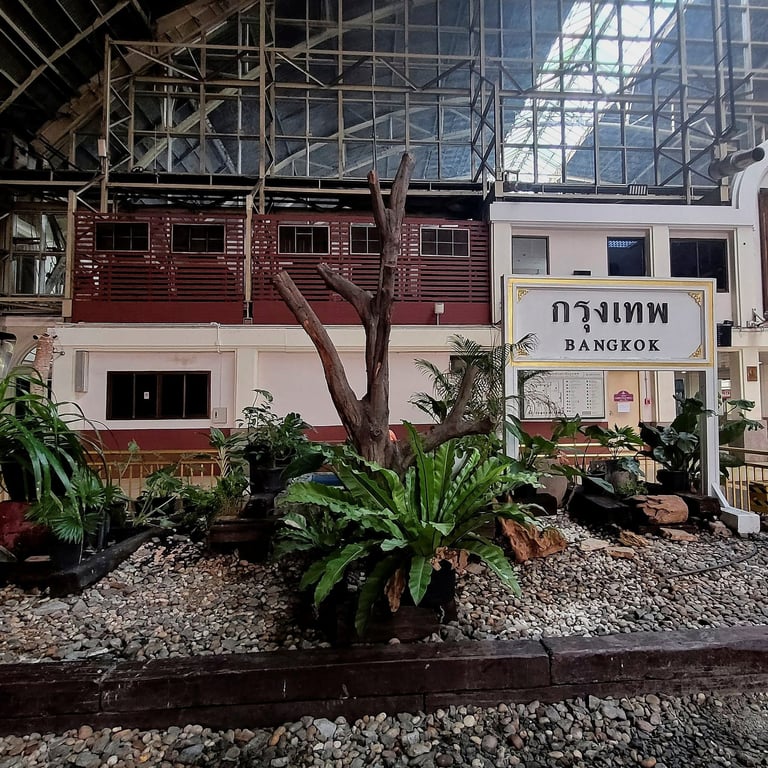
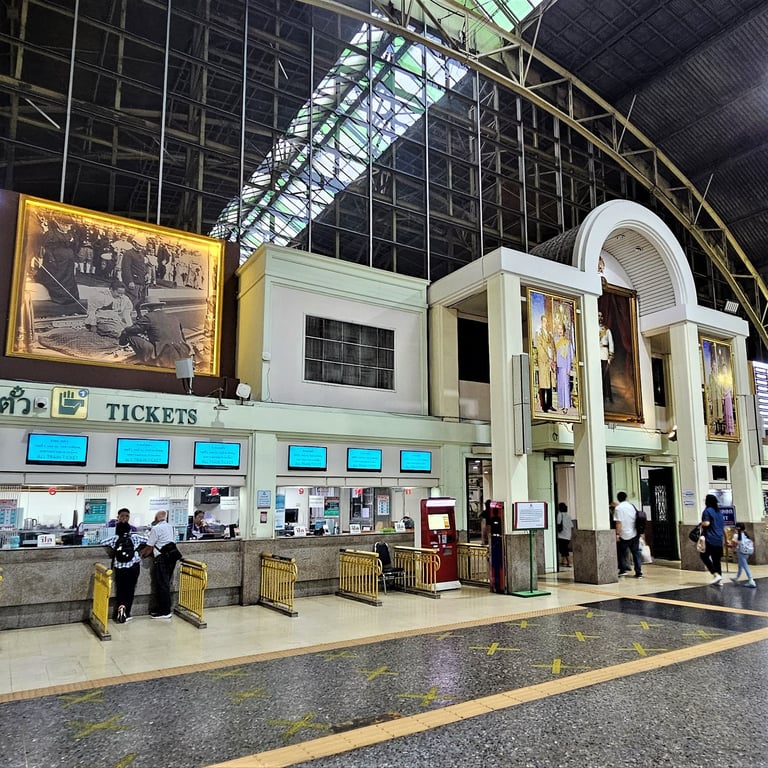
ud town, udon thani
Stepping out...
This is a great find if you are new to Udon Thani. Rows of local food outlets and world-brand eateries if you’d prefer. What a pleasure to revisit the BBQ freshwater fish set meal that we used to have regularly at Promenada in Chiang Mai. Having looked up Pla Nin, we find that it is Nile Tilapia, which makes for a soft, fleshy meal, but watch out for the bones (What is a Nile Tilapia doing up here?). There’s quite a buzz about UD Town, with live music in the background and folks strutting their stuff in the best togs. Swensen’s for afters rounds off a perfect evening.
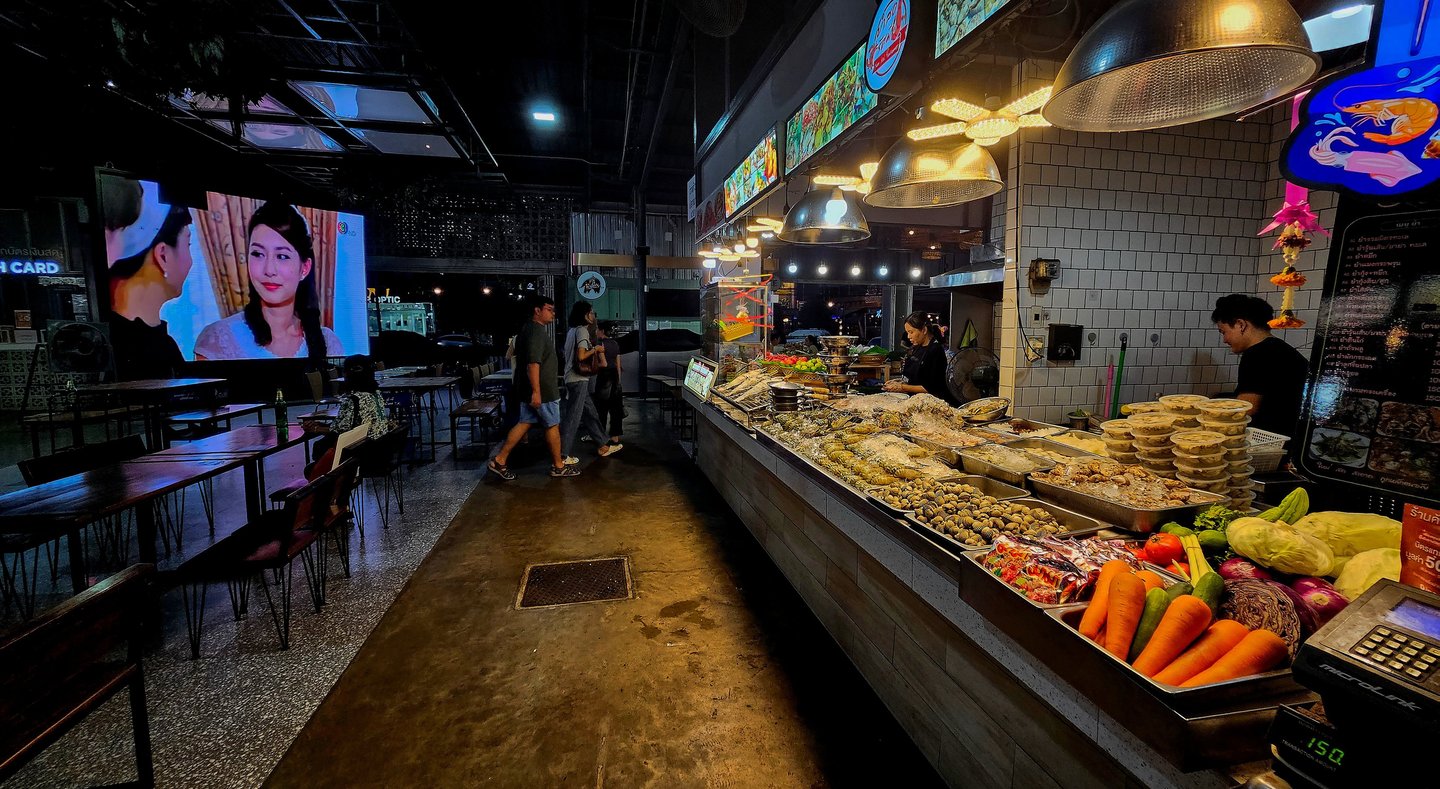

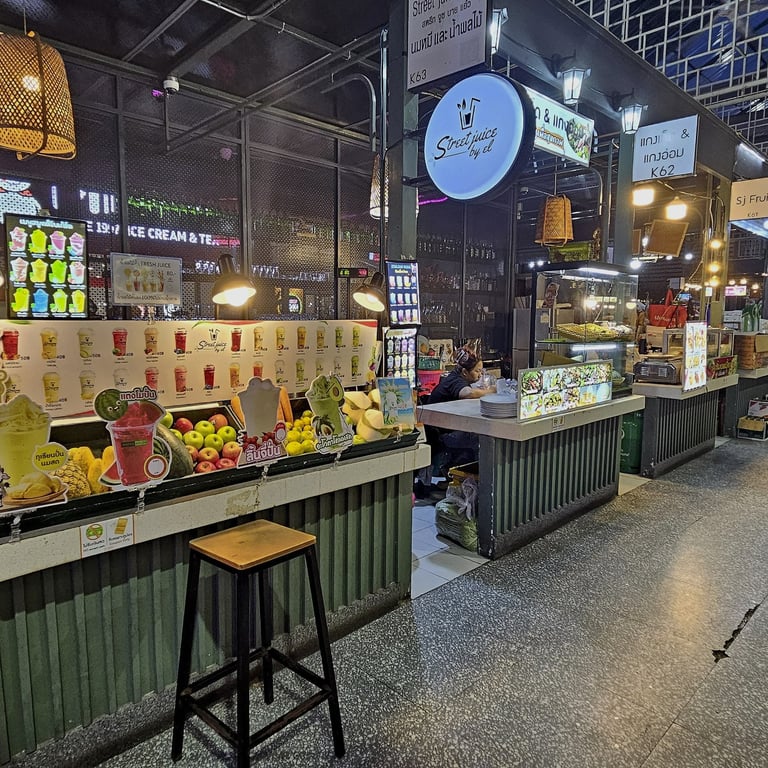
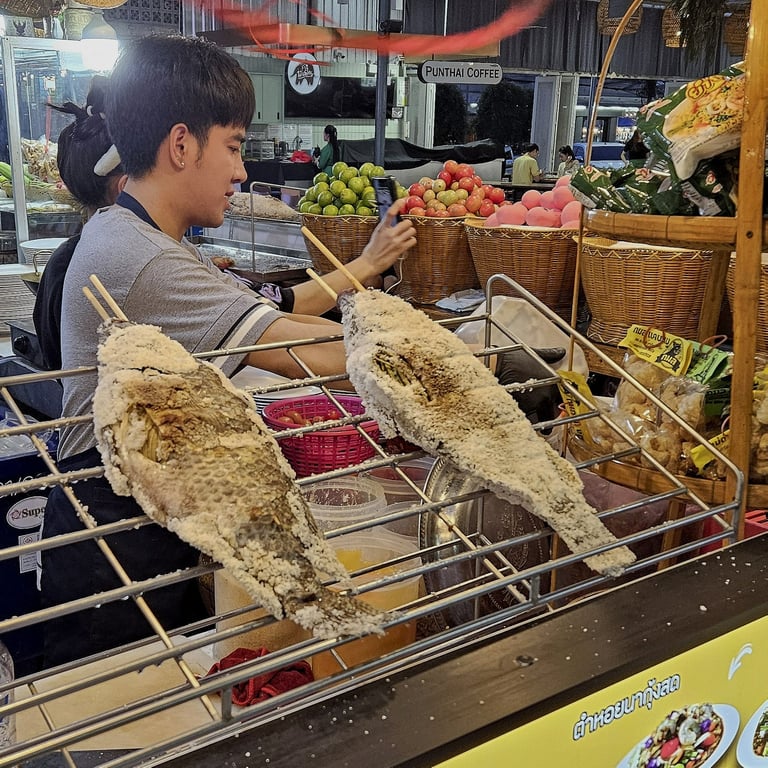
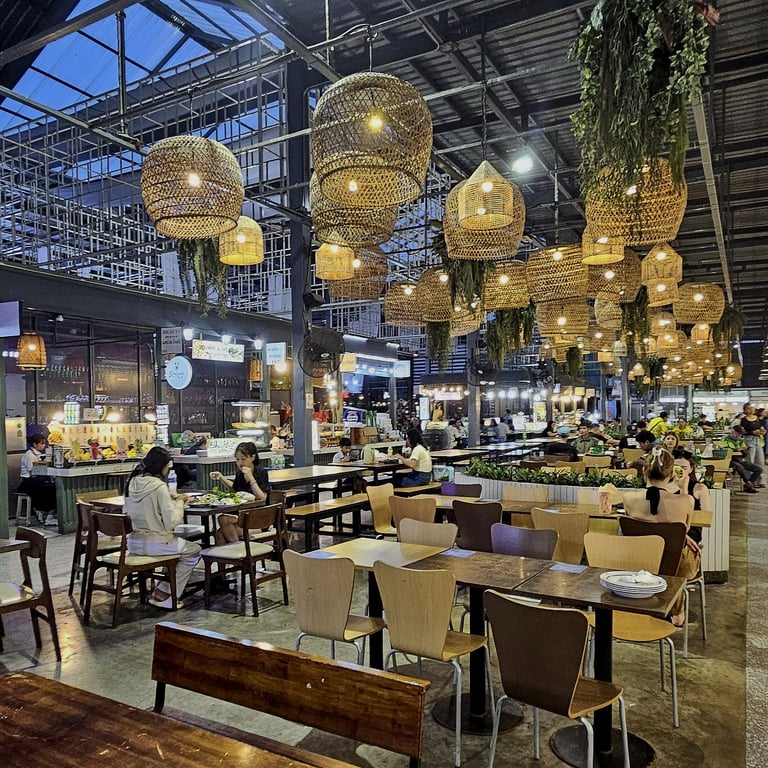
Weekend markets, chiang mai
Walking streets
Chiang Mai has two weekend markets, Wualai (Saturdays) and Thapae (Sundays). These 'walking streets' are miles long and you can guarantee that they will be hot, humid and busy. Folks amble along in one direction either side, glancing at the stalls perfunctorily, apart from the customary few people who go against the flow, barging their way through. Luckily foot-massage stations occur regularly and there are heaps of food stands. I don’t know if it is just me, but I never seem to buy anything at these markets; perhaps it is because I bought the local craft fare forty years ago, so now I just look straight past it. Dream catchers like these would send your cat into a frenzy. Best place them high against the wall ready for videos of cat fails of leaps and splats.
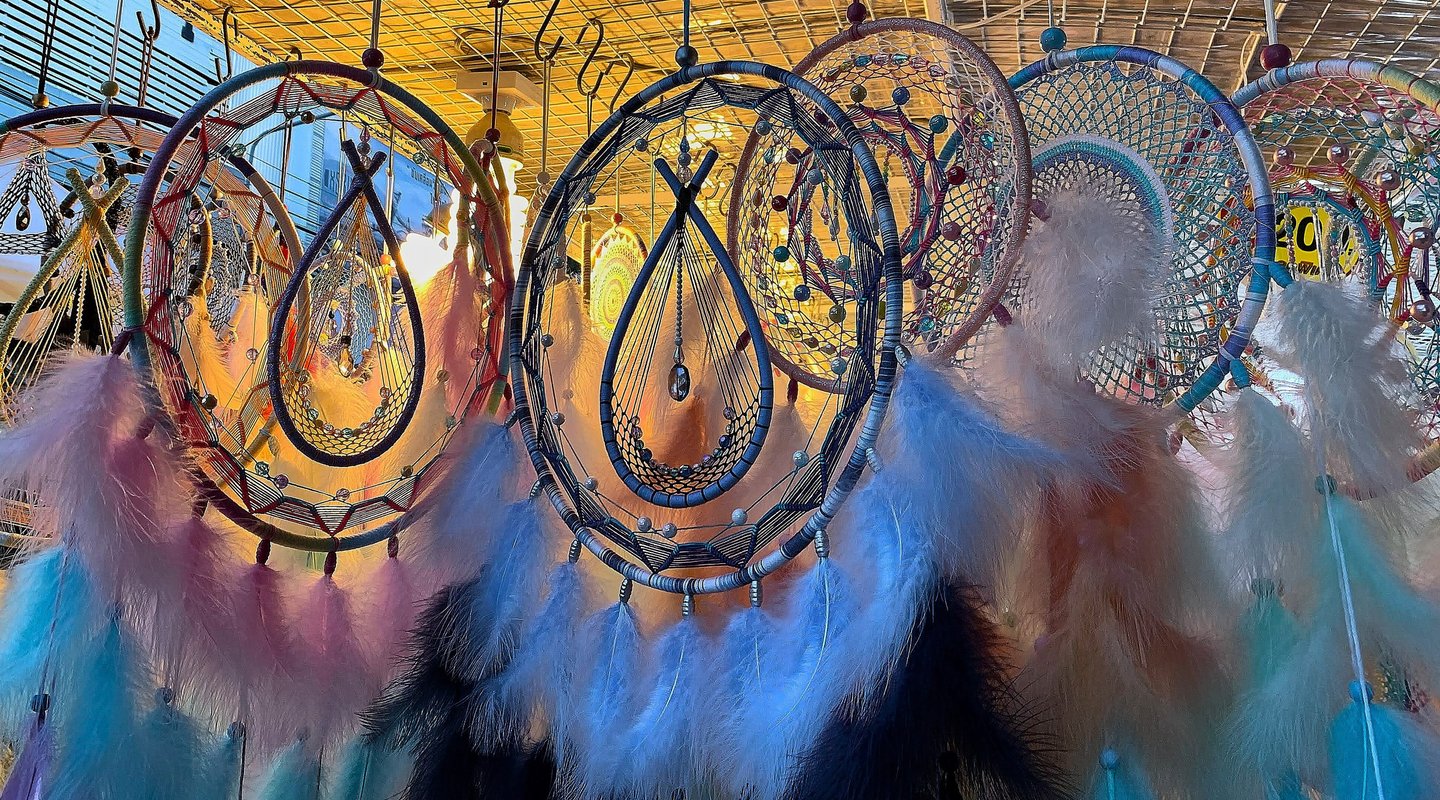

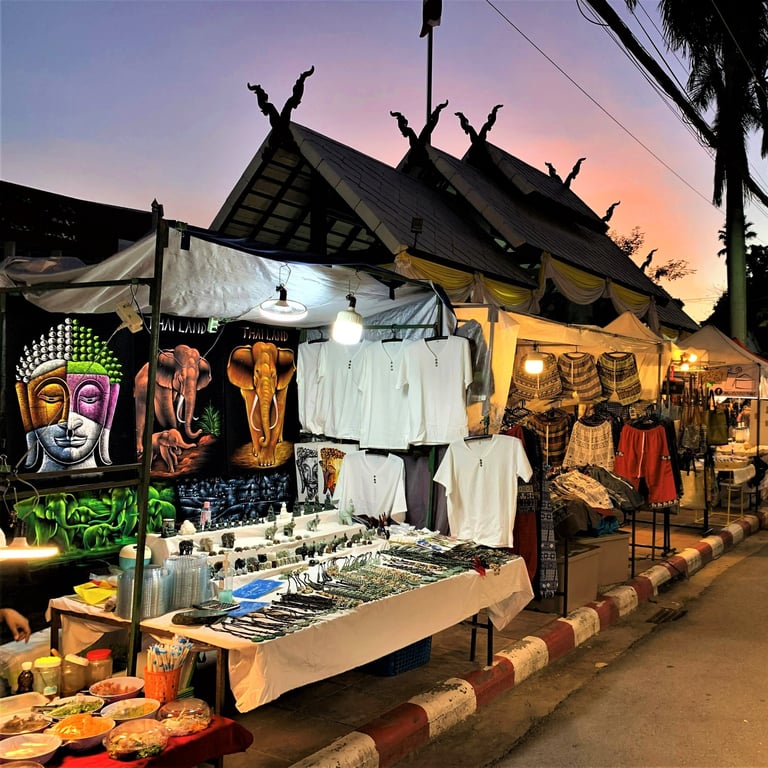
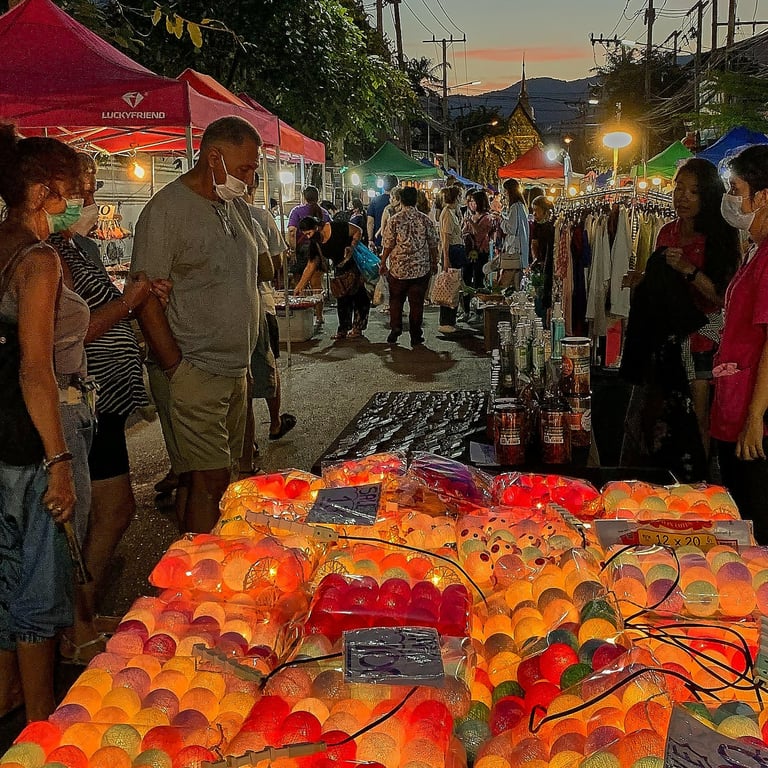
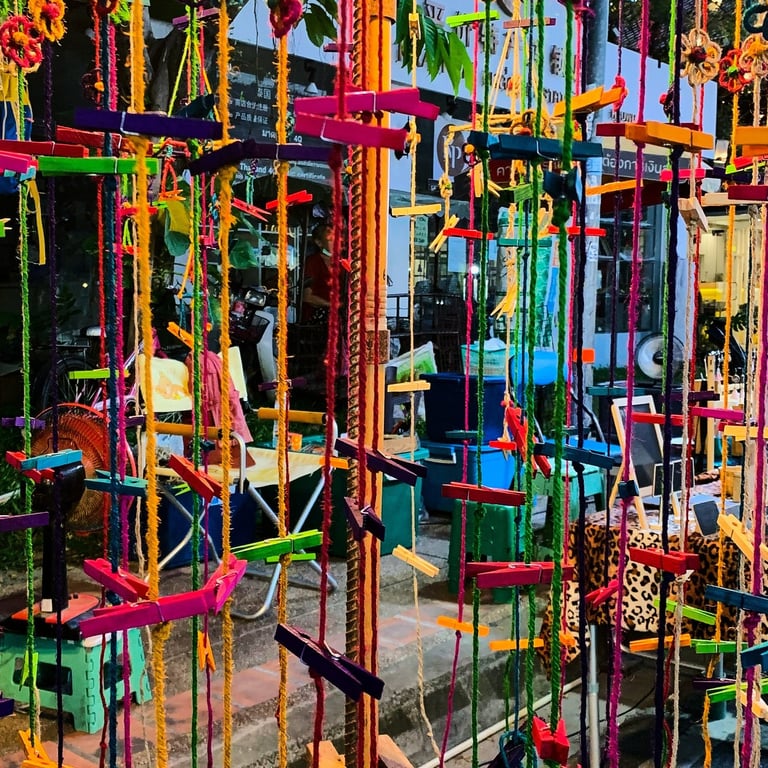
Si thep historical park, phetchabun province
Are you listening?
Si Thep shows evidence of settlement from 2,500-1,500 years ago but became a city state from the 6th century. The size of the site is evidenced by the fact that it is far too big to walk around. The electric trolley-buses take you for a ride, stopping at three key sites located kilometres from the entrance. Walking round after being dropped off, there aren’t many clues as to what you are looking at, unless the faded QR codes were a DIY solution (bleached beyond phone recognition). Groups of school children were being marched round and seated for a teacher-plenary. I wondered what they learned? I recall that my equivalent school trips involved an awful lot of mucking about and not a lot of listening, apart from the one to Cadbury's in Bournville!
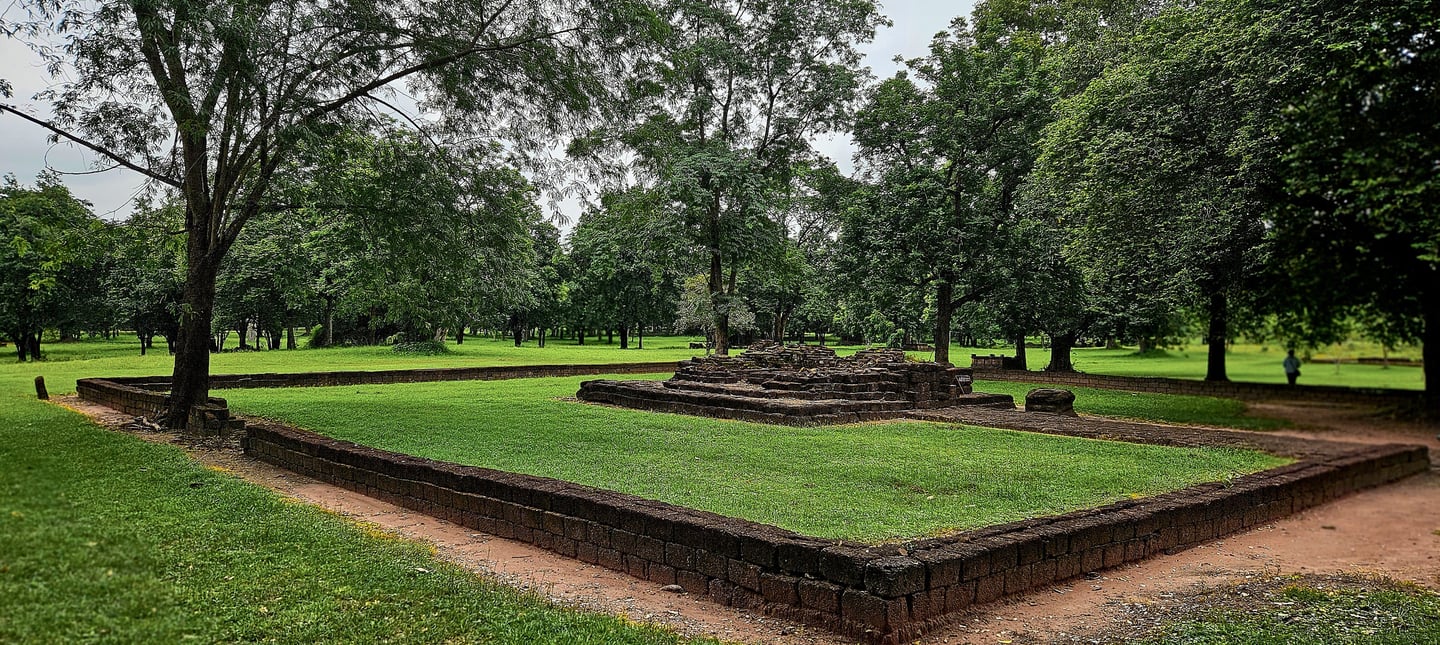

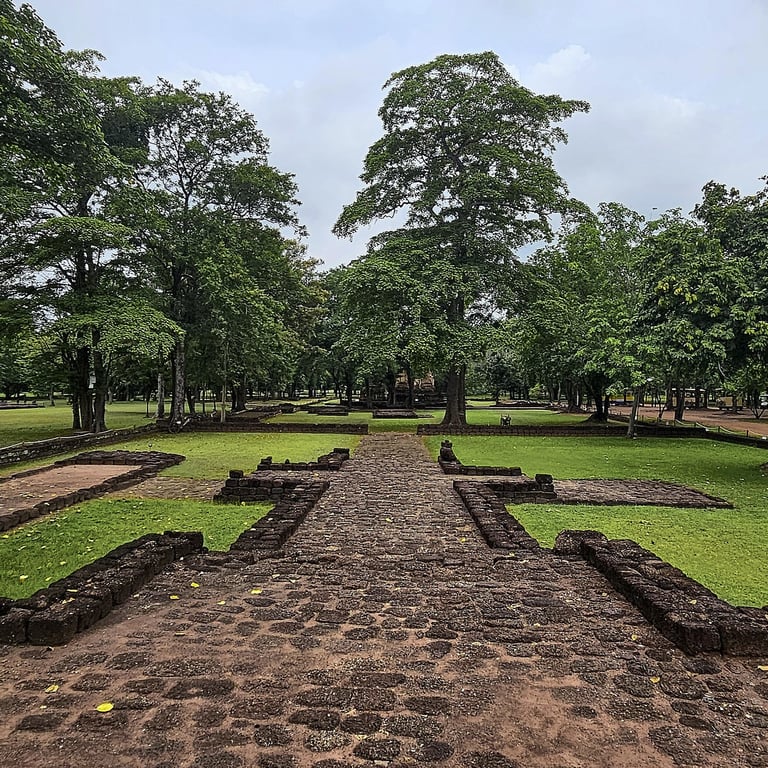
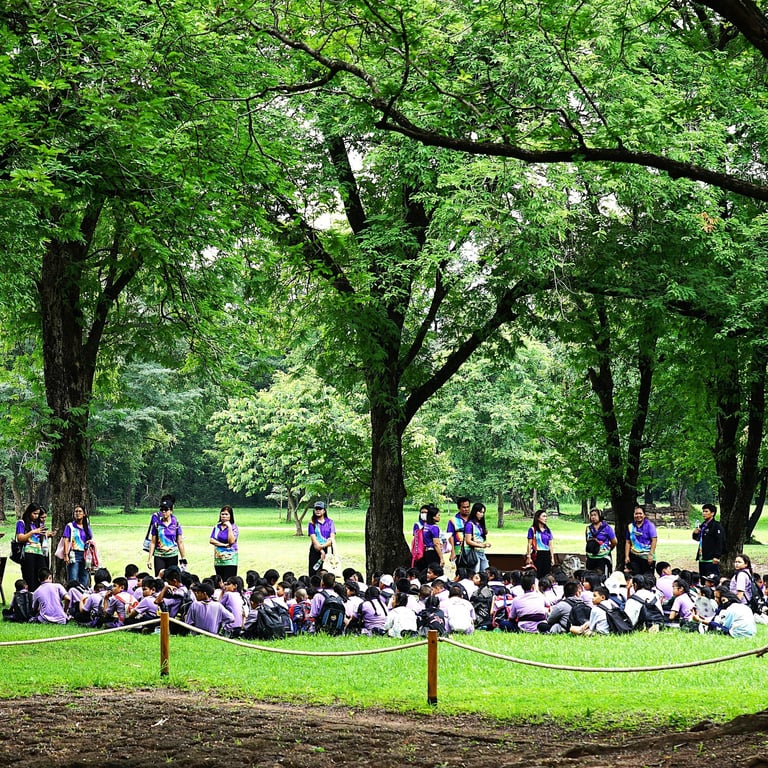
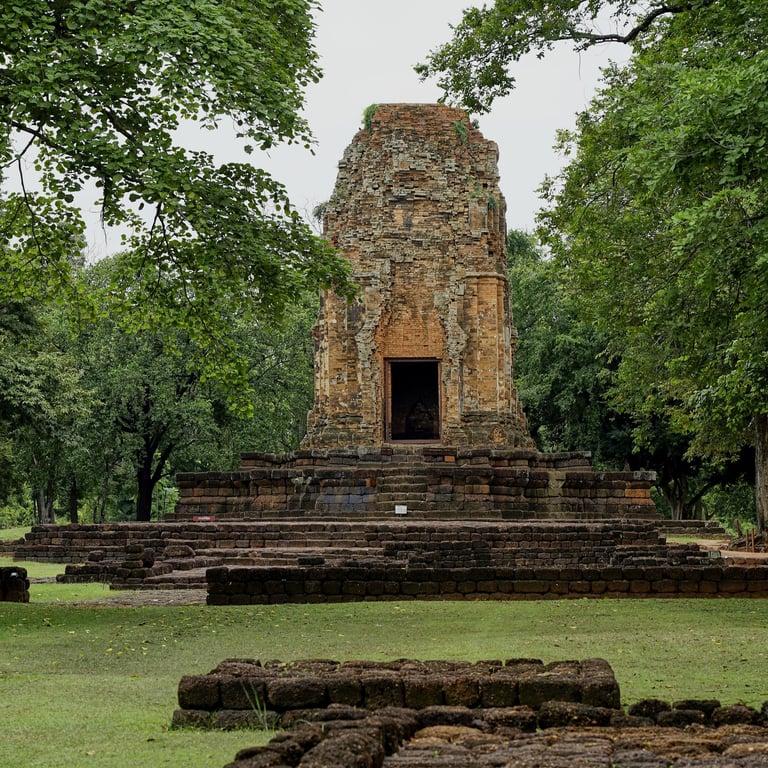
pai, mae hong son province
Just chill!
Pai is on the road between Mae Hong Son and Chiang Mai. It was once a small town inhabited by ethnic Tai people from Shan State in nearby Myanmar. Now it has managed to make itself a niche chill destination for people on the trail. Trail to where? I've no idea, but if you want to learn how to juggle, read Tarot cards or sample tea-leaf salad, all while forgetting where you left your sandals and patchwork shoulder-bag, whilst also taking a break from writing your new book, then this is the place for you. To be fair, it is good for a few days, time-out-wise. Motor bikers head out there too for the hilly, winding roads along the famed loop.
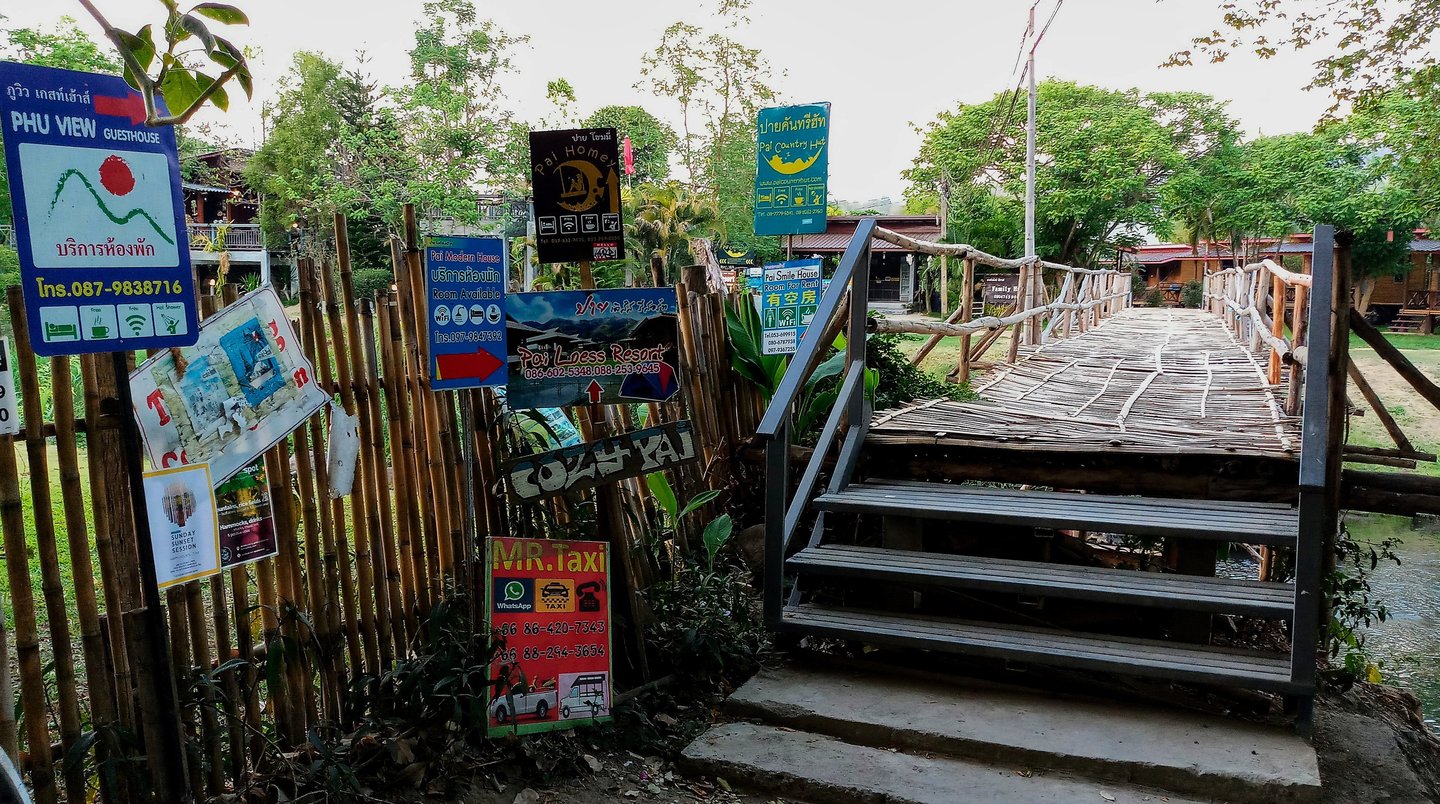

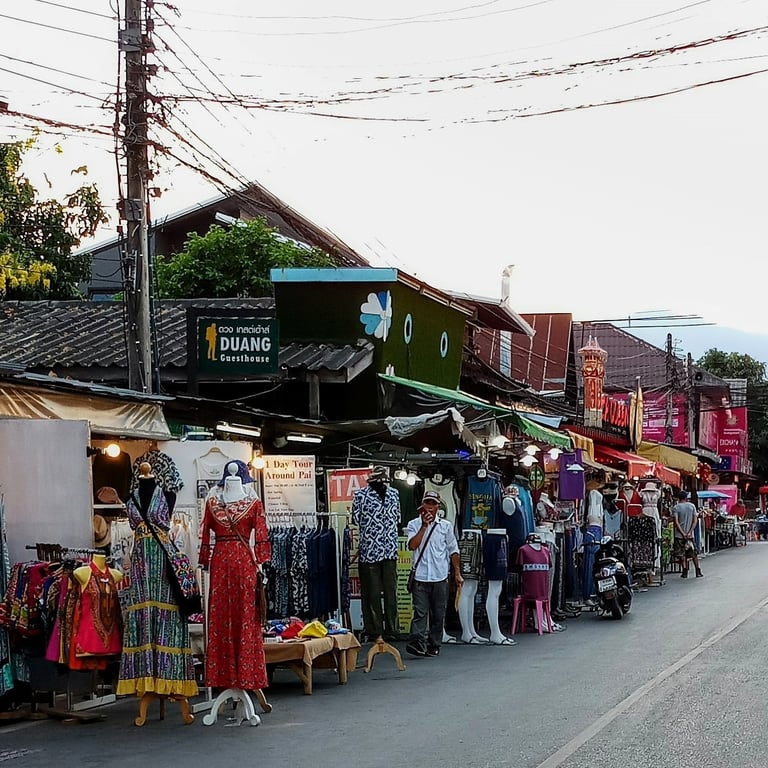
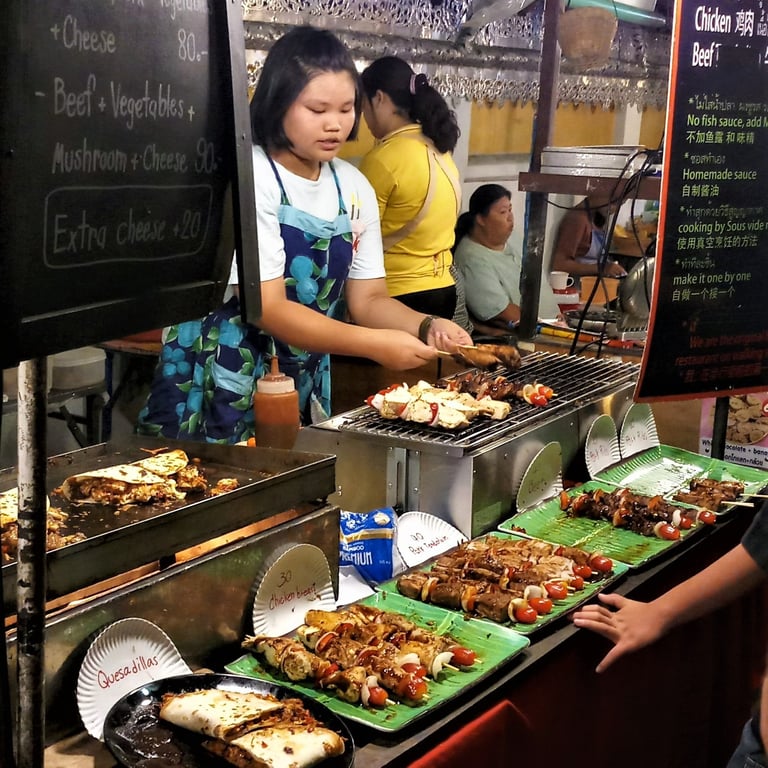
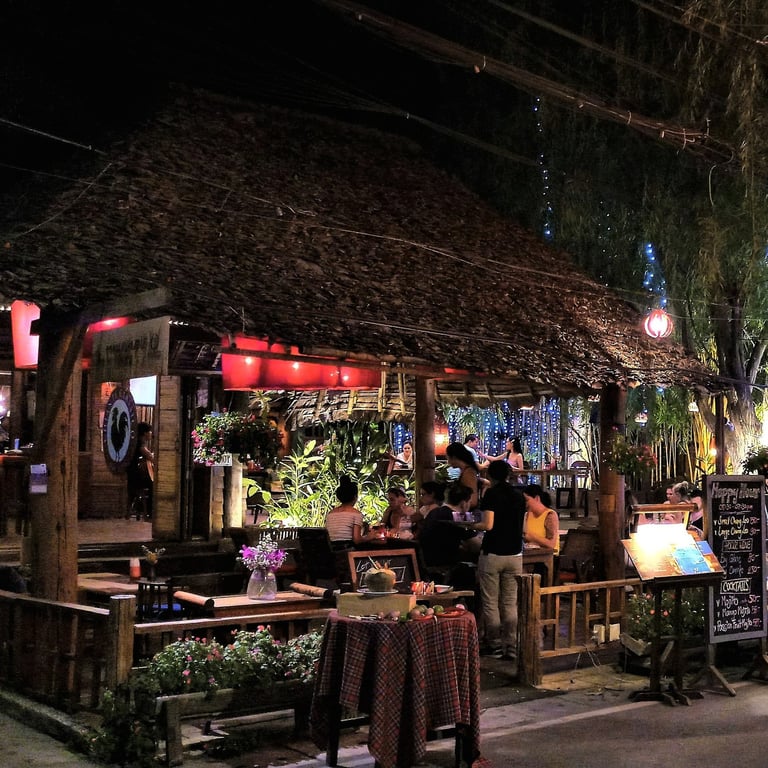
happy & healthy bike lane
Suvarnabhumi Airport
Years ago, I was in my local bike shop in Saigon (downstairs in someone’s house), when I spied a carbon triathlon bike with a price-tag of $14,000. “Who in Vietnam would pay 14k for a Bike?” I asked the shop assistant. Without missing a beat, she replied, “Old person like you.” Cheeky. Having just visited the cycling track that goes round Suvarnabhumi Airport, I can confirm that this is indeed true. Another category that can reasonably be added to that is, 'moneyed folks' who have just got to have the top brand. To be sure, there are some seriously slick bikes on display – don’t, whatever you do, turn up with your rusty Mary Poppins number from the garden shed. The track is 25 kms long, with rest-drinks-toilet blocks every 6 kms. The set-up is super, offering lots of cafe choices for the après, and much merchandise to ogle. BYO or rent a bike-helmet for 400 baht. Early morning or evening are the most popular times. See you there! (I assume that 'Happy & Healthy', as a venue name, sounds better in Thai than it does in English.)
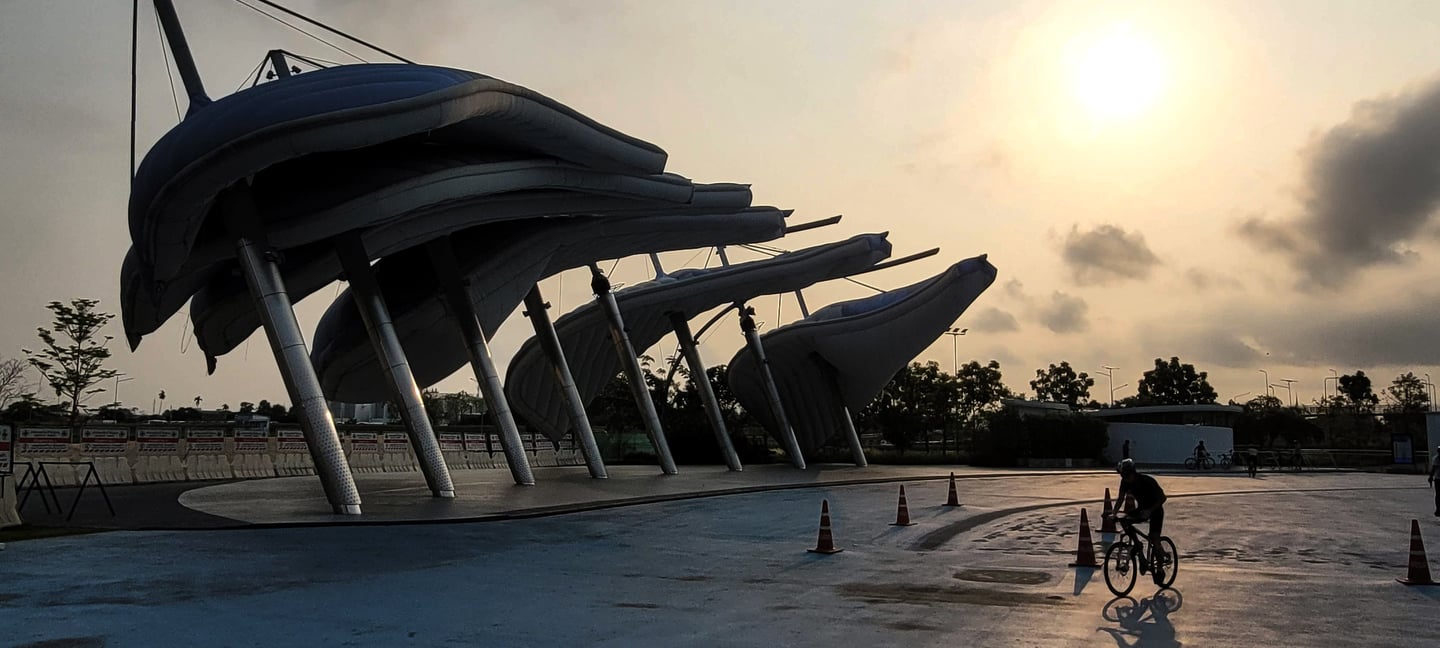

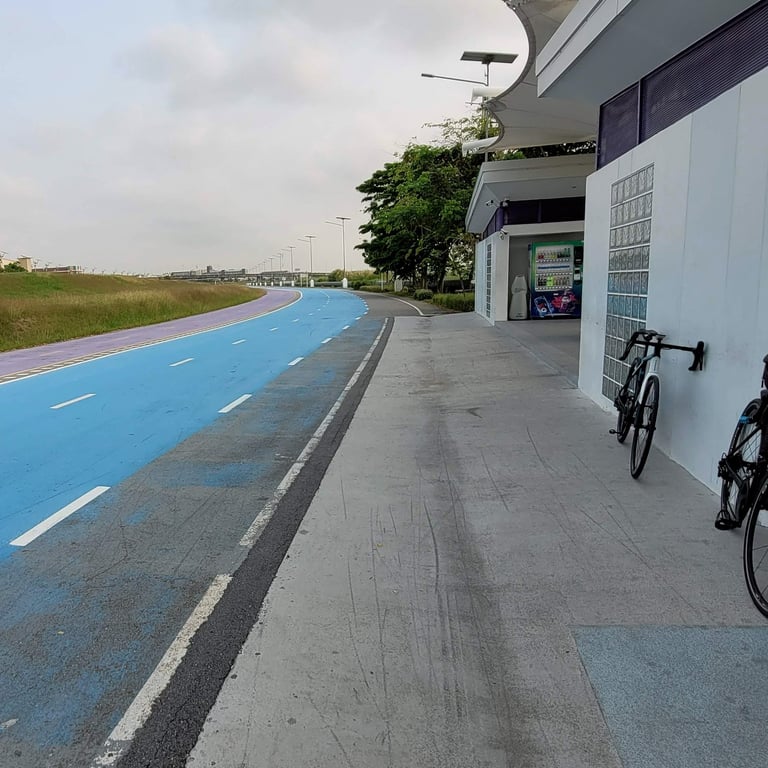
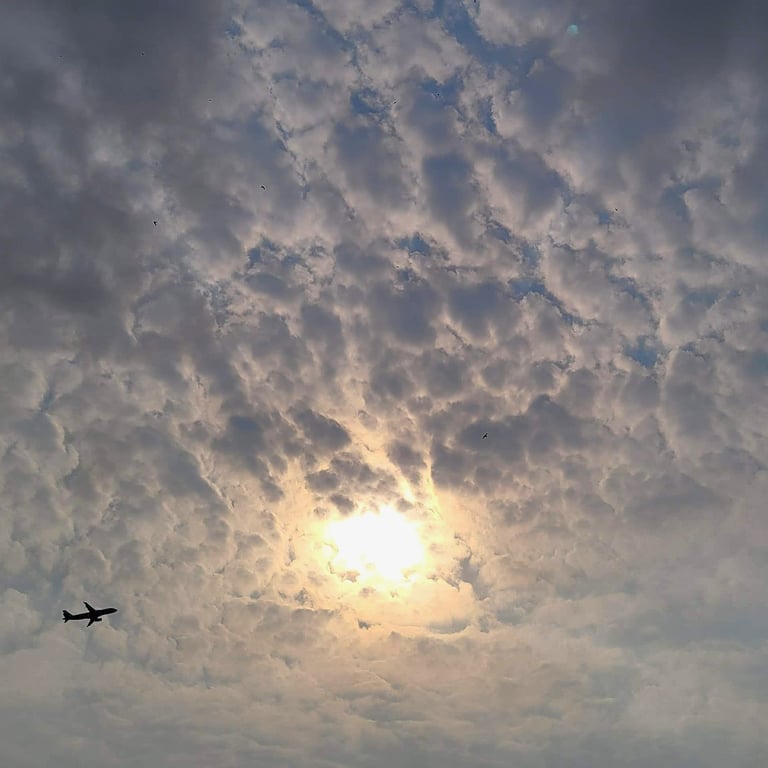
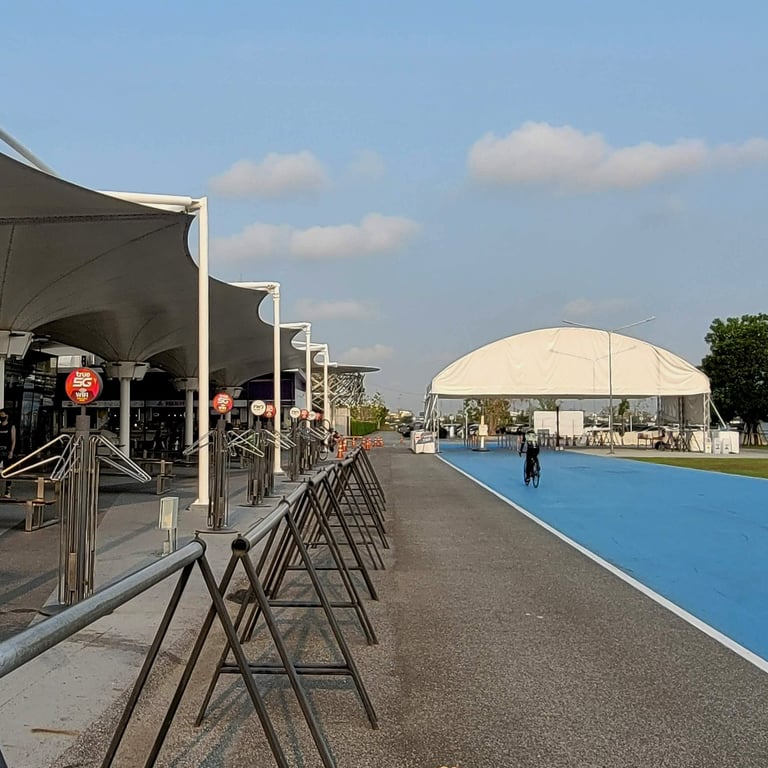
doi inthanon
Above the clouds (maybe)
At 8,415 feet (2,565 m) Doi Inthanon in Chiang Mai Province is Thailand's highest point, and a good two-hour drive from Chiang Mai. It is part of the Inthanon Range of mountains which are an extension of the Himalayas. It is also a popular destination from which to watch the sunrise above a sea of clouds. But you do need a bit of luck, otherwise the clouds are rolling in around you instead. Near the top is a car-park with a barrier over the road where people congregate to look down on the clouds. Usually the TV crew sets up here to feature the view live on the morning news (picture below in the middle). The cloud-forest is dripping wet after rain and when the cloud base is low, as are the duckboards, which give a clue as to the regular micro-climate.
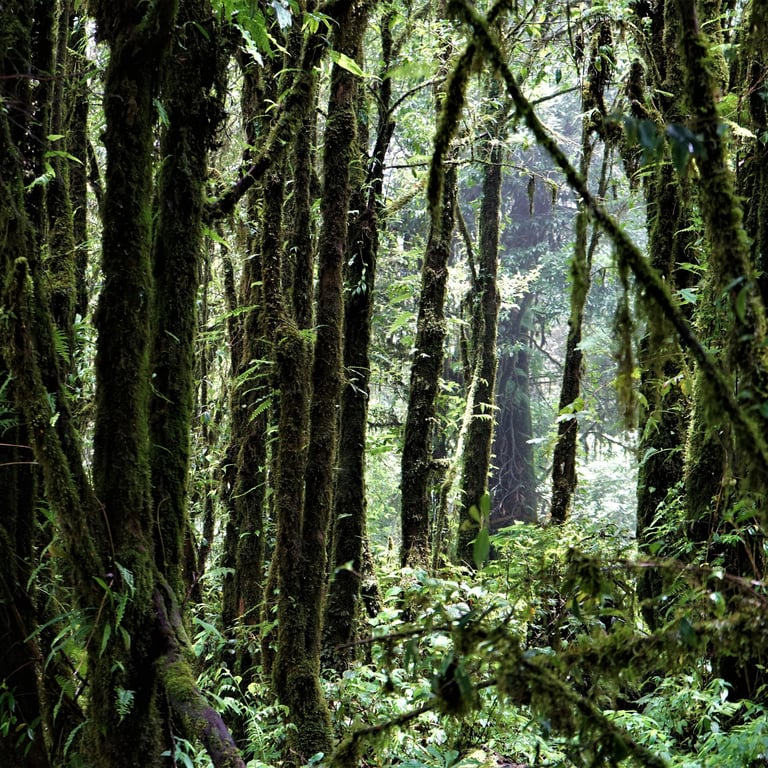
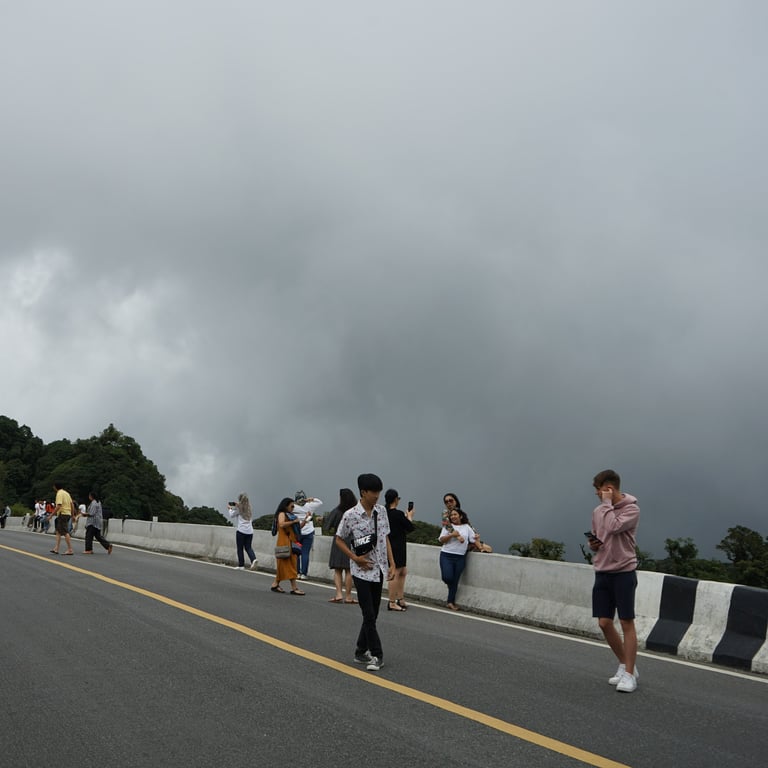
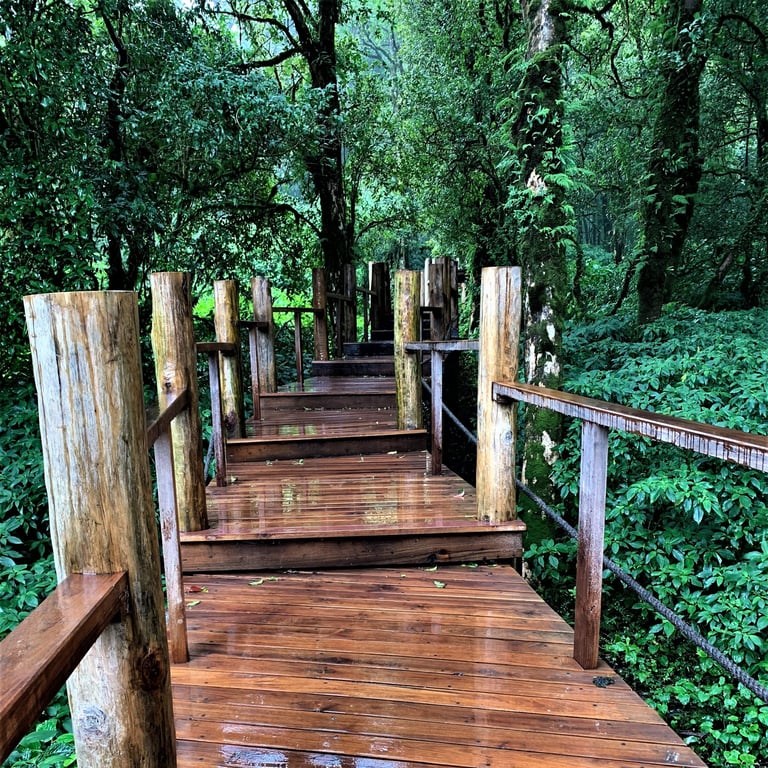
kiha 183 train
All aboard!
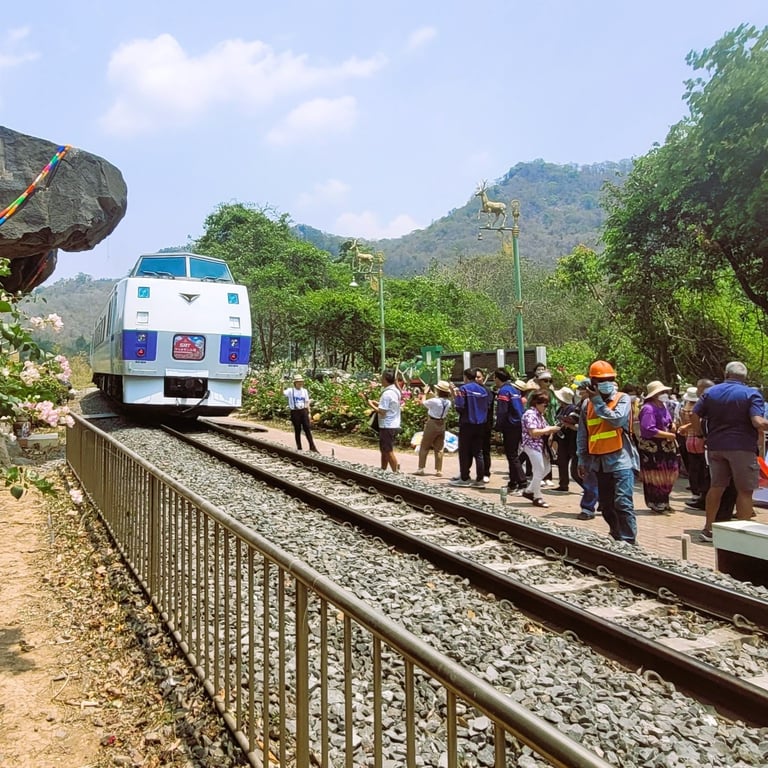
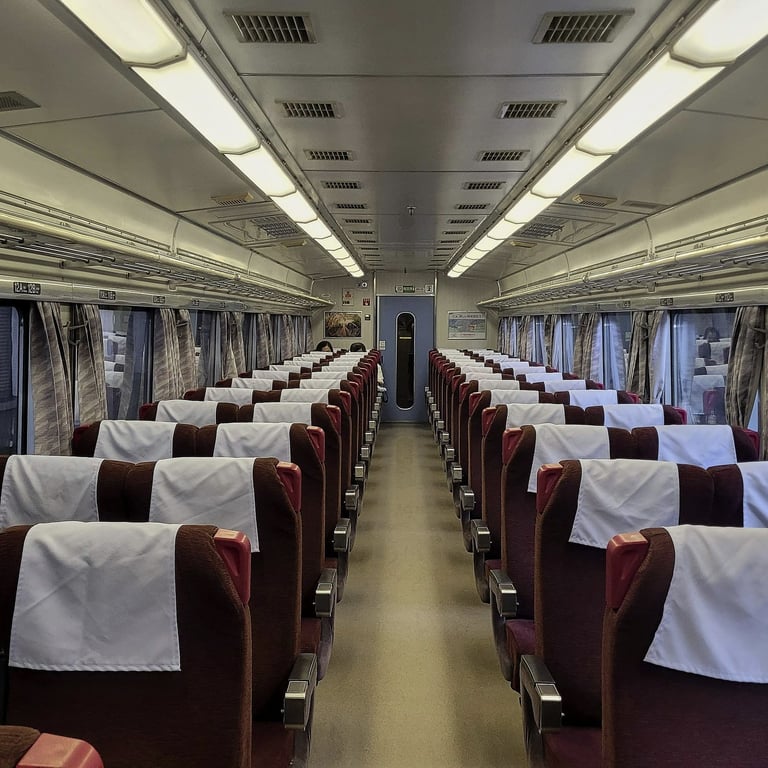
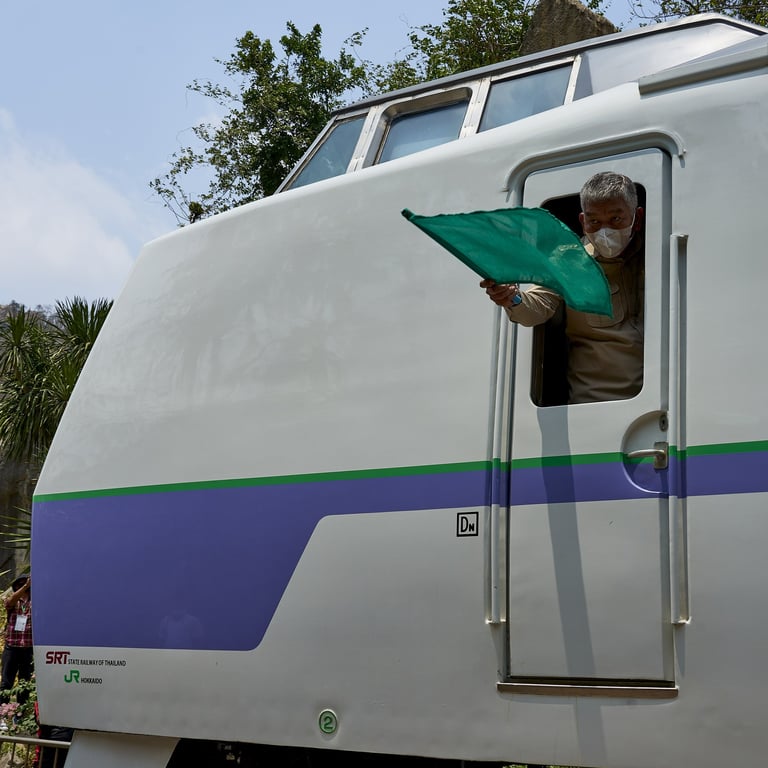
Night market, khon kaen
Takings down the drain!
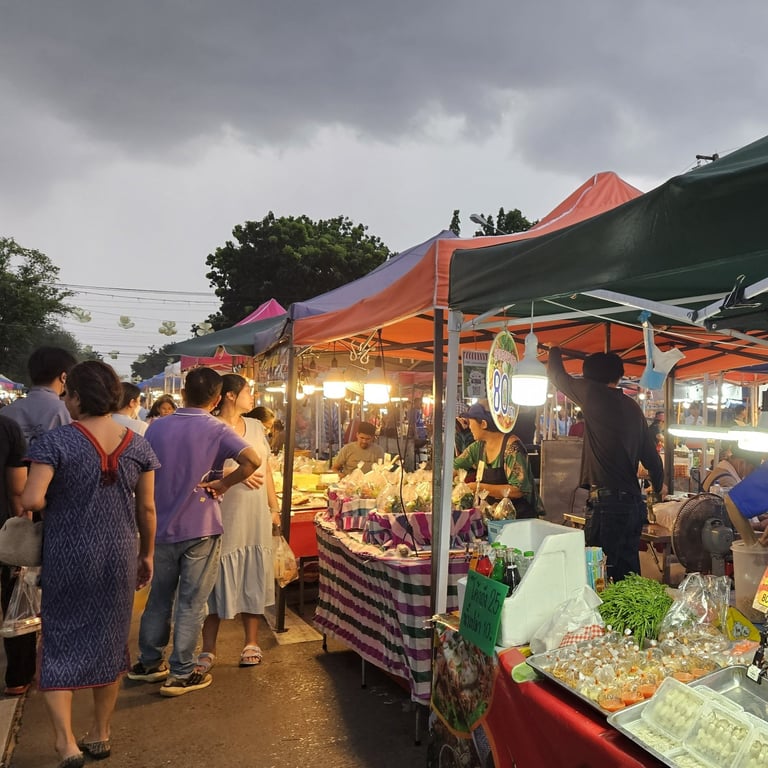
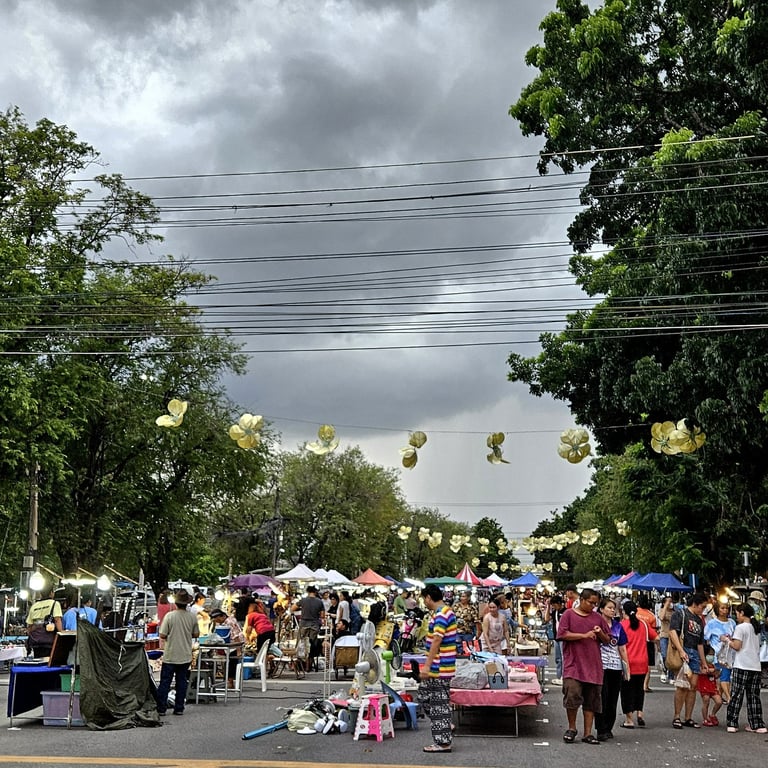
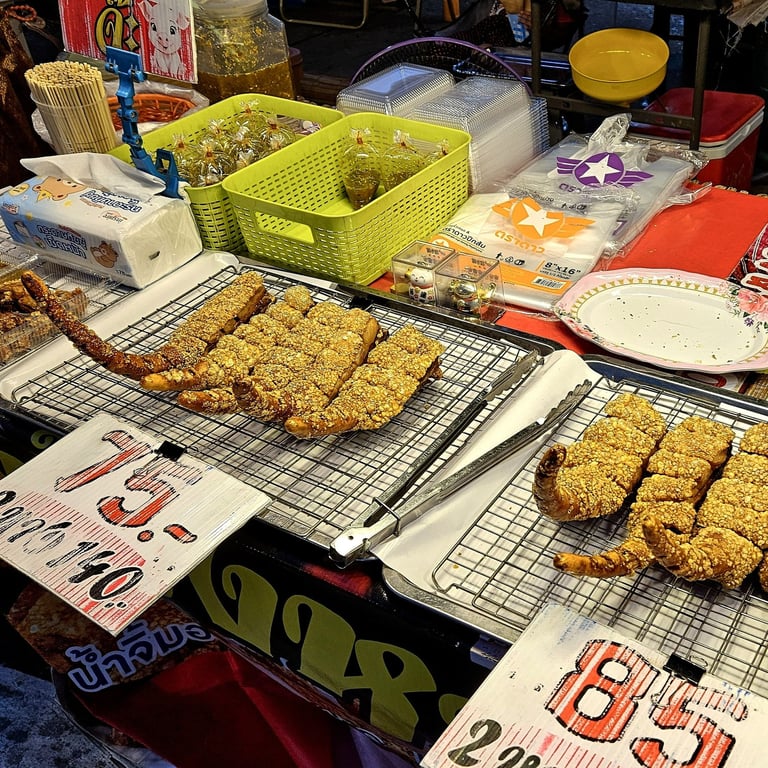
erawan museum, samut prakan
Colossal elephant(s)
